

Ultimate CENTRAL AMERICA Travel Guide
Central America is a fascinating place to visit offering lush rainforests, diverse wildlife, hidden beaches, massive preserves and national parks, rich history and indigenous heritage. This Central America travel guide is designed to uncover some of our favorite places and things about this region and help you plan your own trip to this unique part of the world.
Defining Central America can be referred to as the region that resides between North America and South America . It is made up of seven countries including Belize, Honduras, El Salvador, Nicaragua, Guatemala, Costa Rica, and Panama. Mexico, while not officially included in this region, is often included too.
These countries are bordered by Mexico to the North, Colombia to the South, the Atlantic Ocean to the West, and the Caribbean Sea to the East.
Destinations
Central america travel: quick tips.

Don’t Visit CENTRAL AMERICA Without:
UNIVERSAL TRAVEL ADAPTER

GET A GUIDEBOOK

REUSABLE WATER BOTTLE

CENTRAL AMERICA BUCKET LIST

BIRD WATCHING IN COSTA RICA
Boasting more than 850 bird species, twice as many species as the USA and Canada combined, Costa Rica, is a bird watcher and photography mecca. Keep your eye out for the Resplendent Quetzal, as well as toucans, parrots, trogons, hummingbirds, and macaws.

SNORKEL THE BLUE HOLE
Located off the coast of Belize, and part of the second-largest barrier reef in the world, the Great Mayan Reef is the famous Blue Hole. This giant marine sinkhole is 318 meters across, 124 meters deep, and lined with incredible coral reef systems to snorkel and dive.

VISIT THE SAN BLAS ISLANDS
The San Blas Islands are a series of islands that belong to the Guna Yala people off the Caribbean coast of Panama . They offer an idyllic island escape with white sand beaches and turquoise waters. It’s the perfect place to snorkel, kayak, and SUP.
MORE THINGS TO TRY IN CENTRAL AMERICA
There is no shortage of great places to visit in Central America during your visit and the biggest problem you’ll face is fitting them all into your itinerary.
Each country has its own offering and unique things to check out during a visit, so be sure to look at our country guides once you decide where you’re itinerary will take you.
ADVENTURE IN ROATAN: Soaring above the lush jungles of Honduras is a definite highlight of any Honduras itinerary. The course in Roatan is built with several segments, meaning this adventure lasts much longer than any single zip line. You’ll get to be above the tree canopy with incredible views of the ocean.
SLOW DOWN IN CAYE CAULKER: It’s all about island time when you visit Caye Caulker, Belize . There are some yummy local restaurants, white sand beaches and some fantastic snorkeling to be had here. It is also a great place to access the Hol Chan Marine Park from.
HIKE THE RING OF FIRE IN GUATEMALA: Embark on a trek that conquers the 7 major volcano summits in Guatemala dubbed the ring of Fire that make up the Western Backbone of the country. This is one of the world’s Top 100 Travel Adventures , so it’s not for the light of heart.
RAFT THE PACUARE RIVER IN COSTA RICA: Some of the best white water rafting in the world takes place on the Pacuare River in Costa Rica. The best part of the river is rafted on a minimum 2 day/1 night trip that puts you up in a rustic jungle lodge for the night. It is also possible to extend the stay in the jungle for any number of nights too. The river is best rafted when it is producing class III rapids.
SOAK UP THE SUN ON BALLENA BEACH: One of Costa Rica’s hidden gems, Ballena Beach is a place that the locals love to go. The beautiful stretch of beach sits right up against the lush rainforest, offering hiking opportunities. In the water, you’ll enjoy snorkeling with a diverse array of marine life. If you just want to relax, bring your beach towel and sit under the swaying palm trees for an afternoon of Pura Vida.
WATCH DOLPHINS IN GOLFO DULCE: You’ll have to put in some work and planning to reach Golfo Dulce, as it’s quite off the beaten path, but you won’t regret it. Not only is there spectacular bird watching here but you’ll also enjoy the company of dolphins when you’re on the water.
TRANSIT THE PANAMA CANAL: One of the most iconic sites in the world is the Panama Canal, a dredged stretch of water that allows transit between the Atlantic and Pacific Oceans. The construction of the canal is brilliant and booking a cruise that includes a transit of it will give you an up-close and personal look at how it works.
VISIT COIBA NATIONAL PARK: Located in Panama, Coiba National Park offers so much beauty that even the Costa Ricans are jealous of it (true story!). This part is the definition of pristine, featuring both mainland and island preserves to enjoy. For a day of sun and snorkeling, you’ll want to head to Granito de Oro.
JOURNEY INTO THE DARIEN GAP: Easily one of the most notorious stretches of land on the planet, the Darien Gap is not a place for the faint of heart. It serves as the most northern tip of the Amazon Rainforest and has played host to some of the most dangerous drug cartels in the world. That aside, its pristine primary rainforest that is begging to be explored. One of the highlights from our visit was meeting the Embera Tribe and learning about their culture.
TOUR THE FORTS IN PORTOBELO: As with most of Central and South America, Panama has a strong Spanish colonial history. This means you can find ruins and remnants dotted throughout the country. Portobelo is no exception, offering one of the best preserved forts in Central America. You can expect to see walls and buildings constructed from coral and plenty of canons.
FOODIE BUCKET LIST
Central American food revolves around a few staple ingredients, but you’ll be surprised at how creative local chefs can get. During your travels, you’ll be eating lots of rice, beans, and plantains , usually with vegetables and grilled meat or fish .
Central Americans have lots of local dishes too. In El Salvador, the local specialty is Pupusas – maize tortillas stuffed with delicious fillings. In Costa Rica, you’ll be eating Gallo Pinto , and in Guatemala, you’ll be gorging on spicy, Mayan inspired stews .
CENTRAL AMERICA FESTIVALS
Central America is packed with exciting cultural and religious festivals throughout the year. The most important week of the year for most locals is Semana Santa – or Holy Week – which is the lead up to Easter.
Each town, village, and city has its own Carnival , where you’ll get to party and dance the night away with locals (Panama City has a particularly famous carnival in February).
CONSIDERING A CENTRAL AMERICA CRUISE?
Central america travel budget.
Setting a budget for travel to Central America is highly dependent on your travel style. It is possible to visit just about anywhere on any budget and still have a great trip. That said, you can make your trip as basic or as luxurious as you desire.
To help you set your budget, we’ve included some base range price estimations for travel within Central America. Of course, keep in mind that prices can fluctuate based on seasons, availability and festivals.
ACCOMMODATION: When you travel to Central America, accommodation can be found for as low as USD 10 per night in hostels , while private rooms or guest houses shouldn’t cost more than USD 30 per night. Luxury hotels or eco-lodges can be found for upwards of USD 50 per night.
FOOD: Food is inexpensive across Central America travel routes. You can often find good restaurant meals for between USD 5 and USD 10 per person (with a few beers thrown in, too). You can eat street food for less than this (a few dollars), or splurge and enjoy high-end restaurants in the cities and tourist spots.
TRANSPORT: Local transport, such as the infamous Chicken Bus , is incredibly cheap. You can cross the entirety of El Salvador for less than 5 USD, for instance. Tourist shuttles or overnight, first-class buses are much more expensive, however. A bus ride from San Salvador to Guatemala City will cost around 50 USD. The ferry from La Ceiba to Roatan costs around USD 30 each way. Flights in the region are more expensive, however, and can cost hundreds of dollars for international hops.
ACTIVITIES: Activities are a fantastic value when you travel to Central America. Scuba diving can cost as little as USD 30 per dive (Roatan is one of the cheapest places in the world to dive), hiking day trips will cost 20-30 USD, and guided tours the same.
50 USD PER DAY
USD 30 to USD 50 per day will get backpackers dorm rooms, the odd private room, local transport on chicken buses, street food, and plenty of activities.
100 USD PER DAY
USD 50 to 100 will give midrange travelers private or tourist transport for much of the trip, restaurant food, and private rooms in nicer hotels.
150 USD + PER DAY
Luxury travelers spending above USD 150 per day will be able to enjoy some of the best hotels, as well as private tours, first-class transport, and restaurant meals.
HOW TO GET AROUND IN CENTRAL AMERICA
There are a few ways to get around Central America during a visit, including cruises, ferries and flights. Despite most of the countries being small, there is a surprising number of ways to get around. Plan ahead and be flexible.
CRUISES: It is possible to visit many of the popular areas of Central America by cruise ship. This is primarily done on the Caribbean side and you cruise from Mexico to South America stopping off in multiple Central America ports along the way. It is also possible to visit the Pacific side of Costa Rica and Panama with smaller expedition ships too.
BUS: Major cities are all connected by regular first-class bus services, which are safe to travel overnight on. You can travel by bus all the way from Guatemala City to Panama City if you desire. Some major tourist destinations are only connected by tourist shuttle services or local chicken buses. Lake Atitlan to El Salvador, for instance, requires three changes of the chicken bus. Or you just jump on the dedicated tourist shuttle (it’s less authentic, but it’s quicker). If you’re getting off the beaten track, then you’ll have to use local transport and have plenty of patience.
FLIGHTS: The quickest way to get around during your Central America travel trip is to fly (at least from one country to the next); however, flights only often connect major cities and can be infrequent and expensive. If you’re short on time, however, and want to see more than one country this will be your best, and in many cases, only option.
FERRIES: Major islands such as Roatan, the Corn Islands, or Bocas del Toro, all have regular ferry services in the dry season. To access more exclusive or off the beaten track places like Coiba National Park and the San Blas Islands, you’ll need to hire a private boat transfer or book a day tour.
CAR RENTAL: It’s not unheard of to rent a car in Costa Rica or Belize to do some exploration on your own. Some travelers also do it in Panama. Outside of those three countries, it isn’t advised. Check out Discover Rental Cars for great deals.
TOP CENTRAL AMERICA TOURS

BEST OF PANAMA
8 Days from Panama City Visits: Panama City, Boca del Toro, Boquete & David

CLASSIC BELIZE & TIKAL
9 Days Belize City to Caye Caulker Visits: Belize City, San Ignacio, Tikal, Flores & Caye Caulker

EXPLORE COSTA RICA
14 Days from San Jose Visits: Manuel Antonio NP, Monteverde, Arenal & Tortuguero

GRAND MAYAN ADVENTURE
22 Days from Playa del Carmen Visits: Belize, Guatemala & Mexico – following the Mayan highway
WHEN TO VISIT CENTRAL AMERICA
Central America has a diverse range of microclimates , and the weather on the Pacific Coast can often be very different from the weather on the Caribbean Coast. The highlands are cooler than the lowlands, but it’s going to be hot and humid in general. When you plan your Central America travel itinerary, you should factor in the wet and dry season .
The dry season runs from November through to April, and the wet season from May to October. Strangely, in Costa Rica, this is often reversed: the country has many mini-wet and mini-dry spells throughout the year.
As with anywhere tropical, the dry season is the most popular time to travel to Central America. In many destinations, though, you’ll find it’s never that busy, especially if you avoid the Christmas, New Year, and Easter holidays.
The wet season can be ferocious at times, but generally, you’ll see lots of rainfall in a short period, in the morning or afternoon, leaving you lots of time to still explore. If you’re planning your Central America travel itinerary around scuba diving or snorkeling, you should aim to be in the region towards the end of the dry season when underwater visibility is best.
PACK LIKE A PRO ON YOUR NEXT CENTRAL AMERICA TRIP!
Safety in central america.
Central America has a notorious reputation when it comes to crime. Countries like Guatemala, El Salvador, and Honduras, often have the highest homicide rates in the world.
It’s rare for travelers to be involved in dangerous gang violence, especially if you stick to the tourist trails. Be safe, don’t wander around the cities at night, and try to arrive at a new destination in daylight.
Central America travel can be more dangerous than other regions, but be careful, and you’ll be fine. If you do get into trouble, hand over any belongings and don’t put up a fight. Ask locals and other travelers for advice, and if someone says you need a police escort to go hiking, then you probably do.
Don’t let these warnings scare you from this part of the world. Instead, be prepared and you’ll have a fantastic time. We have some tried and trusted advice to keep you safe, so be sure to read our 25 Essential Safety Tips for Travel .
CENTRAL AMERICA TRAVEL: BOOKING RESOURCES
Central america travel guide: related articles.
Looking for more info? Check out all the articles we’ve written on travel to Central America and start planning your dream trip.

17 Best Places to Visit in Central America

15 Top Things to do in Panama (For Adventure Lovers)

13 Reasons to Take a Central America Cruise with UnCruise

Uncover Paradise on this Dreamy Panama Cruise

The Only Costa Rica Cruise You Should Ever Take

Caye Caulker Tours And Travel Adventure

Roatan Honduras Travel Guide : Top 5 Reasons to Visit


The Pilot Who Explores
Discover expert travel tips, layover guides, and airline reviews from a professional pilot. Enhance your travel experience with The Pilot Who Explores.
The Ultimate 2-Month Central America Road Trip Itinerary
Ah, the classic multi-month backpacking trip across Central America. A bucket list for many, we decided to try it out during a worldwide pandemic. And as you can expect, it was very challenging at times – but all the more rewarding.
But the fact that it was possible – even during the heart of the pandemic – means it is now totally feasible to visit every country in Central America. In fact, I highly implore anyone on the fence to go ahead and do it. It could be the trip of a lifetime.
Our travels took us through Mexico, Guatemala , Belize , El Salvador , Honduras , Nicaragua , and finally Costa Rica – with a few hiccups – including being detained in Nicaragua. But we made it.
So if you’re wondering if it’s possible to make it through every country in Central America in the post-pandemic environment, the answer is an unequivocal yes . If even we can do it, you definitely can do it.
Complications traveling through Central America
Traveling across Central America isn’t always as straightforward as one would expect. Each country has its own rules (especially Nicaragua!), its own ways of doing things, and different levels of connectivity.
We overcame much of this by traveling here and there by plane, some by shared shuttle, some by private taxi, a bit by TukTuk, a bit walking, and much by bus. It definitely was more complicated than even we expected after traveling to over 20 countries in the last year.
We definitely spent quite a few brain cells figuring out how to visit every country in the moat efficient but comprehensive manner. But it worked in the end!
The best way to travel across Central America: Chicken Bus, Cross-Country Bus, or Flying?
A huge part of our travel difficulties came from deciding how to get from country to country. Though flights are by far most convenient, we couldn’t convince ourselves to spend $400+ for some of the flights. But we also couldn’t get in contact with most of the bus companies that normally run the inter-country routes.
The only cheap Central America flights we found (but ultimately did not use) were:
- Guatemala City to San José, Costa Rica: $86 (Volaris)
- Guatemala City to San Salvador: $90 (Volaris)
- San Salvador to San José: $100 (Volaris)
Though these are great prices, they only align with itineraries skipping Honduras – which ended up being our favorite country . Guatemala City to San Salvador isn’t worth flying (in my opinion, even as a pilot ) over taking a 6-hour bus ride.
With Tica Bus, you can actually select your final destination along the route instead of continuing all the way to the next capital. This can be super convenient; for example in El Salvador, you can choose Ahuachapan as your destination to save time and money.
The upside of visiting every country in Central America
Despite the complications, the reward for traveling through Central America was sublime. We saw so many incredible off-the-beaten path sights resembling Tikal in Guatemala, minus the hoards of tourists that normally placate theme.
In many of the less well-known places, we were embraced warmly by locals. They were super friendly and welcoming to the few tourists they see in a year.
And accommodation outside the beaten path is much more affordable , meaning we could travel without feeling the weight of our budget as much.
I sincerely hope this article will inspire travelers, backpackers, luxury seekers, digital nomads, and the rest of the world to visit this magnificent area of the world.
Our Detailed Google Maps 2-Month Central America Ultimate Itinerary
For those of you who appreciate convenience and ease-of-use, here’s a fully functional map of our itinerary and all the spots in Central America we visited.
First country in our 2-Month Central America itinerary: Belize (5 Days)
Belize was probably our favorite country on this trip. From some of the world’s best diving to some of the world’s best Mayan sites, you just can’t miss in Belize.
Belize to Guatemala Border
The first thing you should probably know about traveling to Belize is that the land borders to Mexico and Guatemala have re-opened. This means that you can easily cross from Belize to Guatemala after visiting the Mayan sites of Belize.
Getting to Belize, then to the Cayes (Islands)
We started our trip by flying from Atlanta (ATL) to Belize (BZE) on Delta Air Lines , the airline leading the recovery from the pandemic. Our flight landed in the early afternoon, allowing us to travel to the beautiful Cayos (small islands) of Belize on the same day .
Though we had the option to take a taxi to Belize City then take a water ferry , we decided to hop on a $75 flight with Maya Air directly to San Pedro – a much more convenient option.
Where to Stay in the Cayes of Belize
In San Pedro, we recommend Ramon’s Village Resort for epic villa huts (like the ones you’ve seen in Bora Bora) right on the water. It’s a pretty cool experience.
In Caye Caulkner, our favorite place to stay is the Colinda Cabanas . The value is purely unmatched on the island, especially when you consider it’s rated #1 on TripAdvisor!
For those looking to save some money on their booking, here’s a Hotels.com coupon code:
Diving the Blue Hole
The first thing to comes to mind when I think about Belize is The Great Blue Hole . A must-see for everyone, the Great Blue Hole sits in the Belizean portion of the Mesoamerican reef, the second largest barrier reef in the world.
Our recommended dive shop is the Scuba School and Family Dive Center Belize , where you can get dive lessons or participate in a plethora of dive tours, including the Great Blue Hole.
We opted for a Great Blue Hole dive (down to 130 feet) combined with 3 other dives in the area, and it was mind-blowing.
Seeing the Blue Hole from above – flight tours in Belize: affordable?
View this post on Instagram A post shared by Andi 🌍 Adventure Travel & Art (@destinationchaser)
After seeing the Great Blue Hole underwater, we knew that we hadn’t gotten enough of it. We had to see it by air.
At first, we were set on a helicopter tour… until we noticed the price. At more than $1000 per person, these tours were quite simply unaffordable.
Luckily we found airplane tours of the Blue Hole with Maya Air ! We felt the price there was much more reasonable. Worth every penny.
After our wonderful flight, we took a water taxi to Belize City where we could catch a Chicken bus (local public transportation) to San Ignacio instead of paying ~$90 for a shuttle.
The best Maya site in the world is in Belize
Next up was the coolest thing I’ve ever done in my life: exploring deep into a cave filled with ancient Mayan artifacts.
Called the Actun Tunichil Muknal or ATM Cave , it does not print out money… but it does print out amazing memories. Exploring the cave is a full-day activity and is probably my best memory from not only Belize but all of Central America.
Crossing the border from Belize to Guatemala or Mexico
We spent the next morning exploring some Maya sites such as Xunantunich before attempting to cross the land border into Guatemala.
At the time, the border was closed, so we scrambled to arrange a private shuttle to Belize Airport (BZE) and a flight on TAG Airlines to Guatemala City… for just shy of $300.
Now that the border has re-opened, you can easily take a taxi from San Ignacio to the border, then pick up a shared taxi or chicken bus to Flores in Guatemala. There’s also a shuttle available.
Second country in our 2-Month Central America Itinerary: 10 Days in Guatemala
Guatemala had been on our list for so long, with its incredibly preserved Maya sites, crystal clear lagoons, and epic volcano hikes – plus gorgeous cities.
RELATED: What It’s Like Traveling to Guatemala Right Now
How to get to Guatemala Right Now
You can get to Guatemala via San Ignacio, Belize or from the southern border of Mexico, such as Tapachula. There’s also a shuttle that runs from the border directly to TIkal.
We flew from Belize City (BZE) to Guatemala City (GUA) on TAG Airlines .
Fight or flight? How to get around Guatemala
If you arrived directly to Tikal from Belize, you can skip this section.
Guatemala is big. Very big.
We really wanted to see Tikal , one of the largest Mayan cities ever discovered. But there was only one problem: Tikal is on the opposite side of the country from Antigua. The drive is about 8 hours each way, and there are tourist shuttles running constantly.
We decided to take our trusty friends, TAG Airlines , from Guatemala City (GUA) to Flores airport. The round-trip was about $200 per person, so definitely on the expensive side of our trip. And honestly, it was pretty disorganized. Our bags arrived a couple hours after we did, which kind of defeats the purpose of flying over taking a bus.
Related: 16 Ultimate Tips for Your Next Rental Car in Guatemala
What you need to know before visiting Tikal
In Flores, we rented a car with Guatemala Rent a Car and drove about an hour to stay in Jungle Lodge right next to Tikal .
We woke up early as hell to try and grab some insta-worthy shots in Tikal under beautiful golden light but our plans were undermined by nonsensical rules.
As I wrote in a previous article, you can only grab tickets at the park entrance, and only during office hours . With the delay of our bags, we entered the park too late. And thus our 36km trip to buy Tikal tickets and come back began.
*Make sure to buy your Tikal tickets at the park entrance before driving to rest of the way to the hotel*
It was worth it though. But we wish we hadn’t wasted the time and money renting a car ($200 for 3 days) and staying at the jungle lodge (shared bathrooms for a private-bathroom kind of price).
In the afternoon, we drove down to El Greengo hostel near Semuc Champey . It’s a no-frills kind of hostel, but it suited our needs for one night.
Pro tip: the drive takes 6 hours and one of the the roads (AV-9 via Chabilcoch) is horrendous, but fun and adventurous. If you’re planning do the drive that way, rent a 4×4. And leave early. Otherwise, drive through Coban.
You can take a chicken bus from Flores to Coban, then another to Lanquin, or arrange a tourist shuttle directly from Flores to Semuc Champey. It’s best to contact your hotel/hostel and ask for more details, as times vary daily.
More Details: 10 Things You Need to Know Before Visiting Tikal
Semuc Champey: the most unbelievable place in Guatemala
Semuc Champey was undoubtedly one of the coolest things I saw in Guatemala, literally and figuratively. It reminded me of the Plitvice Lakes in Croatia , where you can swim in crystal-clear ponds surrounded by waterfalls.
Just like in Croatia, you can hike up the mountains for absolutely epic views on this unforgettably beautiful part of the country. It’s almost unfathomable how nature comes up with such incredible beauty, but there it is.
The only thing to note is that your time in the park is limited. You can only stay a couple hours, and when we were there, guards did check our time stamp.
We spent the afternoon driving 6 hours back up to Isla de Flores. In retrospect, we would have flown one-way to Flores and taken shuttles down to Semuc Champey and thereon to Guatemala City .
We did really enjoy Flores though – it’s a surprisingly relaxing, chill, and enjoyable place to spend a couple nights.
The best town to stay and relax in Guatemala: Antigua
After taking a quick (~1 hour / $7) shuttle to Antigua, an extremely cute colonial town surrounded by volcanos, we arrived at the Porta hotel .
For those looking to save some money on their booking, here’s we recommend signing up with hotels.com for insider discounts.
We found it a perfect fit; cute, quaint, and a great blend of nature and city. Our room overlooked the garden and we overall found the price:quality ratio to be excellent.
Antigua, Guatemala is a must-see. It’s basically on every shuttle/bus route used by tourists and is hard to miss. It’s also a great ‘base camp’ for day trips to the surrounding volcanos, lakes, and astounding nature that Guatemala offers.
There are shuttles from Semuc Champey to Guatemala City, and onwards to Antigua Guatemala. It’s also possible by chicken bus via Coban and Guatemala City.
Guatemala is on fire! Volcano tours have re-started this year in Guatemala
Quite literally, parts of Guatemala are on fire.
Guatemala harbors a seemingly endless number of volcanos. Many are active, some very active. At the time we were there, Pacaya was erupting, spewing enough lava to cause evacuations of entire towns.
We decided to join a 2-day hike on the Acatenango Volcano with a highly-reputed tour company called Wicho and Charlie’s .
The tour starts around 10AM, includes transportation, fantastic tour guides, and gear for a very nominal price. The hike is a pretty intense 4-6 hours up to the top of the volcano. But when you get there, be prepared to have your mind blown.
Wicho and Charlie’s provide protected aluminum tents with views right on the Volcan de Fuego, a volcano spewing chunks of rocks and bright red lava every 5-10 minutes or so. It makes for the most spectacular fireworks of your life. Combined with some hot chocolate, I’m not sure there’s anything better in life.
Our favorite hotels in Antigua, Guatemala
After the hike, we were completely exhausted. We thought we were decently fit people, but the volcano taught us otherwise. Luckily, we found a hotel with great reviews called the Good Hotel and decided to try it out.
The name of the hotel did make us a bit nervous, but we were surprised to find that it really lived up to it. The rooms felt northern European; high-quality, quiet, super comfortable, and just what you need. The food was so good that we ate at their restaurant three times in two days.
But the best part is that they’re non-profit. They donate their profits to local schoolchildren and take care of the surrounding community. We were truly touched by their compassion and care.
Though we didn’t muster the energy to do it, we recommend planning a day trip to the Pacaya Volcano to see the lava up-and-close. Just don’t get too close.
Atitlán: A beautiful lake surrounded by volcanos and cute towns in Guatemala? Here’s where to stay right now.
Since Italy is closed and we can’t visit the beautiful Lago di Como, we decided to go with plan B: visiting Lake Atitlán . Surrounding the lake are a couple cute towns to explore including Panjachel and Santiago , which both have quite awesome markets for some great shopping.
We stayed at La Fortuna , a secluded resort right on the lake. It’s so secluded that you can actually only get there by boat. And it’s a truly great way to fully enjoy the spectacular feeling of being on an inverted volcano lake surrounded by a bunch of normal, non-inverted volcanos.
Our last day
We stayed the night at the Westin Las Americas in preparation for our early morning start towards El Salvador the next day.
It was fantastic to enjoy the amenities of a four star hotel in a very nice part of the city.
Third country on our 2-month itinerary: One week in El Salvador
From the outside, it’s easy to simply discard El Salvador as a country filled with street violence, MS-13, drugs, and crime. But that’s simply not true .
Our experience in El Salvador was seeing that most locals lead lives strikingly similar to ours back home. We were there during the Semana Santa, or holy week (Easter), which is taken very seriously in Central America.
As a result, we were able to participate in some pretty incredible parades, celebrations, and festivities. It was a very lively time filled with markets, music, and friendly, inviting people.
Our time in El Salvador also included some disappointments. Thought El Salvador did not feel unsafe , we don’t think it’s a country you need to go out of your way to visit.
It’s nice but it ended up our least favorite country in Central America.
Read for full details: Your Ultimate El Salvador Travel Guide
Our route into El Salvador from Guatemala City and the mistake we made
Once again Tica Bus came to the rescue. We decided to ride it from Guatemala City to Santa Ana , the last stop before San Salvador.
Though Santa Ana is a cute town, it’s not really special. We don’t necessarily recommend stopping there.
If you plan to take the Ticas Bus, you should choose Ahuachapan as your destination. It’s a lovely town in the Ruta de las Flores, an incredibly cute array of 6 pueblos up in the mountains surrounding volcano Santa Ana.
Alternately, you can ride the bus all the way to San Salvador from which you can rent a car. That’s probably the best option; as you’ll read below, getting around El Salvador is tough .
The Tica Bus cost us $25 each, and was overall decent. The ride always takes longer than predicted, especially with how slow the border crossings are.
Crossing the border from Guatemala to El Salvador (very easy!)
Out of all the border crossings we did in Central America, this one was actually the easiest . We disembarked in Guatemala to collect our exit stamps but did not actually have to step off the bus in El Salvador. Instead, a border agent came on the bus, collect everyone’s passports, and returned with stamps.
Easy peasy.
Getting Around El Salvador (VERY tough)
This was the part we screwed up. Unfortunately, pretty much none of the shuttle services are running at the moment. We had no trouble finding them in Guatemala, yet in El Salvador we had to resort to taxis, private transport, or public buses.
We were hoping to rent a car in Santa Ana, but none of the rental car agencies shown on google (even those with working websites) were responding. So if you want to rent a car, make sure to go all the way to San Salvador (or perhaps El Tunco, where there are some rental car companies running).
The roads in El Salvador are excellent all around, even the dirt ones. Driving is relatively easy and painless.
Where to stay in Santa Ana, El Salvador
We had an amazing time at the Casa Verde hostel in Santa Ana. Carlos, the owner, is a super cool and helpful guy with all the contacts for tours, transport, and maximizing your time in El Salvador.
Santa Ana itself is not very tourist. It has lots of local (and very cheap) markets, a cute central square, but is otherwise not exceptional town. The street food is pretty good but there isn’t much selection of restaurants. And if you’re vegetarian, forget it.
Visiting the Ruta de las Flores in El Salvador
After failing to arrange a rental car, we got ourselves an uber to our first stop on the Ruta de las Flores: Apaneca. Though it was an hour away, Uber only charged us $30.
An off-duty police officer picked us up, so we got to ask about violence and crime first-hand. He told us that El Salvador’s tourism initiative involved the government bulking up security forces including national police and even the military. There are some rough spots, but there is security basically anywhere that tourists would want to go.
It all seemed to have good effect. We never felt uncomfortable walking or driving around, even at night.
Our favorite town on the Ruta de las Flores was Ataco . It’s one of the bigger towns and simply has more to offer in terms of food and nightlife.
Speaking of nightlife, Nahuizalco ‘s night markets are not to miss. They’re lively, exciting, and sprawling.
Chasing waterfalls in El Salvador
Central America has so many waterfalls that by the end, you should be tired of them… but you’re not.
We heard a local tip about some waterfalls close to the border with Honduras called the Salto de Malacatiupan . These are actually hot spring waterfalls and truly a must-see if you’re in the area.
Afterwards, we finished our tour of the Ruta de las Flores, exploring these incredibly cute towns during the Semana Santa. The streets were filled with locals flocking from all over the country, coming together to celebrate Easter with parades, parties, festivities, live music, great food, and awesome dancing. It was truly a spectacle.
Our full day tour of the Ruta de las Flores ended costing us $90 (total).
What you must see while in Juayua, El Salvador
We finished the night in Juayua , a tiny pueblo (town) with another must-see: the Feria Gastronomica , a weekend market filled with street food vendors. You’ll find everything from bao to barbeque to vegetarian food.
5 minutes from Juayua are the Chorros de la Calera , an amazing natural pool surrounded by cascades. At the moment, the cascades (main attraction) are closed, but you can still do a 2-3 hour hike to 7 waterfalls nearby.
There’s also a pretty cool maze nearby which features zip lining, biking on suspended lines, and other family-friendly activities.
The coolest place to chill out in El Salvador: Lake Coatepeque
Lake Coatepque is a ginormous crater lake situated between some gorgeous volcanos basically smack in the middle of El Salvador.
In my mind, Lake Coatepeque is the Lake Atitlan of El Salvador. It’s that nice.
Here, you can spend the day relaxing on a hammock enjoying volcanic views, take a jetski out, or go for a swim.
Getting to Lake Coatepeque
Remember how I said getting around El Salvador is tough? As we couldn’t find a shared shuttle, we hired a private driver to get us from the Ruta de las Flores to the lake. Cost: $65. And we definitely searched around.
This is where having a rental car would be an enormous help.
We stayed at the only place that had rooms left during the busy Semana Santa: the Captain Morgan hostel. We quickly realized why there weren’t rooms left. It’s extremely noisy until late at night, the shared bathrooms are horrid, and the service is absolutely lackluster.
Instead, we recommend staying at the Cardedeu hotel (or residences if you fancy) to full take in the tranquility of this incredible lake.
RELATED: 16 Ultimate Tips for Your Next Rental Car in Guatemala
Surf City: El Salvador is the surf capital of Central America
Next, we took yet again another $65 private transfer to El Zonte, the “surf city” of El Salvador.
Surfers flock here from around the world to catch world-class swells and enjoy some of the cheapest beach living you can find on this side of the planet.
We stayed at Palo Verde “Sustainable” hotel , which was great but in no way “sustainable”. It’s right on the beach and has a lovely pool and great restaurant. You can also take surf lessons – unless red flag conditions, like we had, are present.
Food in El Salvador: great for meat-lovers, terrible for vegetarians
El Salvador was probably the toughest place to find good vegetarian food. Instead, you’ll probably eat side dishes most of the time – if they even let you. Most restaurant workers are simply confused by a request. When you say “no meat”, their reply is typically “ok so chicken?”
But in El Zonte, we caught or lucky break (surf pun?). The only place that was still open at 9PM, the last place we found, ended up being the best food we had in El Salvador outside of the capital.
The lovely restaurant, Beach Break , doubles as a boutique hotel close to the beach (obviously), and the owners are super friendly. You can eat with your feet in the sand while enjoying views on the river.
Best for last: Suchitoto and Cinquera, ex-civil war hotbeds
Another expensive private transfer later and we found ourselves flabbergasted by the beauty of the next area. Nestled in the highlands of El Salvador is a colorful, lively town with a background of civil war hardships, guerrilla warriors, and absolute devastation.
Seeing how far El Salvador has come since then is nothing short of mind-boggling. The town of Suchitoto was the closest thing we saw to Antigua, Guatemala except that the surrounding scenery was, in our opinions, even more beautiful.
We had dinner at a wonderful restaurant called 1800 Casa . WOW. Views. When you’re overlooking the massive Lake Salcoatitlan and its surrounding tallest mountains in El Salvador, you won’t want to leave. Trust me.
The next day, we took a tiny TukTuk to the ex-guerrilla headquarters of Cinquera , a town fraught with death, destruction, and violence. We took a tour into the forested highlands where guerrillas hid, lived, and fought to the death.
Our guide was the niece of an ex-guerrilla and much of her family had been directly affected by the tragedy and violence of the war.
As a result, hearing her firsthand stories felt like re-living the experience, the peril, the devastation. It was certainly more real than any movie or book I’ve ever seen or read.
It was truly touching and quite a meaningful end to our week in El Salvador.
Country #4 in our 2-Month Central America Itinerary: Honduras (8 Days)
Honduras was the country that surprised us the most. From the outside, it sounds like a country filled with violence and danger. But once we were there, we realized it was just like any other Central American country – except maybe more beautiful.
Crossing from El Salvador to Honduras
We took a 10-hour Tica bus from San Salvador to Tegucigalpa , and it was pretty tiring. The border crossing into Honduras was overall kind of sloppy and very slow on both ends (exiting El Salvador and entering Honduras).
RELATED: 10 Surprising Reasons Honduras Was Our Favorite Country in Central America – with info on “Is Honduras Safe to visit?”
How We Got Around Honduras (Highly Recommended)
Though it is possible to get around Honduras by public transportation, we heard bad things. Petty theft is common, buses run very full, and they break down often.
As private shuttles are abhorrently expensive, we decided to rent a car – which also wasn’t cheap. But it wasn’t bad, around $350 for a week with a diesel truck. We rented with Xplore Rent a Car , and had a mixed experience. Customer service was all over the place, from excellent to extremely poor depending on the employee. But overall, the operation is great.
Day 1: the Valle de Angeles is shockingly beautiful
I sent a picture of a town we stopped in to my family in Europe and asked where they thought it was. The answer I got back? Portugal!
This part of Honduras is astoundingly beautiful, and almost seems out of place in Central America. It’s green, full of pine trees, gorgeous Spanish-colonial towns, and cobblestone streets. It does not feel ‘developing’ in any way.
We recommend these two stops in the Valle de Angeles, Honduras:
- Santa Lucia: a gorgeous town looking down into the Tegucigalpa valley
- Cantarranas/San Juan de Flores: an up-and-coming tourist hotspot filled with street art
We stayed the night at Liquidambar , which was one of our favorite hotels in Central America. For those looking to save some money on their booking, here’s a Hotels.com coupon code:
Save $5 when you spend $50+ with code 5OFF50US . Book by 12/31/21. Travel by 3/31/22.
Day 2: Deep in the Jungle of Honduras
Our next stop took us deep into the Cerro Azul National Park, right off the beautiful Lago Yojoa (Lake Yojoa). This is a vastly underrated jungle forest filled with waterfalls, hummingbirds, and all sorts of wildlife.
We stayed at the Panacam Lodge , which is as close to nature as you can get. Breakfast and phenomenal views are included in the reasonable price (~$60 per night).
There were 5 waterfalls and lots of hiking trails to explore, but the best treat was the birdwatching . Cerro Azul is a safe haven for species from all over the world and even some endemic ones.
Day 3: Exploring the Lake and heading to the Caribbean coast!
Our destination: Tela, on the Caribbean coast. But there’s a lot to see in the Yojoa area before finishing the 3 hour journey.
On our way out, we couldn’t help but stop at AGUALPA -Domos & Cabañas , where you can actually visit a retired Fokker prop airplane! Ok, maybe that’s just the pilot in me wanting to see that. There’s also a decent restaurant there.
Lake Yojoa features plenty of spots to rent kayaks and enjoy this wonderful hidden gem surrounded by lush green mountains, and lots of road stands selling pineapples! Good to know right?
The Pulhapanzak Waterfalls are right on the way to the Caribbean coast. There you can ride zip-lines for less than $40USD per person… right over some of the most incredible waterfalls I’ve ever seen.
We finished the night at Vista Maya hotel in Tela – which was fine. The best part was the great views overlooking the beautiful coastline, the food was average, and the rooms had air conditioning – much needed at sea level.
Day 4-5: Day Trips from Tela
We spent the next couple days admiring the beauty of the Honduran coastline – a nice change from the mountains we had lived in for the last couple weeks.
Here are the best day trips from Tela:
- Pico Bonito: white water rafting and jungle trekking
- Punta Sal: isolated beaches with great views about an hour boat ride away (~$40pp)
- Jeanette Kawas: mangroves accessible only by boat, where you may see crocodiles
- Tela Beach area itself is filled with beach huts, restuarants, and white sand!
Day 6: our best day in Honduras!
We never saw it coming. Our favorite hotel was one we booked minutes before arriving, just looking for something halfway back to Tegucigalpa.
This hotel had suspiciously great reviews on google. We were reluctant at first, thinking they could be made up.
They weren’t.
It wasn’t as much a hotel as a private nature reserve with a couple lovely rooms, but it was the best we could have asked for . It’s called Luna del Puente Reserva Natural Privada and it was possibly our most relaxing stay of our entire 2-month trip.
The owners have lived there for 30 years, gracefully taking care of the enormous reserve they live on, truly embracing being one with nature. At night, we were invited to meet the red-eyed frogs that live all over the property – and their eggs and toads. It was… eye-opening. We LOVED it.
Day 7: Enjoying Luna del Puente
We woke up to the delightful sound of nature. Insects, frogs, birds chirping, and the occasional refreshing thunderstorm. The food here at Luna del Puente is absolutely delicious – plus there’s endless fresh hot cocoa and local coffee to enjoy.
Seriously we could spend a week here without leaving the property. It’s truly wonderful.
Unfortunately, it was time to continue our journey southwards into Nicaragua.
Where to stay in Tegucigalpa
Our stop for the night was the Holiday Inn Express Tegucigalpa – which ended up being a really great stay.
It’s located in the nicest part of Tegucigalpa, with plenty of shopping and dining options. The rooms are great, breakfast is included, and so is the shuttle to the airport if you need.
In our case, we took an Uber for $7 to the TicaBus station for our next country – Nicaragua!
For those looking to save some money on their booking, book with Hotels.com .
Our Fifth Country During Our 2 Months in Central America: Nicaragua (7 days) – a VERY interesting experience…
Nicaragua: the country where I got bitten by a dog, we had not one but two flat tires, we were asked (and declined) to bribe police at a traffic stop, and we had to spend $25 each just to cross the borders.
Yet, we loved it.
Nicaragua is such a unique country in Central America.
Yes, it’s communist.
Who cares? The people make it great. The food is great, the towns are amazing, and the nature is even better than all that. Plus, it’s CHEAP.
Despite all that happened to us, we would do it all over again. Dog bite included.
How we got detained entering Nicaragua
So, the only reason I’m telling you how important it is to fill out the Precheck/prechequeo a week before entering Nicaragua… is because we didn’t. We assumed, clearly incorrectly, that it was like the other countries where you fill out the form within 48 hours of entering. Wrong .
Customs & immigrations reviews each application individually and it can take up to a week to approve. If you don’t have one filled out a week prior , prepare to be detained on arrival pending an ‘interview’.
They just asked us what the prechequeo asks for: where you’re going/staying, how you’re getting there, health info, etc.
How to get to Nicaragua
Flights into Nicaragua are unfortunately still extremely limited. If you want to fly, you’ll have to take Avianca. And unfortunately, their flight prices are very expensive ($400-500 each way).
We took a TicaBus from Tegucigalpa (operates twice a week). TicaBus also runs buses from San Salvador to Managua if you’re looking at a different itinerary.
Leon was our first destination of choice, but you can’t go wrong with anything outside Managua – the only city you don’t need to see in Nicaragua.
Word of advice if driving in Nicaragua: police bribes
We had been forewarned about bad cops in Nicaragua, but we’d heard the same thing a hundred times for every other country we visited as well – police here are bad and will try to force you to bribe them. Well, we had been lucky thus far in Central America…
But then it happened. We were pulled over for literally NO reason.
The exchange basically went like this:
Cop (Spanish) – “You took that turn a little fast. License and papers please.”
Side note: NEVER give your passport over . Repeat after me: never give your passport to the cops! This is their leverage for a bribe. Say you left it in the hotel.
It’s also better to pretend you don’t speak Spanish and say you will call your rental car agency to let them talk.
Us: “No we didn’t. We’re just trying to head to the volcano, please let us go.”
Cop: “It will be a fine and you will have to pay at the bank. Or you can just pay me here right now and I let you go.”
Us: “Ok fine, we’ll go to the bank with you” (knowing the cop didn’t actually want to do that)
Cop: starts arguing trying to tell us to pay him now. We told him what we was doing was unjust , he knows that, and there’s no way we’re going to pay.
In the end, we refused and were let free. As a last ditch effort, he asked us if we wanted to give a donation for the police force. HELL NO!
First Stop: Leon
Leon was such an amazing introduction to Nicaragua. Ever since Guatemala we had been missing truly colonial towns.
We got what we wanted – and more. Leon has some of the best food we had in Central America, and did I mention it was cheap?
Make sure to check out the Leon Cathedral right in the center of town. You can actually climb up to the rooftop (until about 5:30PM – they kick you out at 6).
Black Sandboarding: FYI
If you’re looking to participate in the black-sand volcano sand boarding (at Cerro Negro – literally means black mountain), Quetzaltrekkers (the main tour company in Leon) has reopened, and also offers affordable shuttles around the country.
Look into the bowels of an active volcano
There are only 10 places in the world you can peer straight into the crater of an active volcano and as you can probably guess by now, Nicaragua is one.
You can actually drive right up to this volcano 🌋, unlike most of the others in the world. All lazy people (like me), rejoice!
The entrance fee was around $10 per person and totally worth it. There is a restaurant in the park but it was closed when we entered last month.
Swim and meditate in an inverted volcano
Just to one-up how amazing Nicaragua is, have you ever swum in an inverted volcano?
At Lake Apoyo, you can! The water is pretty nice and clear, and warm. That’s nice.
We highly recommend staying at the Apoyo Lodge . It’s traditionally a yoga and meditation retreat, and I couldn’t think of a better location for it. You’re right up on the lake with boogie boards and tubes included.
The Apoyo Lodge includes vegan food, making it an even more amazing stay. One of our favorites.
Granada: another must-see
I hope you’re not tired of cute colonial towns. We personally couldn’t get enough, and Granada was our favorite in Nicaragua.
The food here was the best we had in Central America, the streets were the cutest we had seen since Antigua, and the people were just as friendly.
We couldn’t help ourselves but to eat at the Garden Cafe – which admittedly is pretty expensive. The smoothies and dishes they serve are fresh and delicious.
Our hotel of choice here is the Patio de Malinche . You won’t find a better price:quality ratio.
You HAVE to visit this magical volcano island in the middle of a lake
This was possibly our favorite thing in ALL of Central America. Here’s why .
Let’s go to the beach!
San Juan del Sur is a backpacker’s paradise. Good surfing, good food, and better views. It’s Costa Rica quality for Nicaragua prices.
We actually ran into a ton of expats here, the first we had seen since Belize and Guatemala.
If that’s not your thing, there are plenty of other beaches that are a bit more local!
Exiting Nicaragua: you have to pay (ca$h) to leave!
Before leaving Nicaragua, we made sure to exhaust our Cordobas thinking we were being smart. We weren’t.
Yep, they won’t let you leave via land unless you pay. It’s just $6 each but it caught us off guard.
Tired of the bus? Try one-way rentals
We were able to select Peñas Blancas (the border crossing into Costa Rica) as our drop-off location for our rental car. It was an extra $50, but totally worth it to not take another uncomfortable bus ride.
We dropped off our car and walked through. On the other side we found our next rental car waiting for us! I definitely enjoyed this SO much more than riding a bus for 8+ hours.
Do NOT use Sixt. They have horrendous customer service. Alamo on the other hand was one of my best experiences renting cars ever.
Last Stop on our 2-Month Central America Road Trip Adventure: Costa Rica! (7 days)
You can’t visit Central America without a stop in Costa Rica.
Is it touristy? Super.
Is it expensive? Very much so.
But it’s SO worth it. Costa Rica’s government started initiatives to preserve and promote nature in the 70s and 80s, and the results are fabulous .
I don’t think any other country in Central America can rival Costa Rica’s incredibly diverse wildlife and nature. Though Costa Rica’s landmass is less than 1% of the world, it holds 5% of the diversity of wildlife. That’s mind-blowing.
We really don’t like touristy places but we totally fell in love with Costa Rica.
Renting a car and driving in Costa Rica
The roads in Costa Rica are the worst we saw in Central America, period. Some are paved but you really wish they weren’t. The amount of potholes is absolutely staggering.
There are roads where you’ll have to cross rivers and your rental car insurance becomes void. Make sure to research or ask about these at your rental location.
You are required to get third-party liability insurance (often called SLI) but nothing else. I was able to only select this insurance by contacting Alamo directly by e-mail to get a direct quote.
I used my Chase Sapphire Reserve card as the primary rental car insurance with no issues.
Best wildlife in Central America
Even though Costa Rica only takes up less than 1% of the total landmass of the earth, it contains 5% of its biodiversity. This is a direct result of the government’s actions 30+ years ago to protect the environment.
So even though we hated paying Costa Rica prices, we were delighted by what we saw and experienced.
Wild parrots, hummingbirds, armadillos, squirrel monkeys, spider monkeys, blue-tail magpies, sloths (and their babies) in our garden, and so much more.
Best Costa Rica 7-Day Itinerary
There’s so much to see and do in Costa Rica. The possibilities are almost literally endless.
Last year, I spent 3 days here in Guanacaste and I knew I had to come back and see more.
This time, we spent 10 days here and still only scratched the surface. That being said, an ideal itinerary from Penas Blancas might be:
- Rincon de la Vieja, staying at Hacienda Guachipelin where you have access to 7 waterfalls and hot springs
- Northern Guanacaste, staying at the JW Marriott Guanacaste and enjoying the beach, spa, and pool
- Southern Guanacaste, staying at the Barcelo Tambor and its secluded, magnificent beaches
- Rio Celeste/Tenorio Volcano area, visiting the spectacular waterfall and staying near Lake Arenal
- La Fortuna area where you have nearly endless activities (white water rafting, rappelling, sloth watching, night wildlife tours, and great dining). Stay the the Paradise Hot Springs for luxury and insanely gorgeous hot springs!
- The Monteverde Cloud Forest. This is a MUST-SEE in Costa Rica. Best wildlife, most incredible nature, and lovely town. For the best birdwatching, head to the Curi-Cancha Reserve.
- Parque Nacional Manuel Antonio with its awesome wildlife (tons of monkeys, crabs, and sloths), amazing beaches, and surfing. Make sure to plan a day at the Nauyaca Waterfall Nature Park as well!
- Limon for a taste of the Caribbean life, and more crabs and sloths! Great seafood and white sand beaches here.
- Parque Nacional Tortuguero, one of the greatest single places in Costa Rica. You can watch the Green and Leatherback turtles building their nests or leaving towards Florida depending on the season.
- And if your trip finishes in San José, pay a visit to La Paz Waterfall Gardens Nature Park – unless you’ve had enough of waterfalls.
If you’re headed to Panama next, the Corcovado National park for some amaaaaaazing views! In that case, you may want to save Manuel Antonio as the last step on your journey before Corcovado.
…Our Central America road trip to be continued…?
Though we had initially planned to continue into Panama, our plans changed about midway through. And we had already spent three weeks in Mexico last year – which, by the way, is open too !
Thanks for reading! As always, feel free to contact me.
Croatia: The Ultimate 8 Day Road Trip Itinerary
Share this:.
How did you guys manage to book Tica Bus? Whenever i look for a route, it says no route available.
Hi there. This is likely because the route you are searching for is not available that day. Many of the route schedules have been reduced because of Covid-19. Some are only once per week.
I really enjoy the layout of your blog and the way you write out your information. Right to the point! Thanks for the super helpful Central America itinerary (:
Hi Britney, thank you so much! I’m very happy to help. 😊
[…] (Isalo), Jurassic ages (Tsingy) and more. Places that resemble everything from The Grand Canyon to Costa Rica to Western Europe to beaches like the Seychelles. There are even whales. It’s truly […]
Hi! Really liked your blog! I was wondering how much did this 2-month trip cost you approximately in total (with food, activities, hotels, etc. and without the flights for arrival and departure)?
Great question! I’m not totally sure, but I would estimate it was around $500-700/week per person. Some parts cost more; hiring a driver everywhere in El Salvador, renting a car one way in Costa Rica and Nicaragua, so you can definitely do it all for half of what we paid.
Leave a Reply Cancel reply
This site uses Akismet to reduce spam. Learn how your comment data is processed .
Keep Exploring the World
The ultimate 1 week el salvador adventure itinerary, ometepe, nicaragua: 10 ways it’s the best hidden gem in central america, st. lucia’s jade mountain: the ultimate couple’s retreat, discover more from the pilot who explores.
Subscribe now to keep reading and get access to the full archive.
Continue reading
The 14 best places to visit in Central America: ruins, reefs, and romantic beaches
Jun 29, 2024 • 8 min read

Tikal is a thrilling Mayan site in the middle of the Guatemalan jungle © Justin Foulkes / Lonely Planet
If you’ve ever dreamed of hiking a volcano, exploring ancient ruins and snorkeling across a coral reef all in one trip, then Central America is the place for you.
Its seven countries offer some of the world’s most sought-after destinations. History buffs will have a hard time choosing between Maya ruins and colonial cities.
Nature lovers can stalk monkeys and sloths on treks through the jungle. Or watch newly hatched turtles scramble for the sea. Surfers and beach bums will be satisfied, too – there are endless seaside dream destinations.
Whatever you choose to do, the results won’t disappoint. (You could even do the lot.) Short regional flights and an extensive bus network make it easy to visit several countries in one trip.
To narrow it down, here are the 14 best places to visit in Central America. Be warned, though: wherever it is you go, you run the risk of never wishing to leave.
1. Splash about on Ambergris Caye in Belize
Dubbed La Isla Bonita (The Beautiful Island), Belize ’s most popular vacation island offers sun-drenched days, ritzy resorts and an imaginative culinary scene.
The bustling city center, San Pedro, boasts some can’t-miss nightlife, too. But travelers flock here mainly because of the island’s bathtub-warm waters and flourishing undersea environment.
Whether you aim to dive off an island dock and backstroke in the surf, kayak through a mangrove lagoon or snorkel over brightly colored reefs alongside nurse sharks and small stingrays, Ambergris Caye has you covered.
2. Marvel at Guatemala’s spectacular Lago de Atitlán
Ringed by lush hillsides and towering volcanoes, Central America’s deepest lake is an escape to simpler times. The aquamarine waters of this endorheic crater basin lure travelers from all over the globe.
It’s also home to several diverse communities that proudly display their traditional Guatemalan ways of living.
Most travelers come here for long-distance kayaking and volcano climbing. Lively San Pedro La Laguna is great for throwing it down, too.
But Lago de Atitlán also attracts those wanting to learn Spanish, practice yoga or stay with a local family. Whatever you do, take some time to relax and reflect as the gentle waters of this glorious lake lap against the shore.

3. Get a taste of island life at Bocas del Toro in Panama
Dotted with Caribbean-style clapboard houses and awash with dockside restaurants and hotels, this stunning archipelago is Panama's hottest ticket.
Its swaying coco palms and translucent blue water attract throngs of international travelers – some who’ve stayed forever.
During the day, you can pedal a beach cruiser around, snorkel among giant sea stars, surf reef breaks, tour chocolate farms and feast on delicious Caribbean fare. In the evenings, Latin rhythms and clinking glasses fill the air on Islas Colón .
4. Discover the forest-covered Mayan city of Tikal in Guatemala
If you strolled this ground 1200 years ago, you’d be walking through a thriving Mayan metropolis. Today, Guatemala ’s most significant archaeological site is all haunting ruins and twisting jungle – interrupted only by the occasional cacophony of bird squawks and howling monkeys.
Tikal once rivaled Rome for size, population and political clout, but a millennium of dense overgrowth has since reclaimed the remains of this once-mighty empire.
The sprawling park merits multi-day explorations: either base yourself in laid-back, lakeside Flores or stay on the site to see the sun rise over these majestic, ancient temples.

5. Get under the skin of Panama City
The glistening steel-and-glass skyline of Central America’s most hustling, bustling capital city is only its tiara. The heart and soul of the city lie in its older districts like Casco Viejo .
This area brims with restored colonial buildings, many of which are now boutique hotels, swanky restaurants and countless rooftop bars.
Seek out the crumbling 16th-century ruins of Panamá Viejo – part of the original city – as well as the rollicking nightlife of Calle Uruguay. The city's casinos also add another level of excitement.
Visitors can drive west to see the ingenious lock system of the world-famous Panama Canal . The rainforest and beach are only a coconut toss away too.
6. Drive Ruta de las Flores, El Salvador’s best road trip
For a glimpse into the soul of El Salvador, cruise the 20 miles between Sonsonate and Ahuachapan in a car. The local villages, artisanal shops, fragrant coffee plantations and colorful wildflower meadows are essentially the entire (admittedly small) country writ small.
Stop at any of the five main settlements over a weekend, and you’ll find them abuzz with food extravaganzas and merrymaking.
Leave ample opportunity to shop for crafts and gulp the coffee, regardless of when you go. Don’t be afraid to veer off the main route either: at Los Chorros de Calera, you can hike among the cliffs and dive into waterfall-fed swimming holes.
7. Fall in love at romantic Manuel Antonio in Costa Rica
Manuel Antonio is for lovers. Dozens of exquisite hotels perch on cliffs overlooking the cerulean Pacific on the Pacific coast of Costa Rica .
Beyond the lavish accommodations, the area’s romantic dining establishments, picturesque beaches and invigorating spa treatments define this welcoming destination.
As a bonus, wildlife encounters are all but guaranteed. Squirrel monkeys swing by at breakfast while iguanas bask with guests by the pool, and true nature lovers can also spy on sloths at the nearby Parque Nacional Manuel Antonio .
Thrill-seeking honeymooners will also be satisfied, as all the requisite Costa Rica adventures – zip-lining, white-water rafting, kayaking and more – are just beyond your doorstep.

8. Wander in awe around Granada, Nicaragua’s oldest city
Granada is one of the oldest colonial cities in the region, and no trip across Central America is complete without exploring well-preserved architecture.
In Parque Central, the mustard-yellow Catedral de Granada presides over the square, where food vendors and handicraft artisans hawk their goods.
Over by the lake, get into a boat or kayak for a tour of Las Isletas – a bunch of volcanic islands just off the city’s shore – where you’ll find fancy vacation homes and an old Spanish fortress.
9. Chill on the beaches of Costa Rica’s Southern Caribbean Coast
The pace on Costa Rica’s Caribbean shoreline is decidedly sloth-like. And that’s exactly why travelers can’t get enough of it. They come here to slow down, sip on fresh coconuts, lounge on graham-cracker-colored beaches and bathe in the warm blue-green water.
For those who insist on more active experiences, there are plenty of jungle hikes, cacao farm tours and snorkeling excursions to sign up for.
Wild, all-night parties are always an option, too. Just remember to fuel up first on the spectacular local cuisine: think whole fried snapper with a side of coconut rice and fried plantains, washed down with agua de sapo (unrefined sugar, limes and ginger known as “toad juice”).
10. Party the night away at Playa El Tunco in El Salvador
Named for a distinctive pig-shaped rock ( tunco means pig), this black-sand paradise is famous for its beach breaks and even more famous for its hard-partying surfer crowd.
Weekend mayhem tops the agendas of locals and tourists alike, with everybody nursing their hangovers the next day with thin-crust pizza from Tunco Veloz .
Those seeking a more laid-back experience need only travel a few minutes in either direction to arrive at tranquil, secluded beaches. In the windswept wilderness of Barrio Santiago, turtles hatch along the shore.
11. Joining the backpacking crowd on Utila in Honduras
If you’ve got big travel dreams but a little budget, Utila is just the spot, particularly if you’re looking to don some flippers. The dreamy turquoise waters off this palm-dotted Caribbean island in Honduras are replete with surreal coral formations and curious fish, and diver certification courses here are some of the world’s most budget-friendly.
All year round, snorkelers and divers can shimmy around near whale sharks on the island's northern tip. Then, when the adventures are over, some tasty seafood and a lively bar scene await.
12. Chow down on Caribbean food on Nicaragua’s Corn Islands
If you like it spicy, head for Central America’s Caribbean – in particular, these two remote islands off the eastern coast of Nicaragua. This is the region’s epicenter of spiny lobster, and plenty of locals make a living off ensnaring it.
After you’ve had your fill of the coveted crustacean, bite down on whole fried snapper, a heaping plate of rice and beans,and the famous rondon , a local soup with fish, shellfish, tubers, heart of palm, plantains, peppers and piles of spices.
On Great Corn – the larger and busier of the two islands – restaurants serve this stew year-round. The ingredients must simmer all day in a spicy coconut broth, though, so you’ll need to give 24 hours' notice for your order.
13. Admire the ancient Mayan sculptures of Copán in Honduras
Of all the ruins scattered around Central America, Copán has the most impressive chiseled stone sculptures. Human-sized carvings punctuate this UNESCO World Heritage Site, which is tucked into a scenic river valley that as many as 20,000 people once called home.
A day spent peering around these temples and the surrounding sites offers a deep dive into the region’s past. Don’t miss the revered hieroglyphic stairway, which describes the history of the ancient city’s rulers in the longest inscription of Maya text known to man.
The neighboring town of Copán Ruinas has boutique hotels; you can also stay in the nearby pine-forested hills at Hacienda San Lucas.
14. Dive Blue Hole Natural Monument in Belize
Just as climbers have Mt Everest, scuba divers have Belize’s Blue Hole National Monument . They dive more than 100ft into this massive submarine sinkhole, cruising past oversized stalactites and sometimes encountering large, powerful reef sharks as they stare down into the 430ft abyss.
On the nearby islands of Ambergris Caye and Caye Caulker , you’ll find environmentally friendly and highly experienced tour operators.
But travelers seeking a more adventurous experience should consider a stay on Long Caye, a small and secluded island just minutes from the country’s most coveted underwater attractions.
Keep planning your trip to Central America: Fill out your itinerary with these unmissable experiences Grab your board and head to Central America's best surf spots Take in geological wonders with Central America's most thrilling volcano adventures
This article was first published May 3, 2022 and updated Jun 29, 2024.
Explore related stories

Destination Practicalities
Jul 3, 2024 • 6 min read
Find out the best way to get from A to B in Costa Rica, whether your budget and schedule stretches to bus, boat, rental car or airplane.

Jul 2, 2024 • 5 min read
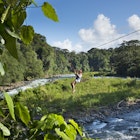
Jun 27, 2024 • 9 min read
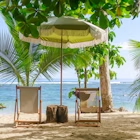
Jun 26, 2024 • 8 min read

Jun 26, 2024 • 3 min read

Jun 26, 2024 • 7 min read

Jun 25, 2024 • 7 min read
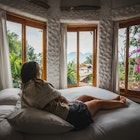
Jun 25, 2024 • 5 min read

Jun 4, 2024 • 7 min read

May 22, 2024 • 8 min read
Cookies help us gathering information to keep this Blog running. We do not collect personally identifiable information or build user profiles ( learn more ). We'll still love you if you opt-out, though 😘
Efficient Central America Itinerary (8 Countries, 1-3 Months)
Share this post with others
We compiled a comprehensive backpacking Central America route – 8 countries, 1-3 months, 28 stops, no flying (just public transport).
In 2022, we spent 6 months backpacking in Central America. Here is our ultimate Central America backpacking itinerary.
Backpacking Route Central America
Itinerary for central america, 12 days backpacking in mexico, 11 days backpacking in belize, 15 days backpacking in guatemala, 7 days backpacking in el salvador, 8 days backpacking in honduras, 13 days backpacking in nicaragua, 12 days backpacking in costa rica, 12 days backpacking in panama, number of countries.
We visit 8 countries in our itinerary:
- El Salvador
Best Time for Backpacking in Central America
The dry season is from December to April. We travelled from January to June and must say that the months of the wet season are quite humid and rainy and definitely not our favourite weather-wise.
How Much Does it Cost to Backpack Central America?
We paid 40$ to 70$ per person and day.
Travelling Around Central America
You don’t have to take a single flight. You can easily travel around by bus, tuk-tuk, or minivan. Tourist transfers are mostly a convenient option. Islands are connected by boats.
How Long do you Need in Central America?
If you want to see everything (or at least most of it), we recommend at least 3 Months or 90 days. This means around 28 stops and 3 days per stop on average.
We have also created a 1 and 2 months itinerary in case you have a shorter time limit.
Best Places to Slow the Itinerary Down
- Tulum (Mexico)
- Hopkins (Belize)
- Lake Atitlan (Guatemala)
- El Tunco (El Salvador)
- Utila (Honduras)
- Ometepe (Nicaragua)
- Bocas del Toro (Panama)
Central America Itineraries (1,2, and 3 months)
Our suggested Central America travel route for 1, 2, or 3 months.
For time reasons, we concentrate on the Yucatan peninsular of Mexico. If you have more time, you can (and should) start in Mexico City and also visit Oaxaca, Puerto Escondido, and Palenque.
Mexico Overview
Mexico public transport.
We love public transport in Mexico. The offer ranges from super comfortable ADO buses which you can book online and are safe and comfortable enough to take overnight to super cheap and local colectivos (shared taxis).
You can go literally everywhere in Mexico by public transport – be it from one town to another or from your hotel to your next sight. All of the destinations on our suggested Mexico itinerary are connected by ADO bus. You can easily reach sights like Chichen Itza or the cenotes by colectivo.
Mexico Average Coast
We paid 40$ per person per day on average.
Mexico Highlights
The highlights of your time in Mexico will be:
- Chichen Itza Mayan ruins.
- Beautiful Caribbean beaches.
- Cenotes, water-filled caves you can swim in.
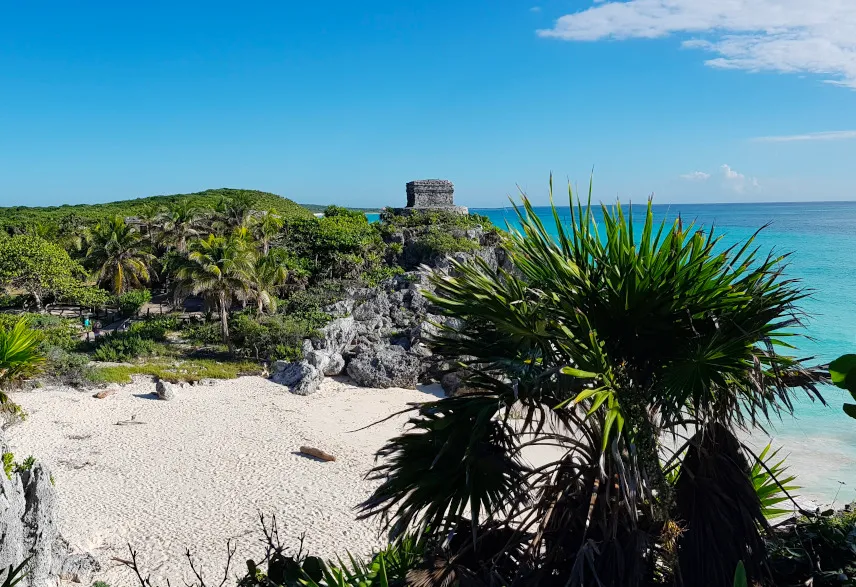
Mexico itinerary
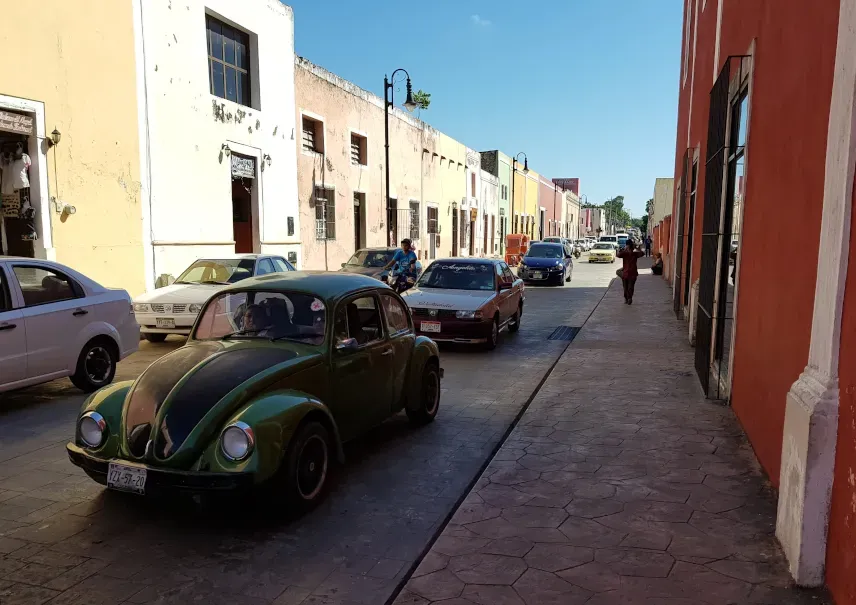
More Mexico resources:
Come for Caye Caulker, stay for the rest.
Belize Overview
Belize public transport.
Travelling Belize by public bus is easy and reliable. Normally, you can just jump on the bus and buy your ticket. It should cost you around 4 and 6 BZD. There are well-established north-south and east-west routes connecting the country which are connected in the capital Belmopan. If you don’t want to get off at the major bus stations, you can just tell the conductor where to stop.
Belize Average Coast
We paid 55$ per person per day on average.
Belize Highlights
The highlights of your time in Belize will be:
- Caribbean island vibes.
- Off-the-beaten-track Mayan ruins.
Mexico - Belize Border
The easiest way is to take an ADO bus across the border.
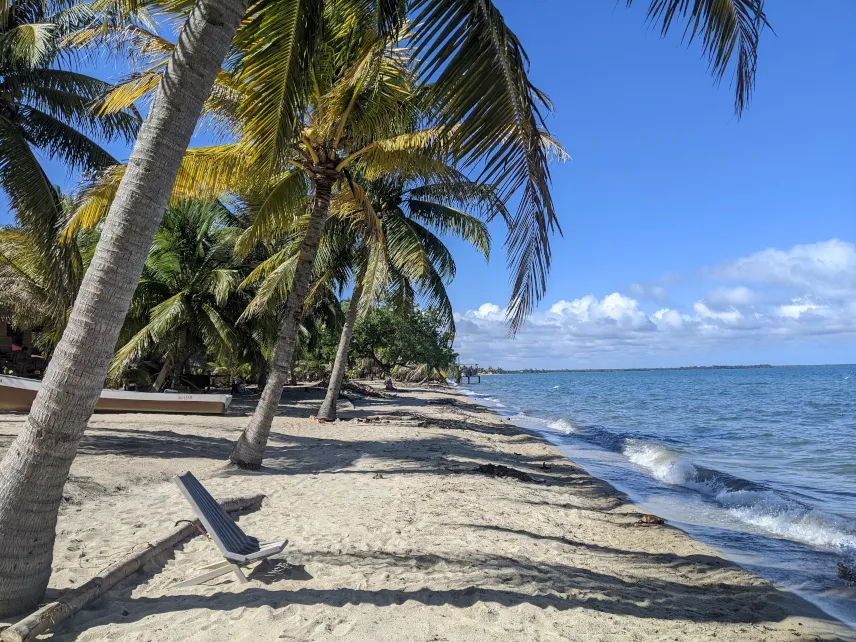
Belize Itinerary
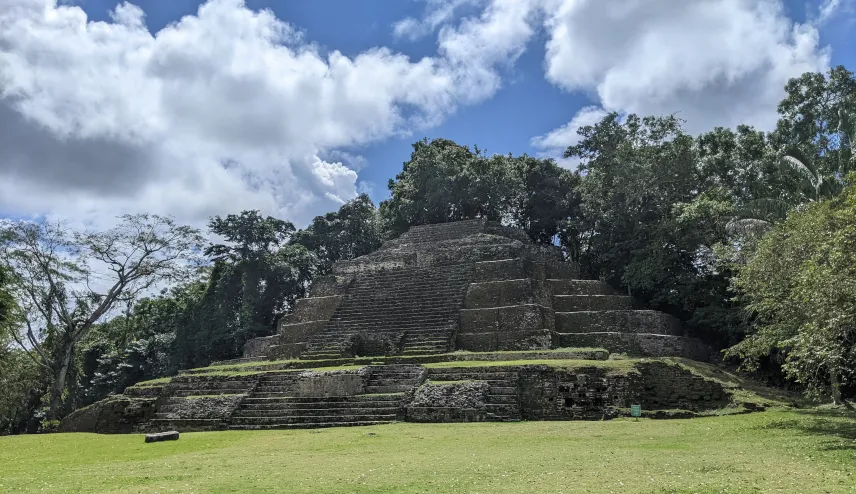
More Belize resources:
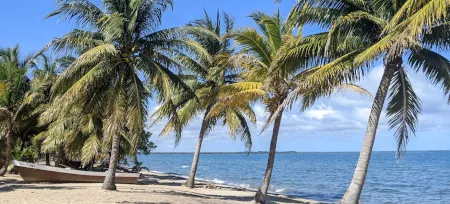
Belize Backpacking – Belize 2 Week Itinerary (2023)
Our itinerary for Belize features Orange Walk Town, Caye Caulker, Hopkins, Dangriga, Tobacco Caye, and San Ignacio. This Backpacking in Belize guide includes the highlights and hidden gems: from the beaches of the atolls in Belize to the waterfalls and caves of the mainland.
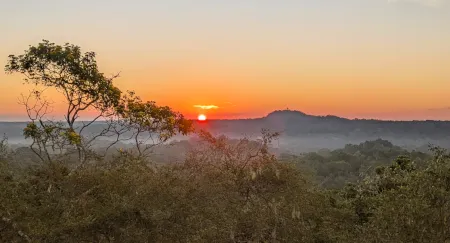
Backpacking Guatemala and Belize – 14 Day Itinerary with Map (2023)
2 countries, 1 trip. Spend 10 days backpacking Guatemala and 4 days backpacking Belize on this roundtrip. See the highlights of both countries like the Acatenango volcano, Tikal, and Lake Atitlan in Guatemala as well as the ATM Cave and the Caribbean beaches of Belize.

Travel Guides
Where to Stay in Belize on a Budget PERSONAL RECOMMENDATIONS ONLY!
Best places to stay in Belize on a budget in Hopkins, San Ignacio, Caye Caulker, Orange Walk Town, and Dangriga. All the cheap Belize places we personally stayed at!
Guatemala Overview
Guatemala public transport.
To be honest, we did not hear good things about public transport in Guatemala. Other travellers told us they got robbed. Others mentioned that they had to change buses a lot – and without any English information.
That’s why we opted for tourist shuttles all the time. It raised our costs quite a bit but they were always punctual, safe, and reliable. You can buy tickets from every travel agency – and you will find plenty of them in tourist destinations.
Guatemala Average Coast
We paid 50$ per person per day on average.
Guatemala Highlights
The highlights of your time in Guatemala will be:
- Hiking Acatenango Volcano.
- Tikal Mayan ruins.
- Semuc Champey waterfall.
- Lake Atitlan.
Belize - Guatemala Border
You can take a quick and easy taxi to the Guatemala border. After you crossed, take a shared direct minivan to Santa Elena. Here, you change into a tuk-tuk to Flores.

Guatemala Itinerary

Don’t skip El Salvador! It’s super easy to incorporate into your itinerary!
El Salvador Overview
El salvador public transport.
To be honest, we were shocked at first when we realised that we could not book any tourist shuttles in El Salvador. Here’s the reason why:
The public transport in El Salvador is amazing. In fact, it was our favourite public transport in the whole of Central America. Buses come super often and you can just flag them down on the side of the road – no bus stop needed. The prices are super low – we never paid more than 1$ – and they are signposted in the driver's cabin to prevent scams. You can do the entire Ruta de las Flores with public transport – no tour needed.
El Salvador Average Coast
We paid 40$ per person per day on average. Mostly because of the cheap public transport.
El Salvador Highlights
The highlights of your time in El Salvador will be:
- Surfing in El Tunco.
- Santa Ana Volcano.
- Salto Malacatiupan hot waterfall.
Guatemala - El Salvador Border
Shuttle buses from Antigua to various destinations in El Salvador leave regularly.

El Salvador Itinerary
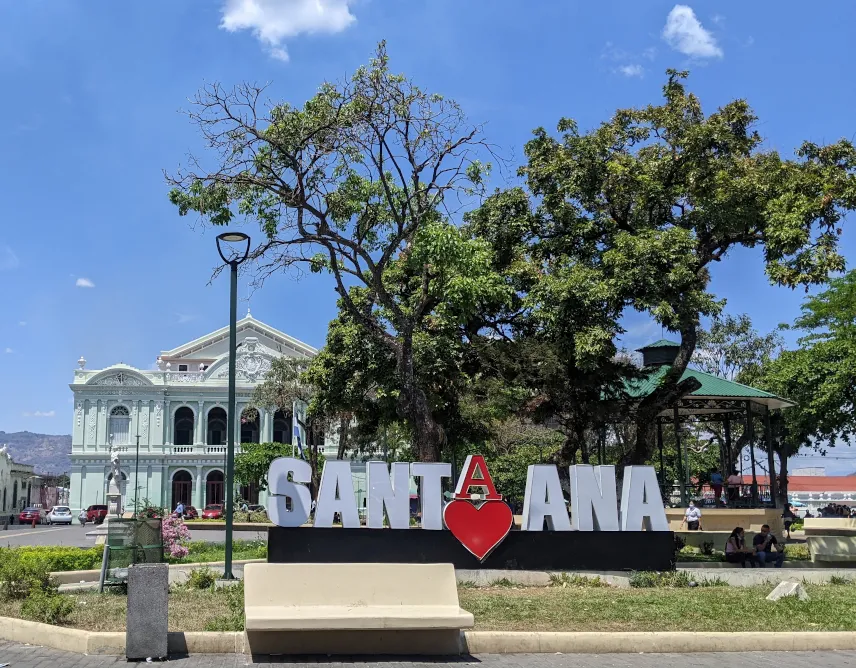
More El Salvador resources:

EASY 1 week El Salvador itinerary - Why you should not skip it!
There are a lot of beautiful places in El Salvador so you should definitely include it in your Central America itinerary. Backpacking El Salvador rewards you with lovely people and good infrastructure. From the beaches of El Tunco to the volcano in Santa Ana and the mountain villages of the Ruta de las Flores - we show you the best places to visit in El Salvador.
Although Honduras was our least favourite country in Central America, we have still compiled three must-see places for you.
Honduras Overview
Honduras public transport.
Honestly, both public transport and tourist shuttles are horrible in this country. If you want to go to Utila and want to avoid spending a night in La Ceiba (which is not really recommended), you cannot avoid taking a shuttle.
Because of a rather mediocre experience, we opted for public transport afterwards which was also less than optimal. Buses do not run very frequently, it’s hard to find information (either online or from locals), and they are pretty pricey compared to what you get. On the plus side, they always brought us where we needed to go and we never felt unsafe. Except maybe for when we changed buses in Tegucigalpa and everybody told us that we should not be walking because it’s not safe.
Honduras Average Coast
We paid 65$ per person per day on average. Involving some overpaying for accommodation (when you go scuba diving, your basic accommodation will be included in the dive prize) and being scammed. In general, not the best value for money so don’t plan to stay too long.
Honduras Highlights
The highlights of your time in Honduras will be:
- Scuba diving in the Bay Islands
- Copan Mayan Ruins.
- Lago de Yojoa.
El Salvador - Honduras Border
We took a shuttle from Santa Ana to Copan which drove through Guatemala for a while. Currently, the shuttles don’t leave every day so plan in advance.
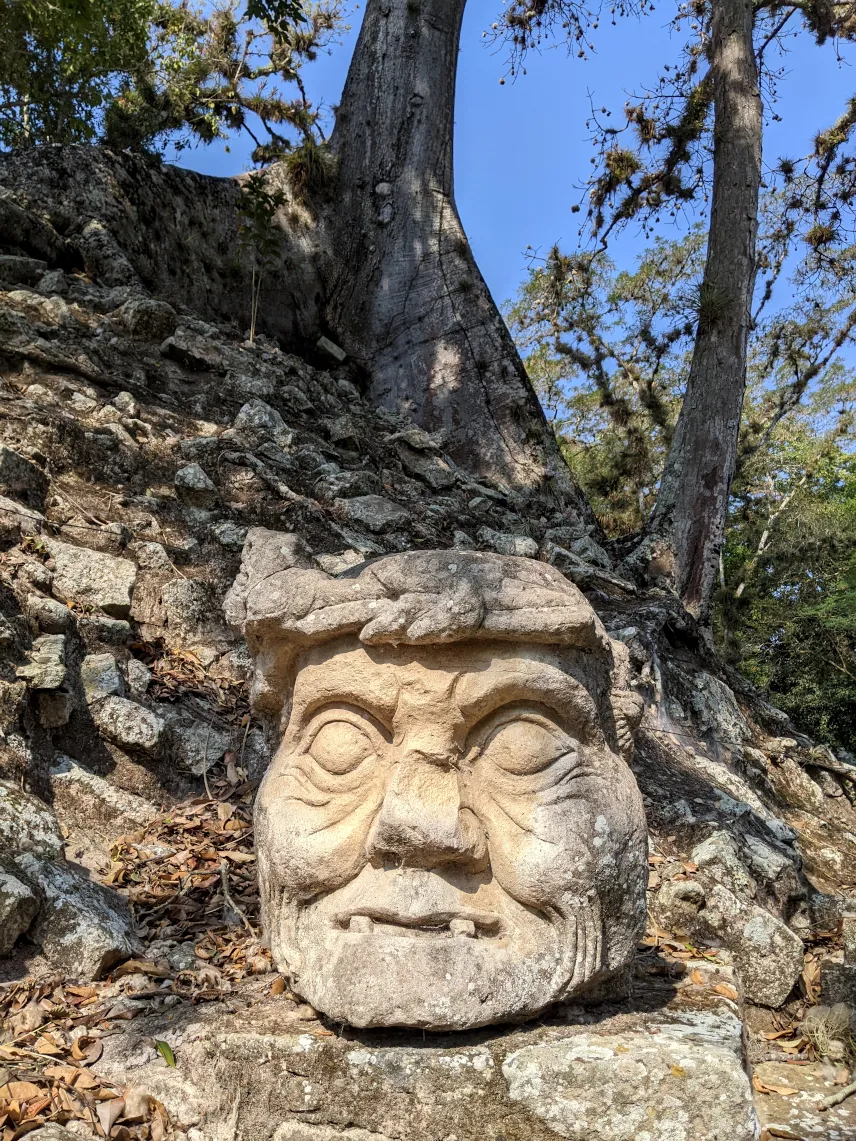
Honduras Itinerary
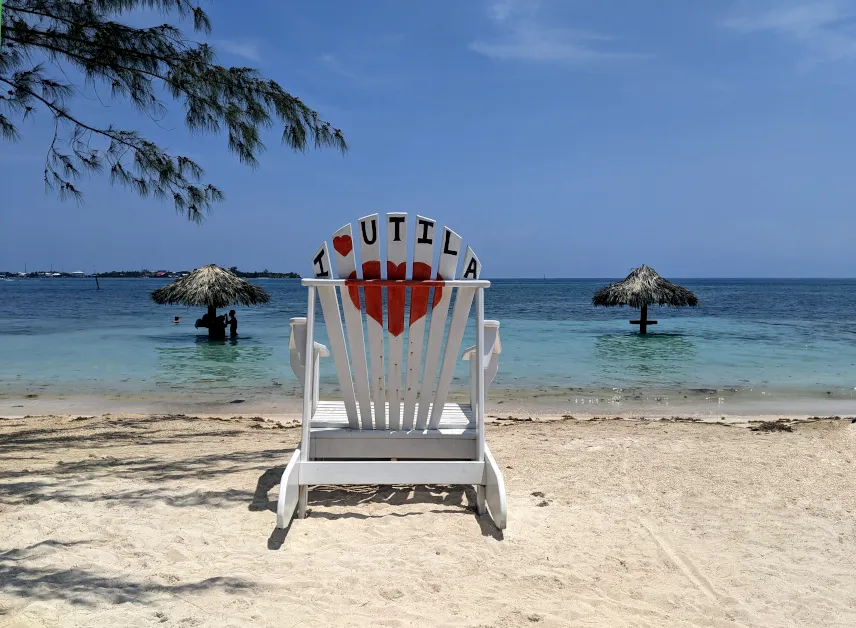
More Honduras resources:

Honduras Backpacking Guide and Itinerary with Map
Wondering if you should go backpacking in Honduras? We say yes, don’t skip it! We have got you covered for your backpacking trip to Honduras: This blog post will inform you how to get around Honduras, what to do in Honduras, and showcase the best Honduras backpacking routes.
Most people stick to the Pacific side of Nicaragua which is amazing. If you have more time, check out the Caribbean side as well!
Nicaragua Overview
Nicaragua public transport.
Public transport in Nicaragua was frequent and cheap enough that we never opted for a tourist shuttle although they exist. All of our suggested destinations are well connected by buses and vans. A ferry connects Ometepe to the mainland.
Nicaragua Average Coast
Nicaragua highlights.
- Cerro Negro volcano boarding.
- Ometepe island.
- Somoto Canyon.
Honduras - Nicaragua Border
In case you stick to our advice and start your Nicaragua itinerary in Somoto, you can take a bus from Tegucigalpa to Choluteca where you change into a bus to San Marcos de Colon. From here, a shared van will take you to the El Espino border. Make sure not to arrive too late because buses and taxis stop running on the Nicaraguan side.

More Nicaragua resources:
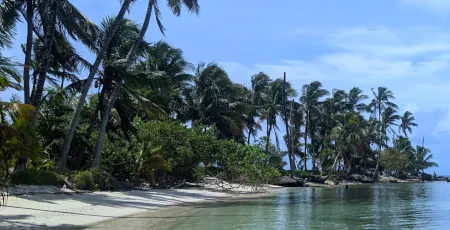
How to Travel the Caribbean Coast of Nicaragua on a Budget (2023)
If you’re backpacking Nicaragua, the Caribbean coast belongs to the best places in Nicaragua you can visit. Our complete travel guide to the Nicaragua Caribbean coast gives you travel tips for the best beaches, the best places, and the best Caribbean islands in Nicaragua - all on a budget and mostly with public transport.
The wildlife here is out of this world!
Costa Rica Overview
Costa rica public transport.
We took buses around Costa Rica because the shuttles were crazy expensive compared to other Central American countries. We have met travellers who experienced theft on the buses so always keep an eye on your belongings.
Costa Rica Average Coast
We paid 50$ per person per day on average. Although everybody always says that Costa Rica is expensive, it was by no means our most expensive country on this trip.
Costa Rica Highlights
The highlights of your time in Costa Rica will be:
- The wildlife (sloths, dolphins, tapirs, toucans,…)!
Nicaragua - Costa Rica Border
Bus companies like Trans Nice or Nica Bus conveniently cross the border.
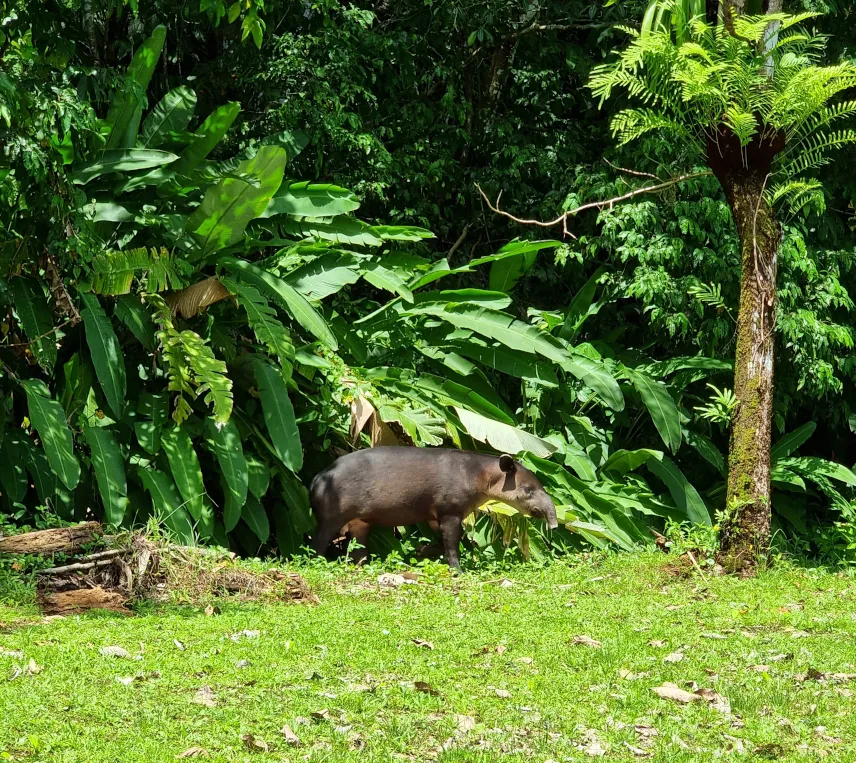
Costa Rica Itinerary

More Costa Rica resources:

Travel Planing
11 Best Hostels in Costa Rica (real travellers recommend)
Backpacking Costa Rica and looking for a hostel? Real travellers share the best hostel Costa Rica has to offer in their opinion.
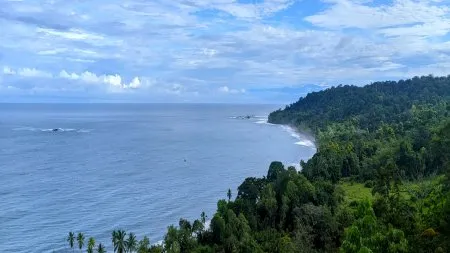
Travel Ideas
Costa Rica, Drake Bay – Travel the Osa Peninsula Without a 4x4 Car (2023)
Drake Bay in Costa Rica is a great addition to your Costa Rica road trip. Its situation on the Osa Peninsula in Costa Rica makes it the perfect starting point to visit the Corcovado National Park and Cano Island - two natural paradises above and below water. And the best? As of 2022, you can reach it with a regular car!
Nightlife and beaches? Yes, please!
Panama Overview
Panama public transport.
We took a combination of public transport and tourist shuttles depending on the length of the trip. They both worked fine. San Blas is easiest visited on a guided tour.
Panama Average Coast
We paid 70$ per person per day on average. Our highest daily cost in Central America.

Panama Highlights
The highlights of your time in Panama will be:
- San Blas islands.
- Boas del Toro.
- Panama City.
Costa Rica - Panama Border
We booked a transfer from Limon to Bocas del Toro which was super convenient and did not even cost more than public transport.

Panama Itinerary

More Panama resources:
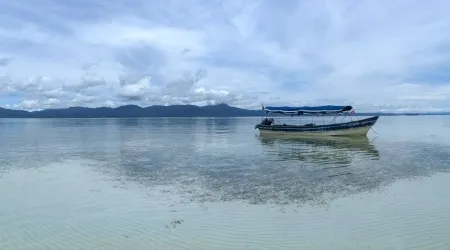
San Blas vs Bocas del Toro – Which Panama Islands Should You Visit?
Should you visit the Bocas del Toro or San Blas Islands in Panama? Including a complete travel guide for Bocas del Toro and San Blas.
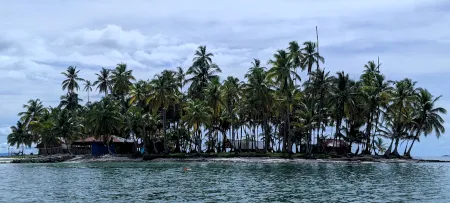
Complete Panama itinerary - 14 - 21 days, 5 - 8 stops
Most Panama itineraries that you find online will only include the Panama highlights like Bocas del Toro, San Blas, Panama City, or Boquete. In our Panama itinerary, we feature some off-the-beaten path destinations like Boca Chica, Santa Catalina or Valle de Anton to include in your Panama backpacking trip.
Interested in personal updates and honest travel guides? Sign up for our biweekly bucketlist2life newsletter for exclusive behind the scenes looks into our travel planning!
Want to support us buy us a coffe, a tea – or a whisky., leave a comment.
Do you have any thoughts on this article? – We would love to hear from you!
Do you want to follow us on our jouney? Check this box to also signup for our Newsletter and never miss an update!
You have a link you want to share with others? This is a good place for it!
Do you want to receive a Push-Notification when someone replies to your comment? – Check this box!
Trending Destinations
Trending articles.

10 of the UK’s best stargazing escapes

10 of the best new wildlife trips for 2024

Where is Dune: Part Two filmed?
Destinations.
Sorry but no search results were found, please try again.

Central America trip planner: 4 of the most exciting routes
Whether you’re channelling your inner Indiana Jones in ancient temples or spotting wildlife in lush rainforest, plan the perfect trip with these stunning routes through Belize, Costa Rica and beyond…
1. Jetting in
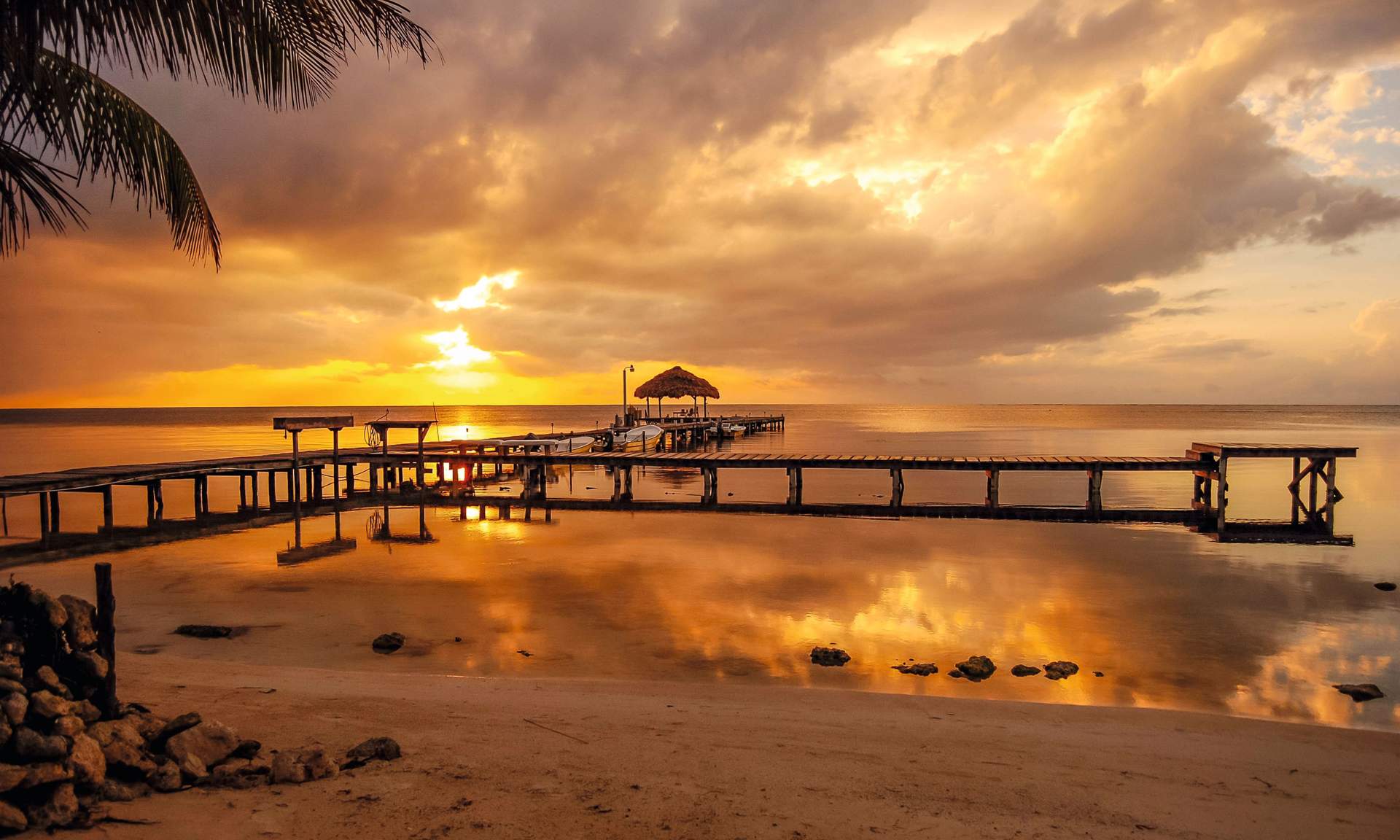
Best for: A taste of Central America
Route: Antigua (Guatemala) • Chichicastenango • Tikal • San Ignacio (Belize) • Lowland Belize • Ambergris Caye
Why do it? Because you want to pack all you can into 10 days without feeling rushed.
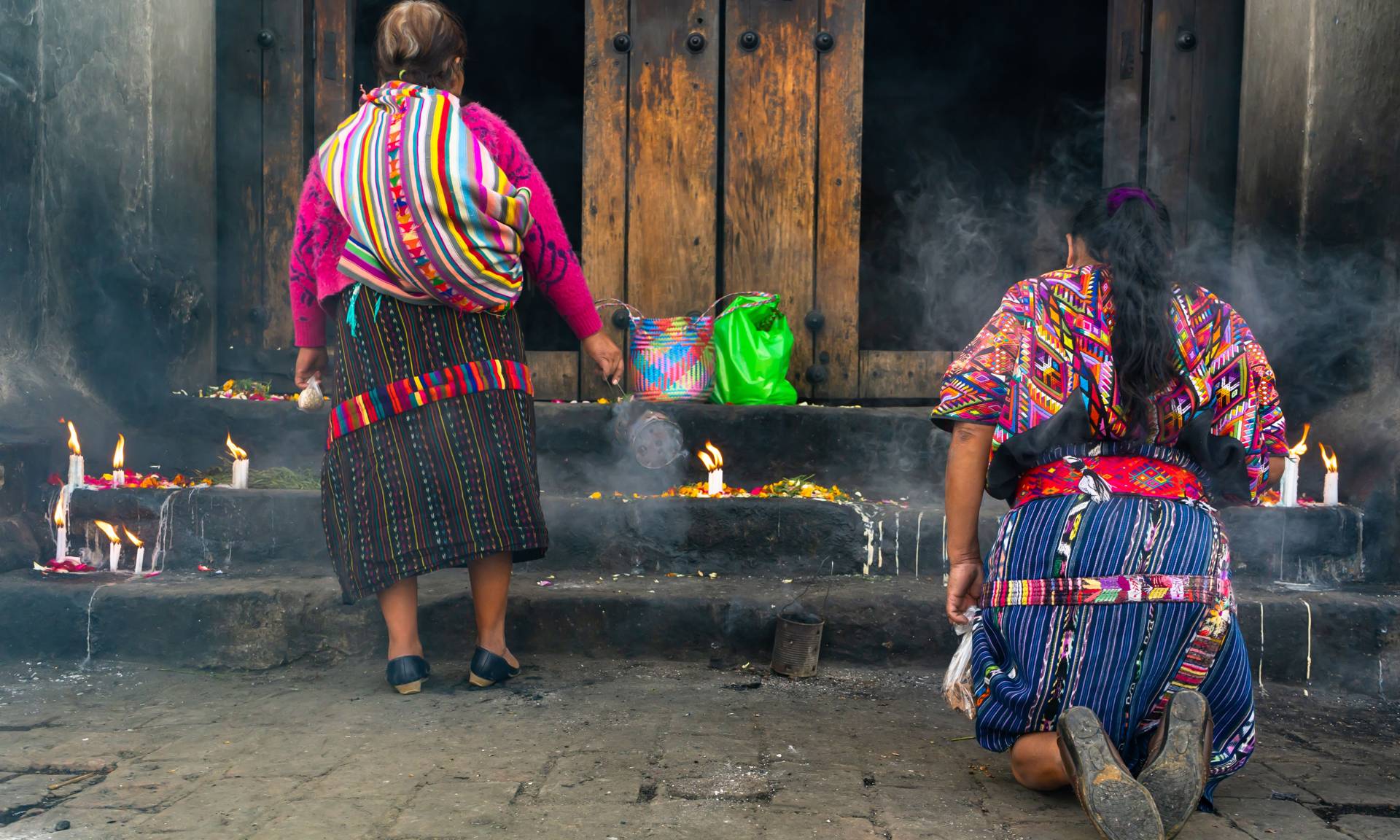
Two women are praying in front of Santo Tomás Chichicastenango (Shutterstock)
Short on time? Belize and Guatemala offer the best combination for a whistle-stop trip. And it won’t feel like a rush. Belize is tiny (packing jaguar-filled forests, coral cayes and wild wetlands into an area less than a third of the size of Scotland), while Guatemala has the pick of Central America’s romantic ruins and colourful markets.
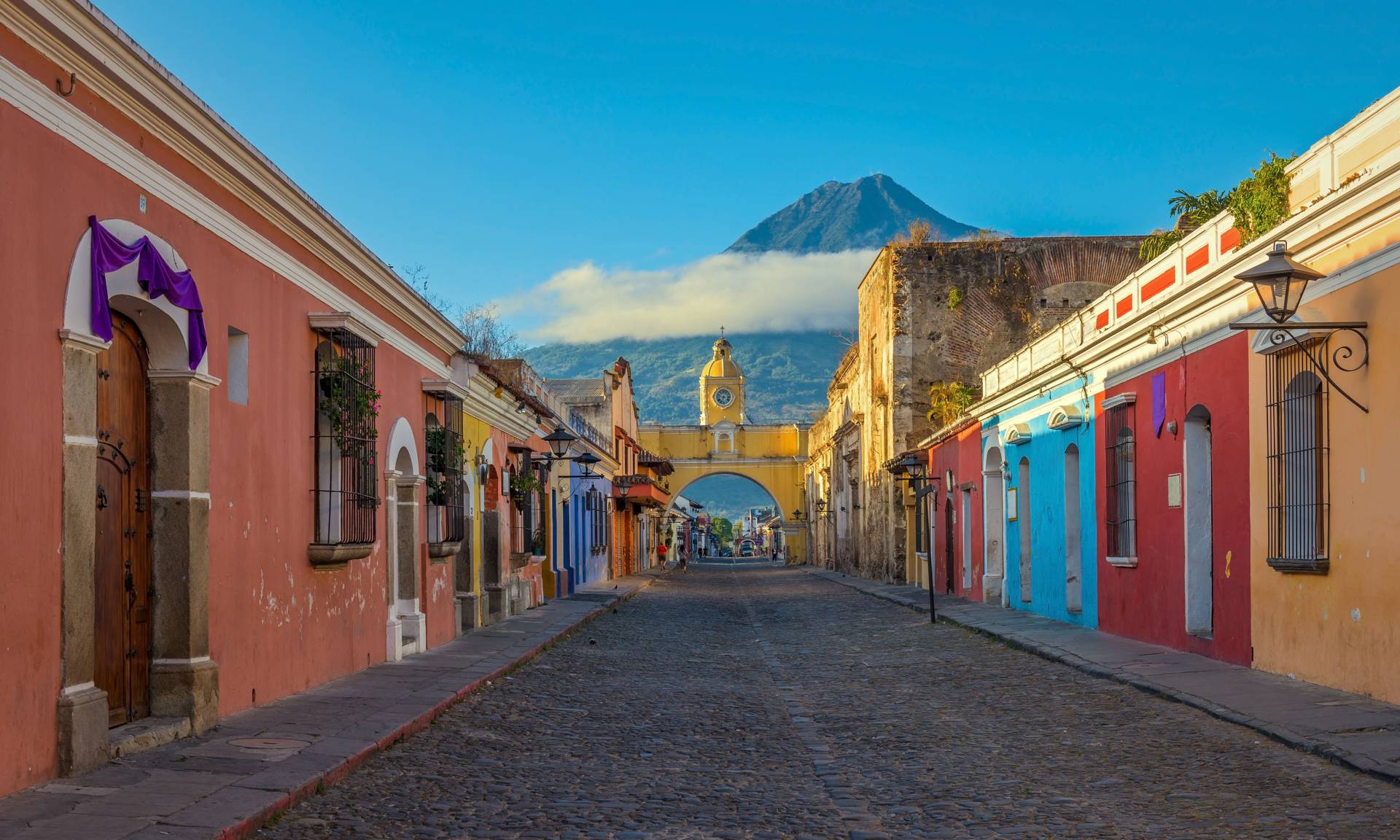
Colonial street in Antigua, Guatemala (Shutterstock)
Begin with two nights in Guatemala’s old capital Antigua – whose atmospheric cobbled streets, Spanish balconies and 18th-century bell towers sit in the shadow of two fuming volcanoes.
Take a morning side trip to either Chichicastenango or Sololá village markets, where Mayan villagers pour in from the highlands to sell delicately embroidered huipil shirts, woven shawls and festival masks. Then fly to Tikal for those pyramid-top forest views (be sure to visit at dawn or sunset).
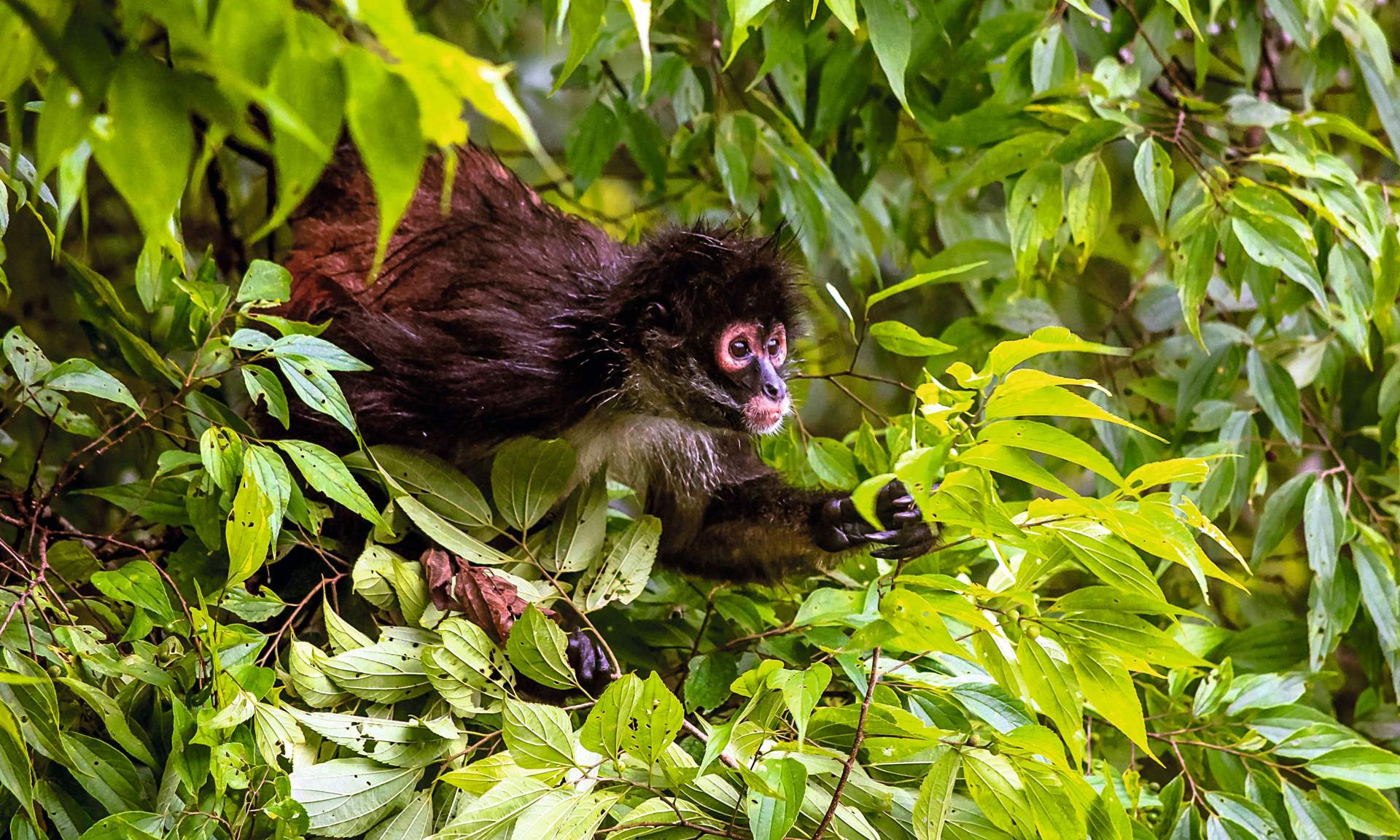
A monkey in Belize (Shutterstock)
It’s only a short two-hour hop across the border from Tikal into Belize. Travel with Adrenalin Tours , then base yourself at the Black Orchid resort (pick-ups are from San Ignacio), where there are wild howler monkeys in the hotel gardens, toucans in the trees and all Belize’s key attractions are within easy reach.
Black Orchid offer a huge choice of day trips throughout the country – from fly-fishing, diving or snorkelling on the Belize Cayes to boat trips to the remote Lamanai ruins, set in pristine rainforest on the shore of a crocodile- filled lagoon. Fly back from Belize City, or for a bit of Caribbean beach, add on a few extra nights in San Pedro on Ambergris Caye.
2. Passing through
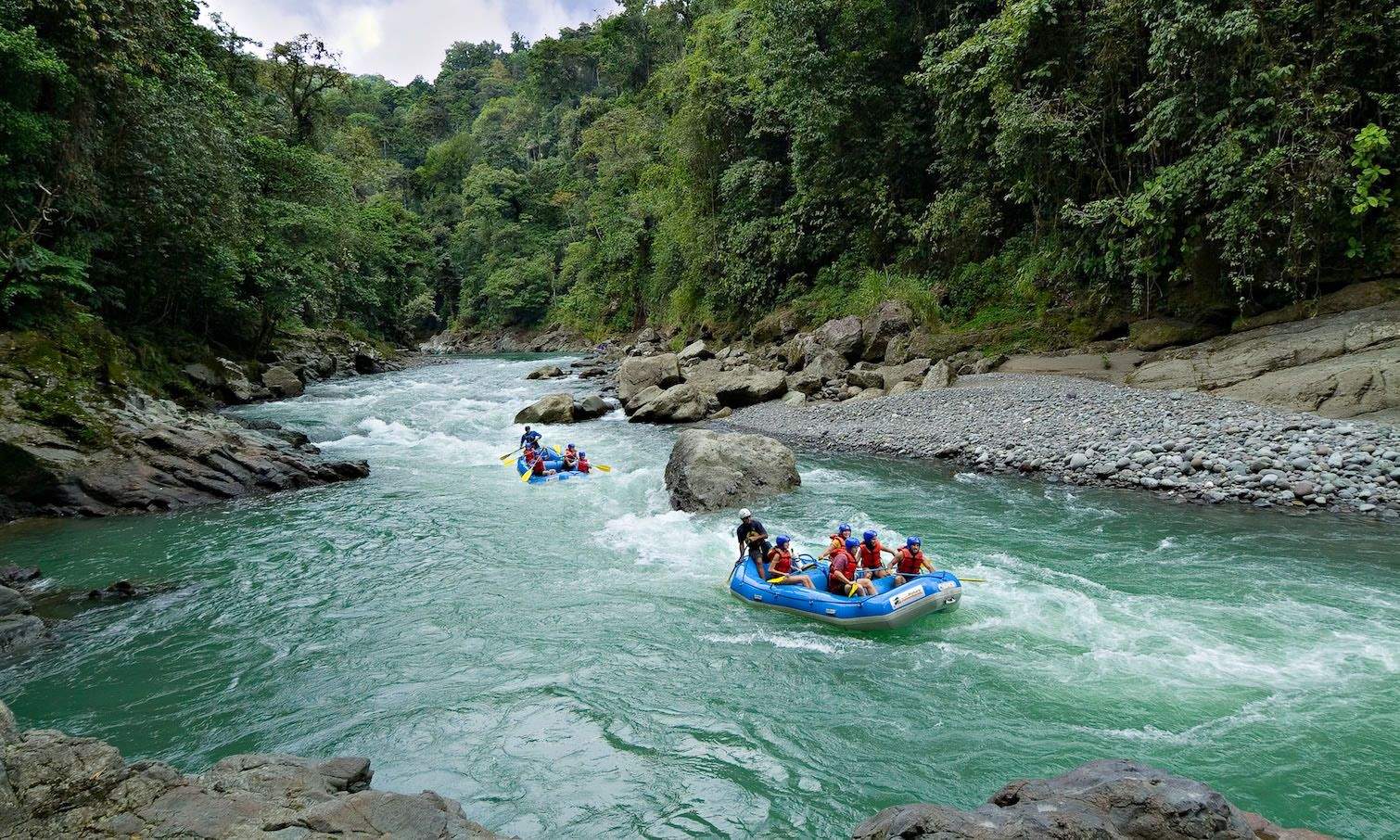
On the way to Pacuare Lodge (Pacuare Lodge)
Best for: Wilderness and Mayan sites
Route: Pacuare Lodge (Costa Rica) • Tortuguero • Granada (Nicaragua) • Mombacho • León • Jiquilisco Biosphere Reserve (El Salvador) • Suchitoto • Antigua-Sololá (Guatemala) or Chichicastenango
Why do it? Because you have time to spare and want to see as much of the region as you can – on and off the beaten track.
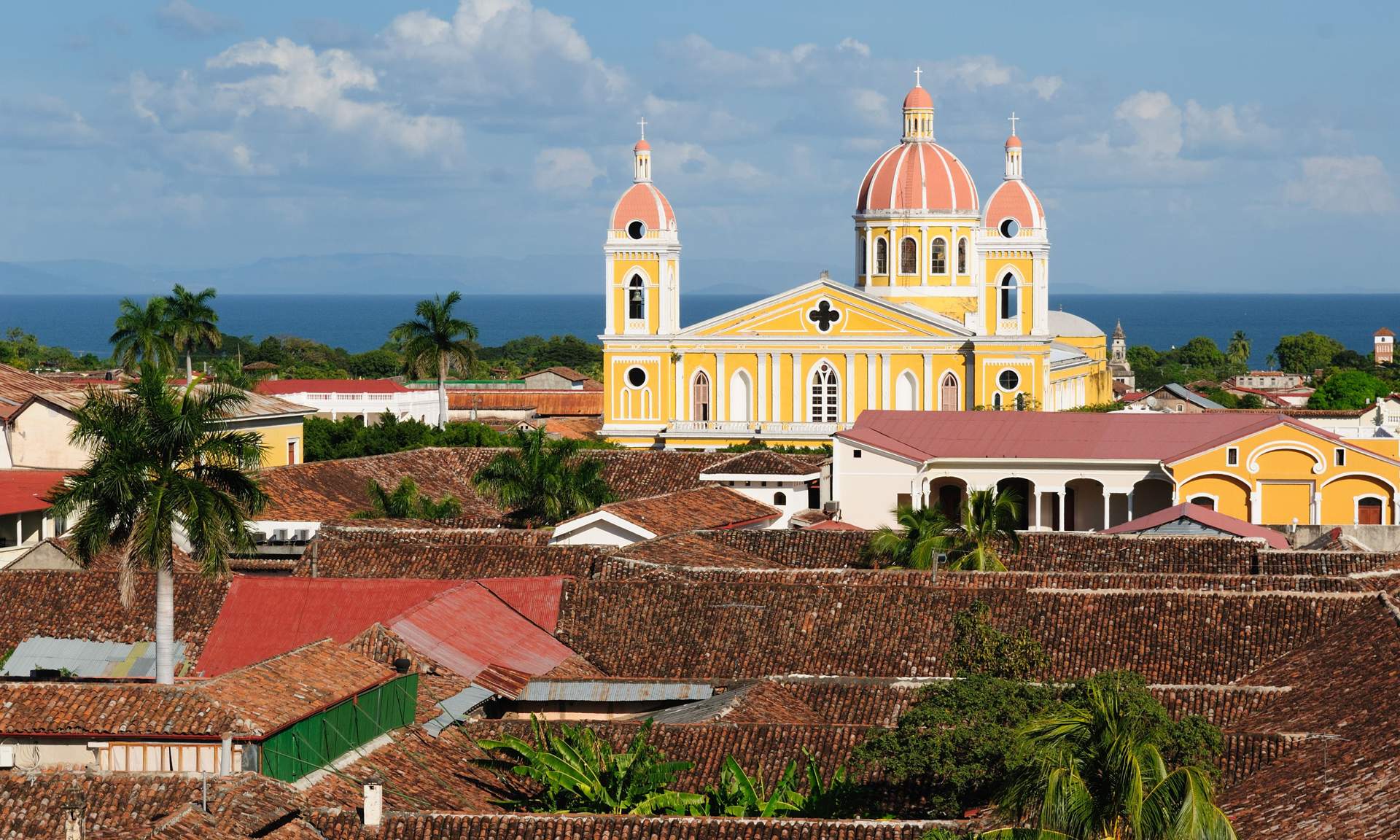
Granada in Nicaragua (Shutterstock)
Prepare to get wet. The quickest way in to Pacuare jungle lodge in the Costa Rican rainforest is by whitewater raft – on a rushing river that cuts through a deep canyon in the heart of a pristine private reserve (bags take a dry route).
You’ll need two nights to take in the trails and abundant wildlife. Then transfer to the coast (around three hours) for two more days boating around the crocodile-filled rivers and turtle nesting beaches of Tortuguero NP.
Climb the steep stairs to the cathedral roof for a view over tumbling terracotta and streets of ochre and whitewash to Momotombo’s smoking cone. Then ascend the ash slopes of Cerro Negro itself for sunset vistas over an avenue of volcanoes extending into El Salvador.
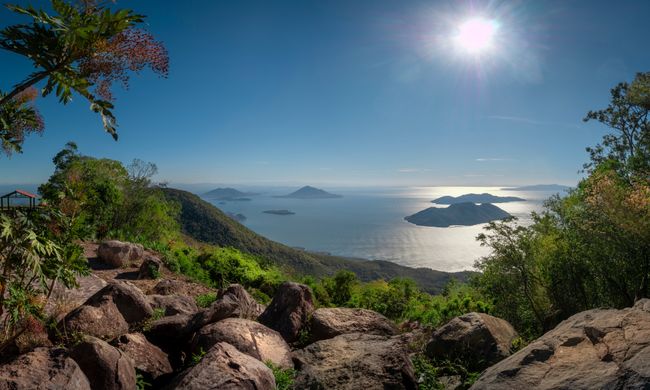
Gulf of Fonseca from Conchagua Volcano (Shutterstock)
That country is a two-hour journey away – reached on a boat across the dolphin-filled Golfo de Fonseca, a vast bay dotted with tiny fishing villages. Jiquilisco at the northern end is protected as an internationally important wetland reserve.
After a night here, cut inland to Suchitoto, a pretty village near the Honduran border. You’ll pass the Mayan Pompeii – Joya de Cerén, a pre-Colombian village fossilised by volcanic ash over 1,400 years ago. Then make for Antigua in Guatemala – the most beautiful Spanish cathedral city in Central America – and the craft markets in Chichicastenango and Sololá.
3. The Maya world
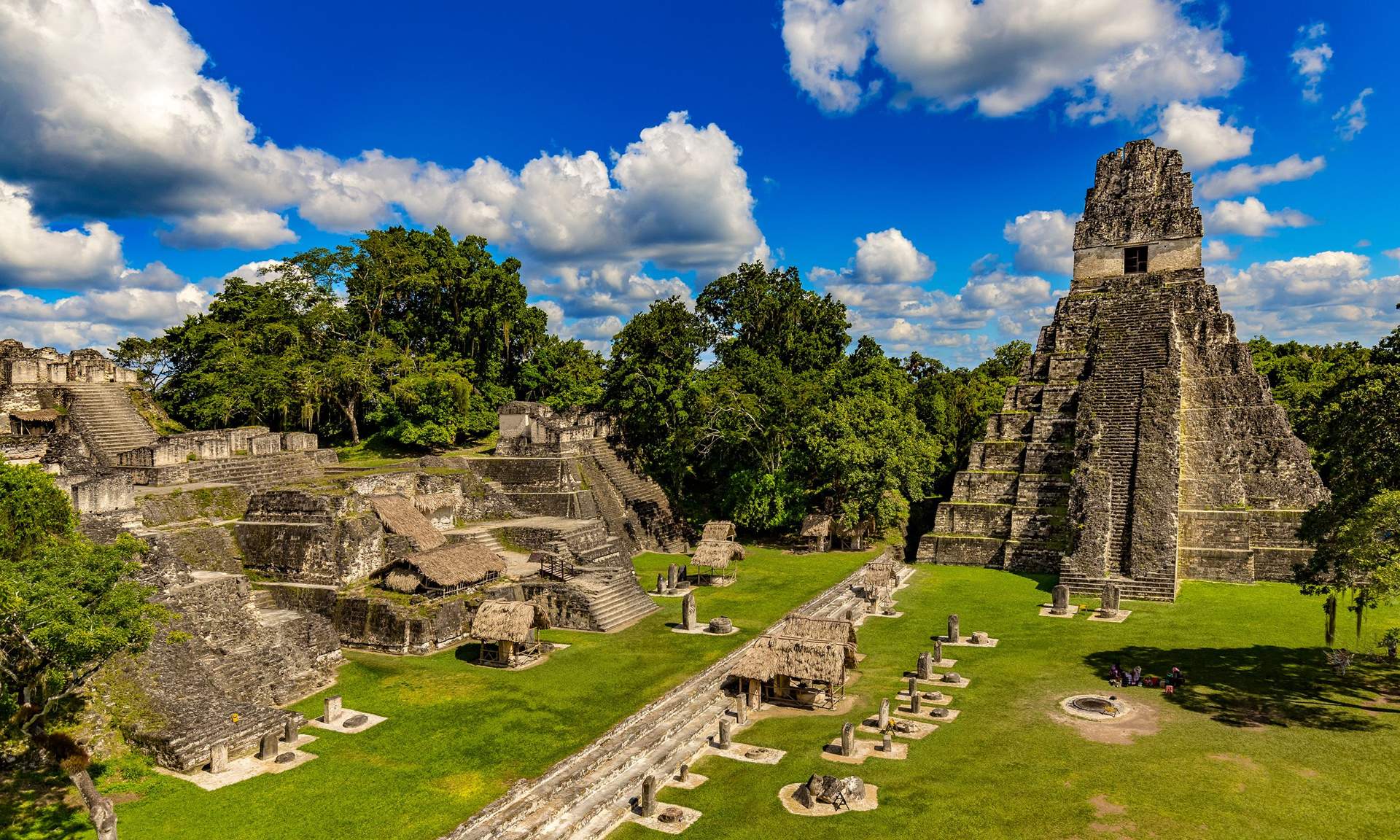
The Grand Plaza in Tikal (Shutterstock)
Best for: Temples, ruined cities and modern Mayan culture
Route: Chan Chich (Belize) • San Ignacio • Tikal (Guatemala) • Lake Atitlán • Antigua • Suchitoto (El Salvador) • Joya de Cerén • Copán (Honduras)
Why do it? For a mix of the best Mayan sites, wildlife spots and stays in modern Maya villages.
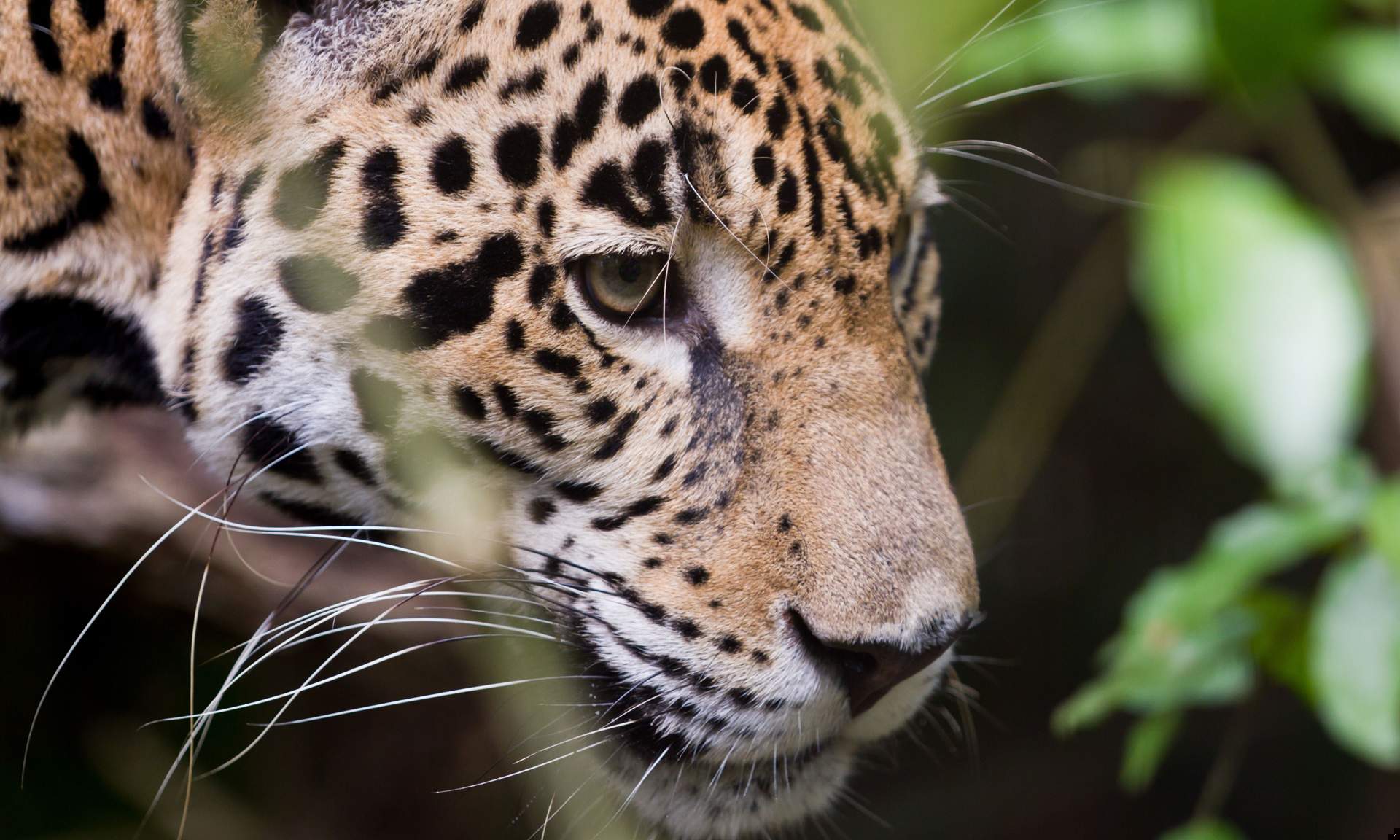
A jaguar in the rain forest of Belize (Shutterstock)
A ruined Mayan city where guests can stay in comfort and see jaguars, spider monkeys and ocelots? It exists – at Chan Chich in the heart of El Petén, Belize and Central America’s largest forest.
You’ll need at least two days here, after which it’s a few hours’ drive to San Ignacio – where there are small Mayan ruins in the centre of town, and huge ruins a 90-minute drive away (by 4×4) to the east at Caracol. This vast pyramid-filled ruined city in the rainforest sees more toucans than tourist visits, making it one of the few major Mayan site you can have pretty much to yourself.
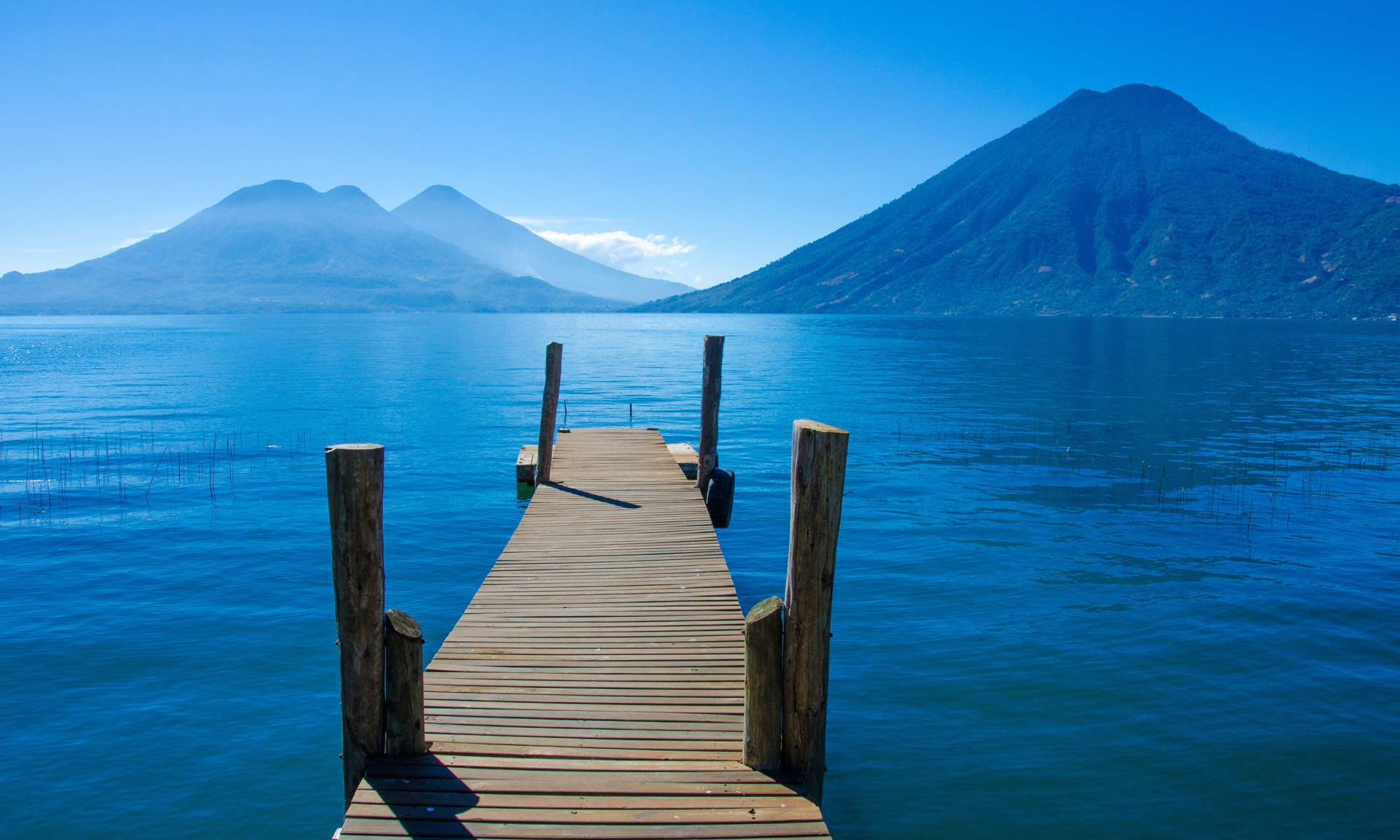
Lake Atitlán in Guatemala (Shutterstock)
Tikal, the most impressive of all Central America’s Mayan ruins, is across the Guatemalan border from San Ignacio. Fly from here to Lake Atitlán (via Quiché Airport), a shimmering blue volcanic lake ringed with mountains and dotted with modern Quiché Maya villages. Stay with a local family through Pure Tours , shop for colourful handicrafts in the local markets, and then leave for Antigua.
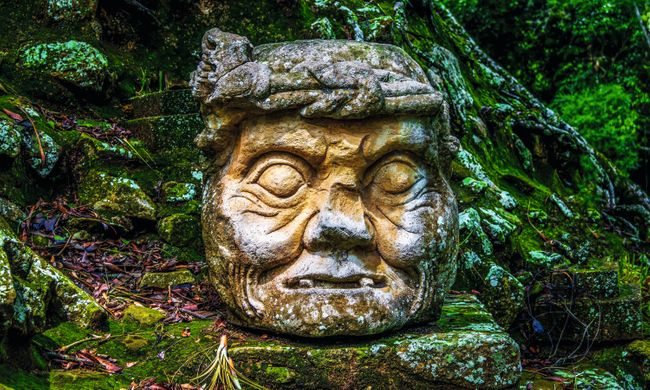
A carved face in Copán (Dreamstime)
Transfer from this small city to Suchitoto in El Salvador for Joya de Cerén, where you can take a long day trip or overnight stop to Copán across the border in Honduras.
With vast temples and corridors of rooms – as well as four-metre high stele slabs decorated with rather eerie, elongated faces of priest-kings, surrounded by a rococo filigree of swirling foliage and hieroglyphs – Copán is one of the most spectacular sites of all and a fitting end to a journey through the Maya World.
4. In the rainforest
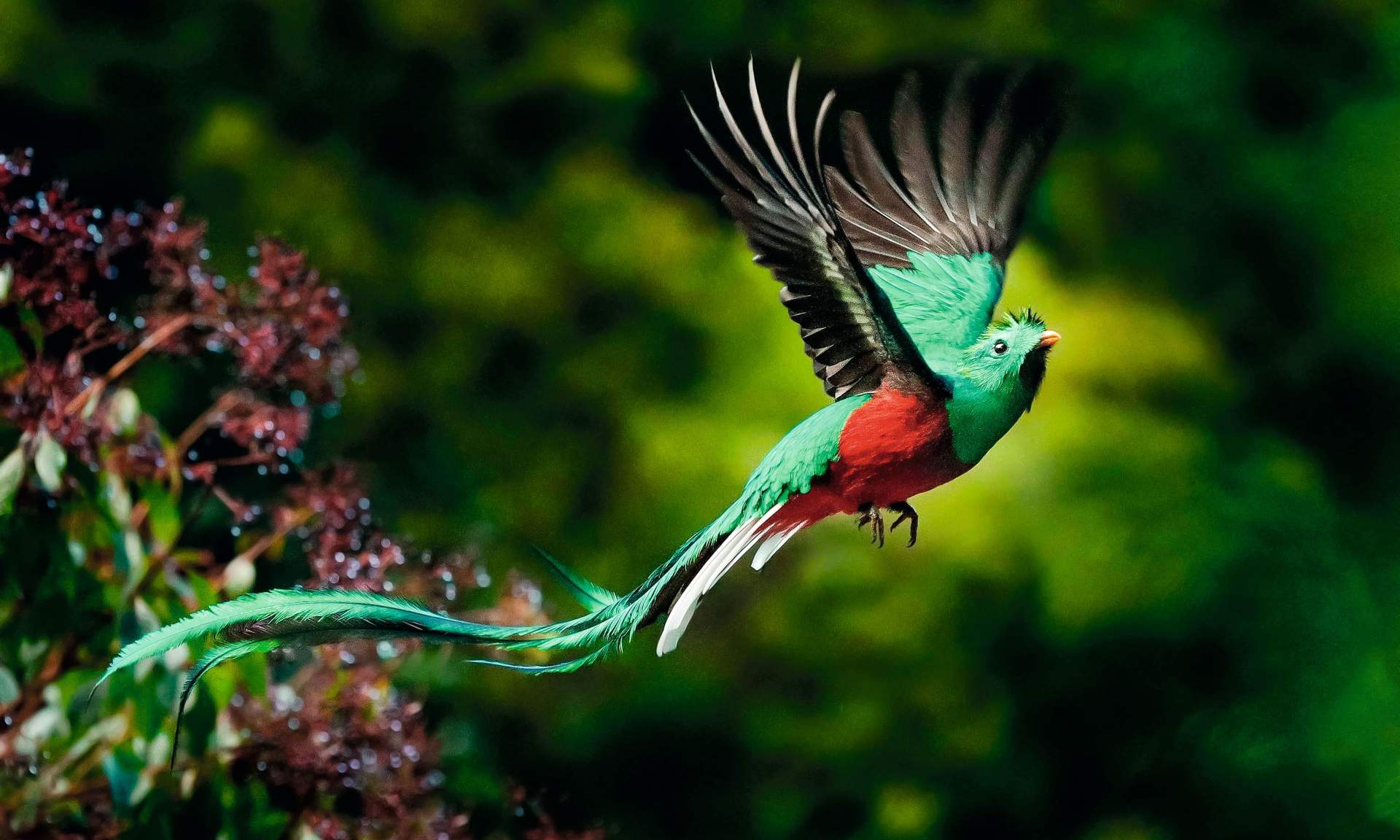
A quetzal in flight (Shutterstock)
Best for: Wildlife, beaches and pristine reef
Route: Arenal (Costa Rica) • Monteverde • Corcovado NP • San Blas Islands (Panama)
Why do it? For Central America’s best wildlife watching with beautiful beaches and unspoilt reef thrown in.
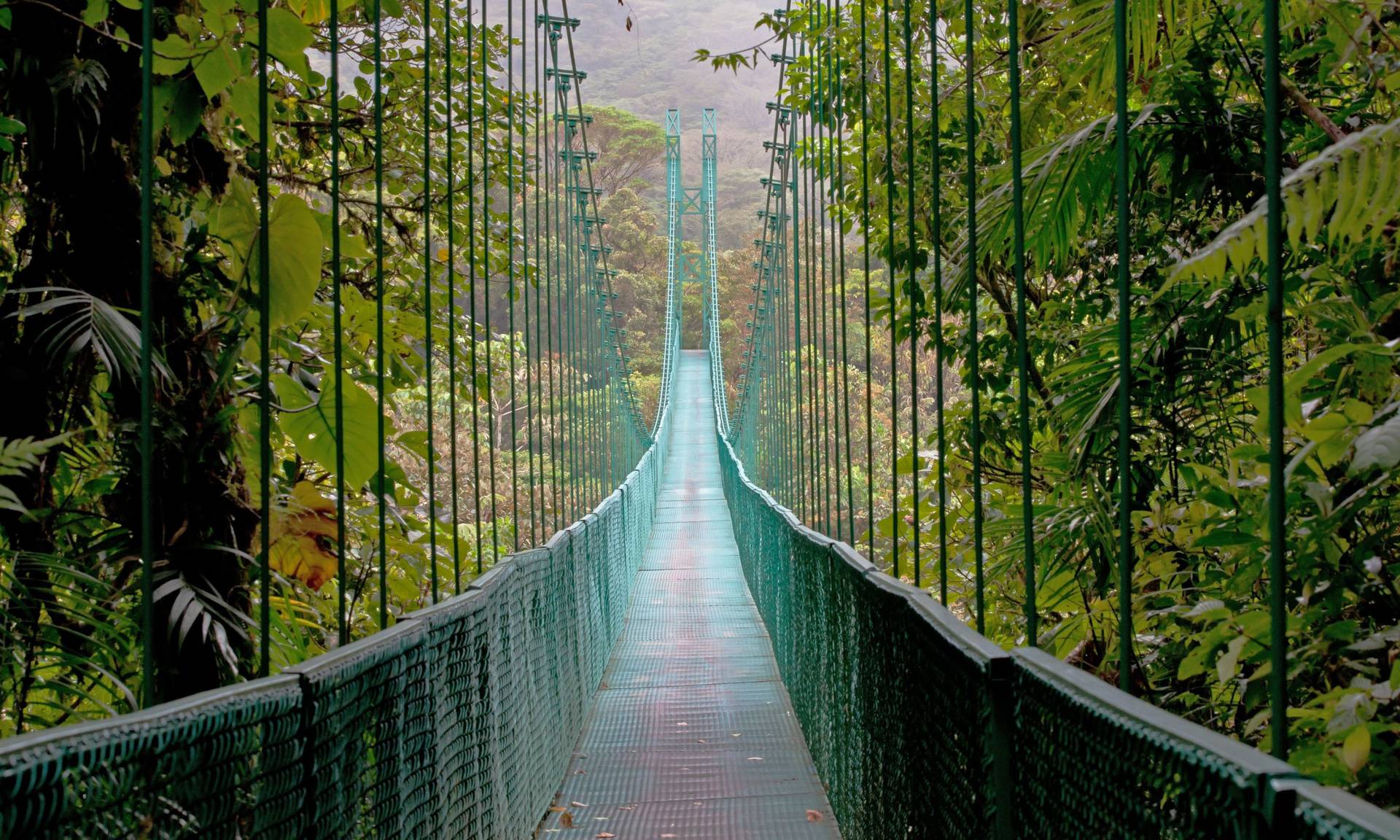
A hanging bridge in the Monteverde Cloud Forest (Shutterstock)
It’s an easy three-hour drive from the airport in Costa Rica’s capital San José to Arenal – a perfectly conical volcano flowing with hot springs and shrouded in forest. Take two days to wander Mistico Park ‘s canopy walkways to spot birds and monkeys, trek the trails to the myriad waterfalls and soak in the hot volcanic rivers.
A scenic two-hour journey then takes you from the volcano to the Monteverde Cloud Forest Reserve, where trees are covered in bromeliads, orchids and lichens. Opalescent resplendent quetzals float from branch to branch as silently as falling petals and margay cats pad along the mossy paths.
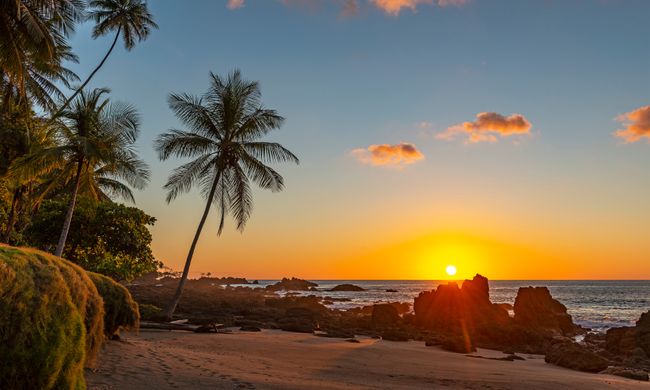
Sunset on a beach in Corcovado National Park (Shutterstock)
Allow at least a day before flying south (via Puntarenas Airport) to Bahía Drake for Corcovado National Park. This is perhaps the best location in Central America to see large mammals. Jaguar, puma, ocelot and endangered Baird’s tapir all live here, alongside metre-tall harpy eagles (which pluck sloths from trees).
Aim for around two days in Corcovado before spending the last part of your trip in Panama’s San Blas archipelago. These tiny Robinson Crusoe islets are fringed with pristine coral reef. Accommodation is simple and there’s little to do but snorkel, sunbathe and spend time with the local indigenous Kuna people.
Nowhere in the region has more pristine reef, whiter sand and starrier night skies. Bring a mosquito net, water bottle and plenty of insect repellent.
Plus… the writer’s own route
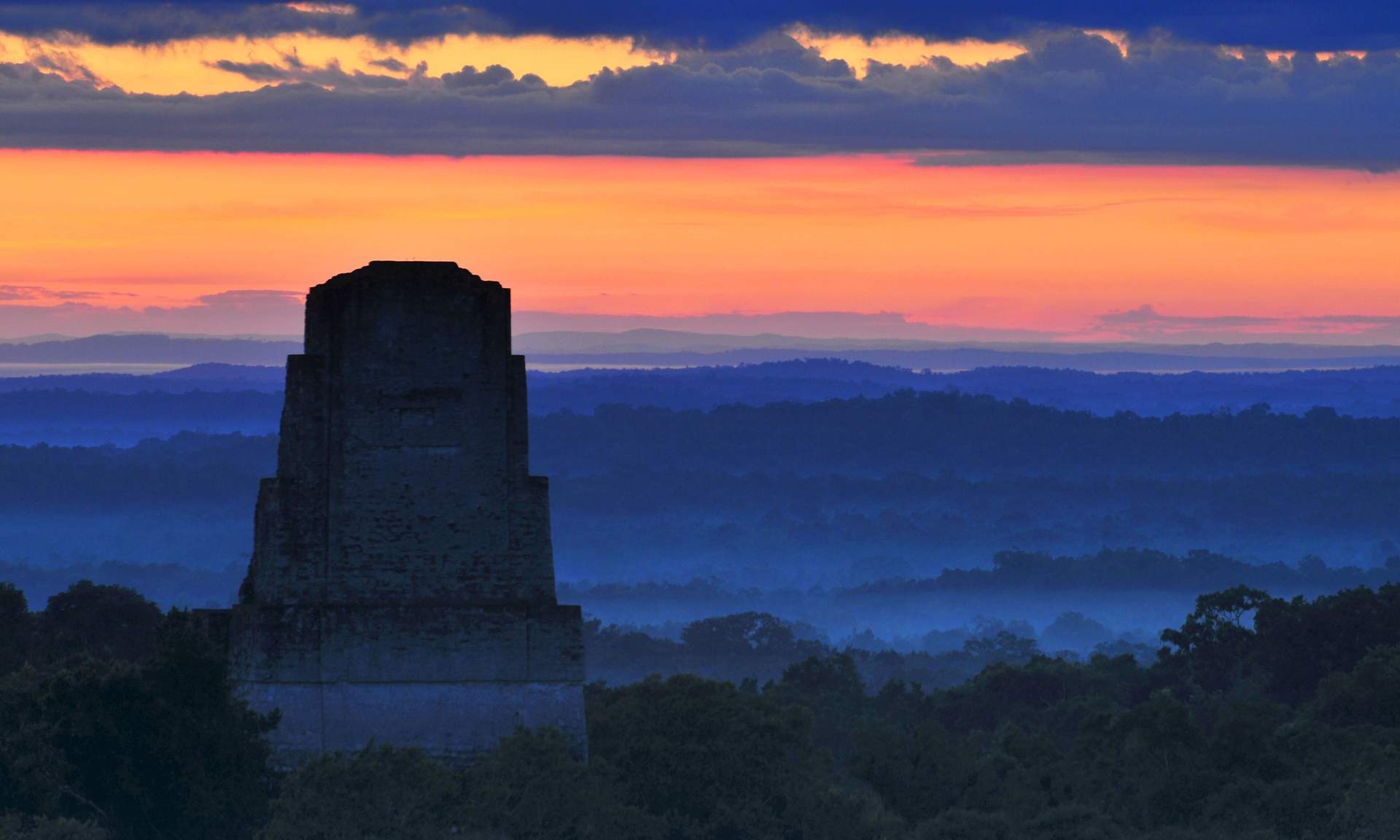
Sunset over Tikal (Shutterstock)
Some memories will never fade… Late afternoon. A path at Tikal in the Guatemalan rainforest. A shimmering-blue butterfly as big as a handkerchief floated out of the shadows into a beam of sunlight. Spider monkeys rustled in the tree canopy.
Looking up, I met their pebble-dark, peering eyes, as curious as a cat’s. The trail brightened ahead – opening onto a grassy square surrounded by towering stepped pyramids. Each was topped with a small platform, and a single cave-dark chamber decorated with an elaborately carved roof comb.
I followed the path behind one of the temples. It climbed steeply up the building’s back – which was covered in an Indiana Jones tangle of roots and vines. I pulled myself over a piece of ancient, tumbled masonry and hauled myself up. By the time I reached the top I was sweating, out of breath and transfixed by the view.
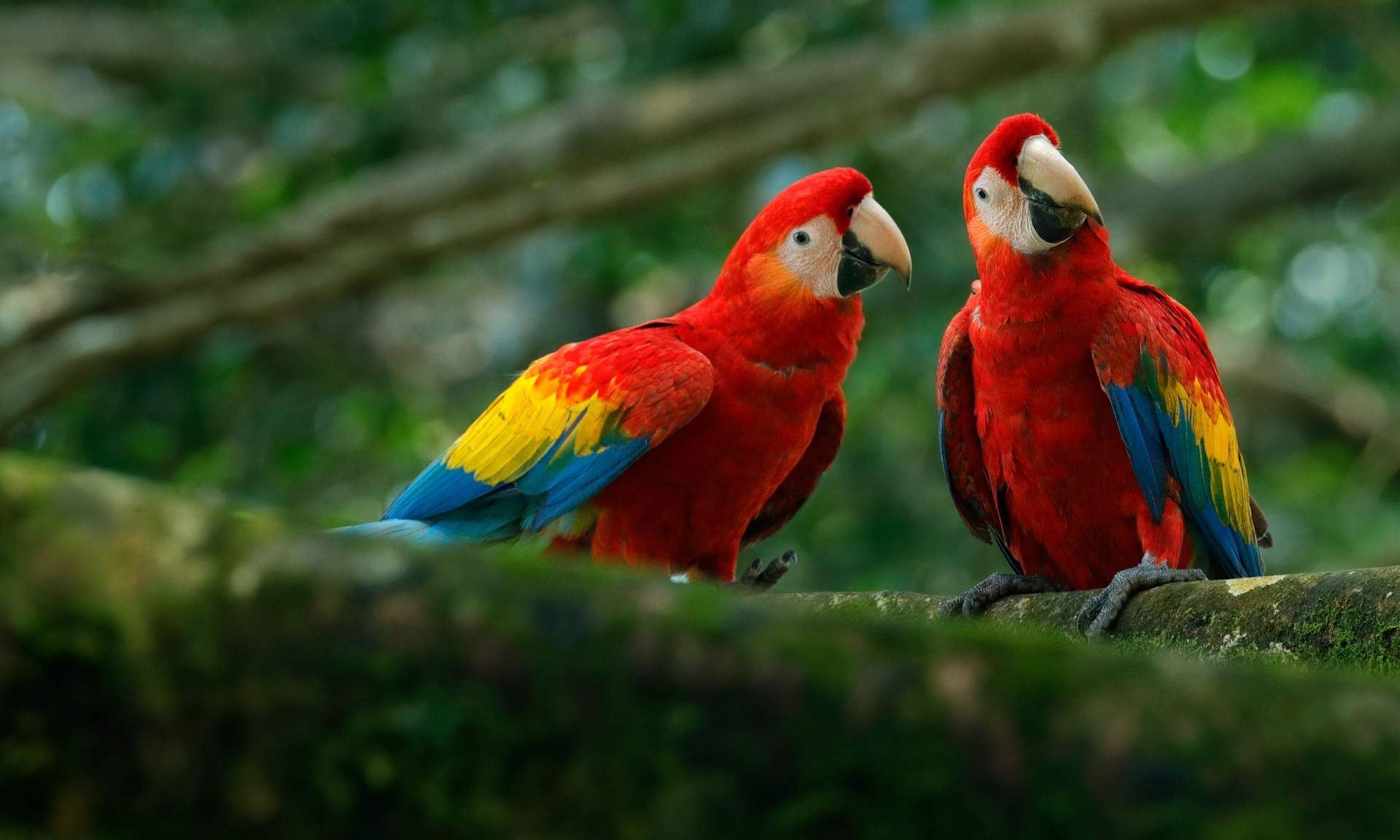
Scarlet macaws in Tikal (Shutterstock)
After the closeness of the forest, all was space and light on the temple top. I was above the canopy. The bright sun was buttery yellow and sinking over endless trees – which stretched green and semi-silhouetted to every horizon. A toucan perched a few feet away on a moss-covered kapok branch. A pair of scarlet macaws cawed and cooed and flew off in a clamour. An eagle soared.
As the sun fell it deepened into orange, then dropped red behind the tree line, leaking colour into the sky. The day thickened into tropical twilight. And a chorus of tree frogs and crickets serenaded a full moon, which rose to the north-east – yellow in a violet sky.
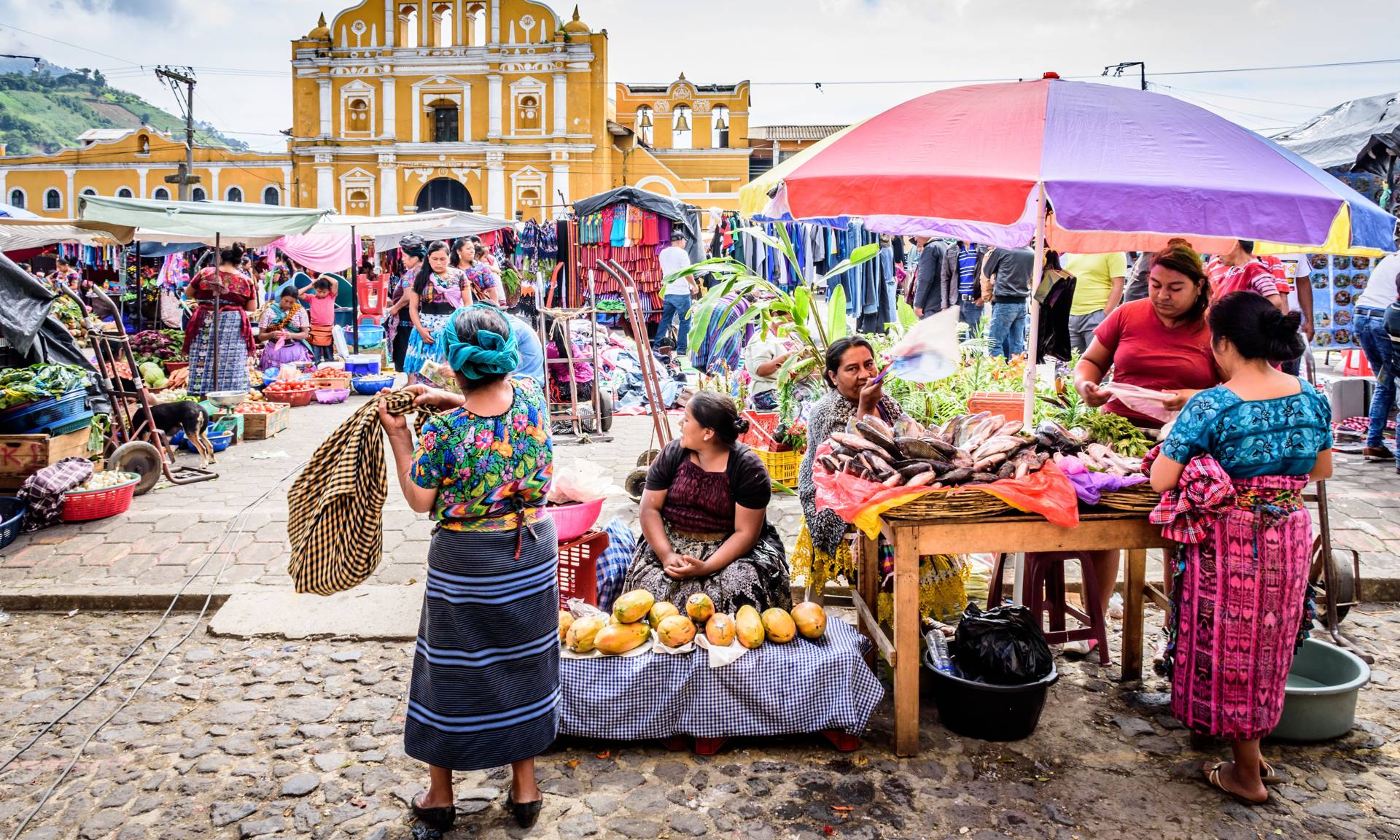
A local market in front of Santa Maria de Jesus, Guatemala (Shutterstock)
Central America floods my mind with memories. Dawn over the smoking volcanoes of central Nicaragua. Iridescent quetzals in Costa Rica’s misty cloud forests. Snorkelling over a stingray and turtle-filled sandy alley, cut like a valley in Belize’s barrier reef. I can hear the bustle of street markets and marimba music.
And smell roasting coffee, mango blossom, the heavy perfume of the rainforest, the copal-scented air in the mystical Mayan mountain temples…. And from far away they draw me back to Central America. Inevitably.
More Latin American trip planners:
South america: the ultimate trip planner, 5 of the best routes through peru, how to plan the perfect trip to chile.

Here’s where you can experience Indigenous culture in El Salvador

Explore the lesser-known museum city of Houston, Texas, USA

13 of the best things to do in the Philippines
Explore more.

Sign up to our newsletter for free with the Wanderlust Club, full of travel inspiration, quizzes, events and more
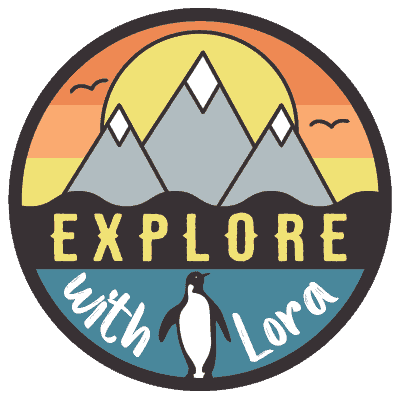
The Ultimate Guide to Backpacking Central America
By: Author Lora Pope
Posted on Published: August 3, 2020 - Last updated: October 11, 2023
This post may contain affiliate links. By clicking and making a purchase through the links, I earn a small commission at no extra cost to you. See my disclaimer for more information. This and display ads allow me to keep the site up to date and give back .
Backpacking Central America is an amazing experience. From diving into the blue hole in Belize to camping by active volcanoes in Guatemala, this region of the world is home to some amazing bucket-list experiences.
Central America was the region of the world that reignited my love for backpacking. I say reignited because it wasn’t the first trip.
I went on my first backpacking trip in Europe like a cliche, then got sucked into the working world and forgot how magical it was until a trip to Costa Rica reminded me of my passion.
I’m obsessed with Central America. While I was working full-time in Canada, I would take short trips there every time I had a moment off work. It’s not that far to travel for a week, and flights are affordable.
When I decided to go backpacking for a year, I started my journey in Guatemala after falling in love while briefly visiting it on another trip. I’ve spent months of my life traveling Central America, so I created this post to share all my favorite places with you.
This Central America travel guide will tell you everything you need to know about backpacking Central America, including the best places to visit, costs, tips on getting around, solo female travel, safety, and more.
Countries to visit in Central America
Mexico is actually part of North America, but as its neighbors with Guatemala and Belize, many backpackers add it to their Central America itinerary.
Flights are pretty cheap to Cancun, Mexico from North America, so oftentimes I would fly here from Toronto, even if I was planning a trip to Belize or Guatemala. It may seem crazy to travel to a country two away from the one you want to go to but hear me out.
From Cancun, you can either take an overnight bus (directly from the airport) to Belize City or you can take the ferry from Chetumal to San Pedro, Belize. Chetumal is very close to Bacalar, which is a beautiful chill place to visit on Mexico’s Yucatan Peninsula.
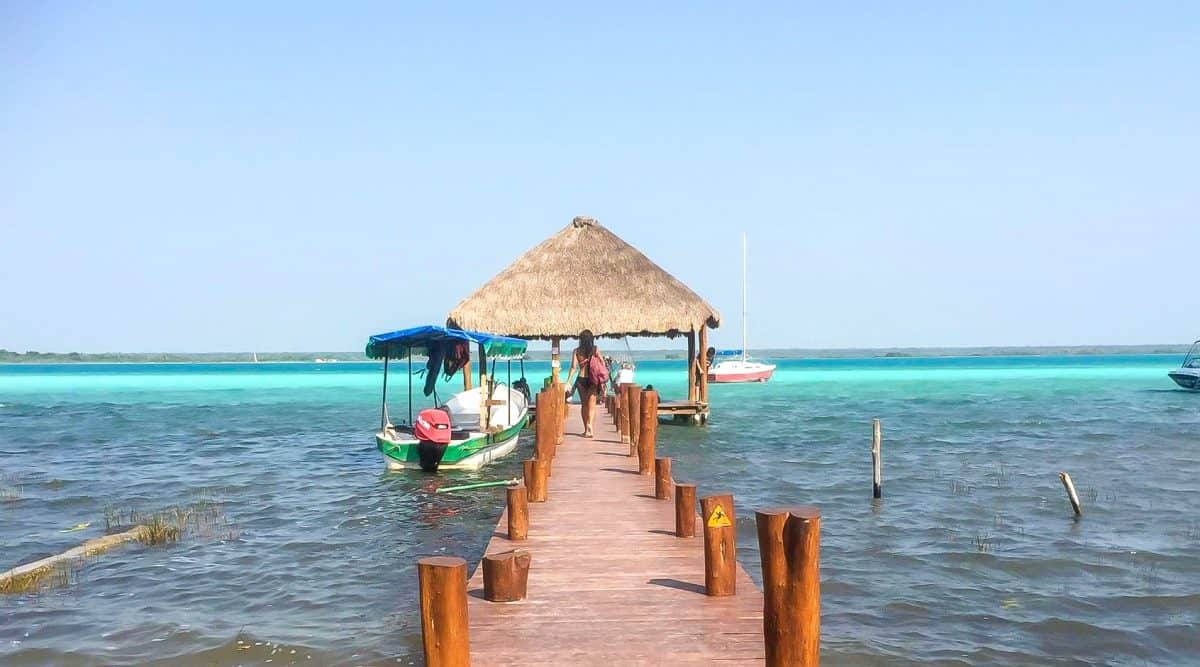
Cancun itself is very touristy, I’m not a big fan of it. It’s a good place if you want to party, but Playa Del Carmen is even better, and it’s just an hour away. It’s easy to get from Cancun to Playa Del Carmen or Tulum via bus!
If you want to chill out, Tulum is an amazing place to visit and just two hours away from Cancun. It’s got beautiful turquoise water, beaches, and Mayan ruins. There are also some wonderful Cenotes nearby you can swim in!
While the east coast of Mexico is beautiful, the rest of the country is worth exploring.
Puerto Vallarta is where I live now. I love it so much that I made an entire website about Puerto Vallarta where you can find all the information you need to plan a trip there!
Beyond that, check out Oaxaca for culture , Guanajuato State for ecotourism , and any of these party cities for a good time.
Belize is such a tropical island paradise , and makes for the perfect place to start your adventure backpacking Central America – especially if you are coming from Mexico! You can either take the bus from Southern Mexico to Belize City or take the ferry from Chetumal to San Pedro in Ambergris Caye, which is a gorgeous island in Belize.
Home to the second-largest barrier reef in the world, Belize is an amazing place to go scuba diving and snorkeling. It was snorkeling here that inspired me to get my diving certification! It’s also home to some impressive Mayan ruins.
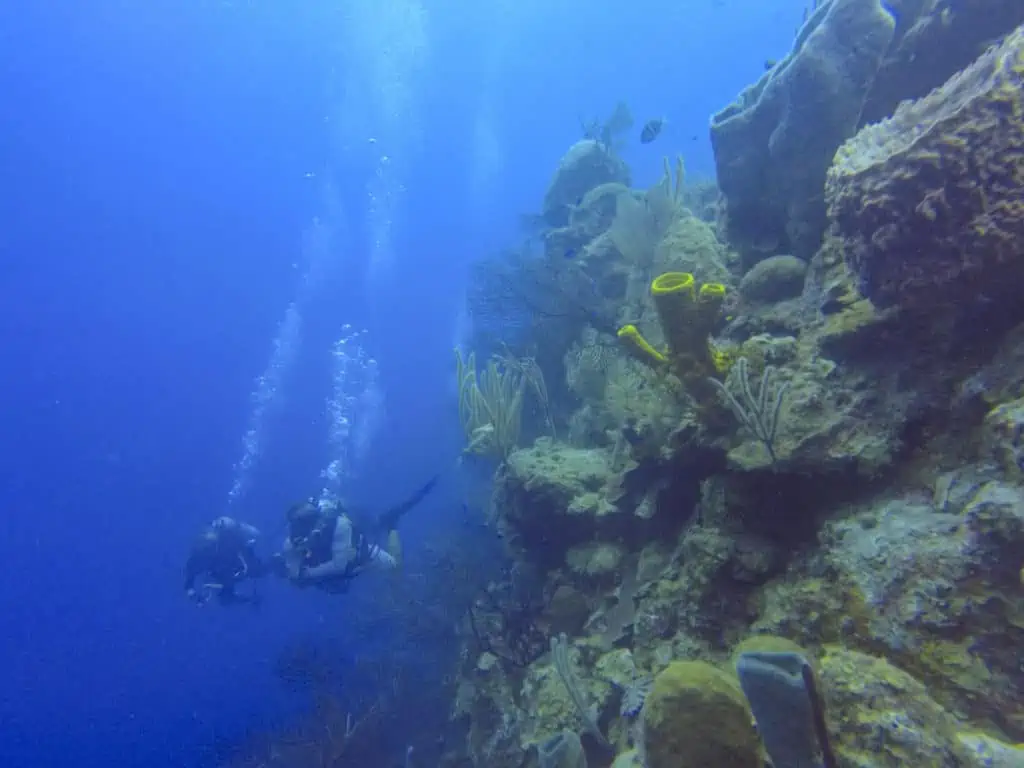
The atmosphere of Belize is different than the rest of Central America due to its Caribbean influence. The flavors of the cuisine here are wonderful, it was my favorite food outside of Mexico.
It’s a relatively easy place to travel as the tourism industry is well established, and the official language is English. On the flip side of that, it’s one of the most expensive countries to travel in Central America.
Best Places to Visit in Belize
There are many beautiful places to add to your Belize Itinerary, but here are some of my favorites:
Caye Caulker & Ambergris Caye – Two gorgeous islands that you can visit via boat from Belize City (there is also a boat from Chetumal Mexico to San Pedro).
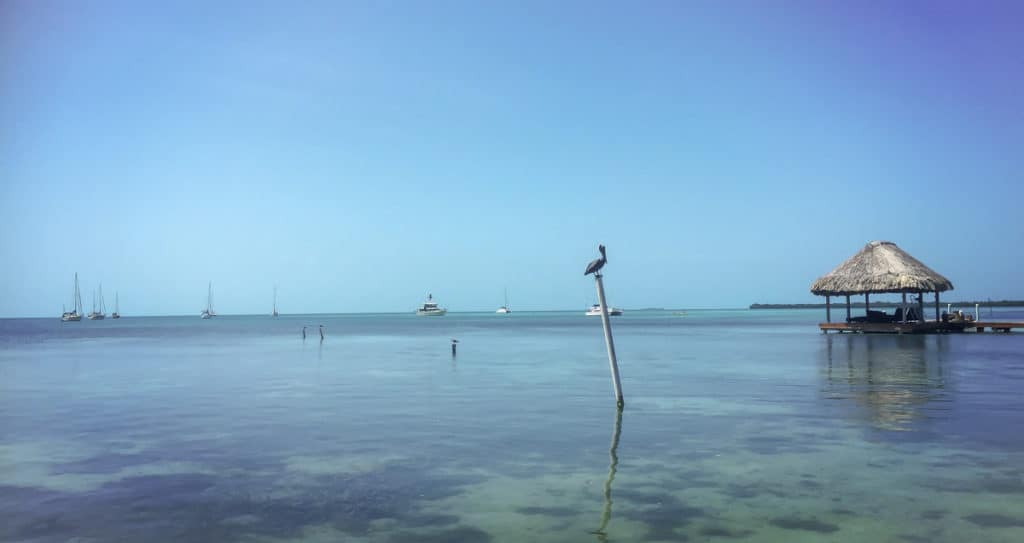
Both islands have a variety of accommodation options, but Ambergris Caye has higher-end resorts. I prefer Caye Caulker, as it’s slightly cheaper and is oriented towards backpackers. The two islands offer similar day tour options for snorkeling and diving. This is where you can go diving in the blue hole!
Placencia – Amazing place to go diving, especially for whale sharks. The best way to get here is via the Raggamuffin Sailing Tour , which leaves from Caye Caulker and ends in Dangriga (just an hour away from Placencia or Hopkins, another town you can visit).
Cayo District (San Ignacio) – Great place in Belize for adventure and history. It’s home to Mayan ruins, caves, wildlife, and rivers for tubing.
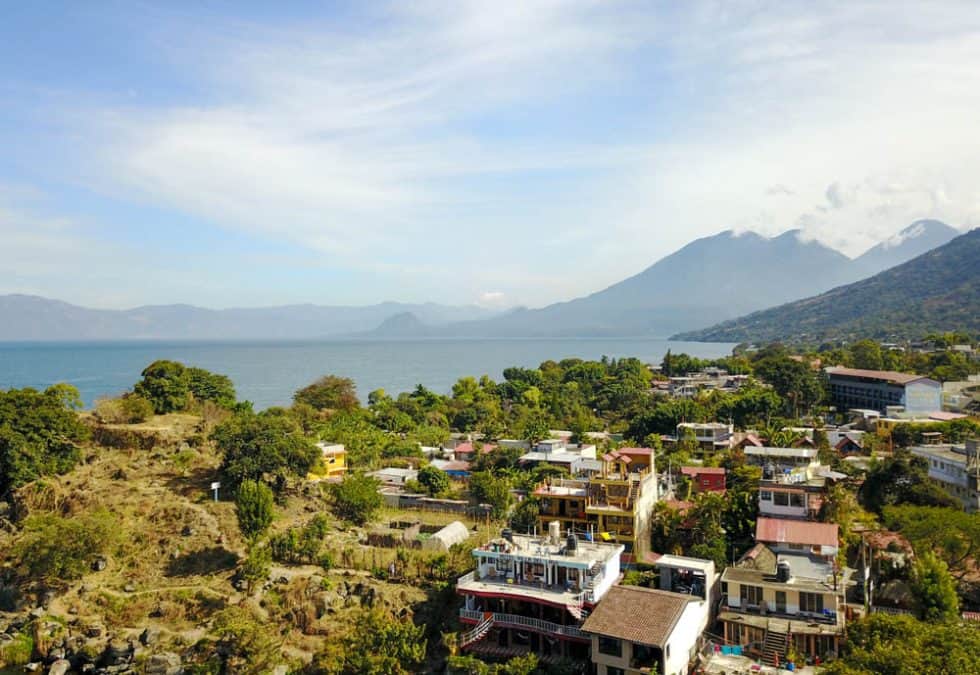
Guatemala is one of my favorite countries in Central America. It’s the perfect place for active adventures, with 37 volcanoes, including several you can go hiking on. It’s also a wonderful place to experience culture in Central America.
Guatemala is also one of the cheapest countries in this region, you can get by on $30 USD per day. It’s also a great place to learn Spanish, with affordable lessons and an easy-to-understand accent.
Knowing some Spanish will make your time backpacking Central America much easier, so this can be a great thing to do at the start of your trip!
Places to Visit in Guatemala
Flores (Tikal) – If you’re coming from Belize to Guatemala, this is a great first stop on your Guatemala Itinerary. The Tikal ruins are some of the most impressive in all of Central America. Go at sunrise for an unforgettable experience; just don’t stay up the whole night before like I did.
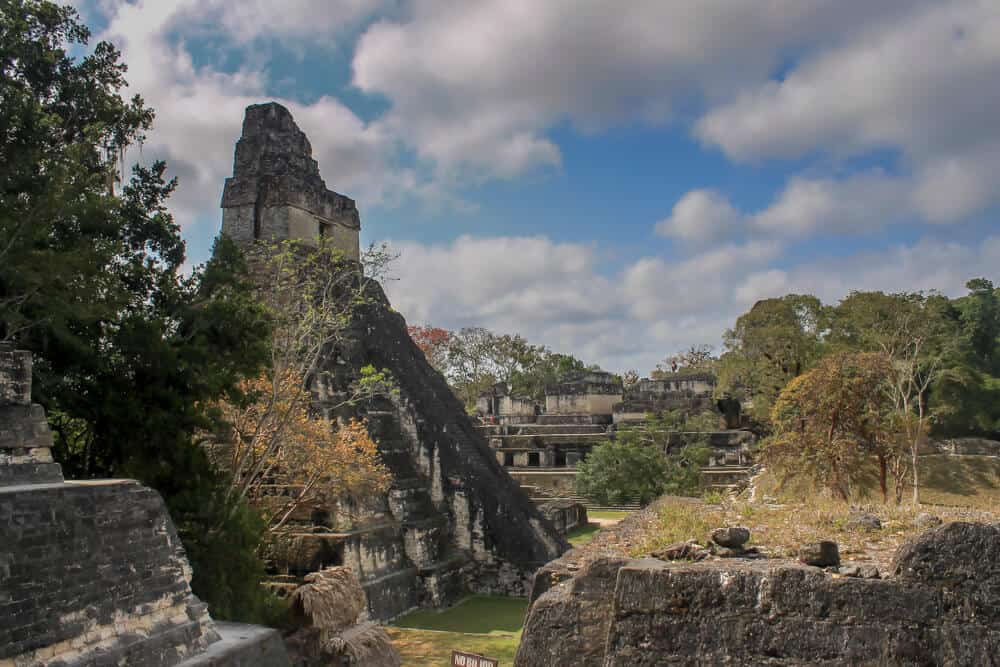
Semuc Champey – A not-so-hidden oasis in the middle of the jungle. No matter where you’re coming from, it’s going to be a long ass journey to get here, but yes, it is worth it.
Antigua – One of the most charming colonial cities in Guatemala. This is a great place to start your itinerary in Guatemala if you’re flying into Guatemala city, as it’s only an hour away.
It’s also home to the Acatenango Volcano hike , which is one of the best adventures in Central America.
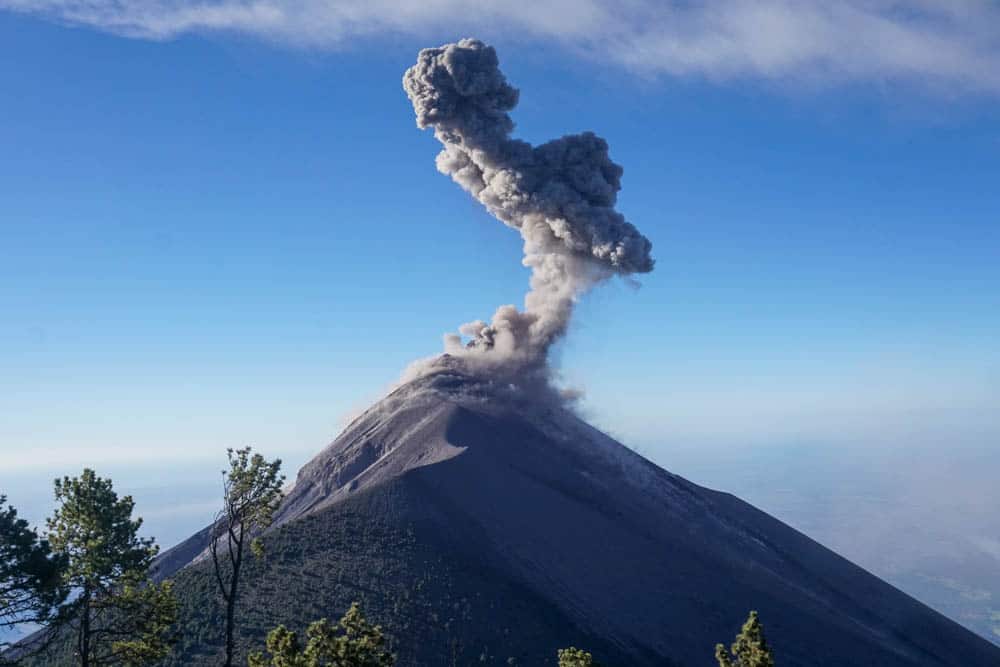
Lake Atitlan – Lake Atitlan is one of the most beautiful places in Guatemala for nature lovers. It’s the perfect place to relax, but if you’re craving more adventure, you can go diving at altitude, hike more volcanoes, or kayak in the volcanic crater.
Xela – a true Guatemalan city with access to Central America’s highest peak. It’s also home to some incredible hot springs to relax in after all that hiking.
Rio Dulce – This is more of an off-the-beaten-path destination but a perfect place for wildlife lovers to come and relax in nature. Plus, it has a hot spring waterfall!
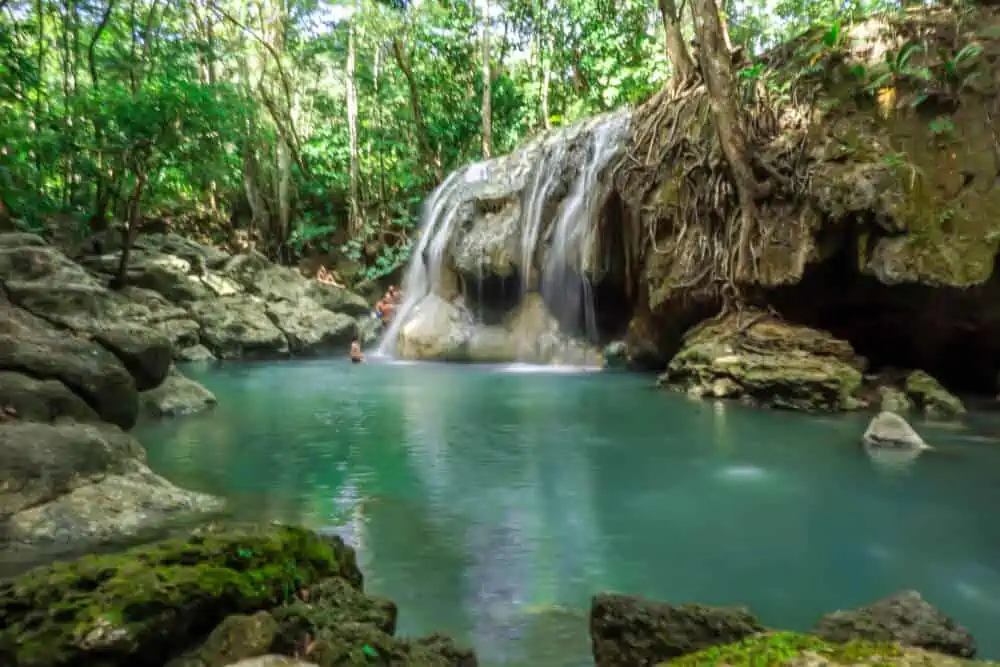
For more inspiration on planning your trip through Guatemala, check out my Guatemala backpacking guide.
If you’re backpacking overland through Central America, you have a choice between El Salvador and Honduras after leaving Guatemala.
Both have a reputation for being dangerous, but there are safe places to visit in either country. I chose Honduras and went straight from Rio Dulce to Utila via a boat from La Ceiba.

Places to visit in Honduras
Bay Islands – One of the safest and most beautiful places to visit in Honduras are the bay islands – Utila and Roatan. I spent a week learning to dive in Utila , which was a highlight of my time in Central America.
Utila is definitely a backpacker island, locals will say there are two things to do here: dive and party. If you’re looking for more luxury and family-friendly options, Roatan may be a better option. To get to either island, you can catch a ferry from La Ceiba.
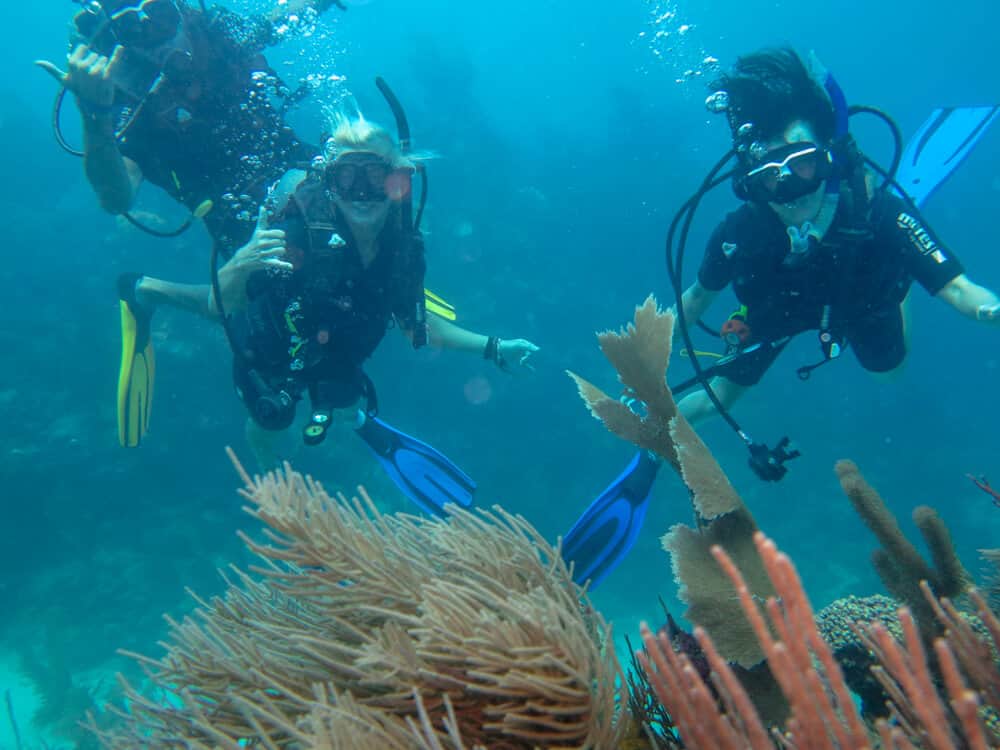
Another great place to add to your backpacking route in Honduras is Copan, which is home to incredible ancient Mayan ruins.
El Salvador
El Salvador is the only country I haven’t had a chance to visit in Central America, so I’ve asked Lara from Both Feet on The Road to share her first-hand experience about backpacking in El Salvador.
The smallest country in Central America is also the least visited one by tourists, El Salvador. When talking about the National Stereotypes of Central America , the standard people say to El Salvadorans is “Where is that?” or “Aah Mexico ”.
Which is a shame, because El Salvador is not the same as Mexico and this tiny country actually has a lot to offer!
An ultimate El Salvador itinerary would take at least 2 weeks (preferably longer) and stops at El Tunco, Ruta de las Flores, Suchitoto, and Santa Ana. Getting around El Salvador can easily be done by public transport (taking the chicken buses).
In fact, traveling around by those local buses is part of the experience that makes El Salvador such a great country to visit.
Best Places to Visit in El Salvador
El Tunco is a small beach village famous for its surfing, relaxed atmosphere and of course a little bit of a party. Though El Salvador is not really renowned for the parties. If you’re looking for a quieter beach town you can check out El Zonte or El Palmarcito or head further down the coast to El Cuco.
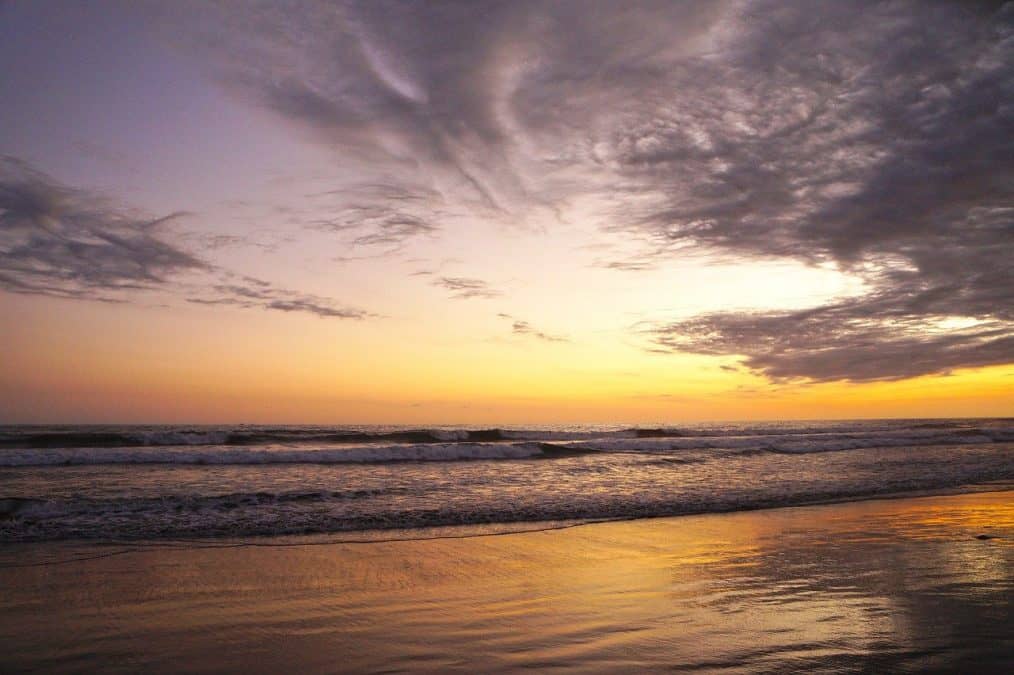
Besides stunning beaches, El Salvador is also a great destination for nature and culture lovers, and the Ruta de las Flores is perfect for people who are interested in both.
Ruta de las Flores is a route of several small villages connected by a road that passes beautiful landscapes of hillsides filled with coffee plantations, green lush, and colorful flowers in bloom. That is if you visit in the right season which is generally from late November to February.
Though even if you do not find the colorful flowers in bloom, the scenery of Ruta de las Flores and the small lively villages are still worth a visit. Check out the beautiful murals, local markets, weekly food festivals, stunning waterfalls, or coffee plantation to fill your days at the Ruta de las Flores. Some of the popular villages are Juayua, Sonsonate, Nahuizalco, Ataco, and Apaneca,.
After the small villages, it is time to head to El Salvador’s second-biggest city, Santa Ana. It’s a nice city to check out the colonial architecture, visit the Cerro Verde National Park with the Santa Ana Volcano.
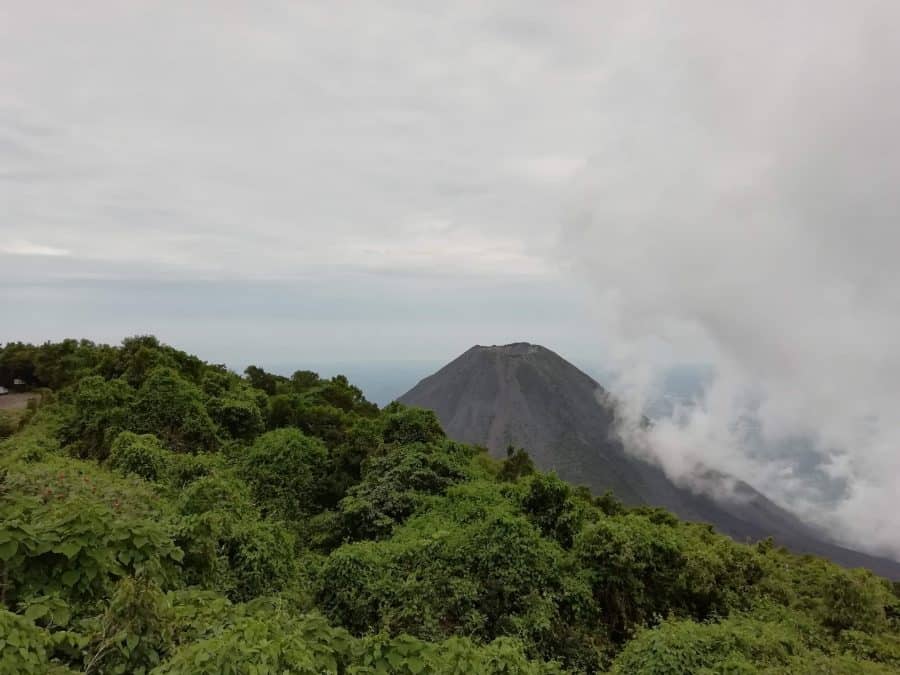
A smaller and lesser-visited town to enjoy the beautiful colonial architecture in El Salvador is Suchitoto. And for those interested in visiting world heritage, a visit to the archaeological site of Joya de Cerén has to be included, as this is the only site in El Salvador listed by UNESCO.
Costs of Traveling El Salvador: Expect to pay around 25-30 USD per day for traveling in El Salvador.
Safety in El Salvador: El Salvador has unfairly gained a reputation for being an unsafe country for travelers. And though I won’t deny that incidents have happened with tourists getting robbed, if you use your common sense, make sure you are well-informed about which areas to visit with a guide or police escort, you will be just as safe (or unsafe) in El Salvador as you would in other Central American countries.
Everyone always says Nicaragua is their favorite country in Central, and while I enjoyed it, it wasn’t mine. That said, Nicaragua is one of the cheaper countries to visit in Central America and has beautiful beaches, volcanoes, islands, and epic parties.
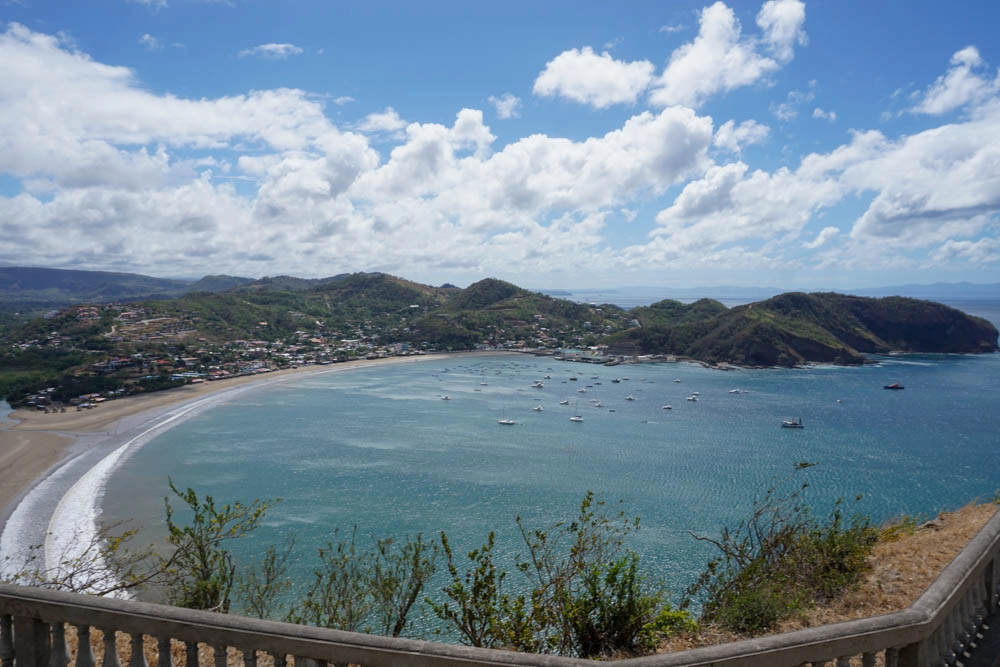
Places to visit in Nicaragua
Leon – If you’re coming from El Salvador or Honduras, Leon will likely be your first stop on your Nicaragua itinerary. It’s a colonial town that can appear rough on the surface but has its own charm. Leon is home to the volcano boarding, which is the only place in the world you can do this.
Grenada – Another gorgeous colonial town in Nicaragua
Corn Island – two remote islands on the Caribbean coast of Nicaragua, that are a dream for diving. I didn’t make it here and regret not going. They are out of the way, and most people fly here.
Ometepe Island – My favorite place in Nicaragua is Ometepe Island. This beautiful tropical island is home to two volcanoes which you can go trekking on (go with a guide, as it is not safe on your own). There is also a beautiful waterfall you can visit here, farm animals everywhere, and amazing sunsets.
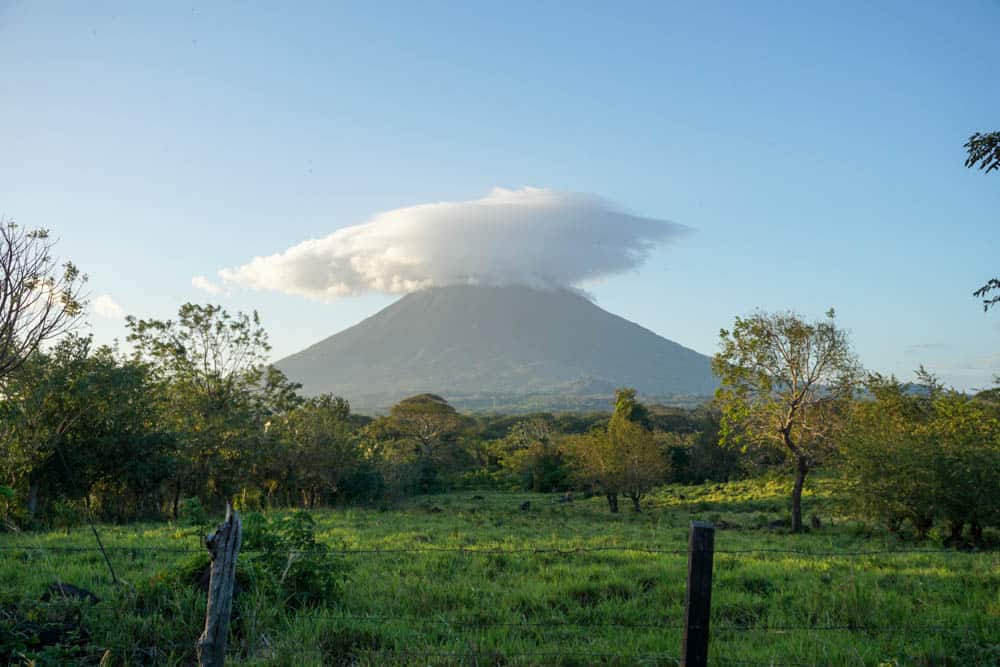
San Juan Del Sur – A surf town that’s home to Sunday Funday , Central America’s biggest pool party.
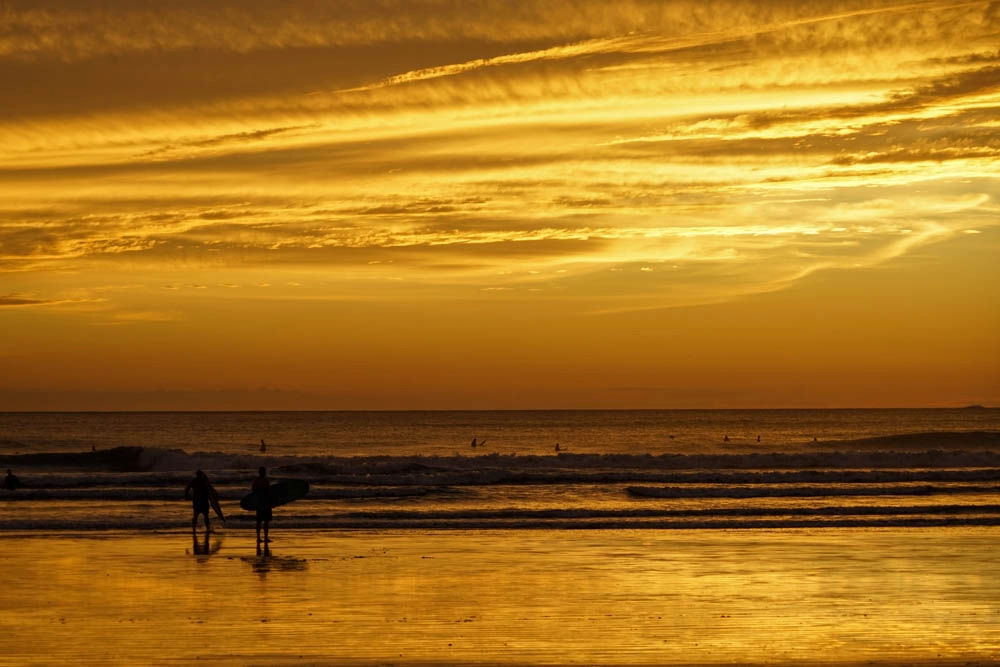
While pricier than its neighboring countries, Costa Rica is still one of my favorite countries to visit in Central America. I’ve come back four times, and I always discover new amazing places.
It’s an ideal destination if you love wildlife, as over 25% of the country is protected land. There are so many amazing national parks here! It’s also a hub for adventure travel, with plenty of zip lines, hiking trails, diving sites, rafting, and more.
Places to visit in Costa Rica
Coming from Nicaragua, you’ll be close to Liberia, where there is also an international airport. There isn’t that much to do in Liberia, so I would continue on to the Pacific Coast for beaches or head up to La Fortuna/Monteverde for adventure.
Likewise, if you’re flying into the capital city San Jose, I would continue on as there are much nicer places to be.
Tamarindo isn’t the nicest beach on Costa Rica’s Pacific Coast , but it’s a popular spot for backpackers given its lively nightlife and proximity to the airport. It’s also home to several music festivals with the recent addition of the BPM music festival .
Nosara – Very chill beach town further down the Pacific Coast (although not particularly easy to get to given the horrible road conditions). It’s a great place for Surf/Yoga.
Santa Teresa – a very chill beach town on the Nicoya Peninsula
Manuel Antonio – Home to the countries most popular national park, Manuel Antonio National Park. It’s probably one of the most touristy places in Costa Rica, but it is worth visiting.
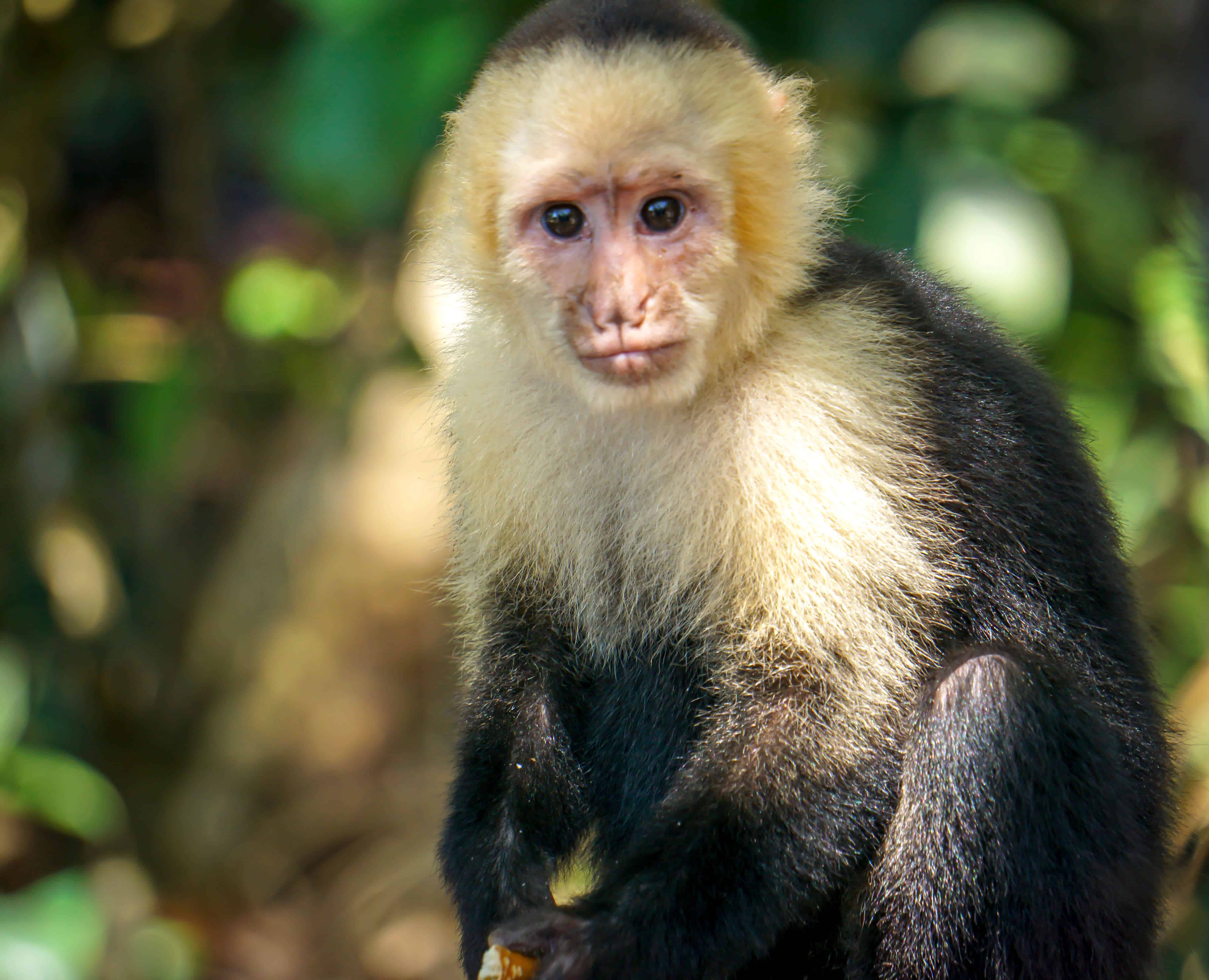
Uvita – My new favorite place in Costa Rica. Amazing opportunities for wildlife here, including whale watching and the best diving in Costa Rica at Cano Island .
La Fortuna – Great place for adventure in Costa Rica. You can go hiking on volcanoes, zip-lining, waterfall canyoning, and relax in hot springs to soothe your muscles afterward. It’s also nearby to Rio Celeste, which is one of the most beautiful waterfalls in Costa Rica.
Monteverde – A beautiful Cloud forest reserve set in the mountains of Costa Rica. Perfect place for hiking, horseback riding, and bird watching. Bring a sweater here, it gets chilly at night!
Puerto Viejo – The Caribbean Coast is a completely different side of Costa Rica.
For more inspiration on backpacking Costa Rica, check out my ultimate guide.
Panama is a wonderful country to end your time in Central America. It’s got beautiful beaches for surfing, amazing remote islands to visit, lush jungles and cloud forests to go hiking, and a vibrant capital city for all your shopping needs.
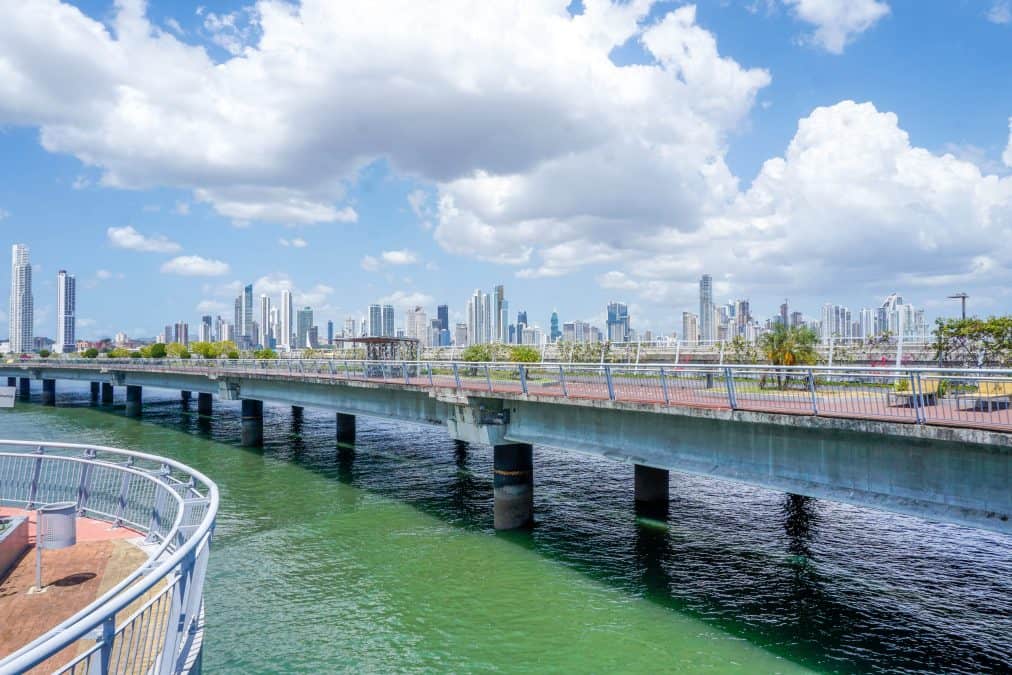
Places to visit in Panama
Bocas Del Toro – After crossing the Panama-Costa Rica Border, Bocas Del Toro is a logical next stop. It’s a gorgeous island where you can go surfing, snorkeling, ATVing through the jungle, and much more.
Boquete – a beautiful town set in the highlands of Panama, where delicious coffee is made. You can stay in a super cool castle hostel and hike to lost waterfalls.
Panama City – Unlike most Central American country capitals, Panama City is one actually worth spending some time in. It’s got so many fun things to do, from visiting the famous Panama Canal, nightlife, shopping, or just admiring the city’s skyscrapers.
San Blas Islands – incredible islands you can visit between Panama and Colombia in the middle of the Caribbean Sea. There are over 365 islands, few inhabited. It’s the best way to travel between Central and South America, but you can also do a return trip from Panama City if you’re not going to Colombia.
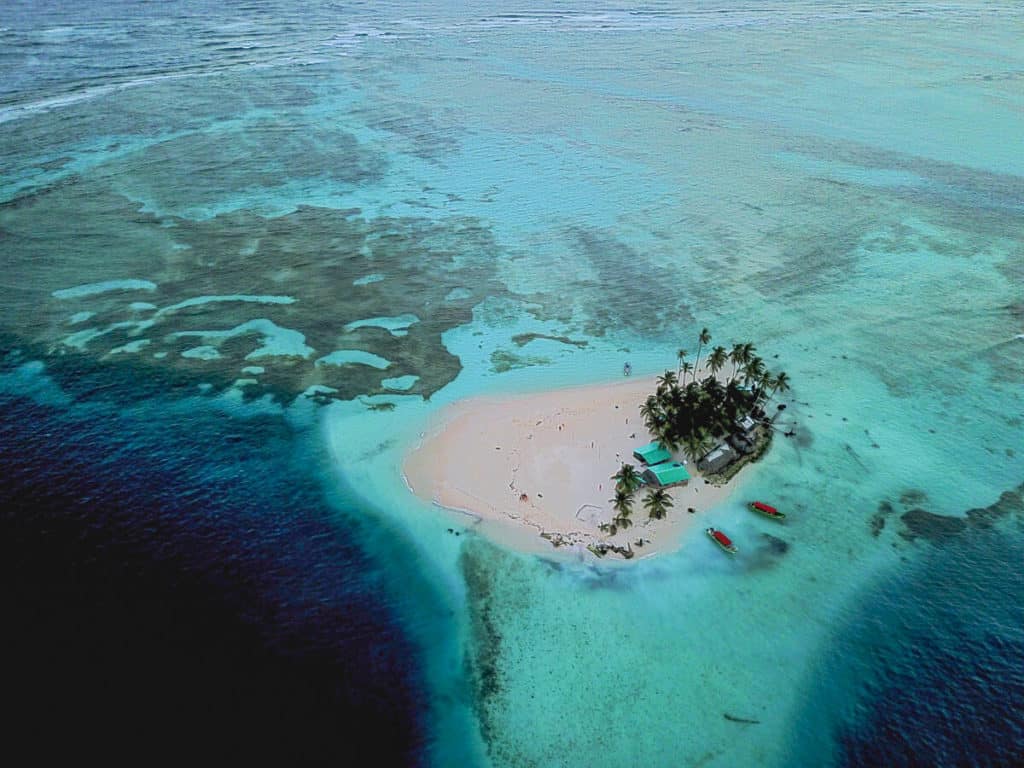
How long should you spend in Central America?
To see all of Central America, you’re going to want to have at least two months . And that would be rushing it.
If you’re volunteering or sticking around to learn Spanish in one place, you could easily extend your trip for months or even a year. I met backpackers who had been living in Guatemala for months just studying Spanish!
The amount of time to spend traveling to Central America depends on the pace you want to go. I’m a fast traveler and would still want at least two months if I was going to backpack Central America for the first time.
On one trip I did in Central America, I backpacked from Antigua, Guatemala to Colombia in six weeks but I had already been to Belize, Panama, and Costa Rica previously, so I didn’t mind skipping over some places.
Central America Backpacking Routes / Central America Itineraries
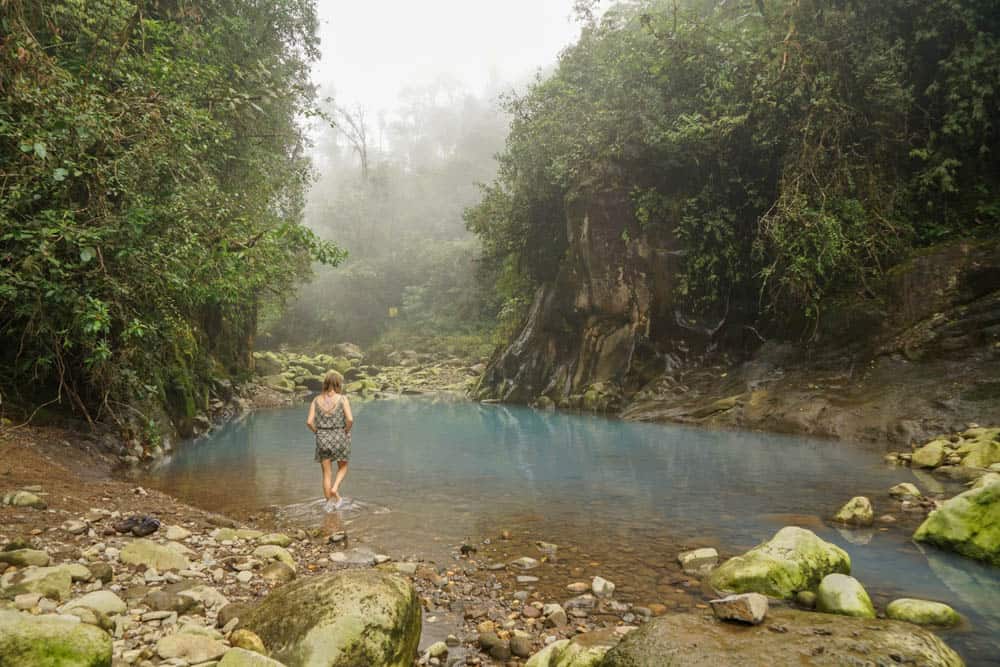
There’s a pretty established backpacking route through Central America. The big decision you’ll have to make is whether you are going to be traveling North or South. If you plan to go to South America, it makes sense to start at the top in Mexico or Belize and then make your way down.
When I backpacked across Central to South America, I started in Antigua, Guatemala, spent two weeks backpacking Guatemala , then crossed the border to Honduras near Rio Dulce.
I spent a week learning to dive in Utila, then met my friend in Leon, Nicaragua, where we went backpacking Nicaragua for one week.
From San Juan Del Sur, I crossed the border into Liberia, Costa Rica and spent another two weeks backpacking Costa Rica with two Swedish girls I met in Honduras.
crossed the border on the Caribbean Coast of Costa Rica into Panama, spent a week backpacking Panama , and then went to Colombia via the San Blas Islands.
The way Central America is shaped makes it a pretty straightforward itinerary. The only time you’ll have to choose between countries is when leaving Guatemala, as you can go via El Salvador or Honduras. I went through Honduras, which is why I haven’t gotten the chance to experience El Salvador yet.
You don’t need to book everything in advance for your trip, nor do I recommend it. You’re going to meet people, and your plans are going to change.
For my big backpacking trip through Central America, I only booked my first two nights in the hostel in Antigua and had no trouble booking everything else as I traveled.
Getting around Central America
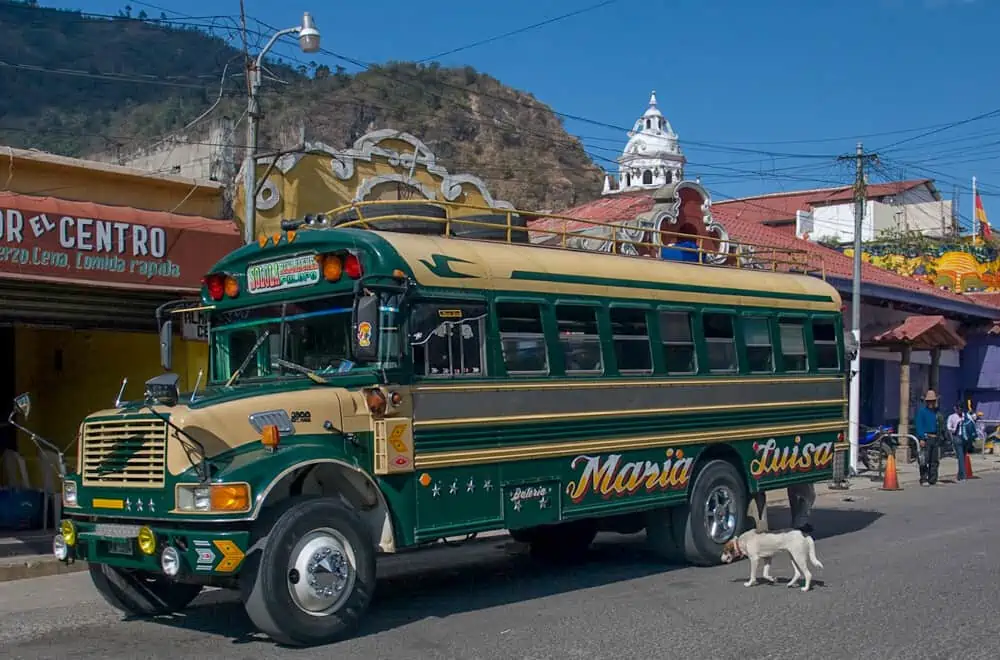
The backpacker trail is well established in Central America, and you won’t have any trouble getting around via busses.
If you’re on a shoestring budget, the best bet is chicken busses, which are retrofitted school busses used to transport locals and goods. They usually only cost a couple of dollars for hours of travel but can be hot and crowded.
I took a few chicken busses while traveling in Central America but mostly used tourist shuttles. These are still relatively affordable, with the exception of Costa Rica, where I found them to be quite costly. I actually think renting a car (especially if you have friends to split it with) is the best way to get around Costa Rica.
You can always fly between cities in Central America, but I believe overland travel is the best way to get around this region. It’s a relatively small section of the world, so none of the distances you will be traveling are that far apart, making for short bus journeys. Many places are also only accessible by bus.
Crossing the borders between Central American countries is relatively easy. I’ve crossed between every country in Central America and have never run into any issues. Expect to spend an hour or two crossing the border. Many countries have an exit or entrance fee, but it’s not more than $5-10 USD.
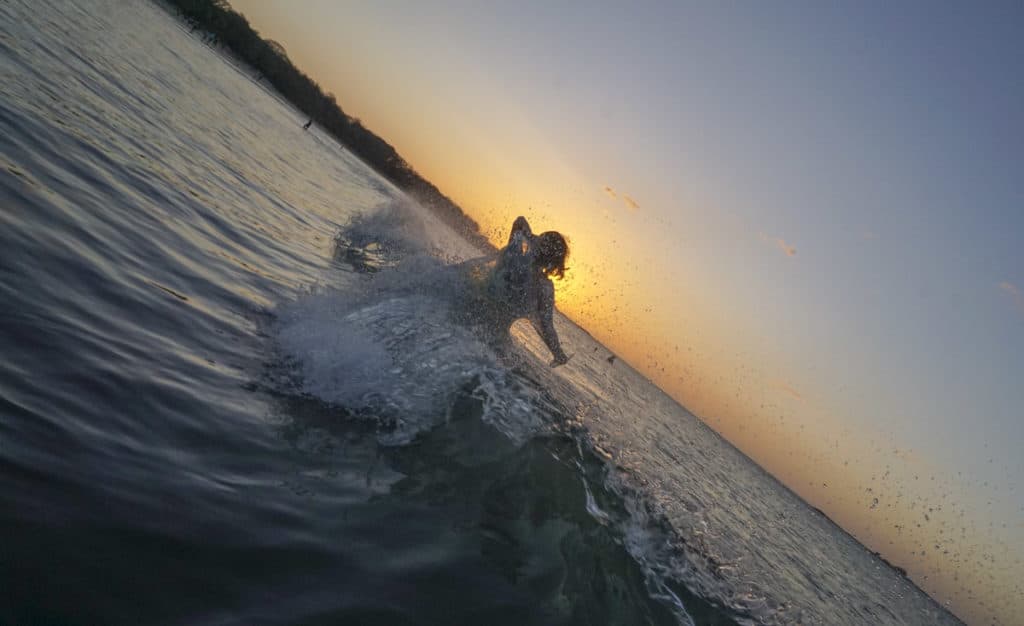
Visas for Central America
For many nationalities, including Canadians, Americans, and Europeans, Visas are not required for stays up to 90 days.
Guatemala, El Salvador, Honduras, and Nicaragua have an agreement in place that allows you to travel freely between the four countries for 90 days.
Belize, Panama, and Costa are separate from this but also allow visitors from those nationalities to stay for 90 days without a visa. This makes it very easy to stay backpacking Central America for months without worrying about needing a visa.
Costs of Backpacking Central America
Central America is a relatively cheap region of the world to go backpacking in, but the costs do vary between countries. Costa Rica, Panama, and Belize are the most expensive, while the rest are very affordable. You can get by on 30 USD per day in Guatemala, Nicaragua, El Salvador, and Honduras but for Costa Rica, Panama, and Belize I’d budget at least 50 USD/per day.
A good way to make your money stretch in Central America is to volunteer or work somewhere for a while. You can check on Worldpackers for opportunities. You may also just come across opportunities while traveling. I’ve been offered jobs in hostels here in exchange for room and board.
Best Time to Visit Central America
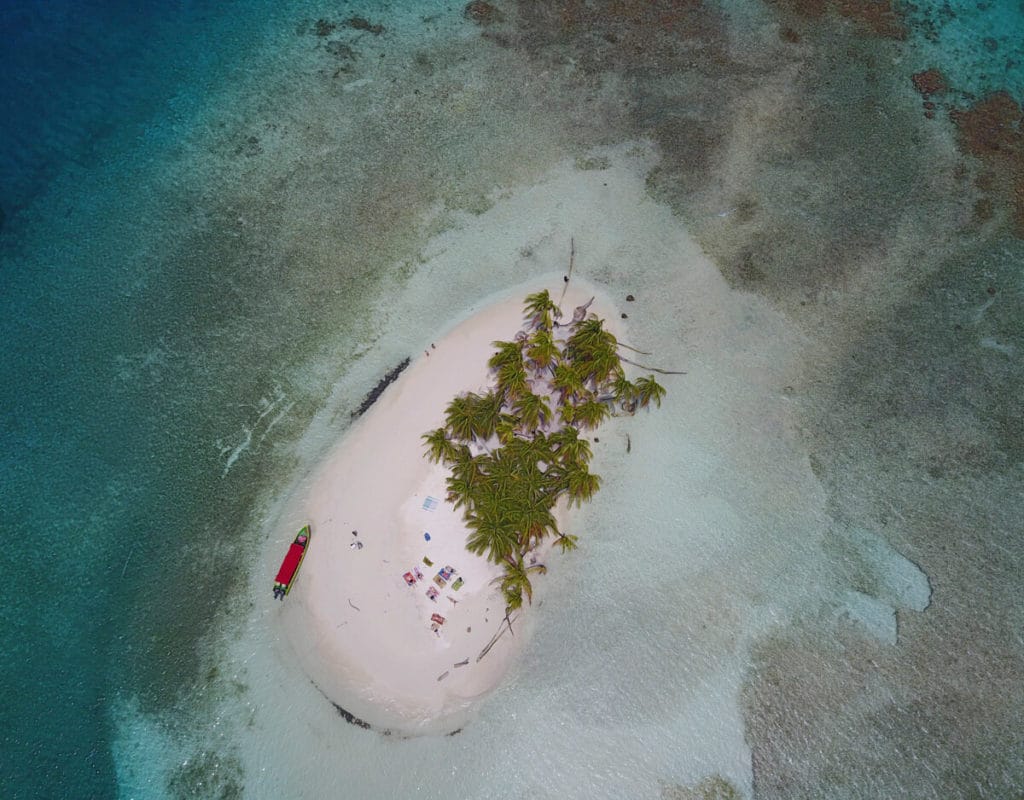
As a whole, the best time to visit Central America is during the dry season from November to April. That said, the country is open year-round, and if you don’t mind a bit of rain, you’ll be rewarded with cheaper prices and fewer crowds.
I visited in May, and in my experience, it usually just pours for an hour in the morning, and then it’s sunny all day. If you’re a surfer, the best time to visit El Salvador is during the wet season, as this is when the waves are at their best!
Safety & Solo Travel in Central America
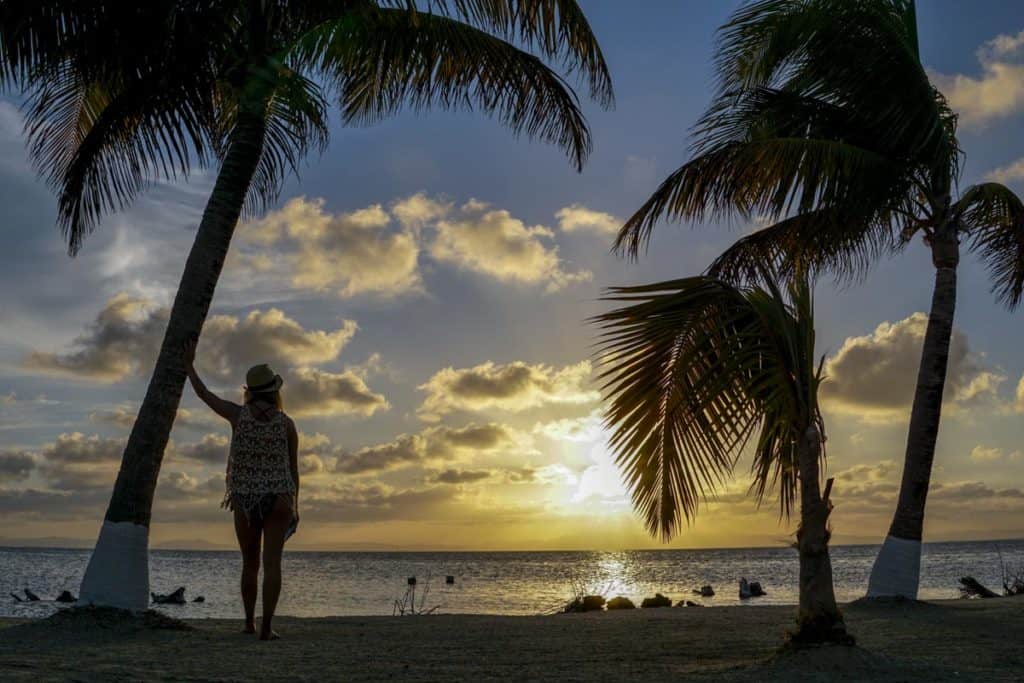
Is Central America Safe? Even as a solo female traveler, I still felt safe backpacking through Central America. Most crime happens at night, so avoid going out by yourself during the night (I never did).
The crime also tends to be concentrated in the capital cities, which is why I never spent much time in any of them aside from Panama City.
Most of the popular backpacker spots are small towns, and the locals tend to be quite friendly as tourism plays an important role in their economies. During all the months I spent backpacking Central America, I never had anything bad happen to me, nor did I meet anyone who did.
The most common form of crime here is petty theft, such as bag snatching and pickpockets. A great way to avoid this from happening is by using pickpocket-proof garments, which ensure thieves don’t know you’re carrying valuables.
I love Clever travel companion for this. They make pick-pocket proof gear for both men and women – everything from underwear to dresses!
Another way to stay safe is to lock up your belongings when you get to your hostel or hotel. I do bring my camera out with me when I’m walking around during the day, as I need to take photos.
I strongly recommend getting travel insurance for both yourself and your belongings if you are going to be backpacking Central America. I use and love SafetyWing travel insurance.
Do you want to travel Central America yet? I hope this post could give you some inspiration! It really is an amazing region of the world, and so affordable to visit if you’re coming from North America.
Enjoyed this post? Pin it for later!

Lora is a full-time digital nomad on a quest to visit every country in the world and pet as many dogs as she can along the way. Over the last 15 years, she has traveled to 70+ countries and six continents solo. She currently calls Puerto Vallarta, Mexico home and enjoys ending each day with sunset and tacos on the beach.
Leave a comment Cancel reply
Your email address will not be published. Required fields are marked *
Hi Lora, Thank you for the great read! Myself and a friend are planning a backpacking trip for Dec. this year. Greg will be going for three months, myself for six. I am from Ingersoll, Ont. and Greg is from Stratford, Ont. Both in our mid 50’s. This will not be my first backpacking adventure as I spent a year in Europe many, many years ago before marriage, kids and far too many hours working. Starting in Cancun, three months will take us to Costa Rica/Panama where Greg will head back to Canada. I will go on to South America. I am thinking of west first through Peru, Equator, Bolivia, northern Chile, then crossing over to Argentina. My gut tells me to skip Venezuela, but not sure how to get around it. Walt
Hi Walt! I haven’t been to Venezuela myself and have heard that it can be quite dangerous with the current situation so if you do go I would recommend looking into getting a reputable guide. You don’t need to go through Venezuela to visit all those other countries – I went from Argentina to Chile, Bolivia, Peru, Colombia and then to Equator all by land.

Anna Sherchand
Solo Female Travel Blog
One Month In Central America Itinerary
Sharing is caring!
If you’re an adventure seeker looking for a thrilling backpacking experience, Central America is the perfect destination for you. With its stunning natural beauty, diverse cultures, and fascinating history, this region is a backpacker’s paradise. But with so many incredible countries to explore, planning one month in Central America itinerary can be overwhelming.
That’s why I’m here to help. In this blog, I’ll share my recent personal experiences and tips for backpacking in Central America. I’ll guide you through how to visit all 7 Central American countries in one month, things to do, where to stay, and the safest ways to travel. So, whether you’re a solo traveler or exploring with friends, get ready for an unforgettable adventure as I take you on a journey through the heart of Central America!
I completed this trip recently for 4 weeks and was able to see and do everything I wanted in all of these 7 countries.
Some might say it’s not enough time blah blah. The reality is yeah I would like to spend at least a month in every country I visit and which I have in the past sometimes even up to 6 months but this time, I was time-poor. And when you don’t have enough time you have to be strategic in terms of what exactly you want to see in each country so you can fit that into your itinerary. After you visit 50+ countries places start to seem a little the same, so on this one-month central America itinerary, I wanted to see something specific, something particular in each of these 7 countries. Also, there are and will be more videos and pictures on the Instagram highlights if you are interested.
Btw I did land and water crossing between the borders independently and used the shuttle service twice (more details coming down below) but you could probably save more time by flying between countries.
- Backpacking one month in Central America itinerary
1. Guatemala (9 Days 9 Nights)
Which hostels to stay in, solo female travel safety tips, where to eat/drink, highlights in antigua, acatenango trek, ii. lake atitlan, where to stay in lake atitlan, where to eat in san pedro, lake atitlan, how to go from antigua to lake atitlan , highlights from lake atitlan, iii. rio dulce, where to stay and eat in rio dulce, how to go from lake atitlan to rio dulce, things to do in rio dulce:, iv. livingston , where to stay in livingston, where to eat in livingston, how to get from rio dulce to livingston, things to do in livingston, 2. belize (2 days 1 night), how to go from livingston to punta gorda, belize, where to eat, things to do in punta gorda, 3. honduras (3 days 2 nights), how to go from punta gorda, belize to copan ruins, honduras, here’s how you can get to copan ruins from puerto barrios, is honduras safe for solo travellers, what to eat, local customs and traditions:, highlights in honduras , 1. copan ruins, 3. the bay islands – roatan island, 4. utila island, 5. la ceiba, 4. el salvador (3 days, 2 nights), how to go from copan ruins, honduras to san salvador, el salvador, 1. get on a bus to santa rosa de copan (3.5 hours), 2. take another bus from santa rosa de copan to ocotepeque (2.5 hours), 3. taxi drive to the border (7 minutes), 4. immigrations: stamp out/ stamp in (40 minutes) , 5. walk to the terminal de buses 119: (10 minutes), 6. take chicken bus #119 to san salvador: (3 hours), 7. arrive at a gas station called gasolinera puma near terminal de oriente bus station, cost of this independent border crossing: , how long did it take me to get from honduras to el salvador, is el salvador safe for solo travelers, which hostels to stay in el salvador, what and where to eat in san salvador, highlights in san salvador , day trips from san salvador, el tunco beach, 5. nicaragua (7 days 7 nights), how to go from el tunco, el salvador to leon, nicaragua, boat from el tunco to la union:, border crossing via land from el sunzal to leon, nicaragua, is nicaragua safe for solo female travellers, which hostels to stay in leon, granada, and ometepe, how to go from leon to granada to omtepe, food and drink to try in nicaragua and where, highlights in leon, highlights in granada, highlights in ometepe, 6. costa rica (3 days 3 nights), how to go from granada, nicaragua to san jose, costa rica, is costa rica safe for solo travellers, which hostels to book in san jose, highlights in san jose, which hostels to book in puerto viejo, highlights in puerto viejo, recommend food/drink in costa rica, 7. panama (4 days and 5 nights), how to go from puerto viejo, costa rica to bocas del toro, panama, is panama safe for solo travellers, what and where to eat in panama, which hostels to stay in bocas del toro, panama, highlights in bocas del toro, panama , which hostels to stay in in anton valley, panama, highlights in anton valley, panama , the la india dormida trail, cerro la silla – la pita trail, los cajones de chame trail, cerro cara iguana trail, chorro el macho – la piedra pintada – agua buena trail, visit the anton valley butterfly haven, soak in the hot springs, el nispero zoo and botanical garden, which hostels to stay in in panama city, highlights in panama city.
- Let me know in the comments:
For accommodation, I recommend using booking.com and sorting with price, then consider the ones with highest reviews plus within 1km of center/old town. Below I have researched and linked the best ones with this filter (at the time of writing) For tours, I recommend using get your guide and walking tours available in most places
Here’s my Central America travel route

It may come as a shocker to you as I spent a total of 9 nights in the first country itself (2 nights in Antigua, 1-night camping and 3 nights in Lake Atitan, 1 night in Rio Dulce, and 2 in Livingston) It was because I couldn’t cross the border from Livingston to Belize on 1st January as boats were not running that day and I also enjoyed the vibe in San Pedro Lake Atitlan so I extended a couple of nights there. I ramped up the itinerary after this country though and still managed to visit all the countries in Central America.
Landcross or via air, when you arrive in Guatemala suggest heading straight to Antigua. ( If you land in Guatemala at night, use Uber or stay a night in the city but not much to do there). So as you exit the baggage section there are many little shops selling shuttles to Antigua for $15 USD pp (at the time of writing) Wait a bit to form a group of 3-4 people and you are good to go. I was excited about climbing an active volcano? so as soon as I arrived in Antigua, I booked an overnight Acatenango trek for the next day!
I recommend Central Hostel , Hostal Antigüeño , Selina Hostel , or Meson La Esperanza if you really need to save money but it is 15 mins walk from the center. After checking in I walked to the supermarket to buy a sim card called Claro. They had a deal going 7 GB for 50 Quetzal (currency in Guatemala). Now that I had the Internet I went to spend half a day exploring Antigua, had lunch, and then later went to the supermarket again to buy some protein-rich snacks and chocolate for the hike tomorrow and dinner.
For all the safety tips read this blog below –
Some popular Guatemalan dishes to try include pepian (a thick stew made with chicken or beef), rellenitos (a sweet plantain stuffed with black beans and chocolate), and tamales (a steamed corn dough filled with meat, vegetables, or cheese).
When I travel I like to try local food so I rarely cook. I recommend Rincon restaurant in Antigua for local food. This place gets super busy so go early. Other ones would be Restaurante Fridas, Café Sky, and Charleston for drinks.
Below are some things to see and highlight in Antigua, Guatemala which you can do on the first day and when you return from the hike. They are all within walking distance from each other so won’t take long.
- Antigua Guatemala Cathedral: This impressive cathedral was built in the 16th century and is a must-see attraction in Antigua. It has impressive baroque architecture and its ruins give it an air of mystery.
- Cerro de la Cruz: This viewpoint is located on a hill overlooking the city of Antigua. From there, you can enjoy a stunning panoramic view of the city and the surrounding mountains.
- Antigua Market: This is a bustling market that offers everything from traditional handicrafts to fresh produce. It’s a great place to experience the local culture and pick up some souvenirs.
- Santa Catalina Arch: This iconic arch is one of the most photographed landmarks in Antigua. It was built in the 17th century and has become a symbol of the city.
- La Merced Church: This beautiful church is known for its elaborate façade and impressive baroque interior. It’s a great place to appreciate colonial architecture and religious art.
- Jade Museum: This museum is dedicated to the history and culture of jade in Guatemala. It has a large collection of jade artifacts and offers guided tours that explain the importance of jade to the ancient Mayan civilization.
- ChocoMuseo: This chocolate museum offers a fun and educational experience for chocolate lovers. You can learn about the history of chocolate and see how it’s made, as well as sample some delicious chocolate treats.
As above the highlight for me in Antigua was the overnight Acatenango trek . Although I like independently exploring places I do enjoy small group tours because they are not like 50 people walking in a school excursion. Also, our base camp was the highest one, so we had the best views of Mt Fugeo and the surroundings.
On the tour I booked we had nice mashed potatoes, chicken veggies for lunch, marshmallows on a campfire, hot chocolates, stir-fry for dinner, amazing sunsets, and hot teas. We saw Mt Fugeo erupting and witnessed one of the most stunning sunrises. I was with 4 other lovely people plus the guide and the whole trip felt like a close group of friends traveling and hiking together. Not my first volcano hike, but it was definitely the first ever Active volcano hike and a hike I will always remember. After the hike, I spent an afternoon and a night in Antigua and the next day it was time for the lake.
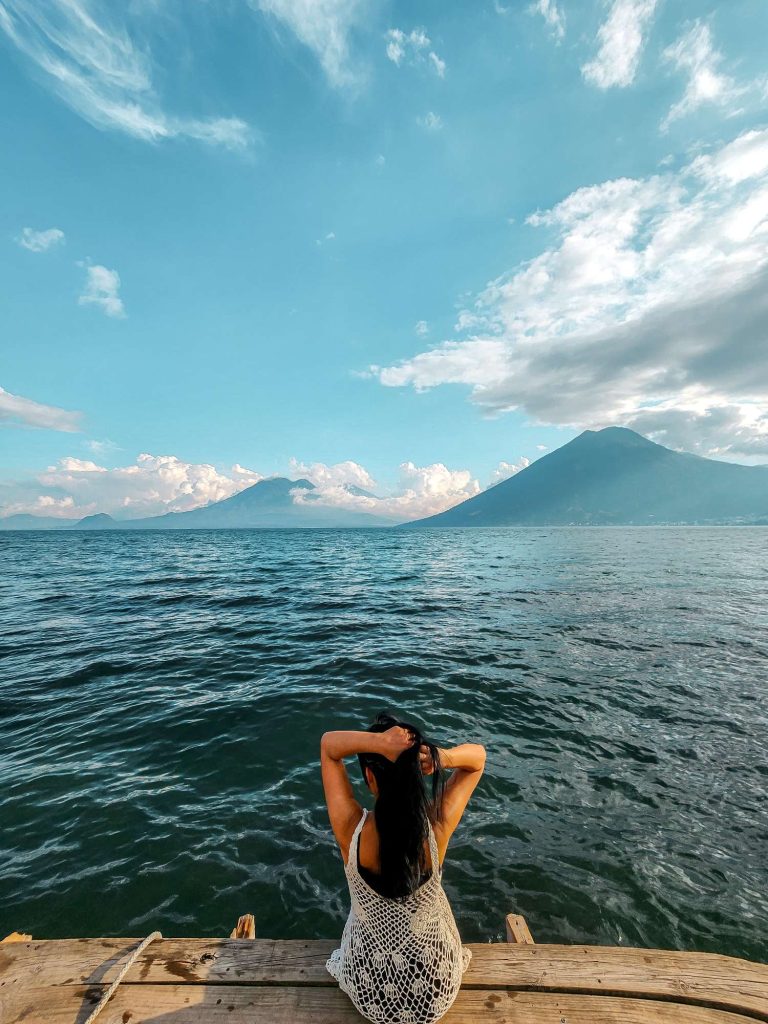
Lake Atitlan is a beautiful lake located in the Guatemalan Highlands, surrounded by towering volcanoes and traditional Mayan villages.
Before you book anything, decide where you want to stay in Lake Atitlan first. It is a big lake with many small villages dotted around. Many travelers end up in San Pedro first because that is where the shuttle drops off people from Antigua. Then you take a boat or transfer to other islands such as San Macros (hippy vibes), Panajchel (sunsets), Santiago (street arts), or Santa Cruz (hikes).
I decided to keep it simple and stayed in San Pedro and took the lancha (boat) to other islands on day trips which worked out great. I stayed at Mandala’s hostel but their WIFI was terrible. So, I moved to Amigos Hostel their wifi was great but the music coming out from Sublime – the club at the front was too loud. You could book a private room at the Hotel Amigo which is the same place but at the back, so less noise, or I would recommend these hostels Hospedaje Lolita , Don Pascual or Casa LLEMO . Regardless of where you book, make sure it is in the spot where you want to be and somewhere that has tons of positive reviews.
Sababa is a vegetarian restaurant that offers a range of healthy and delicious dishes. They use fresh, locally sourced ingredients and offer a variety of vegan and gluten-free options.
The Fifth Dimension is a rooftop bar and restaurant in San Pedro La Laguna that offers stunning views of Lake Atitlan. They serve a mix of international and Guatemalan cuisine, as well as a range of cocktails and wines.
Shanti Shanti is a vegetarian restaurant that offered good food also. And the Crepe place was great too- had the banana crepe with peanut butter. Not sure but I think it’s called Dolphin.
Apart from these, don’t forget to try the street vendors. We had something similar to a sandwich for Q20! ( videos and pictures in my Instagram highlights) And the best thing is all of these places offered a view of the lake and mountains!
There are several ways to get from Antigua to Lake Atitlan. Here are some of the most common options:
- Shuttle: Many shuttle companies operate between Antigua and Lake Atitlan. They offer door-to-door service and are a convenient and comfortable option. The journey takes around 3-4 hours, depending on traffic and road conditions. I booked it through a local company in Lake Atitlan called Shuttle Guatemala – fast response on WhatsApp. (2 mins from Amigo hostel where I stayed)
- Private transfer: If you prefer more flexibility and privacy, you can hire a private car or van to take you from Antigua to Lake Atitlan. This option is more expensive than the shuttle, but you can customize your itinerary and stop along the way if you want.
- Chicken bus: The cheapest way to get from Antigua to Lake Atitlan is by taking a “chicken bus.” These are colorful, old American school buses that have been converted into public transportation. They can be crowded and uncomfortable, but they are also a fun and authentic way to travel. You’ll need to take a chicken bus from Antigua to Chimaltenango, then another one from Chimaltenango to Lake Atitlan.
- Private driver: If you want more comfort and convenience than a chicken bus, but don’t want to pay for a private transfer, you can hire a private driver. This option is less expensive than a private transfer but more expensive than a shuttle or chicken bus. You can negotiate the price with the driver and customize your itinerary.
No matter which option you choose, the journey from Antigua to Lake Atitlan is a scenic one, with beautiful views of the Guatemalan highlands and the volcanoes.
- Take a boat tour: One of the best ways to experience the beauty of Lake Atitlan is by taking a boat tour. You can explore the lake and visit some of the charming Mayan villages that dot its shores.
- Hike a volcano: Several volcanoes around Lake Atitlan offer great hiking opportunities. Volcano San Pedro is the most popular one, with a challenging but rewarding hike to the summit. I did the Indian nose hike which was an easy sunrise hike (pics above)
- Visit a Mayan village: There are several traditional Mayan villages around the lake, each with its own unique culture and traditions. Santiago Atitlan, San Juan La Laguna, and Santa Catarina Palopo are some of the most interesting ones to visit.
- Go kayaking: If you’re looking for a more active way to explore the lake, kayaking is a great option. You can rent a kayak and paddle around the lake, taking in the stunning views and enjoying the peace and tranquility of the water.
- Relax at a spa: Lake Atitlan is a great place to unwind and recharge. Several spas around the lake offer a range of treatments and services, from massages to yoga classes.
- Learn about Mayan culture: Lake Atitlan is home to many indigenous Mayan communities, and there are several cultural centers and museums where you can learn about their history, traditions, and way of life.
- Take in the views: Finally, Lake Atitlan is simply a stunning place to behold. Take some time to sit back and enjoy the incredible views of the lake and the surrounding volcanoes, especially at sunrise or sunset.
- Learn Spanish: There are several schools here where you can get admission to be a student. My friend was taking Spanish classes and coming back to the hostel but you can also choose to homestay.
These are just a few of the many things to see and do at Lake Atitlan. It’s a truly magical place and a must-visit destination in Guatemala.
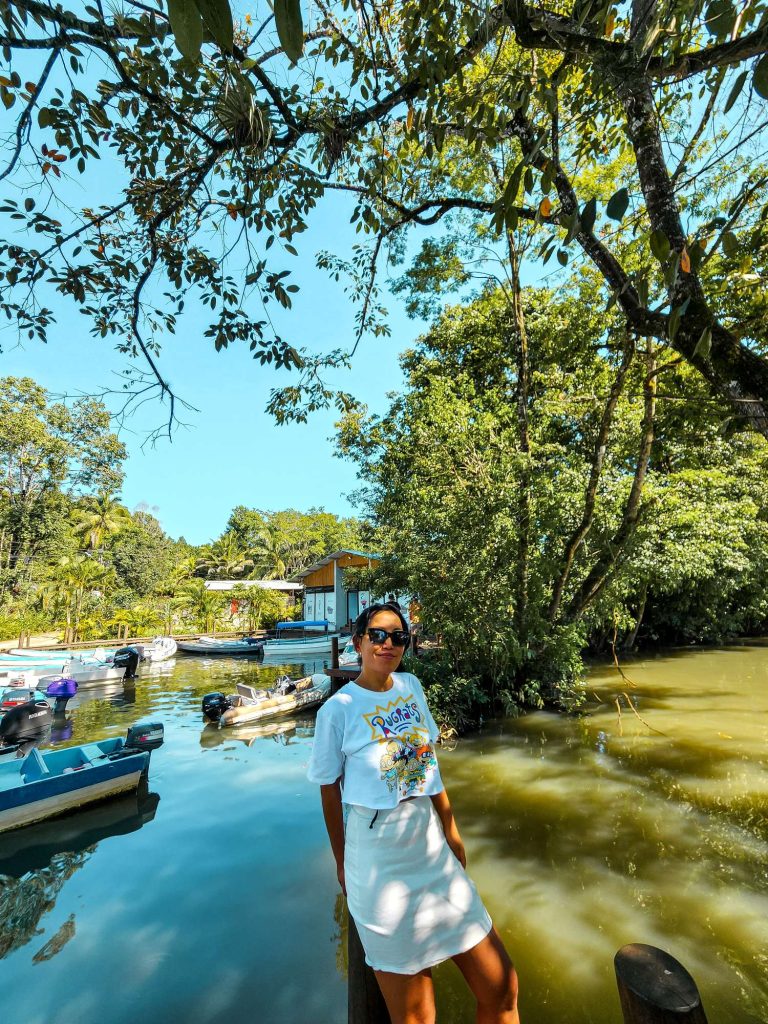
It was hard to leave Lake Atitlan as it was such an easy place to just chill and relax but time was ticking and I had to say goodbye to Sabine and I left for Rio Dulce. I skipped Semuc champey because I had seen something similar before and Tikal too because I wanted to see ruins in Honduras. As I said above, I wanted to make a special highlight for each country and as I don’t dive, the islands in Honduras didn’t interest me. So I’d planned to see Mayan ruins in Honduras.
I stayed at this hostel called Hostal Blood Moon . It was a clean hostel but note that it is a 14-minute walk from the bus stop and at night after the highway, there is a dark street that you have to cross which could be scary. I found this AFTER I made the booking and contacted the hostel for taxi driver details but as it was already 10 pm no one wanted to pick up a passenger. So I walked which went ok thankfully!
Some alternative options are Dreamcatcher Eco Lodge , Boatique Hotel and Marina , Hotel Casa Perico , or Hotel Kangaroo Rio Dulce (need to take a boat after the bus)
There are many restaurants to eat at but I only had 1 meal here. So my recommendation is the restaurant next to the ticket office as the food was decent and no chance of missing a boat as it is right in front.
Here are some of the most common ways to make the journey:
- Private transfer: You can hire a private car or van to take you from Lake Atitlan to Rio Dulce. This is the most comfortable and convenient option and allows you to customize your itinerary and make stops along the way. The journey takes around 5-6 hours, depending on traffic and road conditions.
- Shuttle: Several shuttle companies operate between Lake Atitlan and Rio Dulce. They offer door-to-door service and are a convenient and affordable option. The journey takes around 6-7 hours, depending on traffic and road conditions. I booked it through a local company in Lake Atitlan called Shuttle Guatemala – fast response on WhatsApp. (2 mins from Amigo hostel where I stayed)
- Chicken bus: If you’re on a tight budget, you can take a “chicken bus” from Lake Atitlan to Rio Dulce. However, this option can be uncomfortable and time-consuming, as you’ll need to make several transfers along the way. The journey can take up to 8-10 hours, depending on the connections.
- Combination of shuttle and boat: Another option is to take a shuttle from Lake Atitlan to the town of Panajachel, and then take a boat across Lake Atitlan to the town of San Pedro La Laguna. From there, you can take another shuttle to Rio Dulce. This option is more scenic and allows you to break up the journey, but it can also be more time-consuming and expensive.
I chose the same shuttle company to get to Lake Atitlan, called the Guatemala shuttle. 9 AM pick up from Lake Atitlan and I arrived in Rio Dulce at 10 PM!
- Explore the Rio Dulce Canyon: The Rio Dulce Canyon is a narrow and winding waterway that runs through a lush tropical forest. You can take a boat tour to explore the canyon and see the stunning scenery, including waterfalls, wildlife, and unique rock formations.
- Visit the Castillo de San Felipe: The Castillo de San Felipe is a historic Spanish fortress that was built in the 16th century to protect against pirate attacks. You can explore the fortress and learn about its fascinating history, as well as enjoy panoramic views of the river and surrounding jungle.
- Relax at hot springs: There are several hot springs in the area, including the popular Finca Paraiso. You can soak in the warm waters and enjoy the tranquil surroundings, surrounded by lush greenery and the sounds of the river.
- Hike in the jungle: The area around Rio Dulce is home to several national parks and nature reserves, offering opportunities for hiking and wildlife spotting. The Biotopo Chocon Machacas is a popular destination for hiking, where you can see a variety of birds, monkeys, and other wildlife.
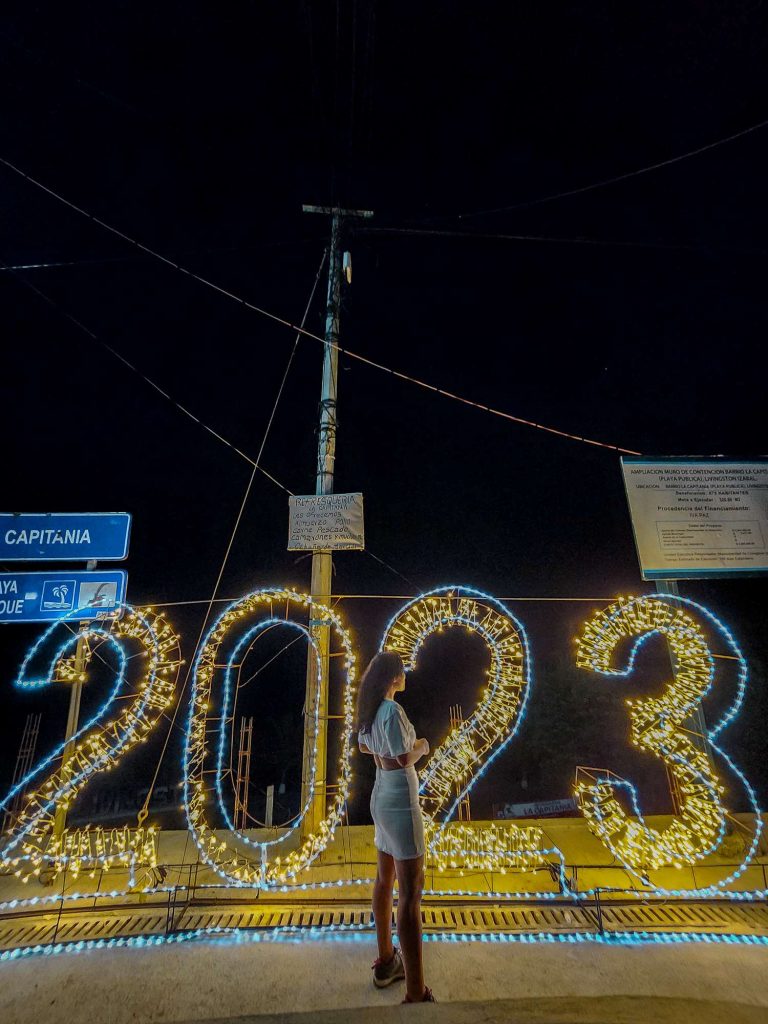
Livingston is a unique town in the region that is known for its Afro-Caribbean culture and cuisine. You can explore the colorful streets, visit the local market, and try the local specialty dish “tapado” which is a seafood soup made with coconut milk and served with rice. And don’t forget to wash it down with a refreshing “coco loco” cocktail, made with coconut water and rum.
This was also a place I happen to arrive on New Year’s Eve and I could not cross the border the next day because there were no boats running. So, I stayed one more night.
Rio Dulce and Livingston are both located in the Izabal department of Guatemala and are connected by the Rio Dulce river.
I stayed at Casa de la Iguana , they had dorms as well as private rooms, a pool, common areas, and hammocks. Other places that comes highly recommended are Hotel La Casa Rosada , Hotel Casa Maya, and Casa Tranquilo .
Make sure to ask the ticket booth at the pier to ask for current timetables for boats and book in advance if you like.
Buga Mama (I had the tapado above here), Happy Fish, Casa Nostra, Bahia Azul, Villa Caribe, Casa Rosada or Hotel Salvador Gaviota
- Take a boat: The most common way to travel from Rio Dulce to Livingston is by boat. You can hire a boat from one of the many tour operators in Rio Dulce or at the dock in Fronteras (also known as Rio Dulce town). This is where I bought the ticket to Livingston. It left at 2 pm. The journey takes around 2 hours and offers beautiful views of the river and surrounding jungle. You may also be able to arrange a private boat with a local captain, which can be a more flexible and personalized option.
- Take a shared shuttle: If you prefer to travel by land, you can take a shared shuttle from Rio Dulce to Livingston. You can book a shuttle through a tour operator or travel agency in Rio Dulce or at your accommodation. The journey takes around 1.5 hours and passes through scenic countryside and small towns.
- Rent a car: If you have your own vehicle or want the freedom to explore the area at your own pace, you can rent a car in Rio Dulce and drive to Livingston. The journey takes around 1.5 hours and follows the CA-13 highway along the coast.
No matter how you choose to travel, the journey from Rio Dulce to Livingston is a scenic and enjoyable one, with plenty of opportunities to see the natural beauty of the region
- Visit the local market: The market in Livingston is a colorful and bustling place where you can find fresh fruits and vegetables, seafood, traditional crafts, and other local goods. You can immerse yourself in the local culture and try some of the delicious street food, such as fried plantains, empanadas, and coconut bread.
- Relax on the beaches: Livingston is surrounded by beautiful beaches, including Playa Blanca, Playa Quehueche, and Playa de los Siete Altares. You can swim, sunbathe, and relax in the warm Caribbean waters, or take a boat tour to explore the nearby mangroves and coral reefs.
- Learn about Garifuna culture: Livingston is home to a vibrant Garifuna community, who are descended from West African, Arawak, and Carib people. You can learn about their unique music, dance, and cuisine, and even take a drumming or dance class to immerse yourself in the culture.
- Take a boat tour: The Rio Dulce river is a stunning waterway that connects Livingston to other nearby towns and attractions, such as the Castillo de San Felipe and the hot springs at Finca Paraiso. You can take a boat tour to explore the river and see the lush jungle scenery and wildlife.
- Enjoy the nightlife: Livingston is known for its lively nightlife, with plenty of bars, clubs, and music venues where you can dance to the rhythms of reggae, salsa, and Garifuna music. You can also try some of the local rum and cocktails, such as the popular Guifiti.
These are just a few examples of the many great things to do in Livingston. Don’t be afraid to explore and discover the beauty and culture of this fascinating town.

Stamp out of Nicaragua in Livingston. There is a small migration office in town and you to the window, pay the fee and they will stamp you out.
Belize is a small country nestled in Central America, which offers a unique blend of stunning natural beauty, vibrant culture, and adventure-filled activities that appeal to solo travelers and backpackers alike. With its pristine beaches, lush jungles, and ancient ruins, Belize has become a popular destination for those looking to explore the wonders of Central America.
Here’s the most traveled path – After Lake Atitlan in Guatemala, go to Sumuc Champney, Tikal ruins in the north, then cross the border to Belize through San Ignacio and make your way to Belize City and Cuya caulker. Then go south.
However, I had no interest in seeing Tikal (the plan was to see Mayan ruins in Honduras and Mexico), San Ignacio (couldn’t be bothered with the caves), or Caye Caulker (I don’t dive). So I choose to go straight from Lake Atitlan to Rio Dulce- Livingston, cross the border to Belize, and spent two relaxing days, and 1 night at the lesser visited part of Belize around the Carribean sea.
Punta Gorda in Belize is a small fishing village/coastal town located in the southern part of the country near the Guatemalan border. It has a population of only about 6,000 people and is known for its relaxed vibe and diverse cultural heritage, which includes Garifuna, Maya, Mestizo, and East Indian communities. You can experience these cultures through food, music, and art.

It’s important to note that boat trips may be affected by weather conditions, or public holidays (I couldn’t cross the border on 1st Jan because there was 0 boat running that day).
Solo border crossing from Guatemala to Punta Gorda Belize for more details.
- Simply go to the ticket booth at the pier in Livingston and book the next boat to Punta Gorda. It’s recommended to book your trip in advance to ensure availability.
- Alternatively, you can book your boat trip once you have found a boat operator online or in person in town. I found one online but there was not much difference in price roughly about 10 Q less but decided to stick with the ticker booth at the pier.
- The boat trip takes approximately 1-2 hours and offers scenic views of the coastline. The boat can accommodate up to 20 passengers and may depart in the morning or afternoon or every few hours depending on the seasonality.
- During the boat trip, you can enjoy the stunning views of the Caribbean Sea and the surrounding landscape.
- Once you arrive in Punta Gorda, go through the immigration office at the dock. Fill out the immigration form (if you are an Australian citizen no need to pay anything.) and from there, you can explore the town and its attractions, such as the market, the waterfront, and the nearby Mayan ruins.
The direct boat service from Livingston to Punta Gorda offers a unique and memorable way to travel and explore Belize’s coastline.
There are several hostels in Punta Gorda, Belize that you can consider staying at. Here are a few options:
- The Sea Front Inn : This hostel is located on the seafront and offers dorms and private rooms. It has a communal kitchen and lounge area, as well as a restaurant and bar.
- Saint Charles Inn : This hostel offers private rooms and dorms with shared bathrooms. It has a communal kitchen and lounge area, as well as a garden and outdoor seating area.
- BlueBelize B&B : This hostel offers private rooms and dorms with shared bathrooms. It has a communal kitchen and lounge area, as well as a restaurant serving Italian and Belizean cuisine.
It’s always a good idea to check reviews and ratings from other travelers to help you choose the best hostel for your needs and preferences.

Punta Gorda, Belize offers a variety of dining options, ranging from local street food to international cuisine.
When I visited it was the New years holiday so almost every restaurant was closed apart from 1 and 2 below. The town was actually dead! Videos and pic on my Belize Instagram highlights.
- Grace’s Restaurant: This restaurant was clean and I got to try the famous Belize fired Jackfruit! (Pic 1) This is what locals eat for breakfast here btw! Too heavy but too good not to eat! They have air conditioning and an extensive menu.
- Caribbean Colors Art Cafe: This restaurant offers a Caribbean-inspired menu with dishes such as jerk chicken, conch fritters, and seafood gumbo. They also have vegetarian options and a selection of cocktails. (pic 3)
- Barracuda Bar and Grill: This waterfront restaurant serves Caribbean and international cuisine, including seafood, burgers, and salads. They also have a bar with a variety of drinks.
- Juntos Restaurant and Beach Bar: This restaurant is located on a beautiful beach and offers Caribbean and international cuisine, including fresh seafood, jerk chicken, and coconut rice. They also have a selection of cocktails and beers.
- Belize Spice Farm and Botanical Garden: This restaurant is located on a spice farm and offers a Caribbean-inspired menu with dishes such as coconut shrimp, curried goat, and plantain chips. They also offer tours of the spice farm and botanical garden.
I hope these recommendations help you find some delicious Caribbean cuisine in Punta Gorda!

It is a small town so not much to do in the town itself but there are half to full-day trips that can be easily accomplished.
- Visit the Nim Li Punit Mayan Ruins: Nim Li Punit is an ancient Mayan site located about 40 minutes outside of Punta Gorda. It’s known for its well-preserved stelae and carvings. You can take a guided tour or explore on your own.
- Explore the Rio Blanco National Park: This park is located about 30 minutes from Punta Gorda and features waterfalls, swimming holes, and hiking trails. You can also spot wildlife such as monkeys, toucans, and parrots.
- Visit the Toledo Chocolate Factory: This chocolate factory is located in Punta Gorda and offers tours where you can learn about the process of making chocolate from cacao beans.
- Take a Garifuna Drumming Lesson: The Garifuna are an indigenous group in Belize with a rich cultural heritage. You can take a drumming lesson and learn about their music and dance traditions.
- Independence, Mango Creek, and Placencia: In the town of Punta Gorda, in front of the immigration office is a Police station, and next to it is a bus office called the “James bus line”. They run buses from Punta Gorda to Independence. Once you arrive in Independence, find a bus heading to Mango Creek, and from there, you can take a taxi or another bus to The Placencia Peninsula. The journey takes approximately 2-3 hours from Punta Gorda to Independence and 30-45 minutes from Independence to Mango Creek. Taxis are available to take you to The Placencia Peninsula, or you can take a bus and ask to be dropped off at any of the nice beaches in Placencia.
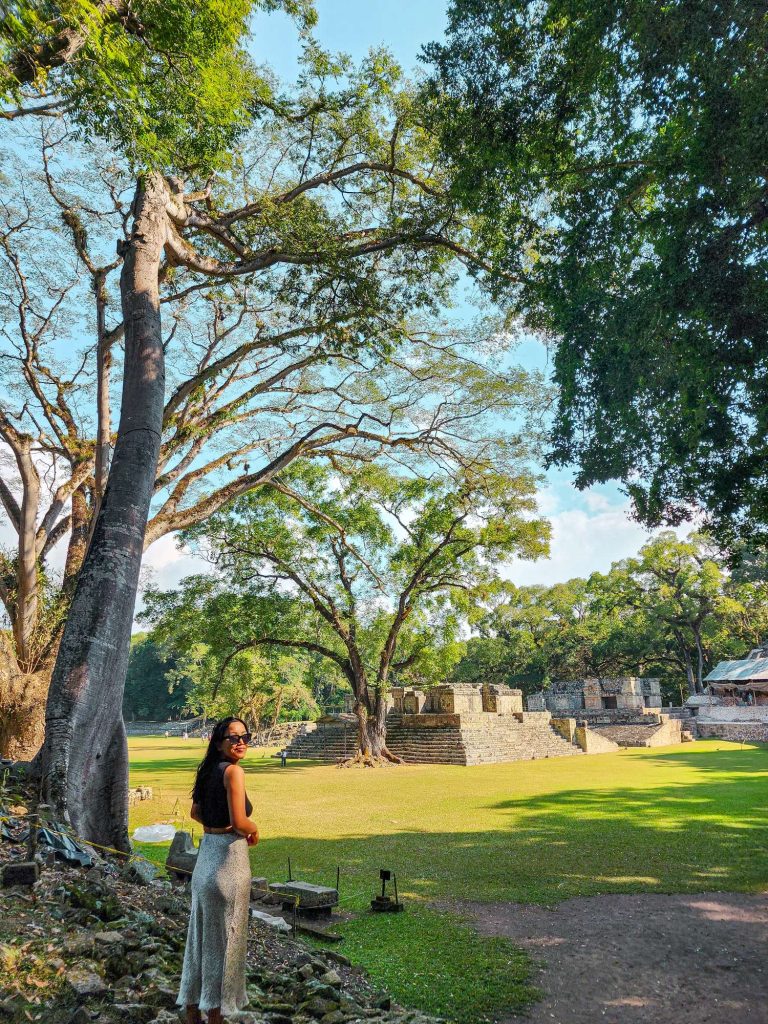
Honduras is a country located in the heart of Central America. It is bordered by Guatemala to the west, El Salvador to the south, Nicaragua to the east, and the Caribbean Sea to the north. It is known for its stunning coral reefs, and diverse landscapes, including mountains, forests, and beaches. Roatan, an island off the coast of Honduras, is a popular destination for divers due to its clear waters and abundant marine life. That said, if you are following this travel blog you know I don’t dive so my plan was to see my first-ever Mayan ruins in Copan. (more on that below)
However, Honduras is also considered one of the most dangerous countries in Central America due to high levels of crime, including gang violence and drug trafficking. The smart traveller Australian government website and U.S. State Department both have issued travel advisories warning visitors to exercise increased caution when traveling to Honduras, particularly in urban areas and along the borders with Guatemala, El Salvador, and Nicaragua.
Despite the risks, Honduras remains a popular destination for adventure travelers and those seeking to experience the rich culture and natural beauty of Central America.

After days of dilemma, in the end, I chose not to be on the open water for too long (going from Punta Gorda to Puerto Cortes over Ocean and taking the bus to San Pedro Sula (the place everyone warns you about) then changing bus to Copan Ruins). I’m positive if you travel during the day and keep your wits about you that route would be fine (also Putero Cortes could be a starting point to get to the bay islands if you are into diving) but I decided to play it safe and travel through Guatemala again to enter Honduras. This one is a long trip so I strongly recommend starting early. First, I went from Punta Gorda, Belize to Puerto Barrios, Guatemala then by bus to Copan ruins, Honduras.
I found two ferry companies that operate between Punta Gorda, Belize, and Puerto Barrios, and the one I used is called Requena’s Charter. They were really easy to deal with and you could also buy the ticket in half BZD, Q, or USD. (Also good communication in Whatsapp)
While in Punta Gorda, Belize go to Requena’s Charter office (they’re on google maps), the day before or before 8:30 am in the morning if you want to leave Belize the same day. They sell the boat ticket at the office to Puerto Barrios.
The boat journey takes around 2-3 hours ( we left at 930 and arrived at 11 am ish), depending on the weather conditions, and their schedules can vary. So it’s best to check their company’s website or contact them directly for the latest information on schedules and fares.
For your interest, I paid 81 BZD = 300 Q (Jan 2023) for the boat
Then from Puerto Barrios to Copan Ruins, the bus was 22 USD or about 540 Honduran Lempira.
Before they stamp you OUT of Belize at the dock, there is an exit fee that needs to be paid 20 USD but you don’t have to pay if you are there for only 24 hours.
And once you land at the dock of Puerto Barrios, don’t forget to stamp IN at the Guatemala immigration office.
As you walk out of the ferry dock, head left and straight. I remember there was a sign along the way that said “inmigración” which is immigration in Spanish. Have your passport stamped and from there head to the bus stop which is a quick 5mins walk. Apologies as I don’t have the exact immigration office location nor the bus stop address but I am positive if you ask on the boat they should be able to point you in the right direction or at the immigration office for the bus stop.
There are several bus companies that operate on the route from Puerto Barrios to Copan Ruins, including Hedman Alas, Fuente del Norte, and Linea Dorada. And you can buy the bus ticket at the bus stop ticket office. The fare for a one-way ticket can cost around $20 to $35 USD, depending on the bus company and the type of seat you choose.
However, in case the buses are all full don’t worry because, in front of the bus stop, there were many small buses running to Copan ruins also! The bus conductors shout “Copan Ruins” or other destinations so listen carefully.
Realistically the bus journey from Puerto Barrios to Copan ruins takes 8-10 hours so be prepared. Alternatively, you can also hire a taxi or a private car from Puerto Barrios to Copan Ruins, which can be a more comfortable and convenient option but can also be more expensive. Another option is, you take a shuttle service that operates from Puerto Barrios to Copan Ruins. The shuttle service usually includes door-to-door transportation, with pickups from your hotel in Puerto Barrios or at the bus stop (pls enquire) and drop-offs at your hotel/hostel in Copan Ruins.
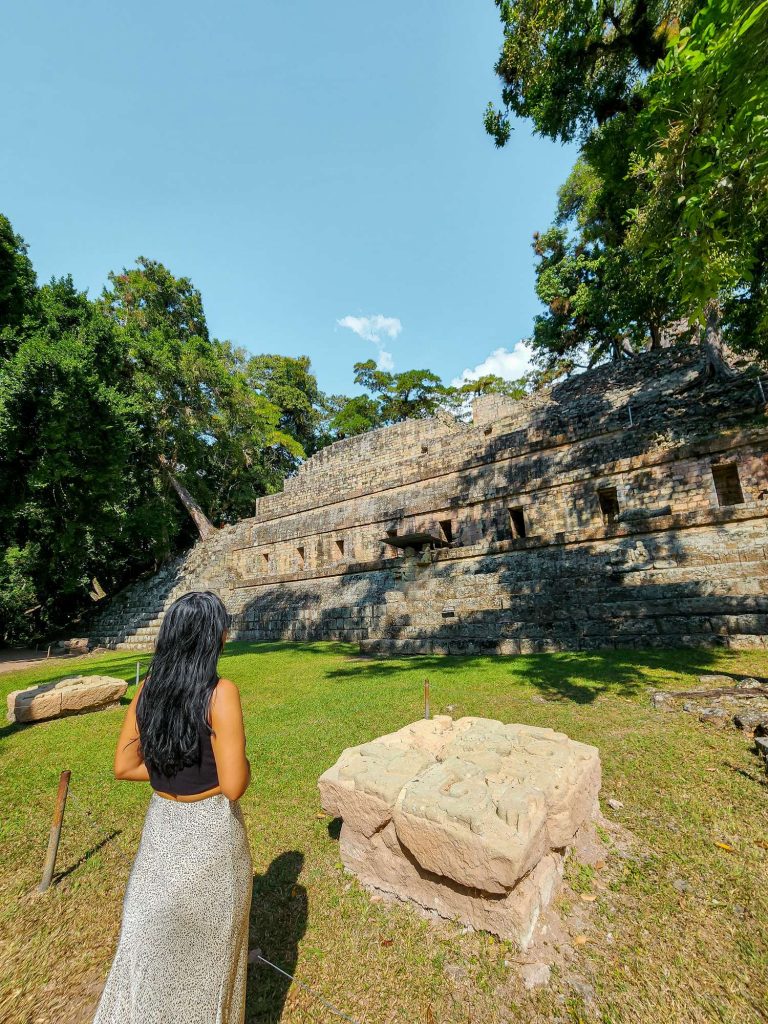
First of all, let’s establish the understanding of (solo) traveling is brutality! It forces you to trust strangers and to lose sight of all that familiar comfort of home and friends. You are constantly off balance. Nothing is yours except the essential things – air, sleep, dreams, the sea, the sky – all things tending towards the eternal or what we imagine of it. If you are okay with it, you will adapt, and you will survive.
I still remember the night before I was planning to enter Honduras I was rereading my notes on every step I had to take to enter the country, and due to relentless press and negative media about the place, I was feeling anxious about this whole trip. But the next day on the boat I met a friendly British ex-pat daughter and father, their family living in Belize (btw they offer volunteering positions in their eco house if you are interested lmk) and she went to school in Honduras! What are the chances hey! If anything I was thinking maybe bumping into fellow travelers but this was even better as they had done this route several times in the past which meant I was with the Pros!
That just goes to show that step number 1 in achieving anything you want is to show up, first. In addition to that, during my stay in Copan ruins, people at my hostel, locals at the shops, exploring around town and also in buses, I encountered friendly and kind local Hondurans only. Maybe I was lucky? I don’t know but my collective memory of Honduras is a feeling of happiness that I got to visit this country and never once felt in danger.
So yeah unless there is a drastic change in the country’s political situation, pandemic, or some natural disaster it is safe to travel to Honduras. Just remember to apply the general rule of thumb. Such as
- Stay in well-lit areas/ don’t walk down that dark alleyway on your own
- Avoid large crowds
- Don’t carry too much cash or valuables
- Stay aware of your surroundings
- Keep important documents in a locker at the hostel/hotel
- Carry a printed copy of your ID/passport
- Respect the culture
- Don’t argue about religion
- Dress modestly
- Trust your instincts, and don’t be afraid but be cautious.
With proper planning and caution, you can enjoy the many attractions that Honduras has to offer.
There are several options for accommodation in the area, including hotels, hostels, and guesthouses. Here are a few other popular choices including the first one i stayed at:
- Hostel Iguana Azul – This hostel has tons of positive reviews and has backpacker-friendly costs as the other 3.
- Hotel Don Moises – It’s centrally located and run by a family who is very helpful and responsive on Whatsapp.
- Hotel Brisas de Copan – Hot water in the shower, good WiFi, and also close to ruins.
- Berakah B&B- Central Park – Right in the center, rooms with fans and AC, so you can use whichever you prefer

Honduran cuisine is a blend of indigenous, African, and Spanish influences, and offers a unique taste experience. Some popular dishes include:
- Baleadas: A traditional Honduran dish made with flour tortillas, beans, and cheese.
- Sopa de Caracol: A seafood soup made with conch and coconut milk.
- Tamales: Corn masa stuffed with meat, vegetables, and sometimes cheese, wrapped in plantain leaves and steamed.
- Plato Tipico: A traditional Honduran dish consisting of rice, beans, plantains, and a choice of meat, usually chicken or beef.
- Pastelitos: Fried empanadas filled with meat, beans, or cheese.
Honduras has a unique blend of indigenous, African, and Spanish cultures that have influenced its customs and traditions. Some examples of local customs and traditions in Honduras include:
Honduras is a country full of surprises and adventure. As a solo traveler, you will have the opportunity to explore some of the most breathtaking destinations in Central America, including ancient Mayan ruins, pristine beaches, and lush rainforests.
- Garifuna Culture: The Garifuna people are descendants of West and Central African, Carib, and Arawak people who settled in Honduras in the 18th century. They have their own language, music, and dance traditions that are still practiced today. Some popular Garifuna festivals include the Punta music festival and the Dugu festival.
- Mayan Culture: Honduras is home to many ancient Mayan ruins, such as Copan, that offer insight into the country’s rich history. Mayan traditions and beliefs are still evident in some rural areas of Honduras, including traditional clothing, food, and religious practices.
- Semana Santa: Holy Week or Semana Santa is a week-long religious celebration that takes place in Honduras. This is an important time of the year for Hondurans, and many participate in processions, attend church services, and perform acts of charity.
By incorporating all these elements into my blog, I hope you can gain a better understanding of the local customs, traditions, and cuisine of Honduras, and feel more prepared for your travels.
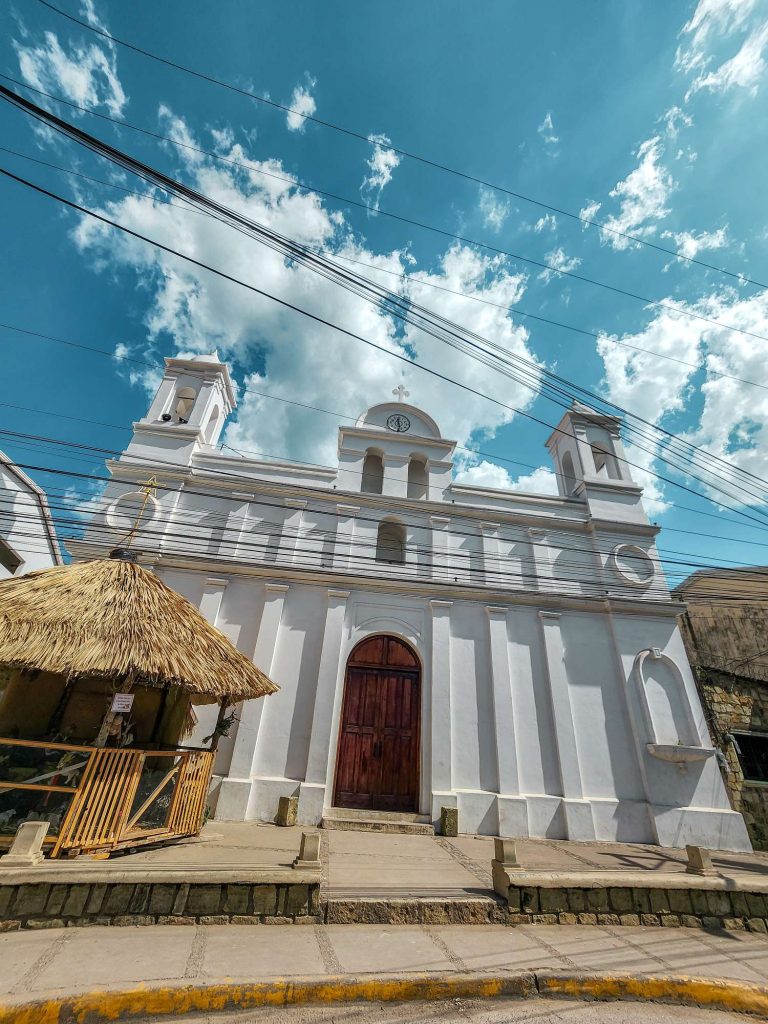
Copan Ruins is an archaeological site located in western Honduras, near the border with Guatemala. The ruins are considered one of the most important Mayan sites in Central America and are recognized as a UNESCO World Heritage Site. They are famous for their intricate stone carvings and sculptures that depict the lives and mythology of the ancient Maya civilization.
The site of Copan Ruins dates back to the 5th century AD when the Maya civilization was at its height. The city was an important center of culture, trade, and political power in the region, and it reached its peak between the 7th and 9th centuries. The city was eventually abandoned, and the ruins were hidden by the jungle for centuries until they were rediscovered in the 19th century.
The main structures of Copan Ruins are the Acropolis, the Great Plaza, the Ball Court, and the Hieroglyphic Stairway. The Acropolis is a complex of buildings that served as the political and administrative center of the city. The Great Plaza is a large open space that was used for ceremonies and public gatherings. The Ball Court was used for a traditional Mayan game that was played with a rubber ball, while the Hieroglyphic Stairway is a monumental staircase that has inscriptions of over 1,000 hieroglyphs, making it the longest known Mayan text.
One of the most interesting aspects of Copan Ruins is its intricate stone carvings and sculptures. The carvings depict the rulers of Copan and their families, as well as mythological beings and scenes from everyday life. The sculptures are made of stone and are incredibly detailed, often depicting animals, such as jaguars and birds, and various gods and goddesses.
Visitors to Copan Ruins can explore the site on foot and see the impressive structures and carvings up close. There are also a number of museums and interpretive centers that provide information about the history and culture of the Maya civilization.
If you’re interested in visiting Copan Ruins, there are a few things to keep in mind. The site is open daily from 8 am to 4 pm, and the entrance fee is $15. It is recommended to hire a local guide who can provide insights into the history and culture of the site. The best time to visit is during the dry season, which runs from November to April, as the site can be difficult to navigate during the rainy season. Finally, be sure to wear comfortable shoes and bring plenty of water and sunscreen, as the site can be hot and tiring to explore.
These places below come recommended as well
Gracias is a charming colonial town situated in western Honduras, founded by Spanish conquistadors in 1536. It served as the capital of Honduras until 1880 and is now renowned for its picturesque cobblestone streets, colorful houses, and historic landmarks. The town is surrounded by verdant mountains and offers stunning views of the countryside.
You can explore attractions such as Gracias Historic Center: A UNESCO World Heritage site, Celaque National Park, Lenca Trail, the San Cristobal Fort, soak in hot springs and natural pools and participate in outdoor activities like hiking, bird watching, and river rafting. Gracias is also known for its traditional crafts and delicious local cuisine. The friendly and welcoming locals often gather in the central park, where live music and dancing take place.
If you’re coming from Copan Ruins, you can take a bus or hire a taxi for the approximately 4-hour journey. The route will take you through beautiful mountainous landscapes and allow you to experience more of the natural beauty that Honduras has to offer. Overall, Gracias is a must-visit destination that offers a glimpse into Honduras’ rich history, culture, and natural beauty, and is well worth the journey from Copan Ruins.
Pls check with the local bus station or terminal for schedules and fares. In Copan Ruins, the bus station is located on the main street, near the central park. You can also ask your hotel or hostel for assistance in arranging transportation. It’s always a good idea to confirm the schedule and price of the bus beforehand, as schedules can be subject to change and fares may vary depending on the time of day and the type of bus.
The Bay islands are known for their stunning beaches, world-class diving, and laid-back Caribbean vibe. These islands are made up of three main islands – Roatan, Utila, and Guanaja – each with its own unique charm and attractions.
Roatan Island is a paradise for solo travelers who love snorkeling and diving. The island is located in the Caribbean Sea and is home to some of the most beautiful coral reefs in the world. You can explore the underwater world and swim alongside colorful fish, sea turtles, and even sharks.
There are plenty of activities to keep you busy on Roatan Island, including zip-lining, kayaking, and horseback riding. The island is also known for its vibrant nightlife, with plenty of bars and clubs to choose from.
Utila Island is another paradise for solo travelers who love water activities. It is located in the Bay Islands and is known for its stunning coral reefs, which are home to a diverse range of marine life. You can go scuba diving, snorkeling, or take a boat tour around the island.
Utila Island is also a great place to relax and unwind. You can enjoy the sun on one of the many beautiful beaches, or take a stroll through the colorful streets of the island’s main town.
La Ceiba, on the other hand, is known for its lively Carnival celebration, which takes place in May and features colorful parades, music, and dancing. The city is also home to several beautiful beaches, including the popular Playa de las Palmas. It is a coastal city located in the northern part of Honduras, known as the eco-tourism capital of Honduras, and is home to some of the most beautiful natural attractions in the country. You can hike through lush rainforests, swim in crystal-clear rivers, and explore hidden waterfalls.
One of the most popular attractions in La Ceiba is Pico Bonito National Park, which is home to over 400 species of birds and a diverse range of flora and fauna. The park offers plenty of opportunities for hiking, birdwatching, and wildlife spotting.
FYI, The capital city of Honduras is Tegucigalpa, which is located in the southern part of the country. The city is home to some of the best museums and cultural attractions in the country, including the National Museum of Anthropology and History, which showcases the country’s rich history and cultural heritage.

It is time to visit one of the lesser-known countries in Central America. If you’re planning a backpacking trip through Central America, El Salvador is definitely worth considering. As one of the smallest countries in the region, it offers a diverse range of attractions and activities that are perfect for solo travelers.
Most people visit Santa Ana in El Salvador but I skipped it because as mentioned above, my goal for this trip was to see something unique in all 7 countries. So that meant Volcano in Santa Ana wasn’t of interest as it fell under the already seen/done bucket.
So what different things do I see in El Salvador? I’ll elaborate on that below.
San Salvador, the capital of El Salvador, is a must-visit destination. This bustling metropolis boasts a mix of modern and historic architecture, including the stunning Metropolitan Cathedral and the National Palace. If you’re a night owl, you’ll love the vibrant nightlife scene with plenty of bars, clubs, and restaurants to choose from.
But El Salvador isn’t just about city life. The Ruta de las Flores, or “Flower Route,” is a scenic drive through several charming towns known for their colorful flowers and unique artisanal crafts. And if you’re a thrill-seeker, El Salvador has plenty of outdoor activities to offer, from hiking, and riding a bike on a zip line, to surfing on the Pacific coast and more.
ok, this is going to be another long day so start EARLY!
Here is the step-by-step route I followed.
In Copan Ruins town, there are two bus terminals. One is in the town between all the shops and the second one is on the way to the Copan ruins itself – If you walk from town to the ruins you will come across a small bridge and right next to it on the right-hand side is the second bus stop.
I did not buy a bus ticket day before because there was no one selling it! So I just decided to turn up early in the morning. The first bus leaves the bus stop at 4:20 am and the second bus leaves at 6 am ( i made it around 545 am – the hostel was nearby recommendation below and the bus left right on time at 6).
The bus will take its sweet time, looking and waiting to pick up passengers in order to fill the seats and buying breakfast for the driver/conductor. I wasn’t sure what they were eating tho but a friendly Honduran man on the bus who spoke good English explained it to me. It was a delicious local breakfast that looked like a tortilla with stuffed meat or veggies inside which was actually tasty
I suggest letting the driver and the conductor know beforehand you want to go Ocotepeque next because along the way the bus may pass other buses heading in that direction. So they just stop and take your bag and move you right then and there! That is how it happened for me although it was only 5 minutes before arriving in Santa Rosa! So in any case, get to Santa Rosa and on this small bus stop area you should be able to find a bus that goes to Ocotepeque.
Once you arrive in a town called Ocotepeque, you can either get another microvan heading to Frontera (border) or get a taxi to drop you off at the border.
At the border, continue walking to the immigration office. Stamp out of Honduras Then walk straight to the San Salvador immigration office You can’t miss it, it is just straight ahead. There are some people exchanging USD/ Lempheras for the local currency, recommend changing some to use for bus or food, maybe snacks. The man gave me a good rate tbh
Once you entered El Salvador, you gotta keep walking straight again to get to the bus stop. There are some restaurants and shops along the way. I stopped at once to buy water and snacks for the bus ride and was pleasantly surprised to bump into a local El Salvadorian who spoke perfect American English. Walk straight about 10 mins from the immigration office until you see the bus terminal on your right-hand side.
El Salvador was my 4th Central American country and I was finally about to experience the Chicken bus ride everyone talked about! I must mention it was one of the fun bus rides because of a few things. Firstly, both the driver and the conductor were super nice and polite even when they had 0 English and I had no Spanish. Just looking at them you could tell they absolutely LOVED their job.
Secondly, this chicken bus had a massive TV at the front and throughout the bus journey, they kept playing Daddy Yankee music videos on repeat! So i guess I got familiar with their taste in music now
Finally arrived in San Salvador, remember Uber works here so I checked how much was to my hostel and it was $6 but there are also many taxis around. I was at my hostel in 20 minutes due to peak office hours traffic around 5:30 pm.
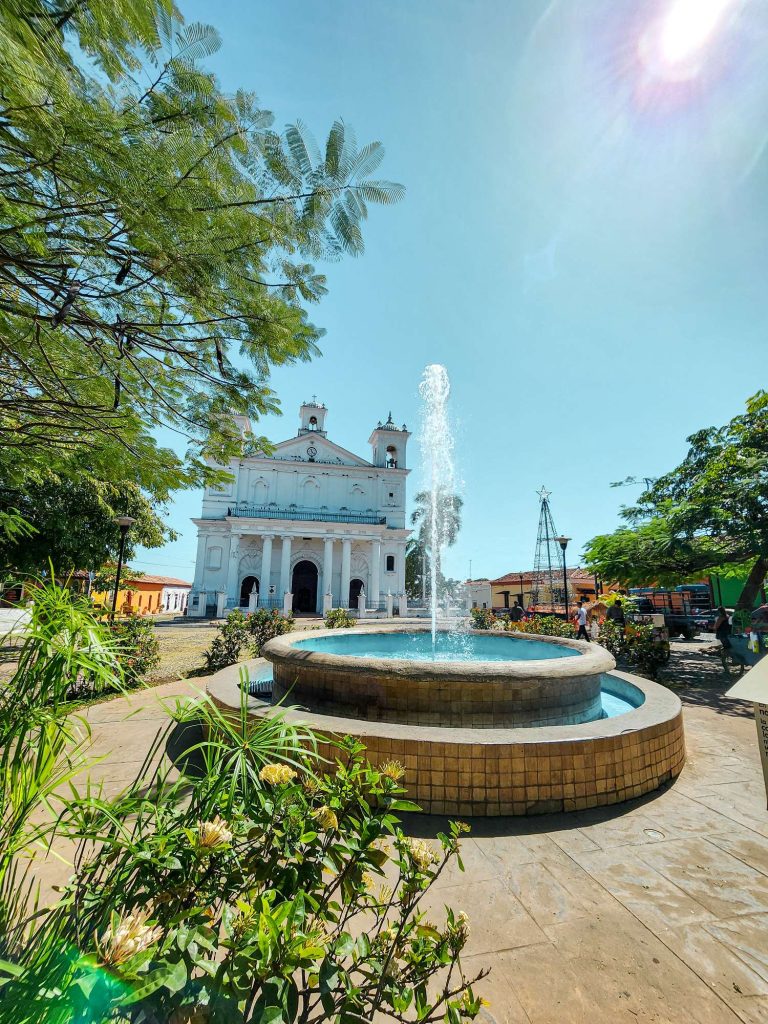
Here are quick notes from the day
From Copan Ruins the bus left exactly at 6:40 am
Arrived at 9:40 am in Santa Rosa
Left Santa Rosa at 950 am
Arrived at Ocotepeque at 12:50 pm
I gave the bus conductor 500 lemp but had to remind him more than halfway for the change back. Suggest carrying smaller notes for ease.
A shared Taxi to the border with locals left at 1 pm
Arrived at Honduras immigration at 1: 20 pm
12 lemp
Stamp out Honduras immigration
Asked where I’m going next and where I was before
Mentioned that I had too many stamps on my passport!
Walked to the San Salvador immigration
Guard checked passport, stamped in and stamped out of Honduras
At the El Salvador immigration, the officer flicked through all the pages of my passport and checked the stamps again
This time questions were – where was I staying, where was I going, and which country I land first form Australia
Snacks $1.35
2 pm arrived At the bus stop chicken bus guy washing the tires
Left 2:15 pm $5 waiting for change still
Got back $2.80
Finally arrived in San Salvador at 5:30 PM
TAXI to the hostel at 5: 37 pm
Arrived at the hostel in 5 mins
Also checked Uber’s price was $6.10
Taxi wanted $8 but in the end, agreed to go from $6
Total: 12 hours
These steps may look pretty complicated but don’t be put off by the fact that you need to take 3 different buses and 1 taxi to get to San Salvador. It’s not as bad as it looks, I speak barely any words in Spanish and did fine so you can too!
Alternatively, you can pay for a shuttle door-to-door service for about 90 USD.
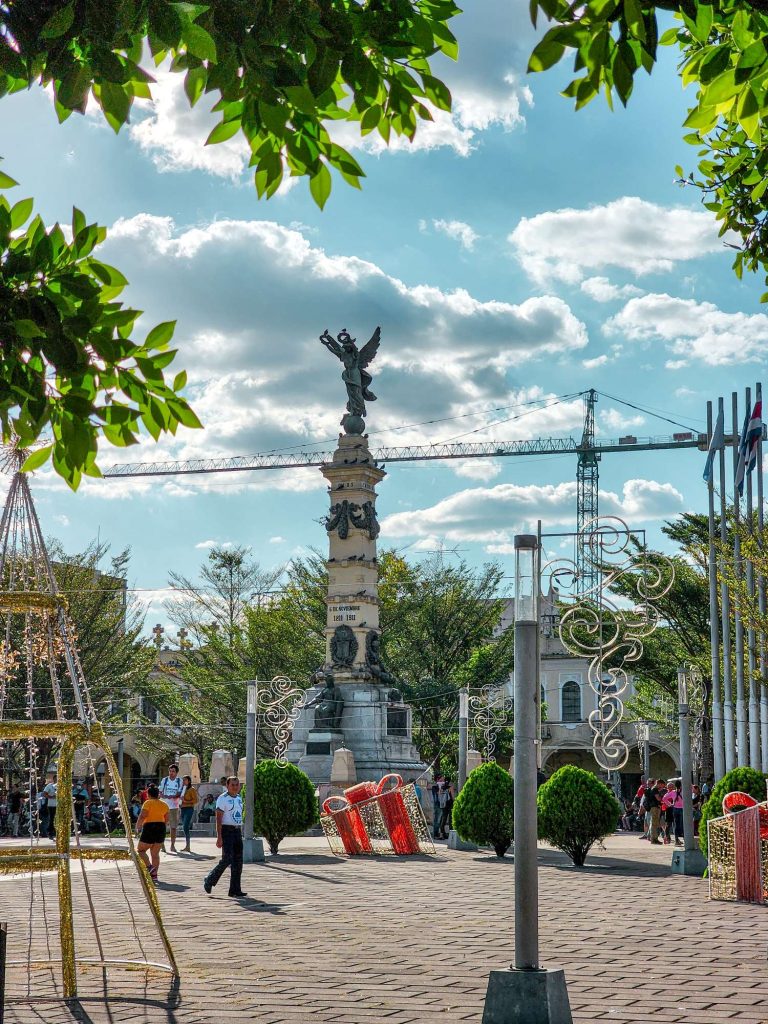
El Salvador has a reputation for being a dangerous country, and there are certain safety concerns that solo travelers should be aware of. However, with appropriate precautions, it is possible to have a safe and enjoyable trip to El Salvador.
Here are some tips for staying safe in El Salvador as a solo traveler:
- Stick to well-known tourist areas and avoid traveling alone at night.
- Avoid carrying large amounts of cash or wearing expensive jewelry or watches.
- Use caution when using public transportation. Stick to licensed taxis or Uber.
- Keep your passport and important documents in a secure location, such as a hotel/hostel safe/locker.
- Stay aware of your surroundings and trust your instincts. If a situation feels unsafe, remove yourself from it as quickly and calmly as possible.
- Learn some basic Spanish phrases before your trip, as English is not widely spoken outside of tourist areas.
- Consider staying in a hostel or guesthouse with good reviews and a social atmosphere, where you can meet other travelers and possibly join group activities. (recommendation below)
Overall, while there are safety concerns in El Salvador, solo travelers can have a safe and rewarding trip with careful planning and a heightened awareness of their surroundings.
Here are some highly-rated hostels in San Salvador, the capital city of El Salvador:
- Hostal Cumbres del Volcan Flor Blanca – The hostel offers comfortable dorms and private rooms, a rooftop terrace, and a communal kitchen.
- Hostal Cumbres del Volcán Escalón – This hostel offers accommodation with a garden, free private parking, a shared lounge, and a terrace.
- La Zona Hostel – This hostel is located in the trendy Zona Rosa neighborhood and offers private rooms and dorms, a swimming pool, and a communal kitchen. The hostel also has a bar and a restaurant
- Hotel Oasis – This hostel offers accommodation with a terrace or a balcony, free WiFi, and flat-screen TV, as well as a garden and a shared lounge.
- Hotel Tazumal House – Hotel Tazumal House features a café and modern rooms with free Wi-Fi. It is located in San Salvador’s university district.
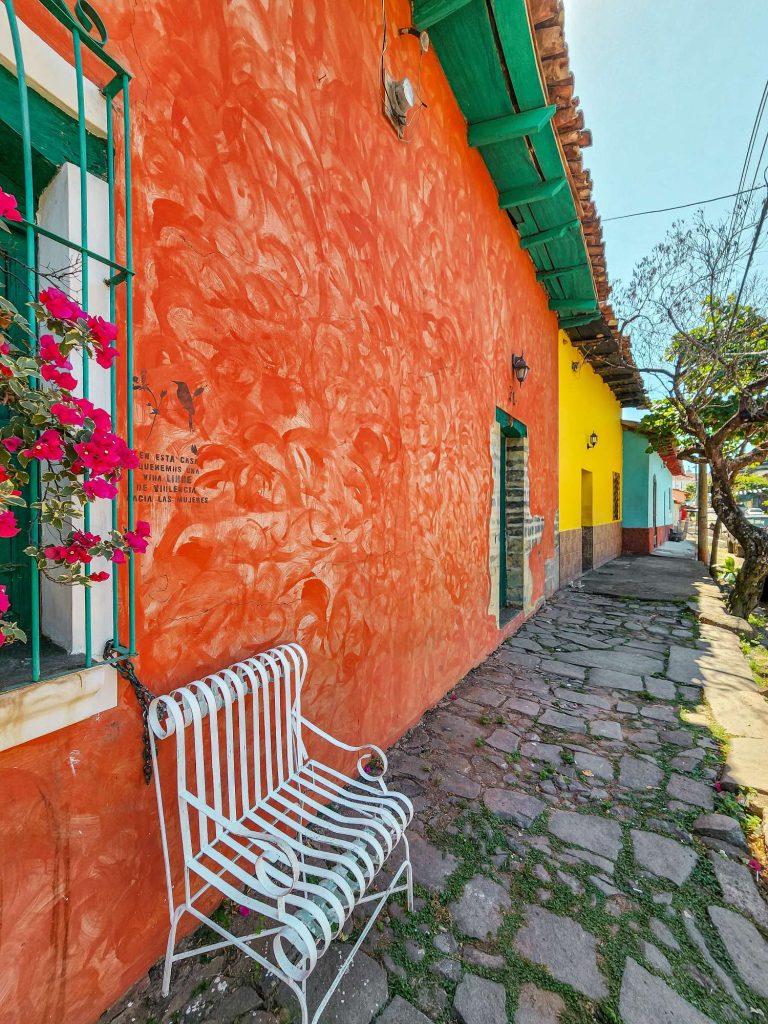
San Salvador has a vibrant food scene, with a mix of traditional Salvadoran cuisine and international options. Here are some popular dishes and places to eat in San Salvador:
- Pupusas – This is the national dish of El Salvador and a must-try when visiting San Salvador. Pupusas are thick corn tortillas stuffed with cheese, beans, or meat, and topped with curtido (a pickled cabbage slaw) and tomato salsa. Some popular places to try pupusas in San Salvador include El Paseo de las Pupusas and Pupusería Paty.
- Mariscada – El Salvador is known for its seafood, and mariscada is a popular dish that features a variety of seafood, such as shrimp, clams, and fish, in a tomato-based sauce. Some popular places to try mariscada in San Salvador include La Pampa Argentina and Los Cebollines.
- Chorizo con lombrices (also known as chorilonga or chorilonza) – It is a popular street food that consists of grilled chorizo sausage and moronga (blood sausage) served on a tortilla.
- Comida Corrida – This is a traditional Salvadoran lunch that typically includes a soup, a main course (such as grilled chicken or beef), rice and beans, and a drink. Many small restaurants in San Salvador offer comida corrida at an affordable price, such as Comedor Guadalupano.
- Coffee – El Salvador is also known for its coffee, and there are many coffee shops and cafes in San Salvador where you can try a cup of locally grown coffee. Some popular places to try coffee in San Salvador include Viva Espresso and The Coffee Cup.
- Street Food – San Salvador has a lively street food scene, with vendors selling a variety of snacks and treats. Some popular street foods to try include yuca frita (fried cassava), churros, and elotes locos (corn on the cob with toppings). You can find street food vendors throughout the city, but some popular areas include Parque Colón and La Gran Vía.
- Sopa de Res – A traditional beef soup that often includes vegetables such as carrots, potatoes, and yucca.
- Tamales – Similar to the Mexican dish, tamales in El Salvador are often filled with chicken or pork and served with tomato sauce.
- Ensalada Rusa – A salad made with boiled potatoes, carrots, peas, and mayonnaise.
- Quesadillas – These are sweet, Salvadoran-style cheese pastries that are often served with coffee or hot chocolate
- Ponche- Ponche is a traditional Salvadoran Christmas beverage made with fruits, spices, and rum.
Some popular places to try seafood dishes in San Salvador include La Pampa Argentina, Los Cebollines, and El Cadejo. You can also find ponche at local markets and street vendors during the holiday season.
San Salvador is the vibrant capital of El Salvador, located in the heart of Central America. Despite being one of the smallest capital cities in the region, San Salvador is a bustling metropolis with a rich history, vibrant culture, and plenty of activities for visitors to enjoy.
Here are 10 interesting things to see and do in San Salvador:
- See the memorable Iglesia El Rosario (Church of the Rosary) Pretty impressed with the rainbow effect – v original! It is so beautiful inside at any time during the day but the best time is 3 pm for the full rainbow effect. Cost $2 per foreigner to enter and masks are still required. They sell them for 0.25 cents each.
- Visit the iconic “El Salvador del Mundo” monument and ride the giant slide for a thrilling experience and panoramic views of the city.
- Immerse yourself in the local culture by visiting bustling markets like Mercado Central and Mercado Antiguo Cuscatlán, where you can sample traditional street food and shop for souvenirs.
- Learn about the country’s turbulent history and the struggles of the local people by visiting the Museum of the Revolution or the National Museum of Anthropology Dr. David J. Guzmán.
- Marvel at the stunning architecture of the city’s historic buildings, such as the Metropolitan Cathedral, the National Palace, and the Teatro Nacional.
- Take a leisurely stroll through the city’s parks and plazas, including the Parque Cuscatlán, Parque Libertad, and Plaza Gerardo Barrios.
- Enjoy the vibrant nightlife scene by visiting bars and clubs in trendy neighborhoods like Zona Rosa and La Gran Vía.
- Attend a cultural event or festival, such as the annual August celebrations or the Paseo El Carmen, a traditional street fair that takes place in the historic district.
- Discover the contemporary art scene by visiting Museo de Arte de El Salvador or art galleries like the Centro Cultural de España or the Casa Tomada.
- El Boquerón National Park: This park, located on the edge of the San Salvador Volcano, offers hiking trails, picnic areas, and stunning views of the city and surrounding landscape.
- La Casa de la Cultura: This cultural center offers a variety of workshops, classes, and events related to art, music, dance, and theater.
- Plaza Libertad: This beautiful public square features a statue of El Salvador’s national hero, Jose Matias Delgado, and is surrounded by historic buildings and museums.
Below are some suggested tours if you’re interested
- Joya de Cerén: This UNESCO World Heritage Site is known as the “Pompeii of the Americas” and offers a glimpse into the daily life of the Mayan people who lived here before the eruption of the nearby volcano.
- Tazumal: This pre-Columbian archaeological site located in the town of Chalchuapa features impressive Mayan ruins and is considered one of the most important archaeological sites in El Salvador.
- Lake Coatepeque: This picturesque crater lake is located about 45 minutes from San Salvador and offers stunning views, swimming, and water sports.
- Santa Ana Volcano: This active volcano is the highest in El Salvador and offers a challenging but rewarding hike to the summit for stunning views of the surrounding landscape.
- Ruta de las Flores: This scenic drive takes you through charming towns and picturesque landscapes, with plenty of opportunities to stop and explore local markets, coffee farms, and artisan shops.
- Suchitoto: This pretty pastel colonial town (pics above) located about an hour from San Salvador offers historic architecture, beautiful views of Lake Suchitlán, and opportunities for hiking, birdwatching, and water sports.
These are just a few of the many-day trips you can take from San Salvador. Make sure to do some more research and plan ahead to make the most of your time in El Salvador.
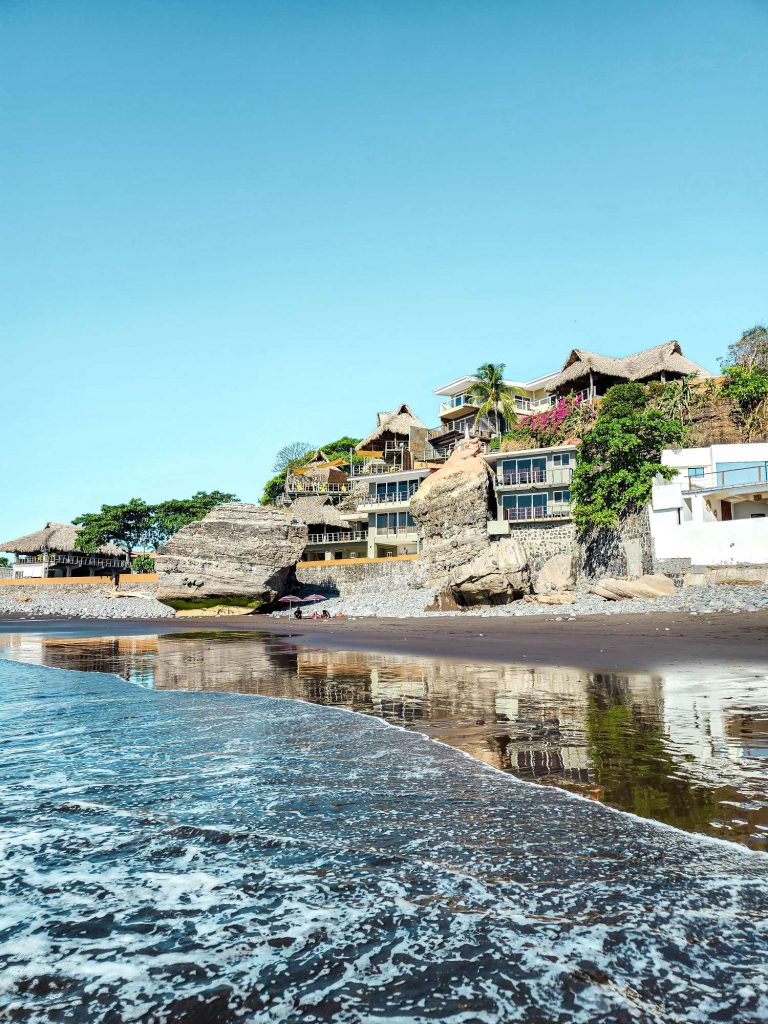
After spending a day in San Salvador and taking a day trip to Suchitoto the next day, I took the public local bus in the evening and arrived at El Sunzal Beach which is a good 20 mins beach walk to El Tunco beach. From San Salvador, the bus journey took about 1 hour and if you want another option, you can also Uber it to el tunco. It is a popular tourist destination located on the Pacific Coast of El Salvador. The beach is famous for its excellent surfing conditions, relaxed atmosphere, and beautiful natural scenery.
Other ways to get to El Tunco Beach from San Salvador include hiring a taxi but the most convenient way to travel is by car or private shuttle, which can be arranged through local tour operators or your hotel. The journey takes approximately 45 minutes to an hour, depending on traffic.
Once you arrive in El Tunco Beach, there are many activities to enjoy. Surfing is the most popular activity, and there are several surf schools and rental shops along the beach. You can also take a boat tour to explore the coastline, try your hand at fishing, or go for a hike in the nearby El Imposible National Park.
If you prefer a more laid-back experience as I did, you can simply relax on the beach and soak up the sun. The beach is lined with palm trees and has plenty of shady spots to relax, read a book, or take a nap. You can also enjoy a cold drink or a snack from one of the many beachside bars and restaurants.
When it comes to dining in El Tunco Beach, there are plenty of options to choose from. Many of the restaurants offer fresh seafood and traditional Salvadoran dishes, as well as international cuisine. Some popular restaurants include Sunzalito, Cafe Sunzal, and Beto’s Beach Bar.
Overall, El Tunco Beach is a must-visit destination for anyone traveling to El Salvador. Its relaxed vibe, beautiful scenery, and excellent surfing conditions make it an ideal place to unwind and enjoy the beauty of the Pacific coast.

On this backpacking one-month in Central America itinerary, it is time to visit one of my favorite countries Nicaragua. It is a beautiful country bordered by Honduras to the north and Costa Rica to the south. It has a population of around 6 million people and its capital city is Managua. Nicaragua is known for its stunning natural landscapes, including volcanoes, lakes, and beaches, as well as its rich culture and history.
I spent 2 days in Leon, 2 days in Granada, and 3 days in Ometepe. ( more on these below) I skipped San Juan del Sur because wasn’t keen on visiting another beach on this trip.
Must admit though when I was ready to leave Nicaragua to go to Costa Rica, I realized my passport was missing! Long story short, I ended up staying a week extra in Nicaragua just waiting for my emergency passport. Luckily it arrived exactly within a week and I was able to continue this trip. Needless to say, it is good to have some buffer time in case something unexpected happens and take care of your belongings AT ALL TIMES.
Leon is a city located in the northwest of Nicaragua, about 90 km northwest of the capital city of Managua. It is the second-largest city in Nicaragua and is known for its colonial architecture, historic landmarks, and vibrant arts and culture scene. Some of the must-visit sites in Leon include the Cathedral of Leon, the Museum of the Revolution, and the Rubén Darío Museum.
Granada is a city located in the south of Nicaragua, about 45 km southeast of the capital city of Managua. It is one of the oldest cities in the Americas and is known for its colorful colonial architecture, historic landmarks, and beautiful natural landscapes. Some of the must-visit sites in Granada include the Granada Cathedral, the San Francisco Convent, and the Mombacho Volcano Nature Reserve.
Ometepe is an island located in the middle of Lake Nicaragua, which is the largest lake in Central America. The island is formed by two volcanoes, Concepción and Maderas, and is known for its stunning natural landscapes, including lush forests, beautiful beaches, and scenic hiking trails. Some of the must-visit sites on Ometepe include the Ojo de Agua natural pool, the Charco Verde Nature Reserve, and the San Ramón Waterfall.

There are two ways you can cross the border from El Tunco to Leon. First one via boat and the second via land.
To start your journey, you’ll need to go from El Tunco to La Union, which is located on the eastern coast of El Salvador. In La Union, there are boat operators that offer the boat service to cross the border, but the days they ran, it did not work with my travel plans so I had to think of an alternate way. Must add, this boat journey is a quicker way to arrive in Leon tho because it goes directly to Nicaragua than via land. You can ask around in El Tunco to find a reliable operator and it’s important to plan ahead and book your tickets in advance, especially for the boat ride from El Tunco to La Union, as this can be a popular route.
Just a heads up, the information below is a bit vague for a reason because this is what I found in my research. Basically, you have to stop and stamp in and stamp out 4 times in 3 countries, and just thinking about finding local buses after each stop and the time it will take seemed like a hassle to me at the time.
Plus having done all 3 previous border crossings independently, I decided to pay for a shuttle for this one. The shuttle I used is called Roneey Shuttle, they were having a reopening promo for $45 USD which seemed decent. They included help with immigration, and door-to-door service i.e. pick up from the hostel in El Sunzal to a hostel in Leon was included.
Note: El Tunco is only 10-15 mins on the beach walk from El Sunzal but with a backpack, it was handy to have a pickup. Accommodations were full in El Tunco so I stayed at El Sunzal and took a local bus from the capital San Salvador to get there.
More power to you if you complete this border crossing yourself, feel free to share the details here so others can learn from you too.
- From El Tunco, take a bus to the border town of Amatillo. The journey takes around 2-3 hours.
- Stamp out of El Salvador at the immigration
- Cross the border into Honduras and go through immigration to stamp the passport
- Get another bus to the border town of Choluteca in Honduras and go through immigration again to Stamp out
- Once you cross the border, go to the immigration and stamp in Nicaragua.
- Then take a bus to the city of Chinandega. The ride takes around 1-2 hours.
- From Chinandega, take a bus to Leon. This journey takes around 1-1.5 hours.
Cross the border: At the border, you’ll need to go through immigration and customs procedures for both El Salvador and Nicaragua. Be sure to have all necessary documents, such as your passport and visa (if required), ready for inspection.
Overall, this journey can take around 8-12 hours, depending on your mode of transportation and how long you spend at each step. Additionally, be sure to pack plenty of water and snacks for the journey, as it can be a long and tiring day of travel.

The safety of solo travel in Nicaragua can vary depending on a number of factors, including the specific areas you plan to visit, the time of day, and your own behavior and precautions. Nicaragua has experienced political and social unrest in recent years, which has led to some safety concerns, particularly in the capital city of Managua and other urban areas. However, many areas of Nicaragua, including popular tourist destinations like Granada and San Juan del Sur, are generally considered safe for travelers.
With that said, I felt completely safe in every city I visited in Nicaragua. As a solo traveler, it’s important to take extra precautions to stay safe tho, such as
- Stay in well-lit and busy areas, particularly at night.
- Avoid carrying large amounts of cash or valuable items with you.
- Be aware of your surroundings and stay alert at all times.
- Research your destination ahead of time and be informed about any safety concerns or risks in the area.
- Stay up to date on relevant local news and follow any travel advisories issued by your home country’s government
- Use licensed taxis or transportation services, particularly at night or when traveling to unfamiliar areas.
- Respect local customs and dress modestly to avoid unwanted attention or harassment.
- Be cautious when consuming alcohol and avoid overindulging or accepting drinks from strangers.
- Consider staying in reputable accommodation that has good security measures in place.
- Get a local sim card with data, I bought claro in Guatemala and it worked till I get to Nicaragua! lol Bought a new one here.
Overall, Nicaragua can be a safe destination for solo travelers with proper planning and precautions. However, it’s important to stay informed about local conditions and take necessary safety measures to ensure a safe and enjoyable trip.
When it comes to hostels in Nicaragua, there are several great options in Leon, Granada, and Ometepe. Here are some recommendations:
- Hostal Clary Poco a Poco Hostel
- Hostel Leyendas
- The Spot Hostel León
- ViaVia Leon
In Granada:
- Hostal Mochilas
- Casa Yoly Hostel Granada
- El Caite Hostel
- Oasis Hostel
- Selina Granada
In Moyogalpa, Ometepe:
- Hospedaje Siero Rancho Tranquillo
- Cabañas Privadas Dilany
- Loren’s house
- Hostal Casa Mauro
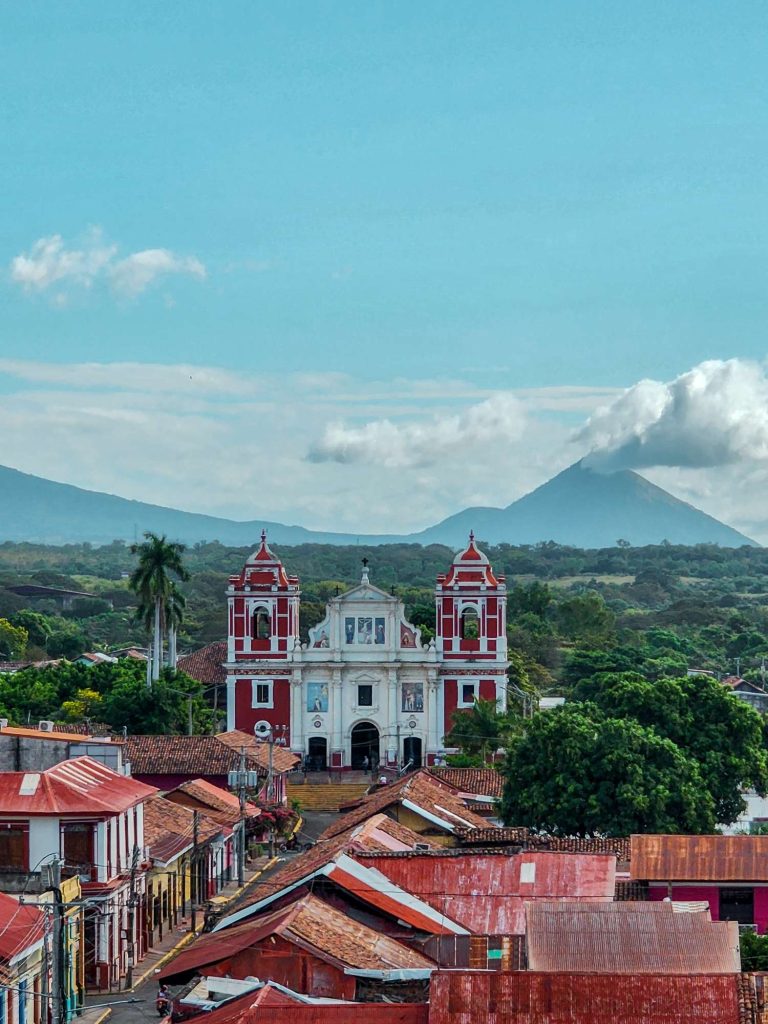
There are several options for getting from Leon to Granada and then to Ometepe:
- Private Transportation: You can hire a private taxi or van to take you from Leon to Granada, and then to the port in San Jorge, where you can catch a ferry to Ometepe. This option is convenient and comfortable, but it can be expensive.
- Public Transportation: This is what I did – You can take a local minibus from Leon to Granada, which takes about 1-2 hours depending on the traffic. From Granada, you can take a local bus to Rivas, then pay about 30 Q for the taxi to the port in San Jorge, which takes about 1 hour. From there, you can catch a ferry to Ometepe. This option is more budget-friendly but can be less comfortable and time-consuming.
- Shuttle Service: Many shuttle services operate between Leon, Granada, and San Jorge, which can be a convenient and affordable option. You can book these services online or through your hostel/hotel.
Regardless of which option you choose, it’s important to plan ahead and allow plenty of time for transportation, as travel times can vary depending on traffic and other factors. Also, make sure to check the ferry schedules ahead of time, as they can change seasonally or due to weather conditions.
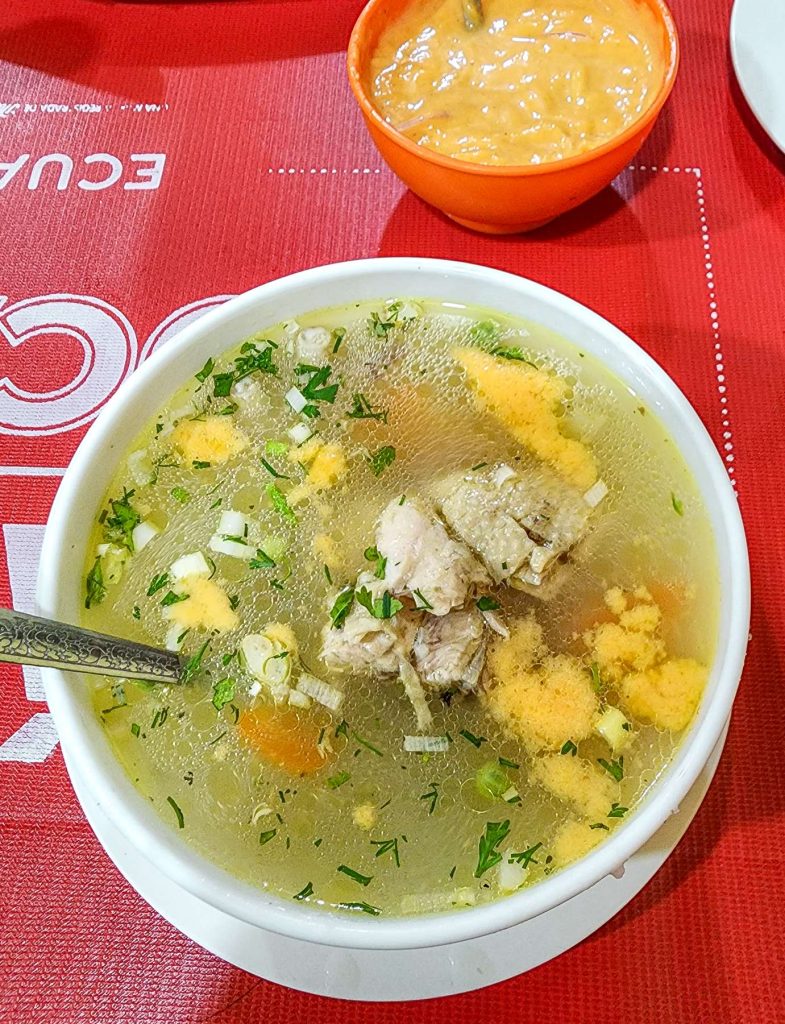
As for food in Nicaragua, there are plenty of delicious options to try. Here are some must-try dishes and recommended restaurants:
- Gallo pinto: a traditional dish made of rice and beans, often served for breakfast. You can find it at most local eateries.
- Nacatamales: similar to tamales, but made with corn dough and filled with meat, vegetables, and spices. You can find them at street food vendors or local restaurants.
- Vigorón: a popular street food made with boiled yucca, pickled cabbage, and chicharrón (fried pork rinds). Try it at Mercado Oriental in Managua, Mercado in Leon, and/or homemade at any residential street in Granada.
- Sopa de mondongo: a soup made with tripe, vegetables, and spices. You can find it at most local eateries.
- Seafood: Nicaragua has a long coastline, so seafood is plentiful and delicious. Try it at El Timón in Granada or any coastal town.
In terms of restaurants, here are some recommendations:
- Pita Pita in Granada: Best falafel wrap with a drink $5 can’t beat that! Restaurante La Terraza in Granada: great for traditional Nicaraguan food and a lovely view of the city.
- Café de los Sueños in Granada: a popular spot for breakfast and lunch with a beautiful courtyard
- El Zopilote in Ometepe: an eco-lodge and restaurant with delicious vegetarian and vegan options.
- La Cueva del Buzo in San Juan del Sur: a seafood restaurant with stunning views of the ocean.
- Asados El Gueguense in Managua: a casual restaurant with delicious grilled meats and traditional dishes.
During 7 days in Nicaragua solo travel I stayed 2 days in Leon and managed to explore the local town with Leon Cathedral and some of the places below.
- Leon Cathedral: This impressive cathedral is the largest in Central America and a must-see attraction in Leon. Recommend paying $2 to go up on the roof for the view of the town and volcanos around. (white one pics above)
- Museum of the Revolution: Learn about Nicaragua’s revolutionary history at this museum, which is housed in the former presidential palace.
- Ruben Dario Museum: This museum is dedicated to Nicaragua’s most famous poet, Ruben Dario, and showcases his life and work.
- Art galleries: Leon has a thriving arts scene, and there are several galleries and studios worth visiting, including the Ortiz-Gurdian Foundation and the Fundacion Casa de los Tres Mundos.
- Cerro Negro volcano: Located just outside of Leon, Cerro Negro is an active volcano that’s popular for hiking and sandboarding.
- Juan Venado Island Nature Reserve: This protected area is home to a variety of wildlife, including sea turtles, crocodiles, and birds. Visitors can take a boat tour to explore the mangroves and beaches.
- Central Market: This bustling market is a great place to experience local culture and try traditional Nicaraguan food.
- Sutiaba neighborhood: This historic neighborhood in Leon is known for its colonial architecture and traditional crafts. Visitors can see artisans at work and visit the Sutiaba Museum.
- Flor de Cana Rum Distillery: This famous Nicaraguan rum is made in Chichigalpa, which is about an hour from Leon. Visitors can take a tour of the distillery to see how it’s made and sample some of the rum.
- Los Maribios Range: This range of volcanoes is located near Leon and offers stunning views and opportunities for hiking and exploring.
On this 7 days in Nicaragua solo travel, I stayed 2 days in Granada initially and then went to Ometepe in the south but when I realized my passport was missing, I had to backtrack all the way to Managua, the capital city to apply for an emergency passport. (I will write a separate post on the process of it)
As I wanted to avoid busy Managua city, I chose to wait for my emergency passport in Granada. It was about an hour’s bus ride from the Consulate office in Managua to Granada which wasn’t too bad and a week later the emergency passport finally arrived from Mexico. So I ended up staying here longer which actually forced me to slow down and enjoy daily life for a bit.
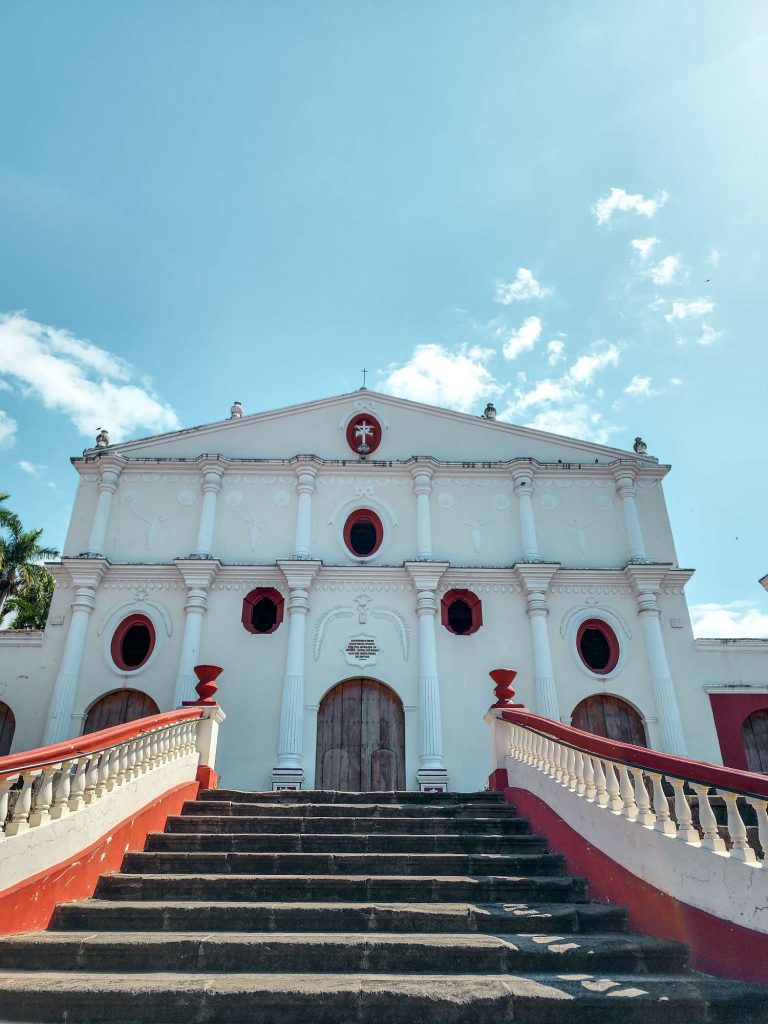
- Granada Cathedral: This stunning cathedral is one of the most iconic landmarks in Granada and is worth a visit for its architecture and historical significance. Additionally, you can pay to go up the bell tower of the cathedral for a great view of the city and surrounding area.
- Calle La Calzada: This pedestrian street in the heart of Granada is lined with restaurants, bars, and shops and is a great place to soak up the city’s lively atmosphere.
- Mi Museo: This museum showcases the private collection of Granada resident Karen Gritzma, featuring pre-Columbian ceramics, colonial-era paintings, and other historical artifacts.
- Lake Nicaragua: Granada sits on the shores of this massive lake, which is home to hundreds of small islands and offers opportunities for boating, fishing, and birdwatching.
- Masaya Market: This market, located just outside of Granada, is a great place to shop for local crafts and souvenirs, including ceramics, hammocks, and textiles.
- Las Isletas: These small islands in Lake Nicaragua can be explored by boat tour and offer opportunities for birdwatching and swimming.
- Iglesia de la Merced: This colonial-era church is known for its bright yellow facade and impressive bell tower, which offers great views of the city.
- Chocolate Museum: This museum, located in a restored colonial-era home, offers tours and tastings of Nicaraguan chocolate.
- Laguna de Apoyo: This volcanic crater lake, located about 30 minutes from Granada, offers opportunities for swimming, kayaking, and hiking.
- Mombacho Volcano: This active volcano is located just outside of Granada and offers opportunities for hiking and ziplining, as well as stunning views of Lake Nicaragua and the surrounding countryside.
Bonus tip: Granda has a secret Rave party on Fridays that runs in a Treehouse Hostel, among the forest at the base of Mombacho Volcano! 25$ for tickets and sells fast
Lastly, during my 7 days in Nicaragua solo travel I spent 2 days on the beautiful island of Ometepe. It’s a unique destination in Nicaragua, located in the middle of Lake Nicaragua! The island is dominated by two large volcanoes, Concepción and Maderas, which give it its distinctive infinity sign shape.
In addition to the stunning volcanic landscape, Ometepe offers visitors a wealth of natural and cultural attractions to explore. The island is home to a number of beautiful beaches, waterfalls, and nature reserves, where visitors can hike, swim, and spot wildlife such as monkeys, birds, and butterflies.

Ometepe is a beautiful and unique destination in Nicaragua! Located in the middle of Lake Nicaragua, the island is dominated by two large volcanoes, Concepción and Maderas, which give it its distinctive infinity sign shape.
Ometepe also has a rich cultural heritage, with pre-Columbian petroglyphs, ancient ruins, and a vibrant artisan community that produces traditional ceramics, textiles, and other handicrafts. Visitors can learn about the island’s history and culture at local museums and cultural centers, or by attending one of the many festivals and celebrations that take place throughout the year.
Overall, Ometepe is a destination that offers something for everyone, whether you’re looking for adventure, relaxation, or cultural immersion.
Here are some of the top highlights to visit in Ometepe:
- Concepcion Volcano: This active volcano is one of the most prominent features of Ometepe’s landscape and offers opportunities for hiking and exploring.
- Ojo de Agua: This natural swimming pool is fed by underground springs and is a refreshing place to cool off on a hot day.
- Charco Verde Nature Reserve: This nature reserve offers hiking trails, birdwatching opportunities, and a beach with views of the Concepcion Volcano.
- San Ramon Waterfall: This waterfall is located in the hills of Ometepe and is a beautiful spot for a hike and a swim.
- Punta Jesus Maria: This narrow spit of land juts out into Lake Nicaragua and offers stunning views of the lake and surrounding landscape.
- Altagracia: This small town is home to a number of historical and cultural sites, including the Altagracia Church, which features murals depicting the island’s history.
- Museo El Ceibo: This museum offers exhibits on Ometepe’s history and culture, as well as a collection of pre-Columbian artifacts.
- Finca Magdalena: This coffee farm offers tours and tastings of Nicaraguan coffee, as well as a chance to learn about the coffee-making process.
- Santo Domingo Beach: This black-sand beach is a popular spot for swimming, sunbathing, and relaxing.
- Los Ojos de Agua: This natural spring offers crystal clear water to swim in, with a picnic area and facilities for visitors.
- Playa Mango: One of my fav spots in Omtepe, it offers a great view of the Conception Volcano, food, drinks, and also a decent place to do some work!
These are just a few of the many highlights to visit in Ometepe, so be sure to explore and discover more of what this beautiful island has to offer.

3 day Costa Rica Itinerary
Costa Rica is a small country located in Central America, bordered by Nicaragua to the north and Panama to the south. Known for its natural beauty, biodiversity, and eco-tourism opportunities, Costa Rica attracts millions of visitors every year. Its diverse landscape includes lush rainforests, active volcanoes, stunning beaches, and rugged mountains.
My goal for this central America trip was to see something unique in each of these 7 countries. So I skipped Monteverde Cloud Forest, La Fortuna, and Manuel Antonio National Park as have seen something similar with mountains, and hanging bridges many times before. Plus I had to spend 7 days extra waiting for my emergency passport in Nicaragua so I didn’t mind skipping the north of Costa Rica for the Capital city, & the coast. (more on this below)
There are a few different transportation options for traveling from Granada, Nicaragua to San Jose, Costa Rica:
- Bus: You can take a direct bus from Granada to San Jose, which usually takes around 8-10 hours. The bus journey involves crossing the border between Nicaragua and Costa Rica, which can take some time due to immigration procedures. There are several bus companies that operate this route, including Tica Bus, Nicabus, and TransNica. I chose this option with an early start which meant I’d have to be at the bus stop in Granada at 530 A.M. You can buy the ticket on their website and take a taxi to the bus stop as it’s lil off the main square. was planning on walking but I cbb in the early morning as it was still dark & chilly. Also, when I arrived in San Jose, had to take a taxi to the hostel because the bus wasn’t running frequently & again i cbb waiting around forever at the terminal.
- Private Shuttle: Another option is to hire a private shuttle or taxi to take you from Granada to San Jose. This can be more expensive than taking the bus, but it offers the convenience of door-to-door service and may be faster.
- Fly: If you’re looking for a quicker and more convenient option, you can fly from Managua, Nicaragua to San Jose, Costa Rica. There are several airlines that operate this route, including Copa Airlines and Avianca. You can either take a taxi or shuttle from Granada to the airport in Managua.
Regardless of which option you choose, it’s important to check the latest travel advisories and border crossing requirements for Nicaragua and Costa Rica.
Costa Rica is generally considered to be a safe destination for solo travelers. The country has a stable democracy, a low crime rate compared to other Latin American countries, and a friendly and welcoming culture. However, as with any destination, it’s important for solo travelers to take some basic safety precautions:
- Be aware of your surroundings: Keep your belongings close to you and avoid walking alone in unfamiliar or isolated areas, especially at night.
- Use common sense: Don’t flaunt expensive jewelry or electronics, and avoid carrying large amounts of cash.
- Research your accommodations: Choose reputable hotels or hostels with good reviews and in safe neighborhoods. (recommended ones below)
- Learn some Spanish: Knowing some basic Spanish can help you communicate with locals and navigate more easily.
- If feeling unsure consider taking organized tours: Joining organized tours or activities can be a great way to meet other travelers and stay safe while exploring.
Overall, solo travelers should exercise caution and common sense while traveling in Costa Rica but should feel confident in exploring this beautiful and welcoming country.
There are many hostels in San Jose, Costa Rica that cater to different budgets and travel styles. Here are some popular options:
- Costa Rica Backpackers Hostel : This hostel is located in downtown San Jose and offers a variety of private and shared rooms, as well as a communal kitchen and lounge area.
- Selina San Jose : This stylish hostel is located in the trendy Barrio Otoya neighborhood and features a rooftop terrace, co-working space, and on-site restaurant.
- Hostel Casa del Parque : This eco-friendly hostel is located near the National Museum and features a garden, terrace, and communal kitchen.
- Casa Escalante Hostel : This budget-friendly hostel is located in the historic Barrio Amón neighborhood and features a communal kitchen and lounge area.
- Gaudys Eco Hotel : This upscale hostel is offers private and shared rooms, as well as a bar and outdoor pool.
These are just a few options among the many hostels available in San Jose. It’s always a good idea to read reviews, compare prices, and choose a hostel that fits your budget and travel style.

San Jose is the capital city of Costa Rica, located in the center of the country. It has a population of around 340,000 people and is the political, economic, and cultural center of Costa Rica. The city is home to many museums, art galleries, and cultural centers, as well as a vibrant nightlife. Plus, it is surrounded by natural beauty, including national parks, forests, and volcanoes, making it a great destination for outdoor activities such as hiking and whitewater rafting.
With its rich cultural heritage and natural attractions, San Jose, Costa Rica is a popular destination for tourists seeking both adventure and cultural experiences. Here are some of the top highlights to visit in San Jose:
- National Museum of Costa Rica: Housed in a historic fort, the museum offers exhibits on the country’s history, art, and culture.
- Gold Museum: This museum showcases an extensive collection of pre-Columbian gold artifacts and offers a glimpse into the history of the indigenous peoples of Costa Rica.
- Central Market: A bustling indoor market offering a variety of local foods, crafts, and souvenirs.
- National Theater: This beautiful theater was built in 1897 and features ornate decor and an impressive performance schedule.
- La Sabana Metropolitan Park: A large park offering green space, walking trails, and recreational facilities in the heart of the city.
- Jade Museum: A museum featuring a collection of jade artifacts from ancient civilizations in Costa Rica and Central America.
- San Jose Cathedral: A historic cathedral featuring beautiful stained glass windows and located in the heart of downtown San Jose.
- Costa Rican Art Museum: This museum showcases modern and contemporary art by Costa Rican artists.
- Mercado de Artesanias: An outdoor market offering a variety of handmade crafts and souvenirs from all over Costa Rica.
- Barrio Amón: A historic neighborhood with beautiful colonial architecture, home to many museums, art galleries, and cafes.
Overall, San Jose is a vibrant and diverse city with a rich cultural heritage and plenty of attractions to explore.
Puerto Viejo has several hostels to choose from, depending on your budget and preferences. Here are some popular options that you may consider:
- Rocking J’s Hostel: This hostel is located right on the beach and features colorful and unique accommodations, as well as a lively atmosphere with live music and events.
- Selina Puerto Viejo: This trendy hostel is located in the town center and features stylish and comfortable private and shared rooms, as well as a swimming pool, bar, and restaurant.
- Pagalu Hostel: This eco-friendly hostel is located near the beach and features private and shared rooms, as well as a garden and communal kitchen.
- The Lionfish Hostel: This budget-friendly hostel is located near the town center and features private and shared rooms, as well as a rooftop terrace and bar.
- Kalunai Hostel: This hostel is located near the beach and features private and shared rooms, as well as a communal kitchen and lounge area.
These are just a few options among the many hostels available in Puerto Viejo. It’s always a good idea to read reviews, compare prices, and choose a hostel that fits your budget and travel style.
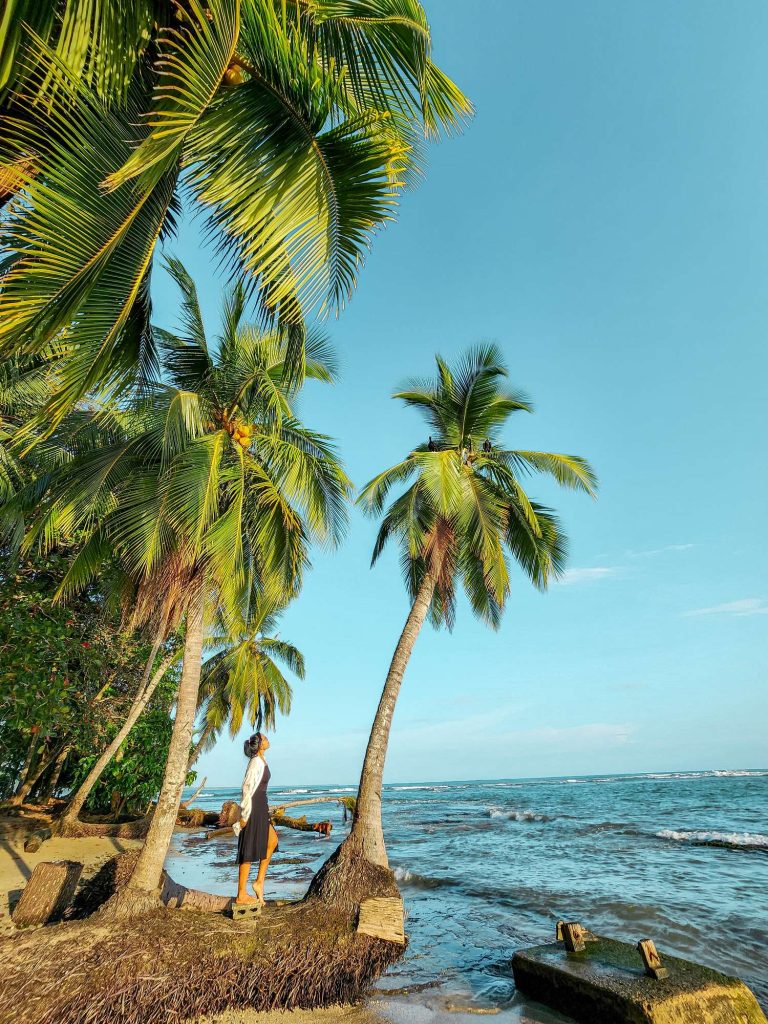
I spent 2 days in San Jose and then went to Puerto Viejo which is a charming town located on the country’s Caribbean coast. Puerto Viejo is known for its laid-back vibe, friendly locals, and stunning beaches. It’s a great place to relax, unwind, and soak up the sun but the main reason I came here was to check out the National Park,
The town is also famous for its many local restaurants and bars that serve up delicious Caribbean cuisine and feature live music performances. Visitors can enjoy fresh seafood, and tropical cocktails, and dance the night away to the sounds of reggae and calypso music. Btw kinda felt like Bangkok & Bali a bit in the main town..
Here are some of the top highlights to visit in Puerto Viejo:
- Beaches: Puerto Viejo is known for its beautiful beaches, including Playa Cocles, Playa Chiquita, and Punta Uva. These beaches offer great opportunities for swimming, surfing, and sunbathing.
- Jaguar Rescue Center: This animal rescue center is dedicated to rehabilitating and releasing injured or orphaned wildlife, including jaguars, monkeys, sloths, and birds.
- Cahuita National Park: A beautiful national park offering hiking trails, beaches – swim, snorkel, and sunbathe, and opportunities for wildlife watching – monkeys, sloths, and toucans. Entry is based on a donation & one short bus ride away from Puerto Viejo but if you are short in time, it’s a good idea to get off the bus from Nicaragua at Cahuita National Park, (the bus stop is literally 5 mins walk away from the entrance of NP, store your bag at the ticket office or spend a night here – few hostels) explore and then get on a bus to the town of Puerto Viejo upon return from the same bus terminal.
- BriBri Indigenous Reserve: A nearby indigenous reserve offering opportunities to learn about the BriBri culture and visit waterfalls and cacao plantations.
- Surfing: Puerto Viejo is a popular surfing destination, with several surf schools and rental shops offering lessons and equipment.
- Nightlife: Puerto Viejo has a lively nightlife scene, with bars and clubs offering live music and dancing.
- Sloth Sanctuary: A sloth rescue center located a short drive from Puerto Viejo, offering opportunities to see and learn about these unique animals.
- Caribeans Chocolate Factory: A small chocolate factory offering tours and workshops on the chocolate-making process, using locally sourced cacao.
Overall, Puerto Viejo is a laid-back and beautiful destination with plenty of opportunities for outdoor adventure, cultural experiences, and laid-back Caribbean charm.

Costa Rican cuisine is diverse and flavorful, with many delicious dishes and drinks to try. Here are some popular foods and drinks to try while in Costa Rica:
- Gallo Pinto: This is a traditional Costa Rican breakfast dish made with rice and beans, often served with eggs, sour cream, and tortillas.
- Casado: This is a typical Costa Rican lunch or dinner dish that includes rice, beans, salad, and a choice of meat, such as chicken, beef, or fish.
- Ceviche: This is a popular seafood dish made with raw fish marinated in lime juice and mixed with onion, cilantro, and other seasonings.
- Chifrijo: This is a tasty appetizer made with rice, beans, fried pork, avocado, and pico de gallo.
- Arroz con leche: This is a sweet dessert made with rice, milk, sugar, and cinnamon.
As for drinks, Costa Rica is known for its coffee, which is grown in the highlands and is considered some of the best in the world. You can also try a variety of fruit juices, such as guanabana (soursop), mango, and papaya. Another popular drink is the guaro sour, made with local liquor called guaro, lime juice, and sugar.
Of course, there are many other delicious foods and drinks to try in Costa Rica, so be sure to explore and try new things during your visit

Finally the last country in this backpacking one month Central America itinerary. Panama is a Central American country situated between Costa Rica to the north and Colombia to the south. It is best known for the Panama Canal, which connects the Atlantic and Pacific Oceans and is a vital shipping route for global commerce. The country’s official language is Spanish, and its capital city is Panama City.
In addition to the Panama Canal, Panama is home to a diverse range of natural landscapes, from rainforests to beaches to mountains. The country also has a rich cultural heritage, with indigenous populations, Afro-Caribbean communities, and Spanish colonial influences all contributing to its unique identity. Overall, Panama offers visitors a blend of natural beauty, cultural richness, and modern amenities that make it a fascinating destination to explore.
To travel from Puerto Viejo, Costa Rica to Bocas del Toro, Panama, you will need to take a combination of land and water transportation.
Before I share how to do it, I want to give you a heads-up that Costa Rica immigration will most likely ask for your exit plan. So, while waiting in the queue I bought a shuttle ticket from Costa Rica to Panama online because I knew my exact dates so that helped. Shuttle transport was a door-to-door service but it was around 50 USD! I met another traveler who had bought a cheaper shuttle but not sure if that went ahead as she mentioned they never got the confirmation email, mine came through and the company was very responsive however. ( I did have a second thought afterward that I may want to stay longer in Costa Rica but they were welcoming me changing dates- if you are interested the company is called Caribe Shuttle. This is something to consider or buy a first-class plane flight and cancel WITHIN 24 hours for a full refund. I never used the other services online that provide fake. plane tickets so can’t advise on that. With that said here’s an overview of the journey:
- Take a bus from Puerto Viejo to Sixaola: From Puerto Viejo, you can take a local bus (Autotransportes MEPE) to the town of Sixaola, which is located on the border between Costa Rica and Panama. The journey takes about 1.5 to 2 hours, depending on traffic and road conditions. Recommend starting your day early & catch an earlier enough bus because the border is only open until 5 pm daily. Stamp out of Costa Rica
- Cross the border: Walk across the bridge to the Panamanian side of the border. Be sure to have your passport and any necessary travel documents on hand to stamp In Panama
- Take a shared taxi to Almirante: After crossing the border, you can take a shared taxi to the town of Almirante, which is located on the coast of Panama. The journey takes about 30 to 45 minutes.
- Take a boat to Bocas del Toro: From Almirante, you can take a water taxi to the town of Bocas del Toro, which is located on the Isla Colón. The journey takes about 30 to 45 minutes, depending on the weather and sea conditions.
Overall, the journey from Puerto Viejo to Bocas del Toro can take several hours, and it’s important to plan ahead and make sure you have all the necessary travel documents and arrangements in place.
Panama is generally considered a safe destination for solo travelers. While it has a relatively low crime rate, it’s still important to take appropriate safety precautions as you would when traveling to any destination. It’s recommended to be aware of your surroundings, especially in tourist areas, and to avoid carrying large sums of cash or wearing expensive jewelry. It’s also a good idea to keep your passport and other important documents in a safe place and to stay alert when using public transportation or walking alone at night.
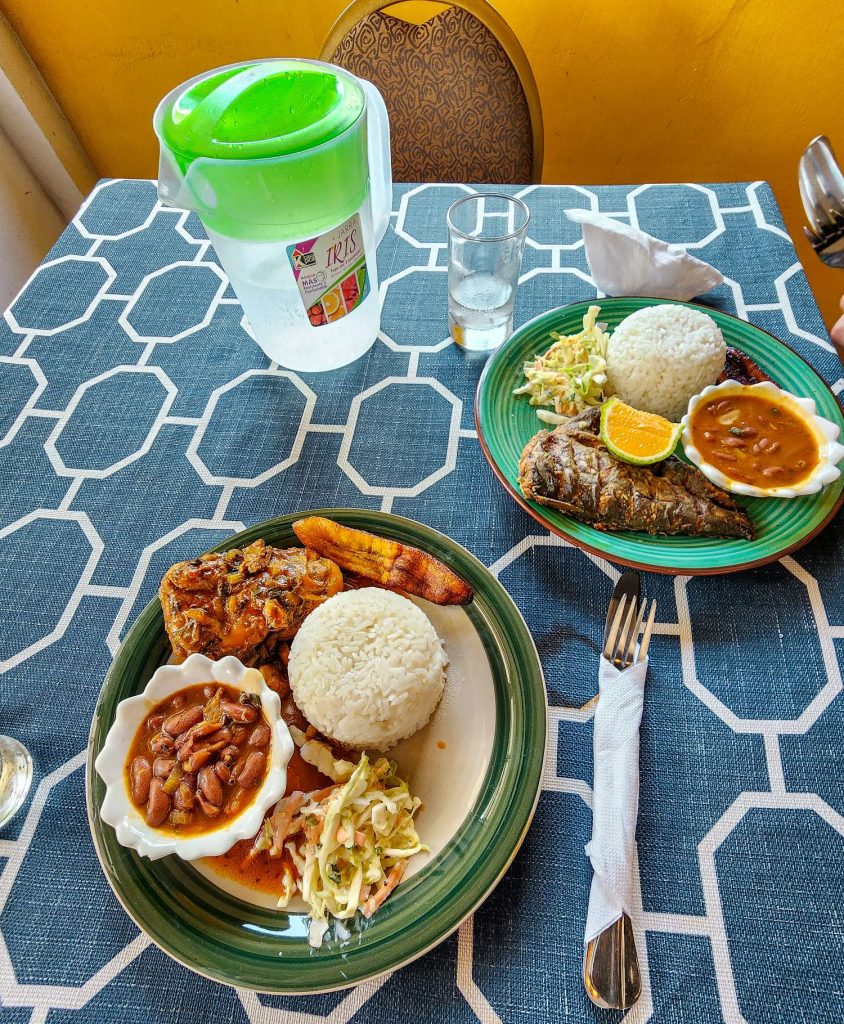
Panama offers a wide range of cuisine options, including traditional Panamanian dishes, as well as international cuisine from around the world. Here are some popular foods to try and places to eat in Panama:
- Sancocho: a hearty soup made with chicken, yucca, and other vegetables. It’s a staple in Panama and can be found in most local restaurants.
- Empanadas: a fried pastry filled with meat, cheese, or vegetables. They’re a popular snack or street food in Panama and can be found at many food stalls and local eateries.
- Ceviche: a seafood dish made with raw fish or shrimp marinated in lime juice, onions, and cilantro. It’s a refreshing dish that’s perfect for a hot day and can be found in many seafood restaurants in Panama City.
- Arroz con pollo: a classic dish of rice with chicken, onions, peppers, and other vegetables. It’s a filling and flavorful meal that’s popular in many Panamanian restaurants.
- Patacones: fried plantain slices that are often served as a side dish or appetizer. They’re crispy and delicious and can be found at many local restaurants and food stalls.
As for where to eat in Panama, here are some popular restaurants and food markets:
- Street Taco Bocas – This is a great spot for authentic Mexican street tacos in Bocas del Toro. They have a variety of delicious fillings and toppings, and the prices are very reasonable.
- Happy Mama’s Bocas – If you’re looking for healthy, organic food options in Bocas del Toro, Happy Mama’s is a great choice. They offer a variety of vegan and vegetarian dishes, as well as fresh juices and smoothies.
- In Anton Valley – On the main street recommend a hamburger place opposite the market (coconuts here) and local restaurants offering menu dias.
- Mercado de Mariscos: This seafood market in Panama City is a must-visit for seafood lovers. You can buy fresh fish and seafood to cook at home, or dine at one of the many stalls that serve ceviche, fried fish, and other seafood dishes.
- Mi Ranchito: a popular Panamanian restaurant with multiple locations in Panama City. They serve traditional dishes such as sancocho and arroz con pollo.
- Tinajas – Located in the heart of Panama City’s historic Casco Viejo district, Tinajas offers traditional Panamanian cuisine in a lively, festive atmosphere. They have live music and dancing on some nights, making it a great spot for a fun night out.
These are just a few of the many great places to eat in Panama. Whether you’re looking for street food or fine dining, there’s something for everyone in this diverse country.
I stayed 2 days and 2 nights in Bocas, another 2 days and 2 nights in Anton Valley, 1 night on the bus traveling from Bocas to Anton Valley, and 1 till mid night in Panama City to catch the next flight.
There are many great hostels to choose from in Bocas del Toro. Whether you’re looking for a social atmosphere or a quiet retreat, there’s a hostel to suit your needs and budget. Here are some recommended ones:
- Selina Bocas del Toro – This trendy hostel is located right on the beach and offers a variety of private and dormitory-style rooms. The hostel also has a pool, bar, and restaurant on-site, as well as a range of activities and events for guests.
- Spanish by the Sea – Located in the heart of Bocas Town and only 5 mins from the ferry dock. This hostel offers affordable dormitory-style rooms and private rooms. The hostel has a communal kitchen, a rooftop terrace, and Spanish lessons too.
- Twin Fin Hostels – This colorful hostel is located in a historic building in the heart of Bocas Town. The hostel offers private rooms and dormitory-style rooms, as well as a communal kitchen, rooftop terrace, and a lively bar on the ground floor.
- Bastimentos Hill Guest House – This small, family-run hostel is located just outside of Bocas Town, in a quiet, residential area. The hostel offers private rooms and dormitory-style rooms, as well as a communal kitchen and a lovely garden with hammocks and outdoor seating.
- Las Olas Hostel – This hostel is located just a short walk from Bocas Town. The hostel offers private rooms and dormitory-style rooms, as well as a communal kitchen, outdoor seating areas, and a range water sports activities.

- Carenero Island – This picturesque island is just a short boat ride from Bocas Town, and is a great spot for swimming, sunbathing, and snorkeling. The island is known for its calm, crystal-clear waters, and beautiful coral reefs.
- Star Beach – Located on Isla Colon, Star Beach is another popular spot for swimming and sunbathing. The beach has soft, white sand and clear, shallow waters, making it a great place for families with young children.
- Bastimentos National Marine Park – This protected area encompasses a group of islands and coral reefs and is home to a diverse range of marine life. Visitors can take a boat tour or go snorkeling to see colorful fish, sea turtles, and other marine creatures.
- Red Frog Beach – Located on Isla Bastimentos, Red Frog Beach is one of the most famous beaches in Bocas del Toro. The beach gets its name from the tiny red frogs that inhabit the surrounding jungle. Visitors can relax on the beach, hike through the jungle, or take a guided tour to learn more about the local wildlife.
- Bocas Town – The main town on Isla Colon, Bocas Town is a colorful, lively place with a laid-back Caribbean vibe. Visitors can explore the town’s narrow streets, check out the local shops and restaurants, or take a boat tour to see the surrounding islands.
- Dolphin Bay – This sheltered bay on Isla San Cristobal is home to a large population of bottlenose dolphins. Visitors can take a boat tour to see the dolphins up close and learn more about these intelligent creatures.
These are just a few of the many highlights of Bocas del Toro. Whether you’re interested in beaches, wildlife, or local culture, there’s something for everyone in this beautiful part of Panama.
Anton Valley is a popular destination for nature lovers and adventurers in Panama. Here are some hostels you might want to consider when visiting Anton Valley:
- Hostal La Casa de Juan
- Bodhi Hostel & Lounge
- Valle Paradise
- El Valle de Anton La Chachalaca
These are just a few of the many great places to stay in Anton Valley. Whether you’re looking for a luxury spa experience or a budget-friendly guesthouse, there’s something for every type of traveler in this beautiful part of Panama.

Anton Valley is a stunning destination in Panama, known for its lush forests, scenic hiking trails, and natural wonders. It’s one of my fav destination in Central America as well and is situated inside a dormant volcanic crater. One of the must-do hikes in Anton Valley is the La India Dormida Trail, which offers breathtaking views of the valley and the surrounding countryside.
The La India Dormida Trail is named after a rock formation that resembles a sleeping Indian woman. The trail is approximately 4.5 km long and takes around 3-4 hours to complete. It starts at the base of La India Dormida and winds its way up the mountain through lush tropical forests, rocky terrain, and steep inclines. Hostel advised that recently there have been some robberies happening on this trail and not to go solo. So, I went with a fellow traveller and recommned the same.
As you climb higher, the trail opens up to reveal stunning panoramic views of the valley, including the town of Anton and the surrounding mountains. Along the way, you’ll encounter a variety of flora and fauna, including exotic birds, butterflies, and orchids.
The legend behind La India Dormida is that a beautiful Indian princess fell in love with a Spanish conquistador. Her tribe disapproved of the relationship and forced her to marry another man. Heartbroken, the princess climbed the mountain and fell asleep, turning into a rock formation that still stands today.
This is a challenging hike that rewards those who make the effort with unforgettable views and a fascinating backstory. It’s a must-do hike for anyone visiting Anton Valley, and it’s sure to leave a lasting impression. I must add that, there are many stories and legends surrounding La India Dormida, and the one I shared is just one of them. I’d be happy to share another story about this iconic rock formation.
According to another legend, La India Dormida is named after an indigenous woman who lived in the valley a long time ago. She was known for her beauty and wisdom and was greatly respected by her people. One day, a group of Spanish conquistadors arrived in the valley and began to plunder and destroy the land.
The indigenous woman, feeling a great sense of responsibility to protect her people and the land they lived on, decided to take matters into her own hands. She climbed to the top of the mountain, where she prayed to the gods for strength and guidance.
As she prayed, she fell into a deep sleep and turned into the rock formation that still stands today. The legend goes that she continues to watch over the valley and protect it from harm, even in her eternal slumber.
This legend, like the first one, highlights the rich cultural history and deep spiritual connection that the people of Anton Valley have with their land and natural surroundings. Regardless of which legend you choose to believe, the La India Dormida Trail remains a must-do hike for anyone visiting the area, offering a glimpse into the unique culture and history of this beautiful part of the world.
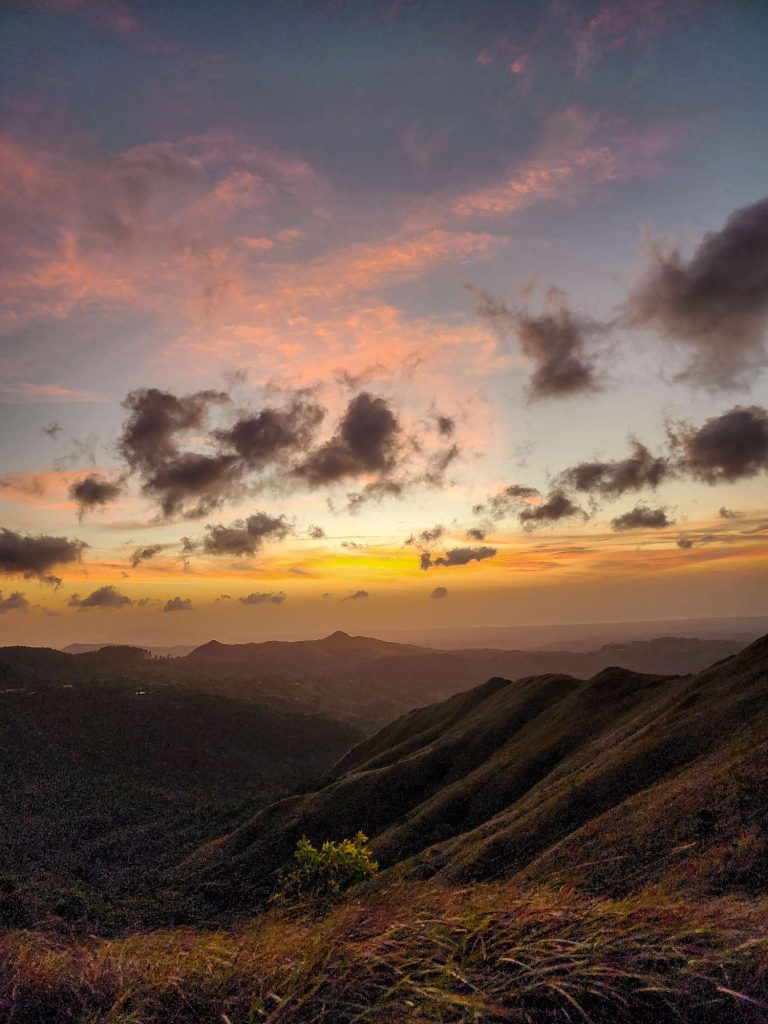
This trail takes you to the summit of Cerro La Silla, a mountain peak that offers stunning views of the valley. The hike is challenging, but the reward of watching the sunrise from the top of the mountain is worth the effort. On the way back down, the La Pita Trail takes you through lush tropical forests and past beautiful waterfalls.
This challenging hike takes you through narrow canyons, over boulders, and across streams. The reward is a series of beautiful waterfalls and natural pools that are perfect for a refreshing swim. This hike is best done in the morning or early afternoon.

This difficult hike takes you through dense forest and up steep inclines to a peak that offers panoramic views of the entire valley. It is best done in the late afternoon, as the sunset from the summit is breathtaking.
This combination trail takes you to three different destinations, including the stunning Agua Buena natural pool and waterfall. Along the way, you’ll also have the opportunity to explore the La Piedra Pintada site and swim in the Chorro El Macho waterfall. This hike is best done in the mid-morning or early afternoon.
No matter which hikes you choose to do, Anton Valley’s unique geological features and rich cultural history make it a must-visit destination for any hiking enthusiast.
Go on a wildlife tour: Anton is home to a variety of wildlife, including monkeys, sloths, toucans, and parrots. You can go on a wildlife tour to see these animals in their natural habitats.
This is a beautiful butterfly garden where you can see dozens of species of butterflies in all their colorful glory.
The El Valle de Anton is known for its natural hot springs, which are said to have healing properties. There are several hot spring resorts in the area where you can relax and rejuvenate.
This zoo and botanical garden is home to a wide variety of exotic animals and plants, including monkeys, sloths, toucans, orchids, and bromeliads. Visitors can take a guided tour or explore the gardens on their own.
There are many great hostels to choose from in Panama City. Here are a few options to consider:
- Hostel Mamallena
- La tribu hostel
- Panama House Bed & Breakfast
- Zebulo Hostel
- Selina Hostel
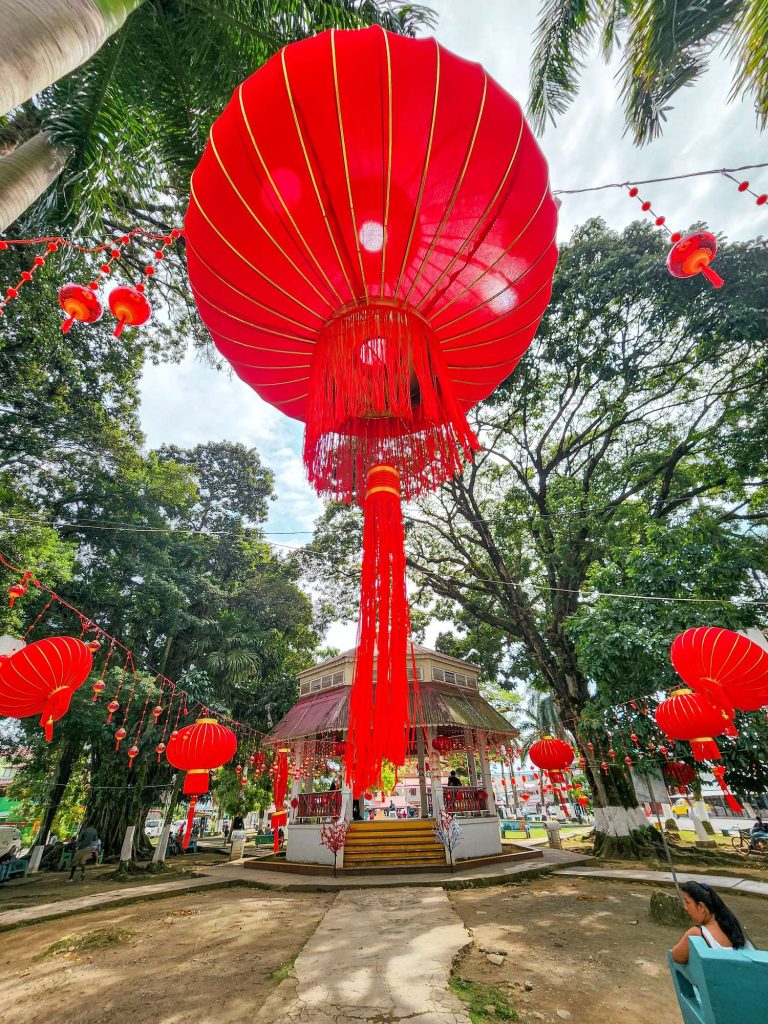
Panama City is a vibrant and cosmopolitan city with a rich history and culture. Here are some of the top highlights to explore during your visit:
- Panama Canal: If you are into Canals, you don’t want to miss out on Panama Canal. You can take a tour of the locks, visit the museum, or even take a boat ride through the canal.
- Casco Viejo: This historic district is a UNESCO World Heritage Site and is home to charming colonial architecture, colorful buildings, and lively plazas. You can stroll through the streets, visit historic landmarks, and enjoy the vibrant atmosphere.
- Biomuseo: Designed by famous architect Frank Gehry, this museum is dedicated to the biodiversity of Panama and features interactive exhibits, outdoor spaces, and stunning views of the city.
- Ancon Hill: This natural landmark offers panoramic views of the city and the surrounding rainforest. It’s a popular spot for hiking and nature walks.
- Amador Causeway: This scenic causeway connects Panama City to three small islands in the Pacific Ocean. It’s a great place to bike, walk, or enjoy a drink or meal with a view of the water.
- Metropolitan Natural Park: This nature reserve is located in the heart of the city and offers a peaceful escape from the hustle and bustle. You can hike through the forest, spot wildlife, and enjoy stunning views of the city skyline.
- Panama Viejo: This historic site was the original location of Panama City before it was destroyed by pirates. You can explore the ruins, visit the museum, and learn about the history of the city.
There are many other things to see and do in Panama City, but these highlights are a great place to start. If you have more time, San Blas islands as the next stop are recommended then towards boat or plane to Colombia or perhaps a flight to Quito, Ecuador.
So there you have it. Backpacking through central America for one month route and itinerary.
It won’t apply to you if you are traveling for only one month in central America but in case you do decide to extend. Note that there is a thing called the CA-4 group which includes Honduras, Guatemala, Nicaragua, and El Salvador and they permit free travel between them all. This means they spread your 90 days between these four countries. To avoid any fines make sure your stay in these 4 countries is within 90 days.
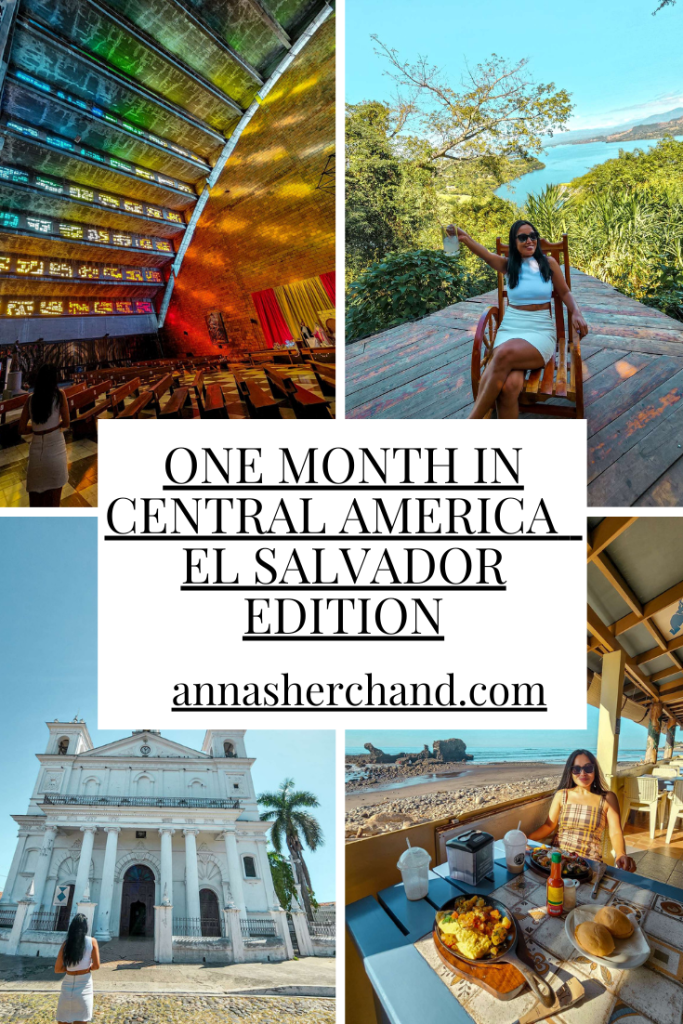
Let me know in the comments :
If you have any questions about backpacking One month in Central America itinerary Venezuela itinerary and travel tips 5 days in Uruguay itinerary Backpacking Paraguay Itinerary + Travel Tips Solo trip to Peru One month itinerary Solo female travel Colombia 7 days backpacking in Ecuador itinerary Solo female travel to Georgetown Guyana 5 days in Oaxaca itinerary 2 days in Mexico City itinerary 7 Days Itinerary in Georgia 4 Days in Azerbaijan Itinerary Best places to visit from Split 2 days in Split, Croatia Solo traveling to Mostar Solo female travel to Kotor Solo female travel to Budva Solo female travel Albania Warsaw by Train covers warsaw travel tips Check out One day in Luxembourg , western Europe Day trip from Zurich to Liechtenstein Travel tips to South America Fiji solo travel guide Australia east coast must-see Backpacking in Melbourne, Australia Digital nomad guide to Melbourne 14 best area to stay in Melbourne CBD Master Sydney travel guide Solo travel guide to Brisbane Exploring Adelaide the best way is a must-read Important travel tips for Uluru trip Melbourne day trips in winter Day Hikes in Melbourne Weekend getaway? Check out things to do in Ballarat Perth solo itinerary Top 5 must do in Darwin, Australia How to go from Dublin to Howth Solo female travel Romania Read a recent day trip to Zaanse Schans from Amsterdam How about a solo itinerary to Canberra – Australia’s capital city? Solo trip to Peru , travel tips to South America Check out the 7 days Hanoi travel guide. Book accommodation through trusted Booking.com I have detailed travel resources right here. Save money, learn what and how. If you like this article, follow my adventures on Instagram , Facebook , YouTube , Twitter , and Pinterest , or read about me travel blogger from Australia but most importantly sign up to my e-mail list to keep up with updates and travel posts!
- ← 5 Days in Panama Travel Guide
- French Guiana Tour Day Trip →
You May Also Like
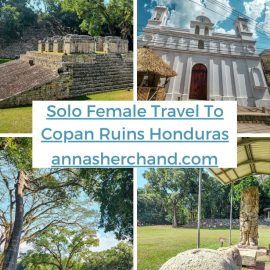
Solo female travel to Copan Ruins Honduras
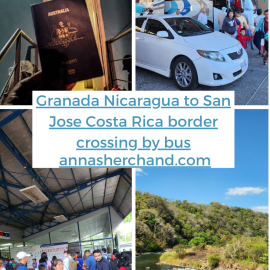
Granada Nicaragua to San Jose Costa Rica Bus
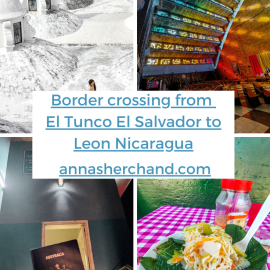
Border crossing from El Tunco El Salvador to Leon Nicaragua
6 thoughts on “ one month in central america itinerary ”.
I wanted to get some information on the total cost of doing something like this, so that I can look ahead on how to budget for it. I’m currently an undergrad student finishing up my junior year, so I wanted to do something like this before I graduate and the best year to do it would probably be right after the holidays. Any feedback would be greatly appreciated!!
Hi Victor, Thanks for dropping by. The total cost depends on individual circumstances and other variables which is why I didn’t put it on the blog. That said, here is my suggestion – first look at the flight price from where you will be flying to the destination, then whether you need the visa or not if you do, how much that would cost, and how long you want to stay in each of these 7 countries? Once you have these 3, look at hostels/hotels (the links are above on the blog too) whichever you prefer in each place to gain a better understanding of the costs. (also I have mentioned things you can do in each place above that are not super expensive but due to inflation prices may go up) I am not saying you should book every accommodation in advance but suggest booking the first 3 nights or a week to gain momentum in a new place. Plus factor in travel insurance especially if you will be doing extreme sports. Now, if you have looked at all of the things I mentioned, that should give you an estimate of how much you would need. Also, keep in mind there are ways to cut down costs too like volunteering, etc, and don’t forget your passport costs! Hope this helps!
nice information and good article thank you
Hello Anna,
Thank you for these explanatory details! We are looking forward to doing a similar trip, however we are not very sure about the costs. Can you share roughly what was the cost for the entire month? Not looking for something specific, only if it would be more than 3000/5000 USD per person or more including everything. Of course the expenses differ based on everyone’s expectations&possibilities, but was curious on your case — so we could know if we could cover & start booking stuff 🙂
Thanks a lot! Gabriela
I just want to pop by and say- thank you! I am planning a one month trip around Central America this summer, and I resonated with your blog for a number of reasons. You caught me when you called out the blogs that want you to stay in one country for 3 weeks to see it, but we just don’t all have that kind of time or are in that season of life. I’m going to try what you did, adding a few different things and removing others here and there. But you have given such thoughtful and helpful information here. Thank you!!
Hi Michaella, thanks for dropping by and commenting here. I’m glad it was helpful and relatable. I hope you will have the best adventure in Central America 🙂
Leave a Reply Cancel reply
Your email address will not be published. Required fields are marked *
- Meet the Team
- Work with Us
- Czech Republic
- Netherlands
- Switzerland
- Scandinavia
- Philippines
- South Korea
- New Zealand
- South Africa
- Budget Travel
- Work & Travel
- The Broke Backpacker Manifesto
- Travel Resources
- How to Travel on $10/day
Home » Budget Travel » ULTIMATE Guide to Solo Travel in Central America | Destinations & Tips for 2024
ULTIMATE Guide to Solo Travel in Central America | Destinations & Tips for 2024
Solo travelling in Central America is life-changing. After hearing countless spellbinding stories and backpacking lore from travellers on the road about Central America I just had to go.
Wedged between the giants of North and South America, you’ll find this solo traveller’s paradise. Where you can wake up in a hammock to the sound of the ocean in Belize, marvel at erupting volcanoes in Guatemala or learn to salsa dance with locals in Panama.
Whether you’re diving into the crystal-clear waters of the Caribbean or trekking through cloud forests in Costa Rica – you’ll find the perfect blend of thrilling adventures and tranquil moments.
As a solo traveller, Central America welcomes you in with open arms, full of communities eager to share their culture and hidden spots off the beaten track. It’s the ultimate playground for those looking to explore, connect and discover more about themselves along the way.
Last year, I spent over five months solo in the region and I’m now ready to spill the beans about solo travel in Central America and what makes it one of the best places IN THE WORLD for solo travel – let’s get into this!
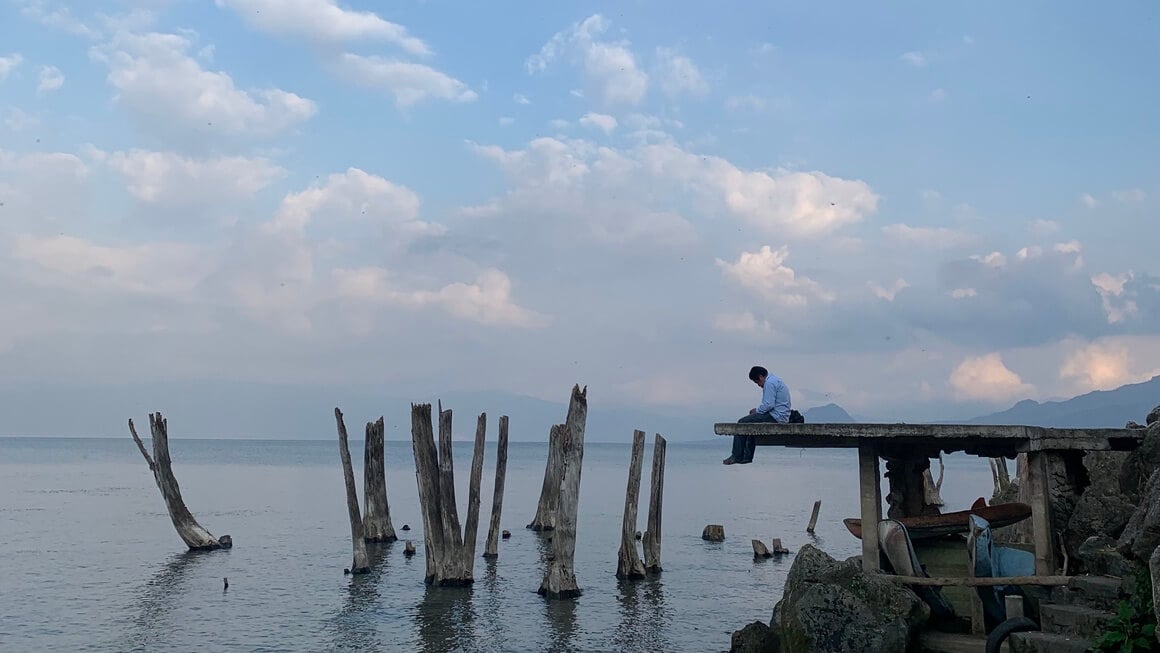
The Broke Backpacker is supported by you . Clicking through our links may earn us a small affiliate commission, and that's what allows us to keep producing free content 🙂 Learn more .
9 Things to Do in Central America When Travelling Solo
5 best solo destinations in central america, the best travel apps for solo travel in central america, safety tips for solo travellers in central america, tips for solo travelling in central america, final words for your solo central america trip.
There is such a wonderful variety of activities for travellers in Central America to discover. Whether you want to sit on a tropical beach with a coconut in hand or embark on epic adventurous missions up active volcanoes, there is something for everyone in this magical land.
Central America is geographically blessed. It’s nothing short of paradise for nature and ocean lovers.
Both the Caribbean and Pacific coasts are packed with astonishing marine life, surf towns, beaches and straight-up chill vibes. Inland, you have a variety of dense tropical jungles, ancient Mayan ruins and gorgeous colonial cities. As well as some wicked topography with some of the best natural viewpoints in the world.
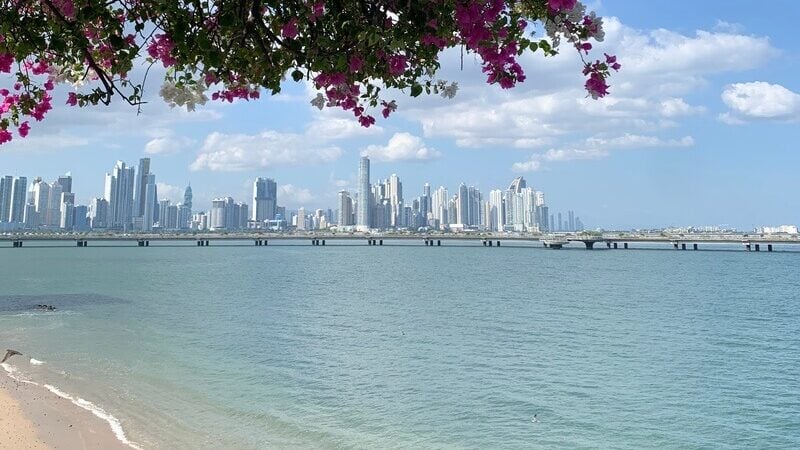
One of the best things about solo travel in Central America is making new like-minded mates from all over the world. One of my favourite ways of fusing making real connections and having memorable experiences whilst on the road is to join group tours.
Whatever is your cup of tea, you’ll find it in Central America; and I can promise you that!
Note: Despite many people suggesting that Mexico is part of Central America, it has been excluded from this guide as it’s too damn big. Check out this guide to solo travel in Mexico if you’re off to taco-land.

Unlock Our GREATEST Travel Secrets!
Sign up for our newsletter and get the best travel tips delivered right to your inbox.
1. Get Off The Beaten Track
Embarking on a solo travel mission presents one with the unique scenario in life of having to answer to no one. Whilst following the crowd can be fun at times, the magic of solo travel is best experienced when going a little bit rogue.
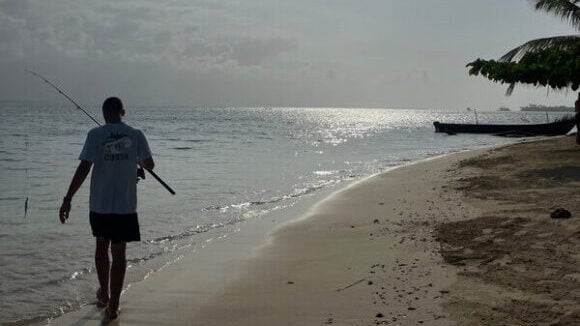
There is nothing more empowering than wandering off the beaten track , getting lost on purpose, and then finding more than you ever imagined.
Some of my personal favourite travel experiences have been when I’ve hopped on a moped and driven into the middle of f*cking nowhere. It’s in these remote corners where you can not only find tourist-free hidden gems but also make deep connections with local people who aren’t so used to seeing tourists.
When Travelling Solo, Travel Safely!
It’s EXTREMELY important to do things like this safely and carefully. Always take travel safety precautions, especially as a female. Whilst getting lost is fun, it can be dangerous. It’s up to you to decide how much you are comfortable with.
2. Visit Ancient Mayan Ruins
Over some 4000 years ago, the Maya civilisation sprawled over 40 cities, some with populations reaching over 50,000 individuals. Central America is littered with enchanting remains of this ancient civilisation.
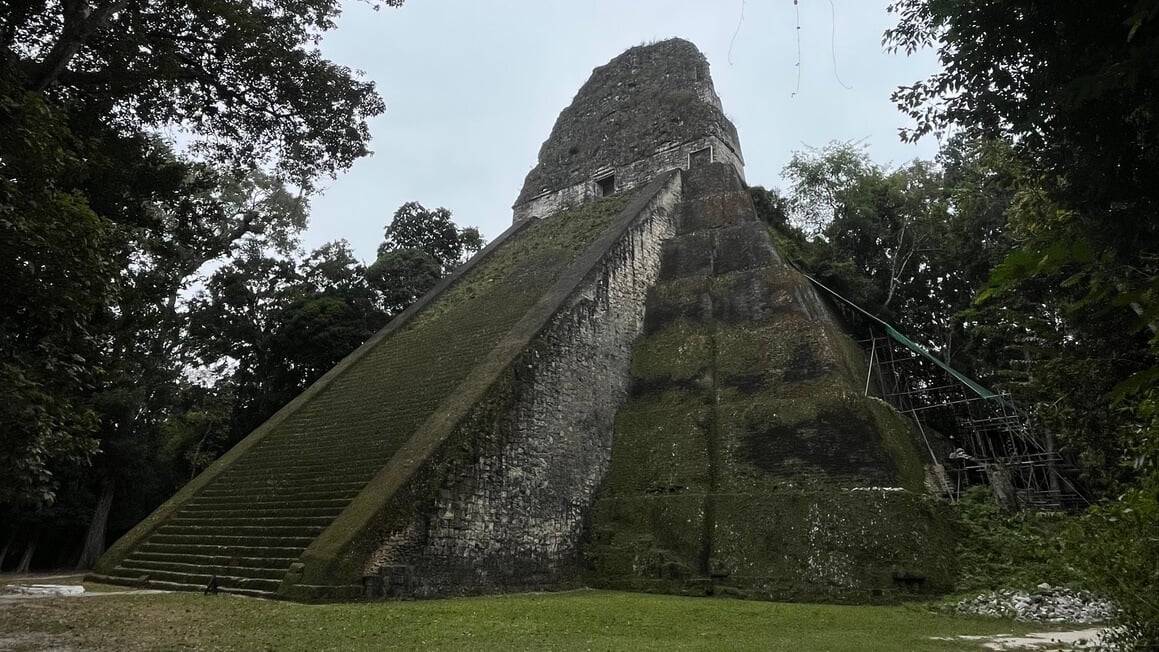
Mayan sites can be found in Guatemala, Belize, Honduras, El Salvador and Mexico. I personally explored a nice sample of Mayan sites and can confidently say that none blew my socks off quite like Tikal, in Guatemala. I took a guided day tour of Tikal National Park and it was a highlight of my trip, for sure.
3. Witness the Wildlife (ETHICALLY!)
Now then, Central America is home to some of the most INSANE wildlife I have ever seen. The oceans are teeming with all sorts of weird and wonderful creatures and the dense tropical jungles boast some of the highest biodiversity rates in the world. Particularly in countries such as Costa Rica and Guatemala.
I saw some pretty incredible exotic animals in Central America. My favourite was seeing the iconic sloths of La Fortuna and Monteverde National Park in Costa Rica. I also got to see the rare Quetzal bird in Guatemala’s Tikal National Park.
If you head to Caye Caulker in Belize, you’ll find a shallow-water aquatic paradise packed with sharks and rays. That is pretty damn incredible too.
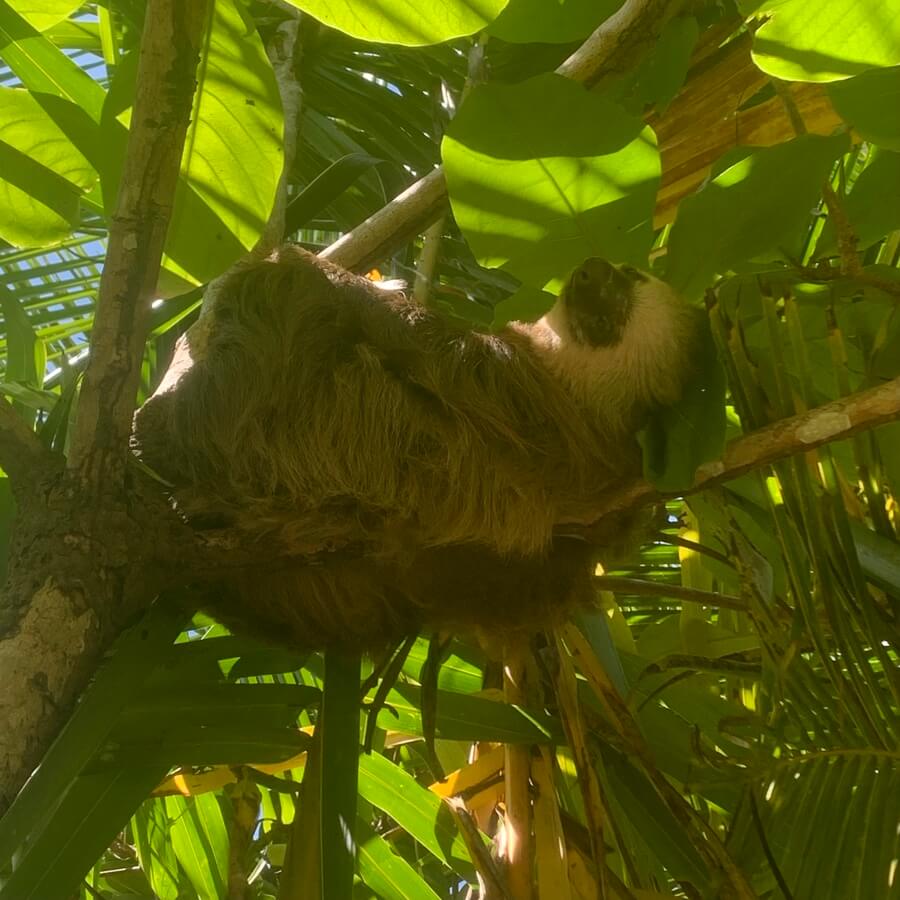
Whatever sort of wildlife tourism you decide to involve yourself in, PLEASE make sure it is with an ethical and reputable company. Ethical animal tourism is for the good of everyone and everything. If you truly love wildlife, ensure they are being treated with respect.
4. Learn Some Spanish at a Spanish School
If you are a solo traveller who wants to have meaningful conversations and create connections with local people, there is no better way to do so than by learning Spanish. I’m no expert at Spanish but I’m so glad I spammed Duolingo for 100 days before getting here, it helped me sooo much.
One of the most popular ways of learning Spanish in Latin America is in a Spanish school. Many solo travellers find themselves here and it’s a good way to meet others who have a similar mindset and goal to yourself. Some of the best locations to join a Spanish school are in Lake Atitlan, Guatemala and San Jose, Heredia or La Fortuna in Costa Rica.
5. Hike an Active Volcano!
Hiking a volcano in Central America should be on everyone’s bucket list. There are over 100 volcanoes scattered across the region, many of them still active.
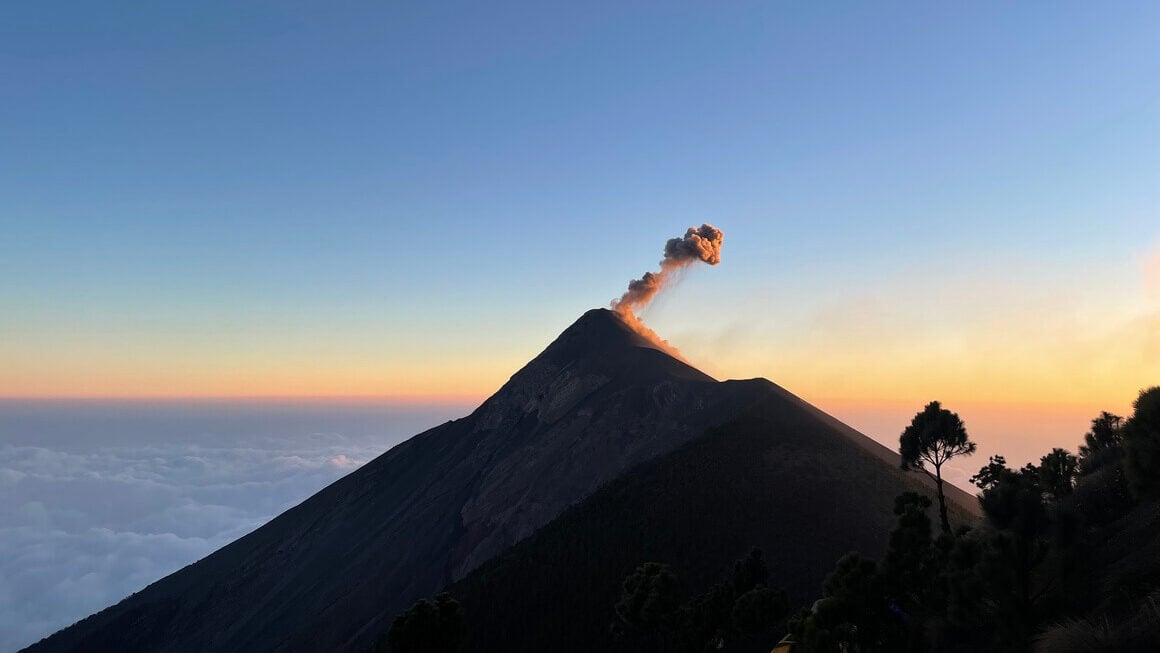
One of the highlights of my life was hiking Guatemala’s Acatenango and Feugo volcanoes overnight where you can see eruptions every 15 minutes. Nicaragua, Costa Rica, El Salvador and Panama all have awesome volcano hikes too, but Guatemala is the country to do this – 100%.
6. Learn to Scuba Dive or Snorkel!
Central America is one of the cheapest places in the world to dive . Utila in Honduras is a notorious diver’s hotspot and many other locations such as Belize and Costa Rica have awesome dive cultures.
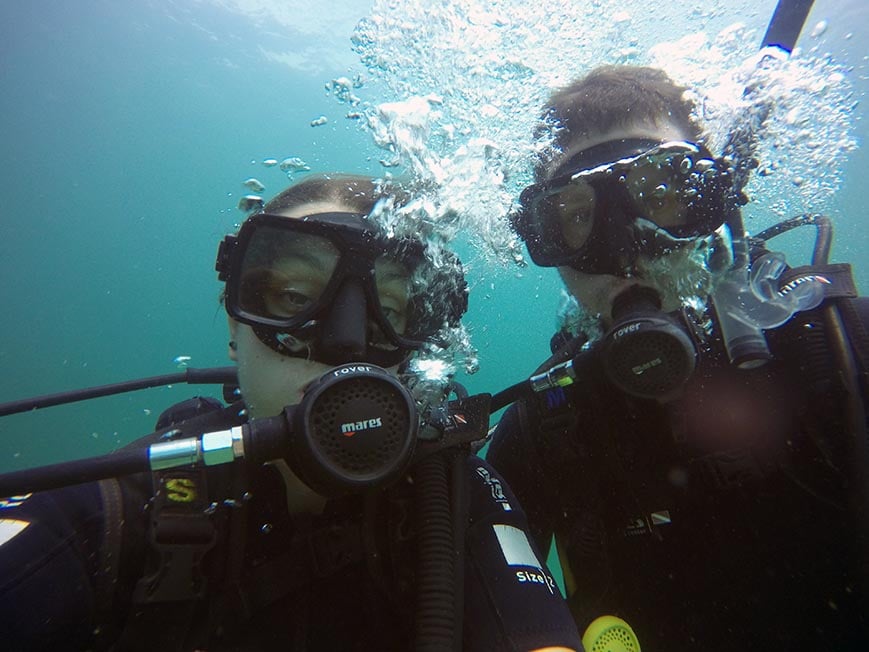
Scuba diving or even just snorkelling solo (as part of a tour) is such a fabulous and personal learning experience – whether you’re learning to snorkel or have been doing it for years. From swimming with turtles to learning how to dive into the deep blue – immersing yourself in the underwater world is a grounding experience. Joining a group tour of the Belize barrier reef is possibly the best option for elite sea life.
7. Take Some Surfing Lessons
As I said before, Central America is geographically blessed. On both sides of this narrow strip of land, there are two glorious bodies of water – the Pacific Ocean and the Caribbean Sea.
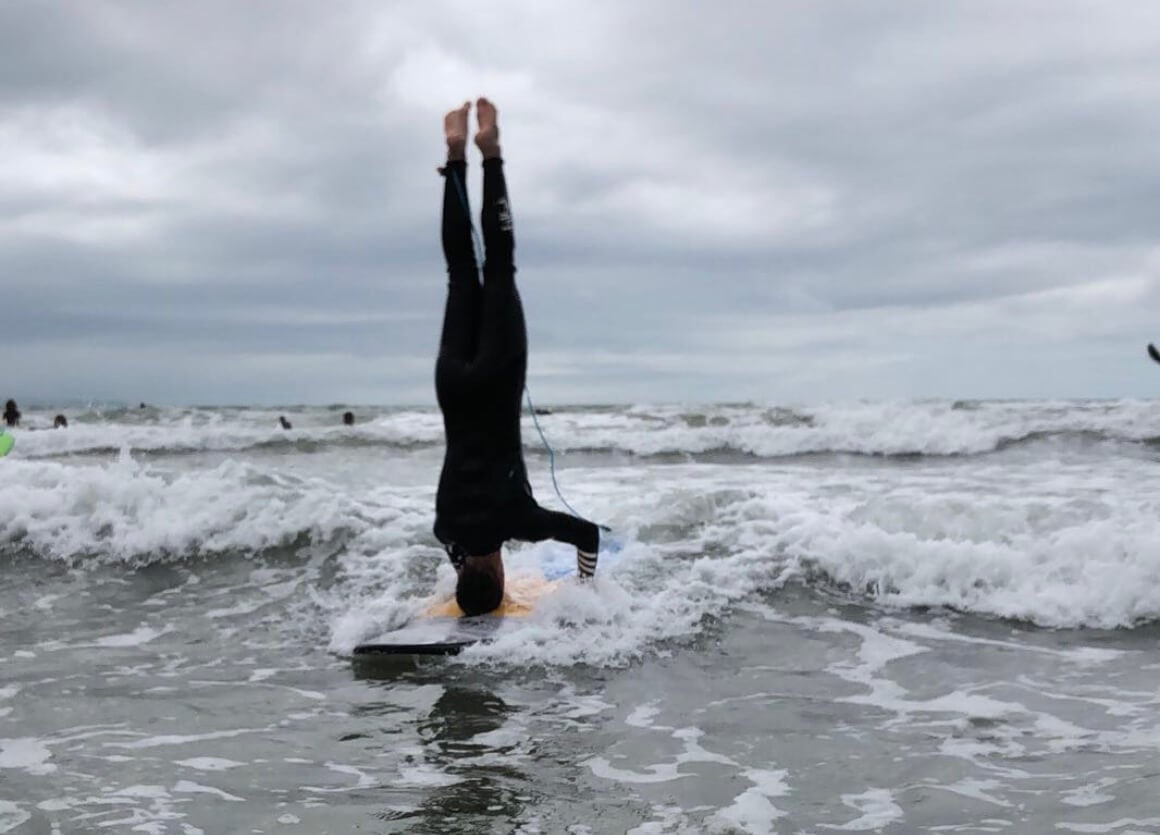
Both of these are seriously blessed with some superb waves in the right conditions and are perfect for all types of surfers. If you’re a beginner, I suggest hitting up Costa Rica, somewhere like Tamarindo for surf lessons . If you’re a pro, head to the barreling beasts of Bocas Del Toro in Panama or anywhere in El Salvador.
8. Embark on a Coffee Plantation Tour
Central America produces some of the world’s best coffee. If you’re a caffeine addict like me, touring coffee farms on ATV’s and trying all the local coffee is such an awesome experience.

If you are an extrovert, you can chit-chat away with other coffee lovers on one of these kinds of tours and learn so much about where your favourite speed juice comes from. But, if you’re a quiet, introverted individual, try to enjoy the drive!
9. Slide Down a Volcano on Your Bum!
Near Leon, in Nicaragua, is Cerro Negro. Cerro Negro is the home of volcano boarding tours .
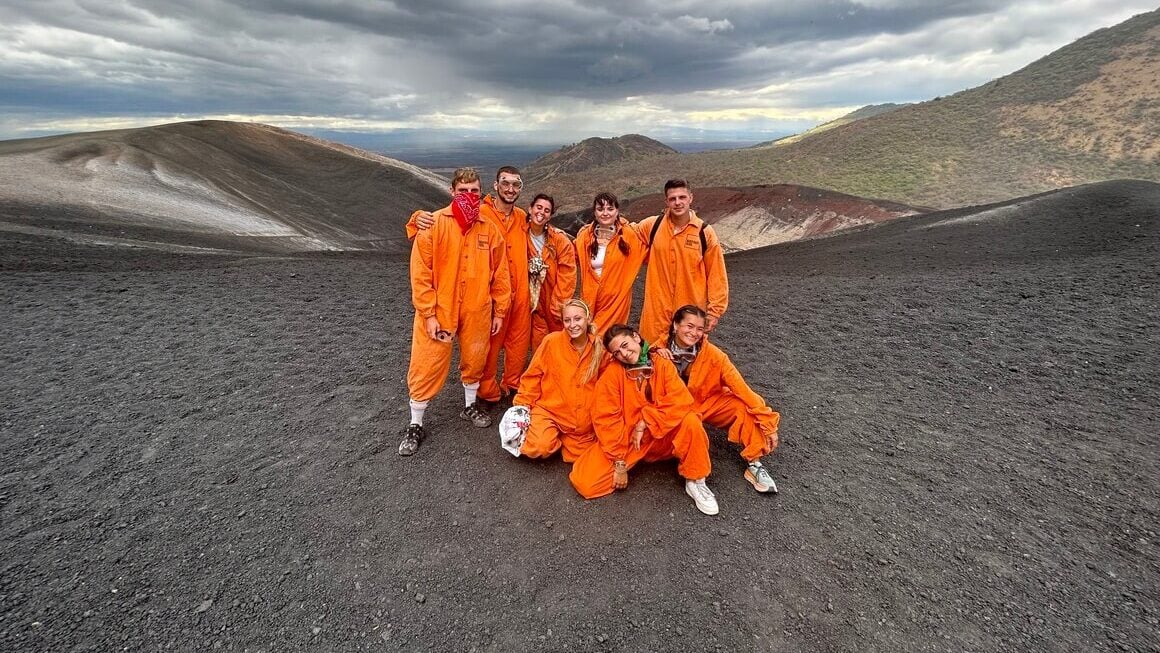
What’s volcano boarding you ask? Well, it’s sliding down a volcano… on your backside. It’s truly an adrenaline-pumping and unique activity that I can absolutely recommend to everyone.
Yes, you read that right. Forget snowboarding or surfing, volcano boarding is where it’s at .
Central America is deceivingly large. Most of it is good, some of it’s great, parts of it are awe-inspiring, and some bits are, well, meh.
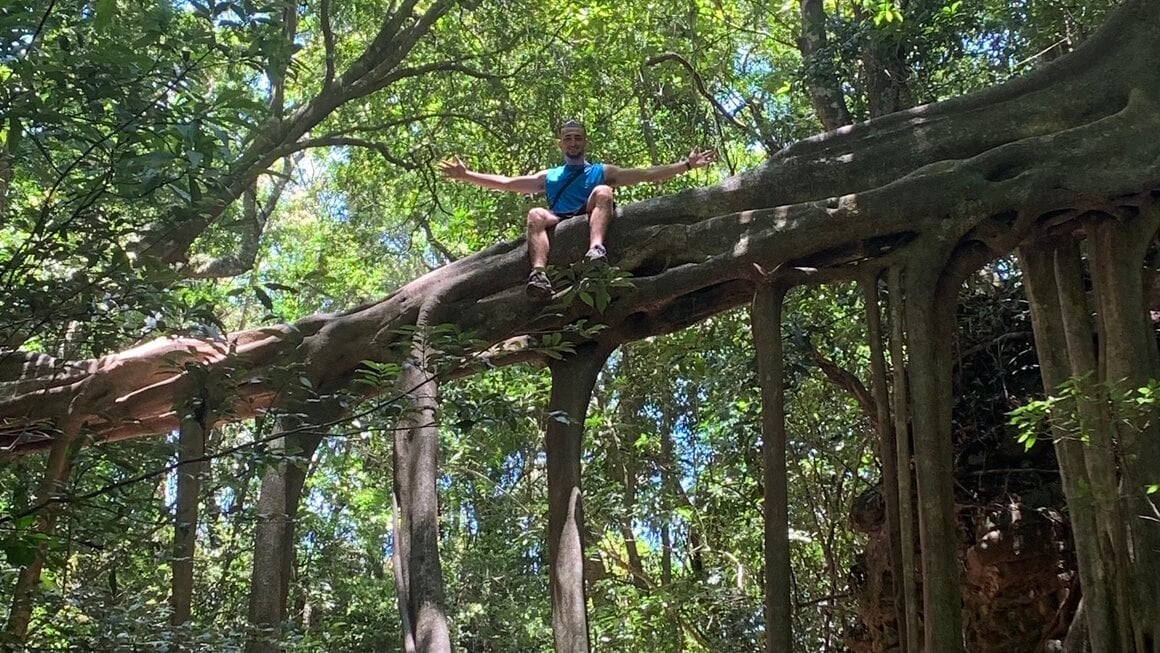
Central America is overall a safe location to visit, despite what your family or friends will tell you. That being said, some locations are definitely more suited to solo travellers than others; especially solo female travellers .
Here are five of the most popular backpacking locations for solo travellers in Central America.
1. Ometepe, Nicaragua
Isla Ometepe is a volcanic island in the middle of Lake Nicaragua – the largest lake in Central America. Ometepe is straight out of a fairytale and is one of my favourite locations in the world.
The travelling community in Ometepe is thriving and there are tons of cool things to do here. Hiking volcanoes, kayaking through mangroves, drinking cocktails on black sand, mango tree-covered beaches and epic moped driving trips are all on the standard backpacker’s Ometepe itinerary .
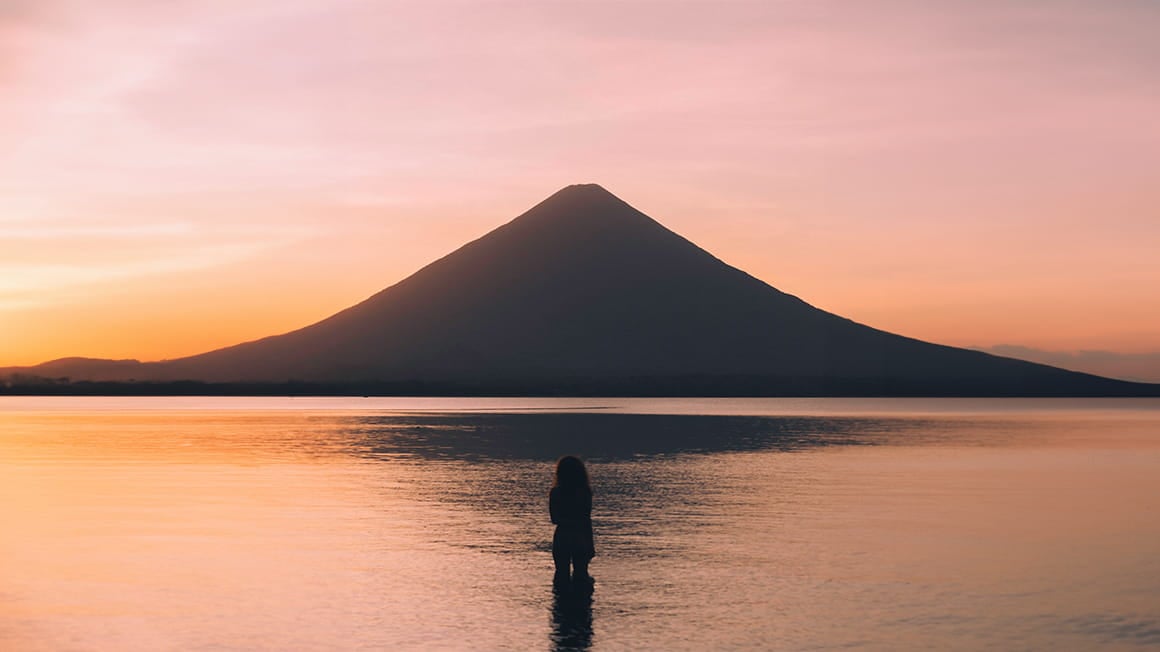
Nicaragua in general (Ometepe included) is one of the most affordable countries in Central America and my gosh it’s insane value for money. What you get for your money here is simply astounding compared to what you get in neighbouring countries like Costa Rica.
If you are heading to Ometepe, which you absolutely should, stay in El Zopilote . It’s a gorgeous off-grid hostel and permaculture farm with a good social vibe that’s perfect for solo travellers. Beds are available for just $5 per night!
2. Lake Atitlan, Guatemala
Lake Atitlan is a staple location for those backpacking in Guatemala . Surrounded by volcanoes on all sides, Lake Atitlan is a gorgeous lake with numerous picturesque towns scattered around its perimeter.
Some notable locations include Panajachel, San Marcos, and my personal favourite – San Pedro La Laguna. San Pedro La Laguna is one of the most fun and action-packed little towns in Guatemala. It’s a solo travellers paradise.
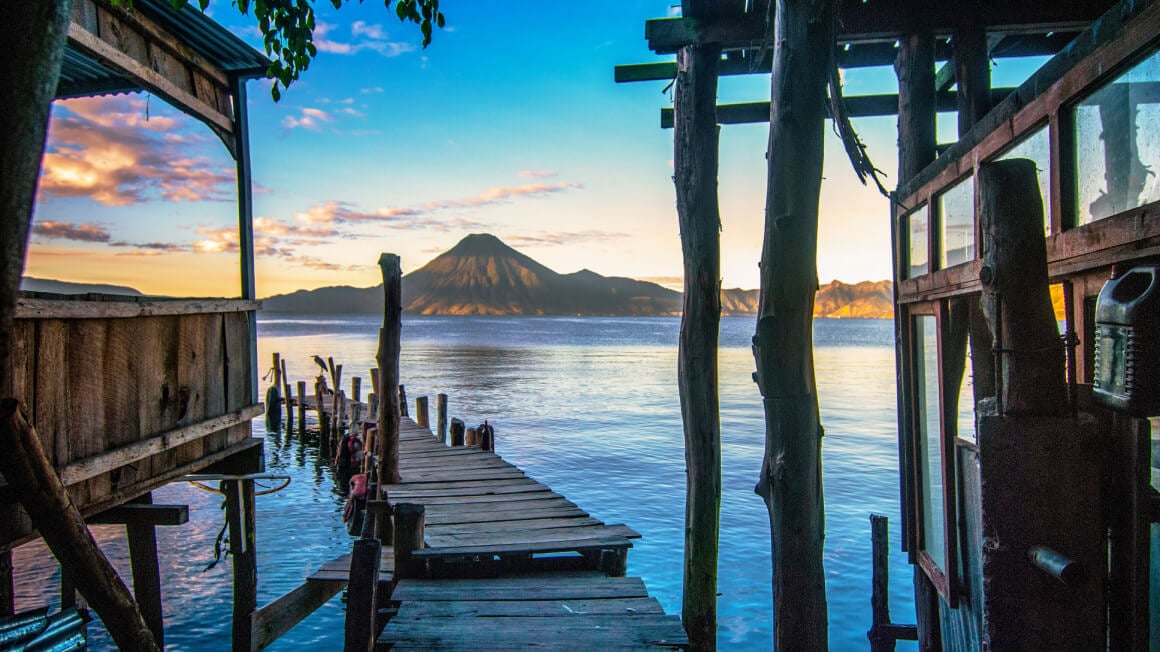
Some of the best things to do in San Pedro La Laguna include attending a Spanish school, which is extremely popular amongst backpackers. Another popular activity in San Pedro is to party the night (or day) away; the drinking culture here is elite.
If you want to indulge in a more peaceful time, hike up the Indian Nose for astounding lake views or head to San Marcos. This town is well-known for its yoga retreats and zen vibe.
If you head to San Pedro and want to party, stay in Mr. Mullets . This super social party hostel is fantastic for extroverted solo travellers. Each Thursday, it hosts the most epic boat party in the middle of Lake Atitlan that lasts all day and will have you meeting new travel buddies with ease!
3. Bocas Del Toro, Panama
Located on Isla Colon in a Caribbean archipelago is Bocas Del Toro. Bocas Del Toro is undoubtedly the best location in Panama for backpackers of all types, including solo backpackers. Bocas itself is a lively beachside town with a thriving Caribbean culture and an abundance of activities for backpackers.
Solo travelling in Bocas Del Toro is just so much bloody fun! Some of the best activities for solo travellers in Bocas Del Toro to do are renting bicycles and exploring, beach hopping tours, surfing lessons and of course, attending the famous Filthy Friday party .
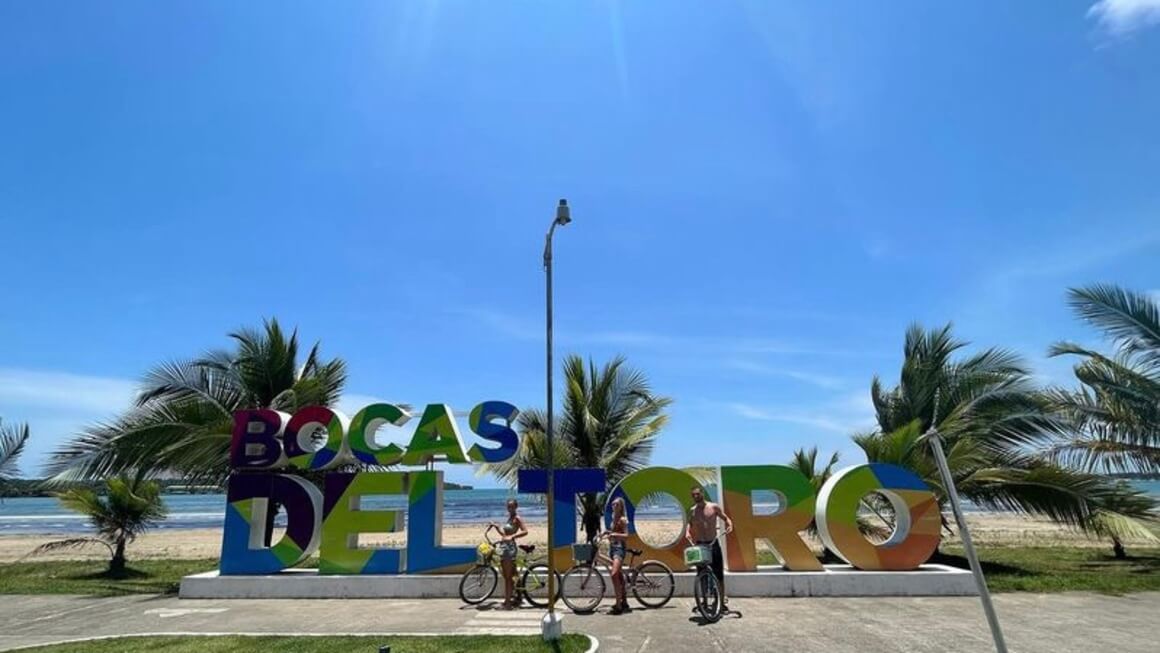
Whilst Bocas Del Toro is definitely not the cheapest place to visit on this list, it is definitely one you cannot miss. The tranquil white sand beaches of Bocas and the many surrounding islands are divine.
If you are looking for a place to stay in Bocas Del Toro I can recommend Bambuda Bocas Town . This hostel is better than the overpriced and busy Selina nearby and has amazing decking right on the sea where you can see starfish and swim in the gorgeous clear water.
4. Antigua, Guatemala
I had to get at least one city on this list. Antigua in Guatemala is definitely my favourite city in Central America (sorry Panama City), and to be honest, I think most backpackers would agree with me on this one.
Staying in Antigua is fan-bloody-tastic , and nothing short of perfect for solo travellers! This extremely affordable and charming city is so photogenic. Hike up to the Cerro de la Cruz for a brilliant view or simply wander the cobbled streets with a good travel camera in hand. You won’t want to miss these photo-ops. My fav camera to travel with is the Panasonic LUMIX ZS100 .
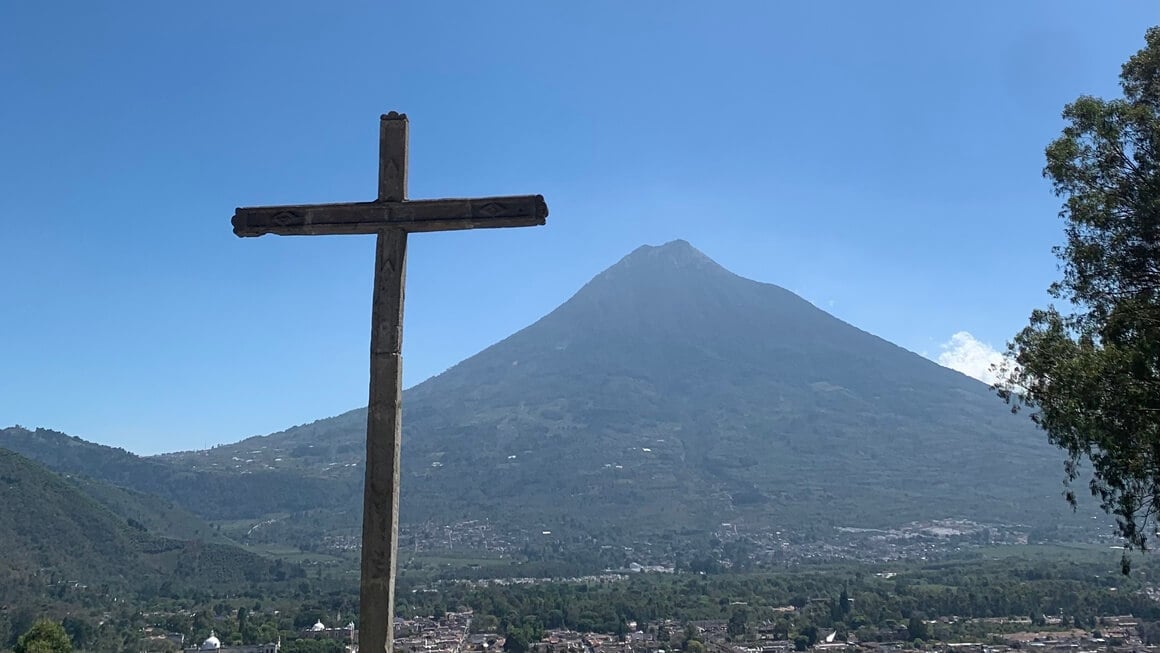
Most backpackers who find themselves in Antigua also embark on the Acatenango overnight hike to witness erupting lava right in front of their eyes! However, if you’re a beginner hiker or you are looking for an easier or more accessible hike, head to the nearby Pacaya Volcano.
My favourite hostel in Antigua is Adra Hostel . There is a great social vibe at Adra and I met some buddies to hike Acatensngo here too! There is also a gorgeous rooftop where you can marvel at Volcán de Agua all day long.
5. La Fortuna, Costa Rica
There’s one thing you should know before we proceed. Costa Rica is expensive! With that out the way, let’s talk about my favourite place in Costa Rica, La Fortuna.
Costa Rica may be expensive, but it’s expensive for a reason. The pura vida lifestyle in Costa Rica is one to be desired, for sure.
La Fortuna in Costa Rica is a small, lush, jungly town situated close to the marvellous Arenal Volcano. There are a bunch of backpackers in La Fortuna and it’s a great place for solo travellers to come and hang out. Amongst some of the best activities areas are, of course, exploring the Arenal Volcano National Park, and checking out the stunning and famous Fortuna Waterfall.
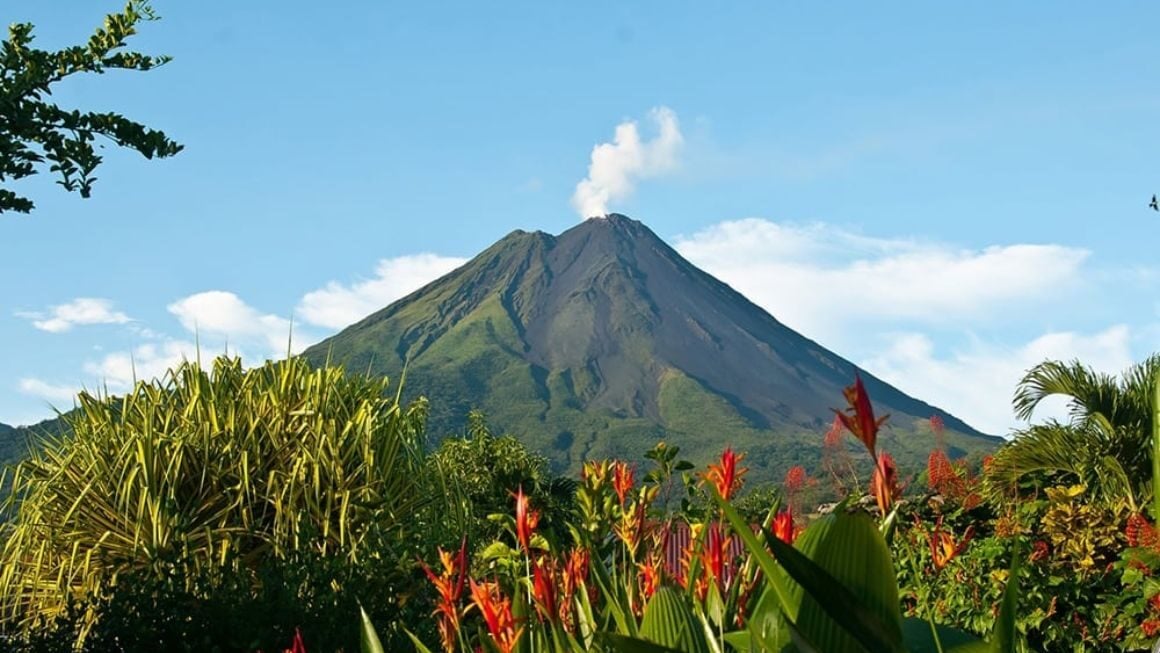
There are so many cute places to stay in La Fortuna but if you are a solo traveller, you’ll probably want to stay in a hostel. Arenal Backpackers Resort is the most popular hostel in town and has the best, most social atmosphere to suit you solo travellers.
Having the right apps for travel can make your life a whole lot easier. Solo travel in Central America can be hard, but with some of these tools in your pocket, it can make life just that little bit easier.
- Hostelworld – The best way to search and book affordable dorms or private rooms
- Booking.com – For all of your other accommodation needs at great prices
- Couchsurfing – Ideal for budget travellers but not advised for solo female travellers
- Tinder – Suitable for meeting friends (and lovers) in foreign places
- Hinge – Designed for dating and meeting likeminded travellers
- Bumble – Ideal for making new (special) friends
- Maps.me – Downloading offline maps can be an epic way to get off the beaten track
- Rome2Rio – An elite travel app that helps you get from any A to B in the world
- Currency – To check exchange rates and conversions for all the different currencies you’ll need
- Duolingo + Google Translate – Brush up on your Spanish and let Google Translate do the rest
- Holafly – An e-SIM application that allows you to download a data-only SIM card without installing a physical card
If meeting like-minded travellers is your goal, check out the current popular Facebook groups for travellers in Central America.

Stop stressing about your phone service when you travel abroad.
Holafly is a digital SIM card that works smoothly like an app — you simply pick your plan, download it, and voilà!
Roam around Europe, but leave the roaming charges for the n00bies.
Staying safe in Central America is much easier than most people think. Whilst Central America definitely can be a very dangerous place at times, if you take some pretty basic travel precautions, you should be fine!
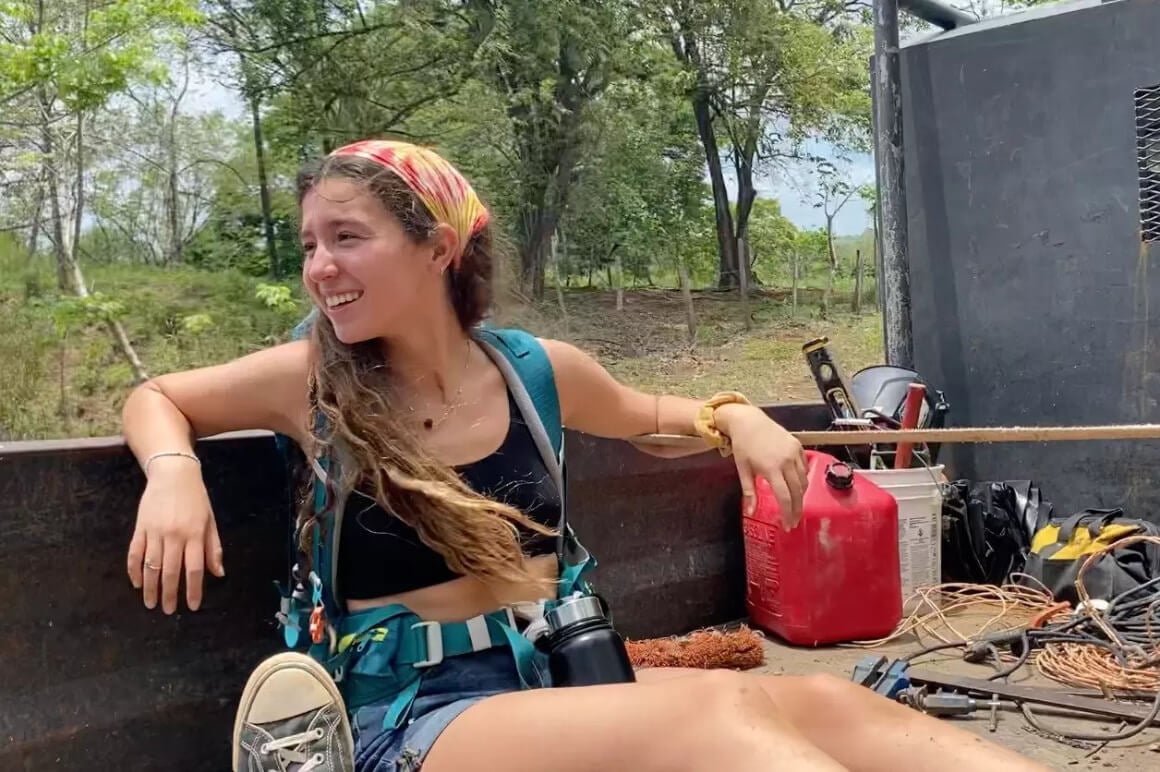
Some countries in Central America are most definitely safer places than others. And even within these countries, there are some safe areas and some no-go places. I’ve done my best to break down the Central American countries with some basic safety info for ya’.
- Guatemala – Safe enough. Most of the touristy areas are very safe. Guatemala City is perhaps the least safe location in the country. Antigua, Lake Atitlan, Xela and Flores are all very safe for tourists.
- Belize – High crime rates, but mostly gang-related. If you stay out of the way, (especially in Belize City) you’ll be fine. Solo female travellers should take extra care in Belize. Caye Caulker is safe.
- El Salvador – Used to be VERY unsafe for travel; nowadays just IS safe for travel. Play it safe.
- Honduras – Perhaps the least safe country on this list. Utila and Roatan are safe. Most of the mainland can be travelled safely, but is for experienced travellers only. Do not wander at night.
- Nicaragua – Nicaragua is mostly safe. Popular locations like Ometepe, San Juan Del Sur, Popoyo, Leon and Granada are all safe for backpackers. Standard travel tips apply, beware of petty crime.
- Costa Rica – The safest country on this list. Take some care in San Jose and other major cities, but you will be safe in most backpacker hotspots: La Fortuna, Monteverde, Tamarindo, Puerto Viejo etc.
- Panama – Very 50/50. Locations such as Bocas Del Toro, Panama City and Boquete are safe. DO NOT travel to remote areas solo in Panama, it is unsafe. Research your chosen destinations well.
Travelling safely in Central America is done by knowing your limits, trusting your gut and most importantly, using common sense.
I’ve come up with eight quick tips to make your experiences in Central America better. All of these tips can enhance your solo travel experience, or save your ass (especially the final tip).
- Plan YOUR own trip. Keep plans flexible, but don’t let others stop you from doing what you want.
- Budget accordingly and time spent in different regions. Beware that Costa Rica, Belize and Panama are far more expensive than other countries like Nicaragua or Honduras.
- Know a basic level of Spanish – vital in more remote regions. However, Spanish fluency isn’t essential to travel to Central America, and you can get by knowing minimal Spanish.
- Be bold! Approach people, express yourself and engage with local people and businesses.
- Join group tours and hike volcanoes! Hiking Acatenago and sliding down Cerro Negro are cool. Tours are a great way to make friends in Central America whilst ticking off bucket-list adventures.
- Stay in a hostel! Some of my favourites in Central America include the super-remote, jungly Greengo’s Hotel and the castaway private beach feel of Surfing Turtle Lodge .
- Try to fly into Cancun or Medellin to enter (or exit) Central America. Solo flight tickets can be found to and from these locations at cheap prices, globally.
- Travel insurance is essentia l for solo travellers. With no one there to watch your back, you need to have some backup. Some good travel insurance is the best way to cover yourself.
ALWAYS sort out your backpacker insurance before your trip. There’s plenty to choose from in that department, but a good place to start is Safety Wing .
They offer month-to-month payments, no lock-in contracts, and require absolutely no itineraries: that’s the exact kind of insurance long-term travellers and digital nomads need.

SafetyWing is cheap, easy, and admin-free: just sign up lickety-split so you can get back to it!
Click the button below to learn more about SafetyWing’s setup or read our insider review for the full tasty scoop.
Solo travelling in Central America will be one of the best experiences of your life – and I can guarantee that. I’ve never met a solo traveller who has set foot in this incredible land and said otherwise.
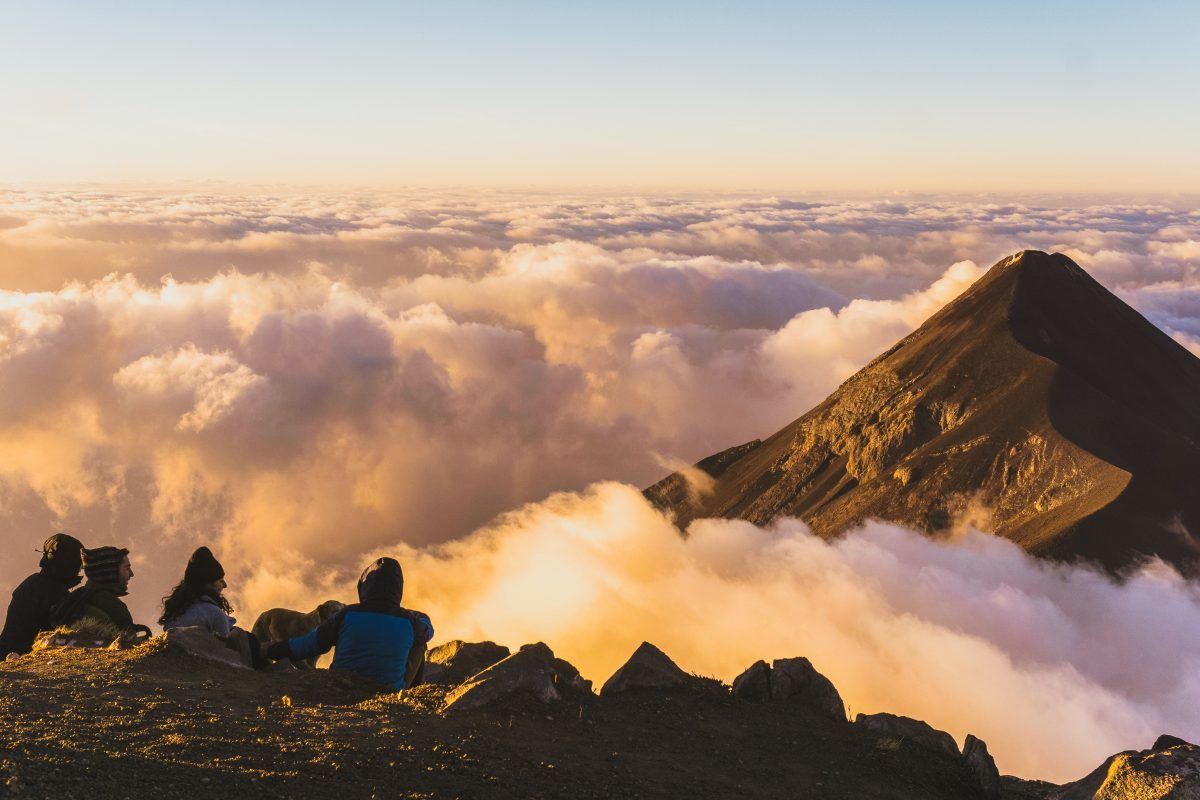
I would suggest that you spend a minimum of two months travelling in Central America if you want to even scratch the surface of the magnificent region. If you plan on visiting each country in Central America, you may want to begin and end your trip in either Cancun or Medellin respectively (depending on your direction of travel). These hotspots offer the best flight rates and are a bunch of fun in their own rights.
The route that most backpackers take skips out either Honduras or El Salvador and sometimes Belize too. These countries are “skippable” (if that’s even a thing). I’m not sure it is.
One thing I’m sure of though is that Guatemala and Nicaragua are absolutely UNSKIPPABLE. They are two of my favourite countries in the world.
When travelling solo it’s also important to have flexible plans. You never know, you may meet the love of your life, a bunch of great new mates or fall in love with a specific place and want to stay.
I hope you’ve been inspired to solo travel in Central America. All that’s left to do now is to pack your bag , book that flight and GO! You got this, I believe in you.
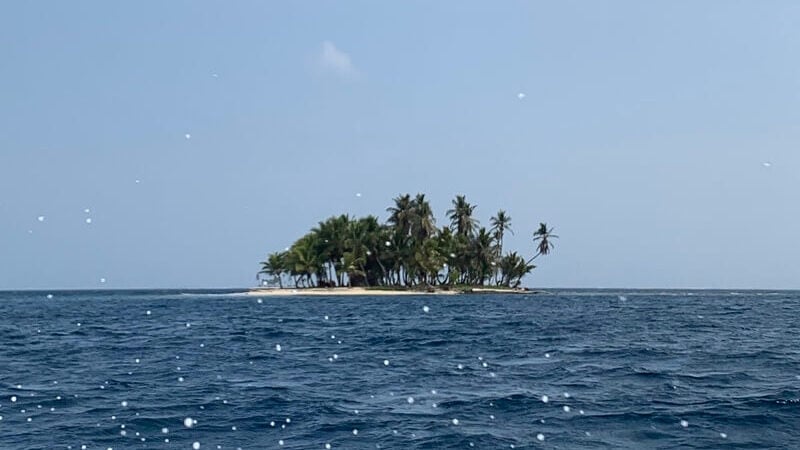
- Check out the best Central America travel guide on the net for all your inspo!
- Don’t forget the essentials with our in-depth backpacking packing list .
- Make sure you know where to stay in Costa Rica BEFORE you get there to save $!
- Make sure you’re prepared for anything using our guide to staying safe in Nicaragua .
- And bring your travel camera to capture the breathtaking views Central America has to offer!
- Get ready for your onward journey with our guide to backpacking South America .

Joe Middlehurst
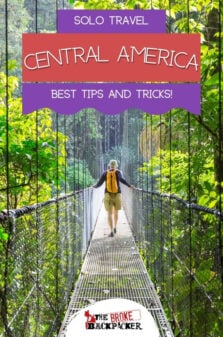
Share or save this post

Leave a Reply Cancel reply
Your email address will not be published. Required fields are marked *
Save my name, email, and website in this browser for the next time I comment.
Notify me of followup comments via e-mail.

Central America Travel Guide
Looking for an in-depth Central America travel guide ?
Then you’re in the right place!
Central America may be a small region, but it is home to seven of the most beautiful countries in the world.
From tropical rainforests to golden sand beaches to active volcanos, the region’s biodiversity makes it a top spot for ecotourism and outdoor adventures. The area also has a rich history and culture that you can see first-hand today in well-preserved Indigenous villages and colonial cities.
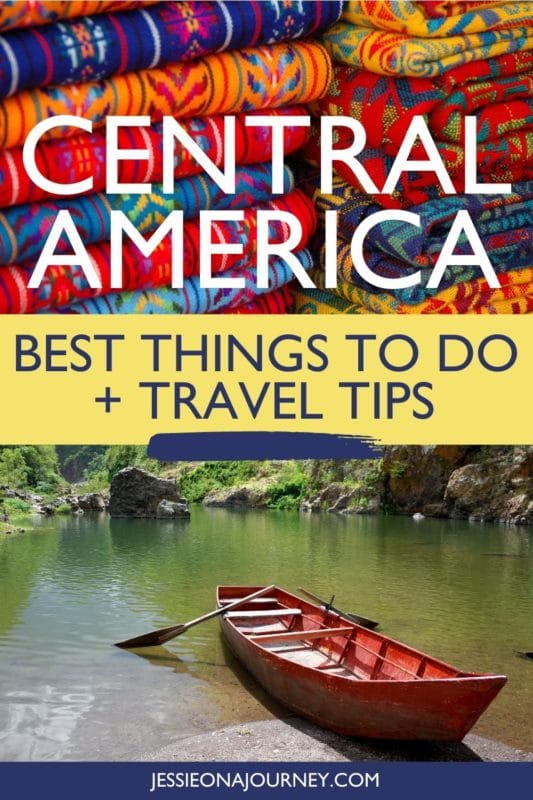
There’s so much to explore in Central America that it’s often hard to know where to start!
Many travelers visit Central America to experience the country’s natural beauty. The region’s coastline is home to some of the most stunning — and in some cases least-trafficked — beaches in the world.
Central America is also home to many scuba diving hot spots thanks to its colorful marine life and underwater sights. The Bay Islands in Honduras (including the main islands of Roatan , Utila, and Guanaja) are particularly popular among divers with tons of diving sights to explore.
Each country also has its own system of national parks that preserve the local flora and fauna.
For instance, Manuel Antonio National Park on Costa Rica ‘s Pacific Coast is one not to miss if you’re an animal lover. The park is home to 109 species of mammals and 184 species of birds, including white-faced monkeys, sloths, and more.
Central America’s cities are teeming with life and definitely worth a few spots on your itinerary.
In Panama , you can visit Panama City to explore a modern metropolis full of shimmering skyscrapers alongside old colonial buildings and cobblestone streets in the Casco Viejo neighborhood.
Leon, the artistic and intellectual hub of Nicaragua , is full of historic sights and public murals that you’ll definitely want to capture for Instagram.
And you’ll definitely want to make a stop in Antigua, Guatemala to experience one of the best-preserved Spanish colonial cities in Latin America.
Keep reading to dive into resources that will help you with planning a trip to Central America.
Note: This ultimate guide to Central America travel contains affiliate links to trusted partners!

Central America Map
Use this Central America travel map to begin planning your trip to this incredible region!
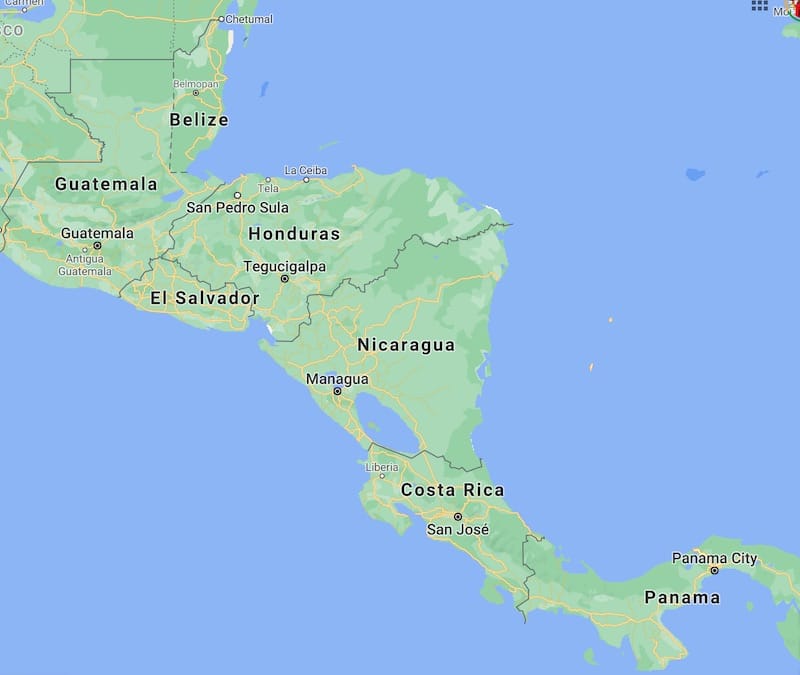
Click here for an interactive Google Map version of the above graphic.
Costa Rica Travel Guide
No Central America trip itinerary would be complete without a few active travel adventures in Costa Rica, like…
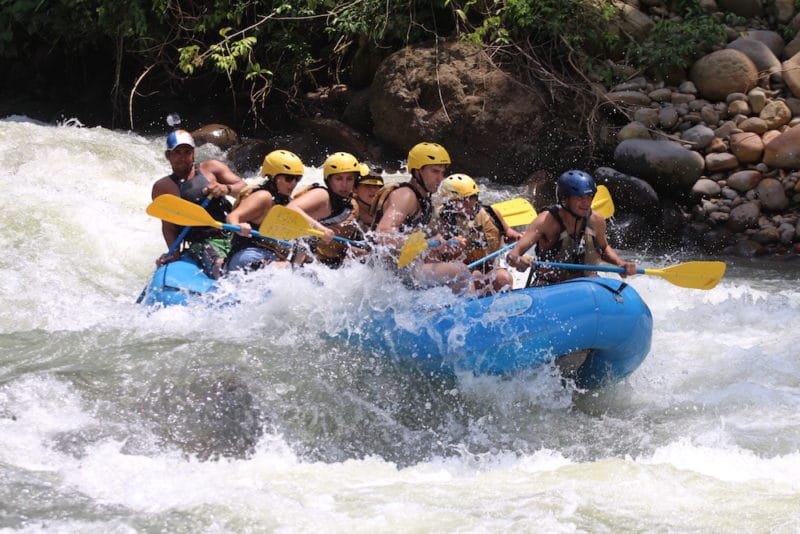
La Fortuna Tours: Rafting & Visiting An Organic Farm In Costa Rica

Costa Rica Adventure: Coffee & Cloud Forests In Magnificent Monteverde

From Solo To Sidekicks: Notes On My Central America Group Travel Adventure
Guatemala Travel Guide
These Guatemala experiences showcase some of the best things to do in Central America !
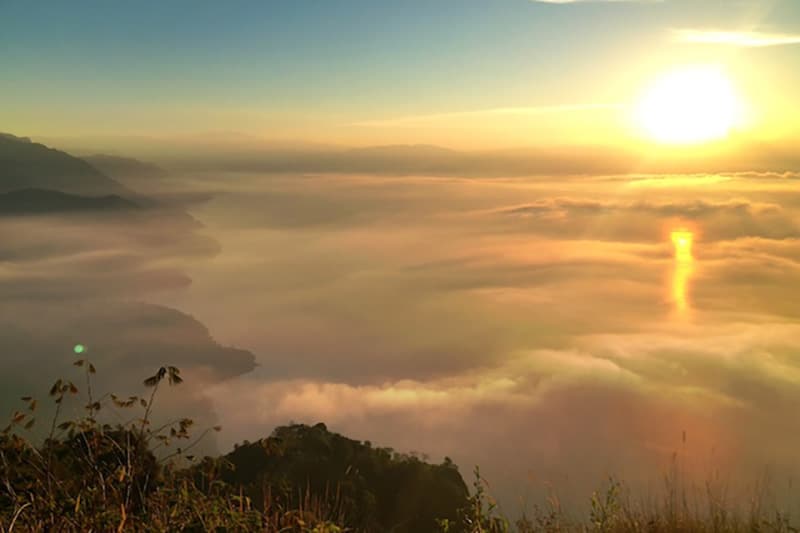
Hiking Indian’s Nose At Sunrise In Lake Atitlan, Guatemala
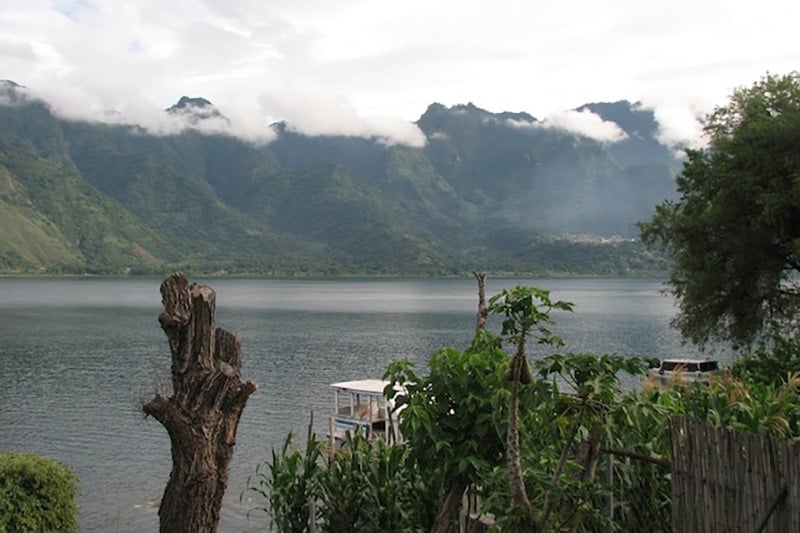
Food, Culture & Traveling Beyond The Guidebook In Guatemala
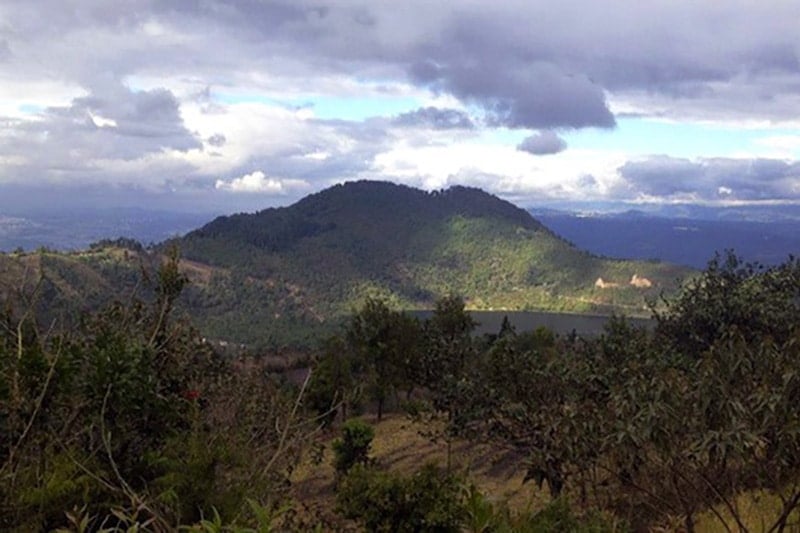
The Truth About Hiking Guatemala’s Pacaya Volcano
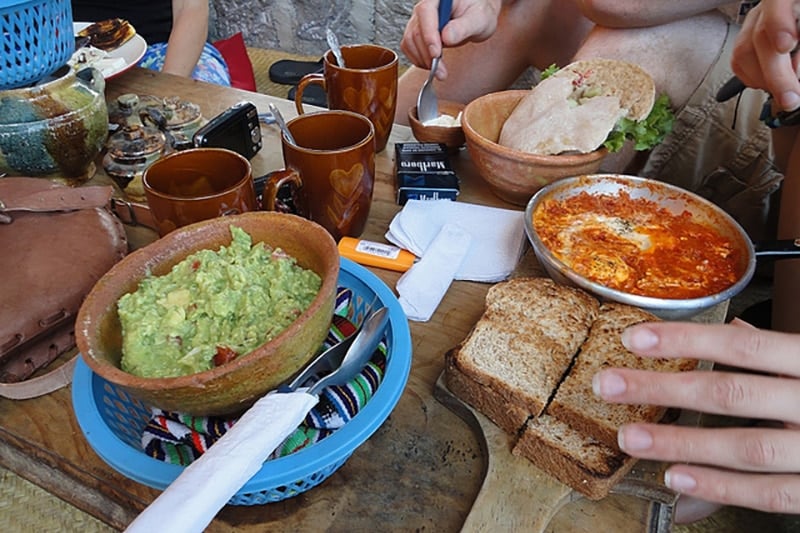
San Pedro La Laguna: Where Time Stands Still & The Party Never Stops In Guatemala

Earth Lodge: A Soul-Finding Farmstay In The Mountains Of Guatemala
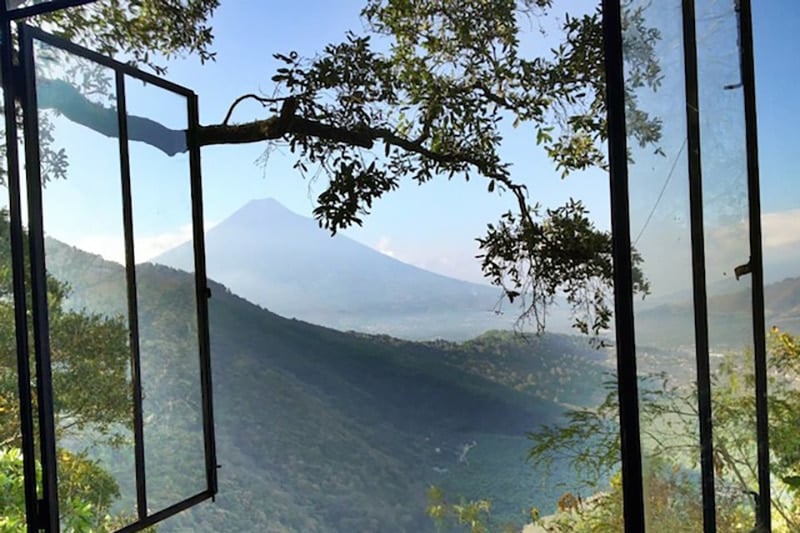
6 Essential Guatemala Travel Tips
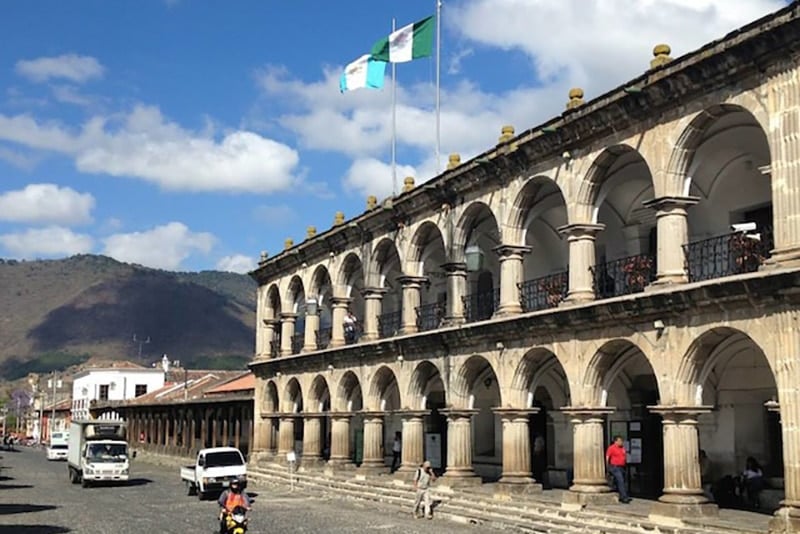
Why Guatemala Should Be Your Next Trip
Honduras Travel Guide
Looking for the best places to go in Central America ? Here is why Honduras should be on your list!

Exploring The Caribbean Side Of Honduras On Roatan Island

Copan, Honduras: An Amazing Day Exploring Mayan Ruins In The World’s Most Dangerous Country
Nicaragua Travel Guide
Looking for the best vacation spots in Central America ? Check out these Nicaragua experiences:

Nicaragua Adventures: Hiking The Active La Concepcion Volcano On Ometepe Island

Volcanic Adventures Outside Of Granada, Nicaragua
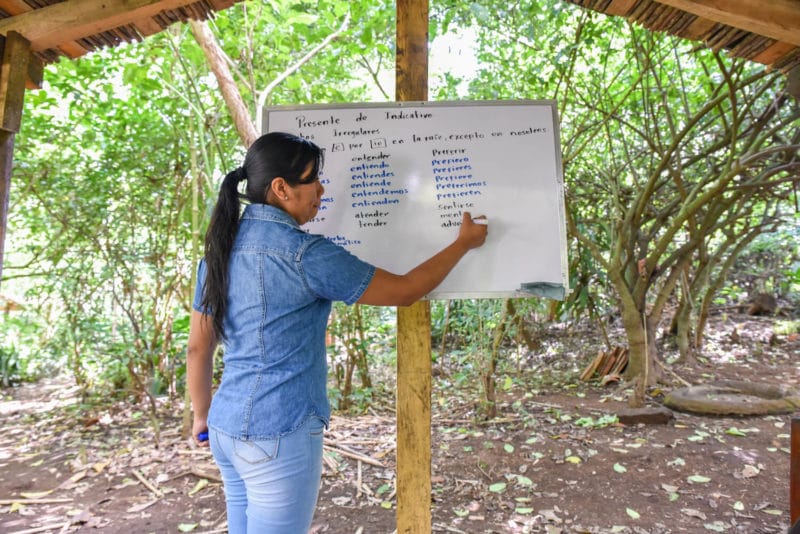
How To Volunteer While Learning Spanish In Nicaragua
Panama Travel Guide
If you’re wondering where to go in Central America , here is why Panama should be on your list:
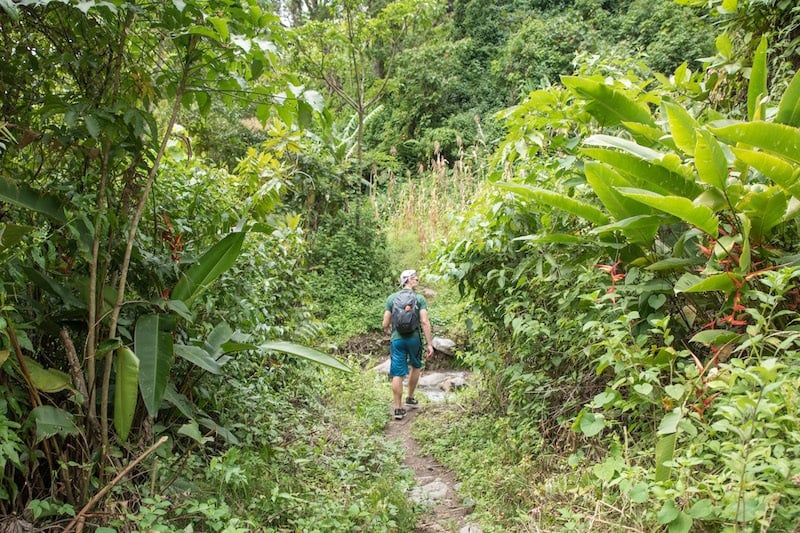
Hiking In Panama: The Best Trails In Boquete
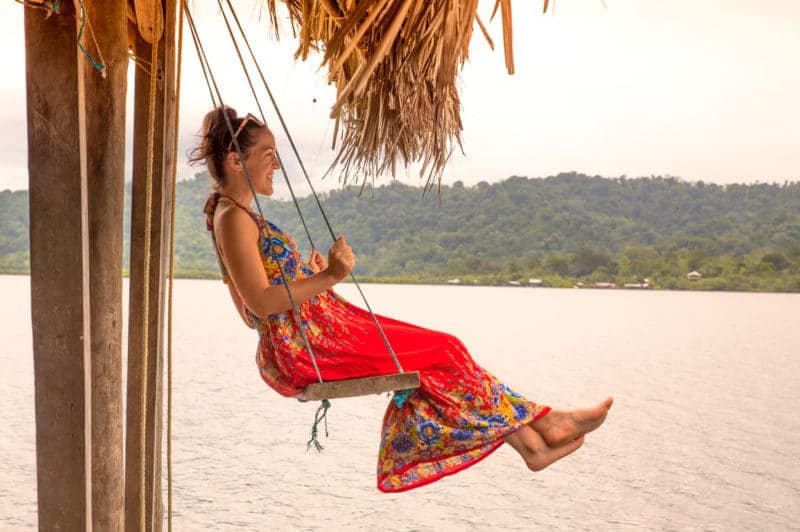
How To Plan An Unforgettable Panama Itinerary (Experiences Included!)

Here Is What It’s Like To Live With An Indigenous Tribe In Panama
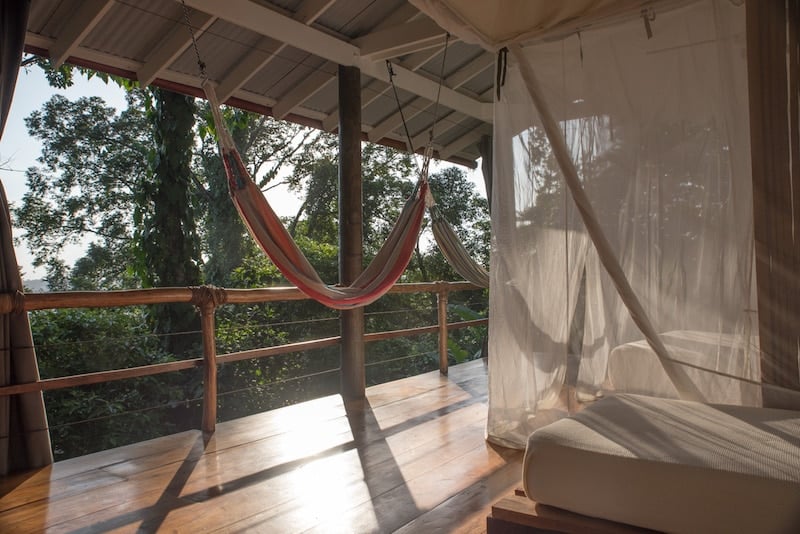
Best Places To Stay In Bocas del Toro For Sustainable Travelers
Top Central America Tours
Explore Central American tourism & culture with a local through these recommended excursions:
- Monkey Island tour from Panama City (Panama)
- San Blas Island-Hopping and Snorkel Tour Visit 3 Islands (Panama)
- Lake Atitlán Sightseeing Cruise with Transport from Guatemala City (Guatemala)
- Sunrise Hike to the Indian Nose from San Pedro La Laguna (Guatemala)
- Cave Tubing and Zipline Adventure from Belize City (Belize)
- Saint Herman’s Cave Hiking and Blue Hole Tour from Belize City (Belize)
- Day Trip to the Mayan Ruins of Copan from San Pedro Sula (Honduras)
- Bay Islands Exploration: Roatan Caribbean Coast Jungle & Beach ATV Adventure from West Bay (Honduras)
- Arenal Volcano and Tabacón Hot Springs Day Trip from San Jose (Costa Rica)
- Cerro Negro and Volcano Sand Boarding from León (Nicaragua)
- Santa Ana Volcano Hiking Tour + Coatepeque Lake Sightseeing (El Salvador)
Click here for a full list of Central America travel tours !
Renting A Car In Central America
Need a rental car for your Central America trip?
Use Discover Cars to quickly compare your car rental options.
Central America Hotels
Click here to browse hotels in Central America!
Prefer self-contained stays?
Click here to check out unique local rentals!
You can also use this map to search for local stays. The map is set to San Jose, but you can easily change it to your specific destination:
Central America Travel Insurance
It doesn’t matter if you’re traveling solo or with a group on a Central America tour. When visiting Central America — or any other country in the world — make sure to get travel insurance to protect your health and safety.
In my opinion, the best travel medical insurance for travelers is SafetyWing as they’ve got a large network and offer both short-term and long-term coverage — including coverage if you’re traveling for months as well as limited coverage in your home country).
Additionally, SafetyWing is budget-friendly and offers $250,000 worth of coverage with just one low overall deductible of $250.
With coverage, you’ll have peace of mind as you embark on your Central America itinerary.
Click my referral link here to price out travel insurance for your trip in just a few clicks .
Central America Travel Guide FAQ
Below, find answers to frequently asked questions about traveling Central America .
Q: Which countries make up Central America?
Here is a full list of Central American countries:
- El Salvador
Q: Where is Central America located?
Central America is located between Mexico and South America and is the southernmost region of North America.
Q: Is Central America safe for travel?
In general, Central America is pretty safe for travelers. Some countries and areas have higher rates of crime and violence than others and, as with any other destination, there are certain safety tips you should follow wherever you go.
The Northern Triangle — consisting of Guatemala, Honduras, and El Salvador — sees more crime than other countries in the region, particularly in big cities, so you’ll want to stay particularly vigilant if any of those countries are on your itinerary.
While traveling in Central America, you’ll want to stay aware of your surroundings, avoid wearing anything flashy or displaying any obvious signs of wealth, avoid going out alone at night, and be particularly careful on public transportation.
For specific safety tips for each country in Central America, check out our individual destination pages linked above.
You can also check our our guide to avoiding pickpockets .
Q: How long do you need to travel Central America?
The length of your trip to Central America certainly depends on which countries you want to explore and your preferred style of travel. If you’re looking to do a full tour of the region, making your way down from Southern Mexico to Panama (or vice versa), you’ll need at least a month or two to see everything.
Though the region is comparatively small, it can take several hours to travel between destinations by car or bus thanks to winding roads and inconsistent infrastructure.
Flights within the region are available but can be expensive and limited in certain areas.
You’ll also want to spend a few days in each destination to take in everything it has to offer.
If you don’t have a month or more to commit to a full Central American tour, you can easily travel between one or two countries in the region over a week or two. Group tours also offer multi-country itineraries over shorter periods of time that take some of the guess work out of traveling through the region.
Q: Is Central America expensive to travel?
It’s generally quite inexpensive to travel in Central America. Again, this depends on your itinerary and destinations of choice; things in Costa Rica and Panama tend to be a bit more expensive than in other Central American countries.
The average traveler to Central America should budget about $60 to $70 per day for things like accommodation, food, transportation, activities, and other daily expenses.
Q: What is the safest Central American country to visit?
Costa Rica and Panama are considered the safest countries to visit in Central America. Costa Rica is ranked as the 33rd most peaceful country in the world according to the Global Peace Index and experiences lower rates of crime and violence than other countries in the region.
While there are several areas of Panama that do experience more violence (specifically the Mosquito Coast and Darien region along the Colombian border), the country is quite safe overall.
Regardless of your itinerary, though, you should keep the general safety tips mentioned above in mind.
Q: What is the best time to visit Central America?
The best time to visit Central America is during the dry season between December and April.
Temperatures throughout the region are generally warm and comfortable, although this will vary depending on elevation.
Rain is less frequent in these months and you are less likely to have your trip washed out by a hurricane.
Q: What are some top things to do in Central America?
Central America is one of the best places on Earth for outdoor exploration. With a gorgeous environment that includes rainforests, beaches, volcanos, mountains, and more you’ll want to spend plenty of time outside during your Central American adventure.
Divers should visit countries like Honduras, Panama, and Belize for their clear waters and abundance of tropical fish. Belize is also home to the second-largest barrier reef in the world, with tons of colorful coral and marine life to explore.
Almost every country in Central America has its own national parks full of flora and fauna you won’t want to pass up. You can also hike (and even surf!) active volcanos in countries like Costa Rica and Nicaragua, where you can hike Volcan Concepcion .
Each country in Central America also has a rich history and culture of its own that is absolutely worth exploring.
Antigua in Guatemala is one of the best-preserved colonial cities in Latin America; the city truly looks like its frozen in time with its colorful buildings and cobblestone streets. Here you’ll find churches that date back to the 1500s, shops full of artisan goods, and a whole museum dedicated to chocolate.
Central America also has many Mayan ruins where you can pay your respects to the area’s Indigenous history. Copan is home to one of the best-known sites in Honduras while the Tikal Temple in Guatemala is an absolutely incredible sight.
Q: What is some important Central America travel advice to keep in mind?
Aside from the safety tips listed above, there are a few pieces of travel advice to keep in mind when it comes to Central America.
Wherever you go in the region, you’ll want to pack high-test bug spray, ideally formulated with DEET. Aside from being annoying, mosquitoes in Central America have been known to carry dangerous diseases like malaria and the Zika virus and in a tropical environment, they’re pretty hard to avoid. A good quality insect repellent is your best defense against disease, even if you don’t think you’ll need it.
Sunscreen is also absolutely key, particularly if you’re planning on spending time at the beach. Remember, you’re probably closer to the equator than usual.
Even if you’re incredibly careful about what you’re eating and drinking in Central America, stomach issues happen to the best of us. Be sure to pack any medications you might need along the way like Pepto Bismol and Immodium. Don’t rely on local stores having what you need in stock, particularly if you’re traveling to a more remote location.
While most countries in Central America do not require any vaccinations to enter the country, you may want to get certain vaccinations or preventative medicines depending on your itinerary. If you’re unsure, talk to your doctor or local travel medicine professional before your trip.
Q: What tips would you give someone backpacking Central America?
There are a few tips to keep in mind when backpacking Central America.
While restaurants are generally pretty inexpensive throughout the region, you’ll save a lot of money by shopping at local markets and preparing your own food at your hostel or on the road. This will help you stretch your food budget over a longer trip. Street food is also quite cheap and a great option for snacks and meals during the day.
Buses are also the most cost-effective way to travel between destinations, though it may take you longer to get from Point A to Point B.
You’ll absolutely want to pack a lock and a small medical kit with bandages, hand sanitizer, antibacterial creams, and any necessary medications in your pack.
A travel water purifier or purifying water bottle is also necessary for areas where the water is unsafe to drink. This is crucial for times when you may not be able to find bottled or otherwise purified water.
Laundromats and laundry services can also be hard to come by throughout the region so you may want to pack some small packets of detergent in case you need to wash some garments in the sink of your hostel or AirBnB.
On a similar note, pack more underwear than you think you’ll need. You don’t want to be caught without a fresh pair!
What would you add to this Central America travel guide?

Enjoyed this guide to traveling Central America? Pin it for later!
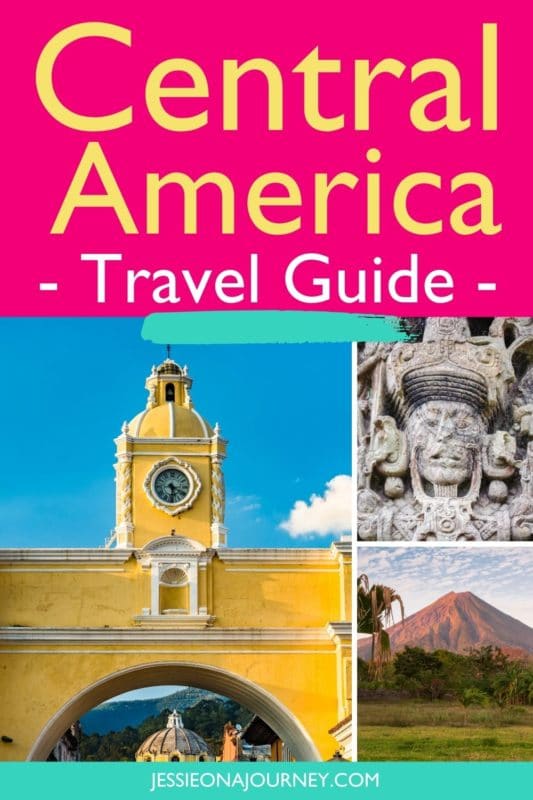

Central America Backpacking Route
Welcome to our Central America backpacking route!
Although the smallest region in the Western Hemisphere, Central America is a really fun area to explore. Not only is it full of Mayan ruins, towering volcanoes and beautiful beaches, it’s also relatively easy to travel through .
From southern Mexico down to Panama, you need much less time here compared with South America, which is ideal for first-timers or those with less time on their hands.
What's in this guide?
In this guide, we’ll explore our 1 month backpacking through Central America itinerary , as well as the highlights you’ll be visiting in each nation.
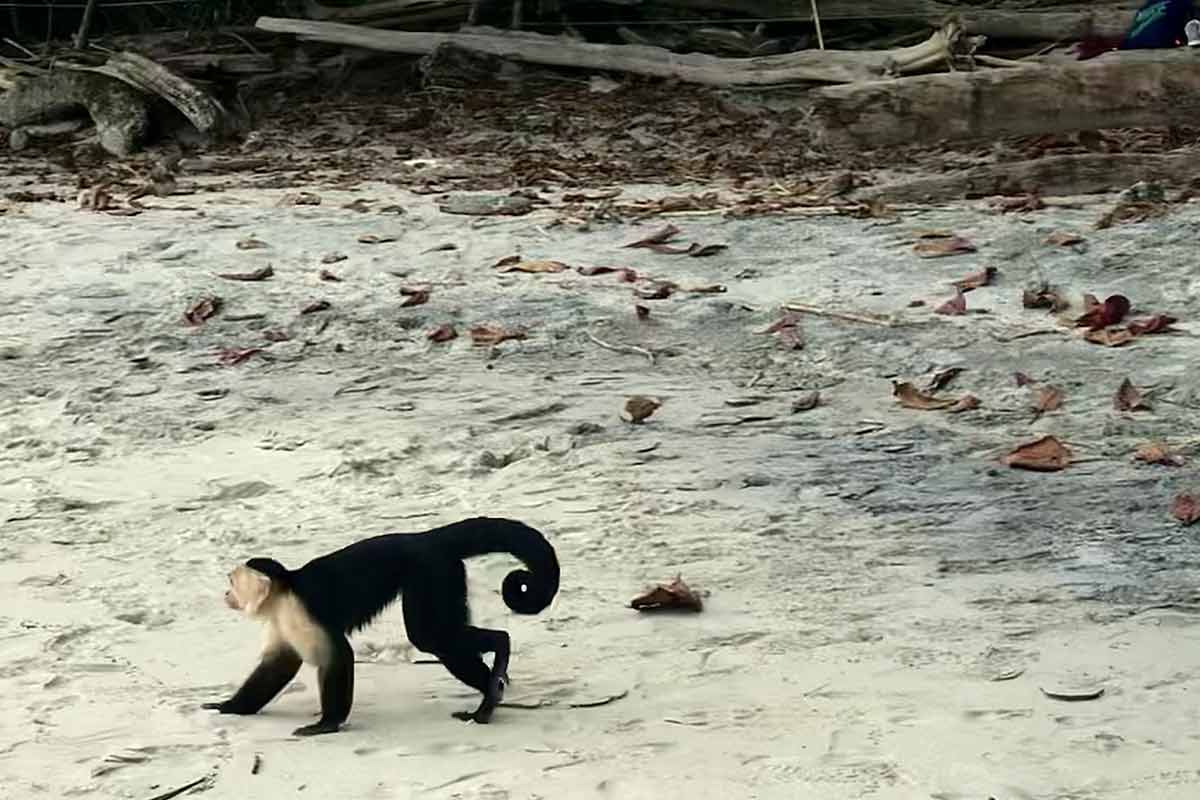
As well as covering how to get around, we’ll also be answering your most crucial questions on how to manoeuvre this unique subregion in our FAQ section.
🏁 Here are the main stops on this Central America travel route:
- Lake Atitlan
- Ometepe Island
- Puerto Viejo
- Bocas del Toro
- Panama City
Getting around Central America
Thankfully, the easiest ways into Central America are also the furthest extreme points north and south, which are ideal for this itinerary.
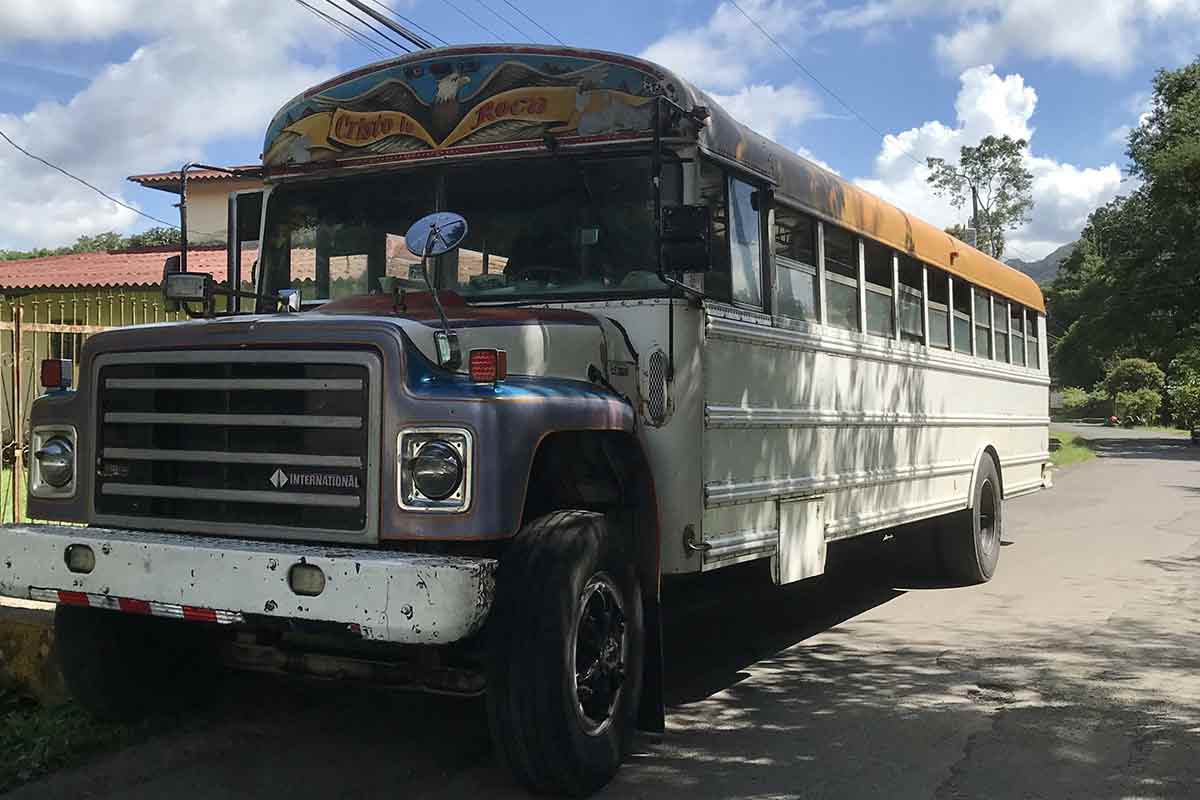
These are the cities of Cancún and Panama City , which have well-connected international airports (that then connect well with other cities such as Guatemala City, San Salvador and San José).
The best way to get around Central America is by bus. Whilst you could fly, costs will rack up quickly and may mean you’ll need to cut your trip short. Buses are very cheap , and also don’t tend to take that long either (most are usually between 2-8 hours each leg).
There are some instances where you can consider a flight. These are if you’re heading to islands such as the Corn Islands or Bocas del Toro, or if in an urgent rush.
Of course if you have the extra cash and want to upgrade every now and then, then by all means go for it. You can even start your backpacking South America trip by crossing over from Panama (via San Blas to Capurganá) if you really want to push the boat out.
Things to know before traveling to Central America
Between the two of us, we’ve spent plenty of time in Central America on various trips. This means we’ve got insider experience and can give our best tips to help your trip go more smoothly. See our Central America packing list for the full list of things to carry.
Use Padlocks on Bags when Traveling
Unfortunately petty theft and pickpocketing are still rife in Central America, so you’ll want to plan in advance. We recommend keeping bags on you with a secure padlock when on buses, which will help to deter any potential issues.
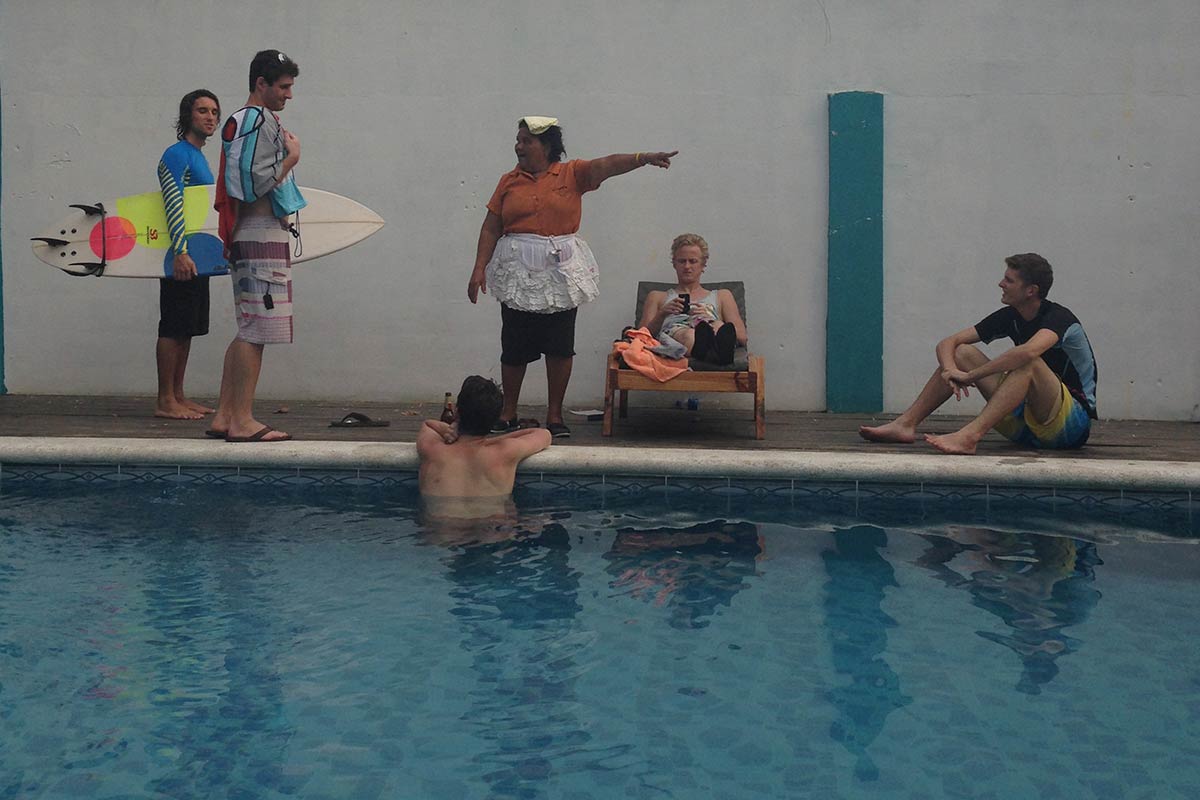
Pack a Range of a Clothes
Many travelers are surprised when they reach Central America. Whilst most areas are going to be warm climates, there’s also areas where you’ll be begging for warm layers (such as the Guatemalan highlands or when hiking in higher altitudes). This also means carrying a Poncho since there’s a good chance of rain!
Budget for $20-25 a Day
This is a great ballpark average to aim for, and you may find yourself spending even less in some areas. This budget assumes you’ll be sleeping in dorm rooms, using public buses, and also eating in local restaurants (or preparing your own food). See our Central America travel budget guide for more tips on how to save and spend money here.
Invest in High Quality Items
We’ll be the first to admit it – we love saving wherever possible when traveling. However the biggest mistake is bringing cheap equipment that breaks or wears out too quickly.
One of the biggest items we recommend travelers to invest in is a quality pair of hiking boots, especially given the amount of mountain and jungle hikes and experiences there are throughout Central America. We recommend these for the guys , and these for the ladies .
Got travel insurance for Central America?
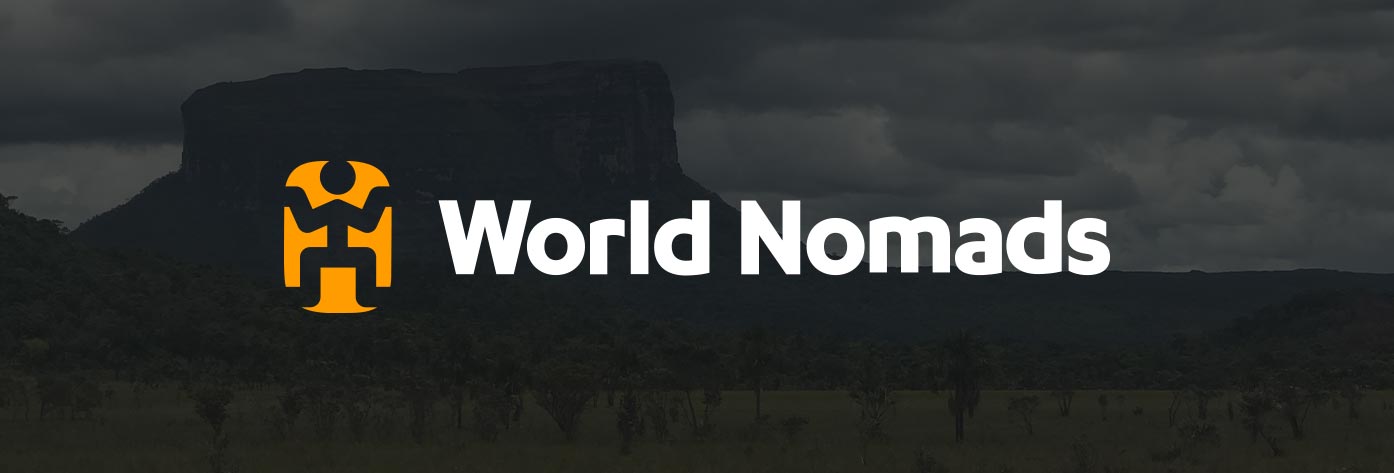
1 Month Central America Backpacking Route
Now let’s dive into our 1 month backpacking Central America travel route. Here we’ll take a look at each country, the best things to do in each as well as our recommended accommodation options.
Guatemala (6 Days)
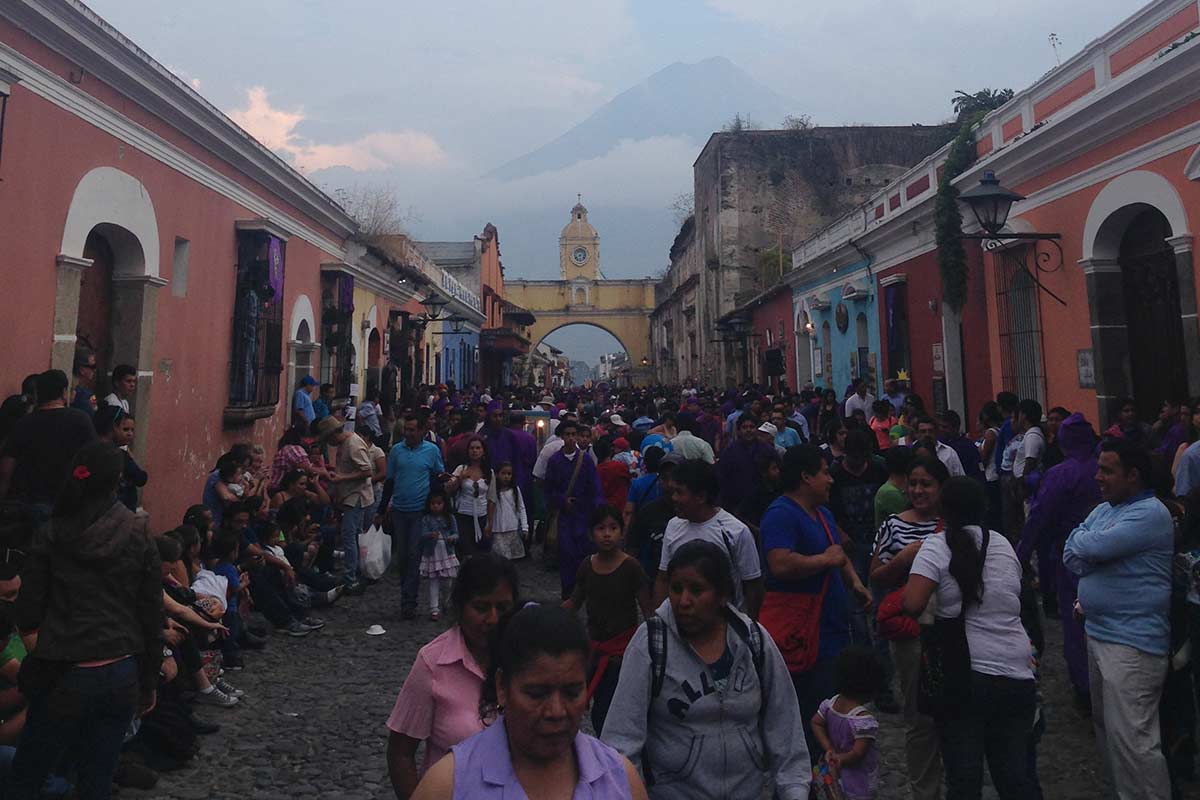
First we’ll kick off this itinerary by heading to Guatemala. To get here you can head overland through Mexico, or fly directly into Guatemala City airport.
From here we’ll take a bus straight to Panajachel, which is the gateway to the stunning Lake Atitlan . We recommend basing yourself in the town of San Juan de la Laguna (which is the main backpacker hub), and Don Pascual is our top stay here. This lakeside town also has many great nightlife options too.
Lake Atitlan is arguably the most scenic lake in Central America, and is surrounded by various prehistoric volcanoes . One of the best things to do here is to enjoy a boat ride around this majestic lake, where you’ll be able to visit many of the more authentic towns. such as San Marcos de la Laguna.
Next we’ll take the four hour bus south to Antigua . This historic city is laden with cobblestone streets and beautiful architecture, such as the Arco de Santa Catalina as well as the Convento Capuchinas. Antigua is also the perfect place to hike the nearby volcanoes, and we recommend this tour up Acatenango for some unreal early-morning views.
🏁 Route Stops:
Stop #1: Lake Atitlan Stop #2: Antigua
Key Guatemala Info:
- 🌎 Currency: Quetzal
- 🥘 Food: Pepián, Jocón
- 🍹 Drink: Naranjada
- 💵 Daily Budget: $15-20
- 🔥 Special Mentions: Semuc Champey, Chichicastenango, Tikal Ruins.
El Salvador (3 Days)
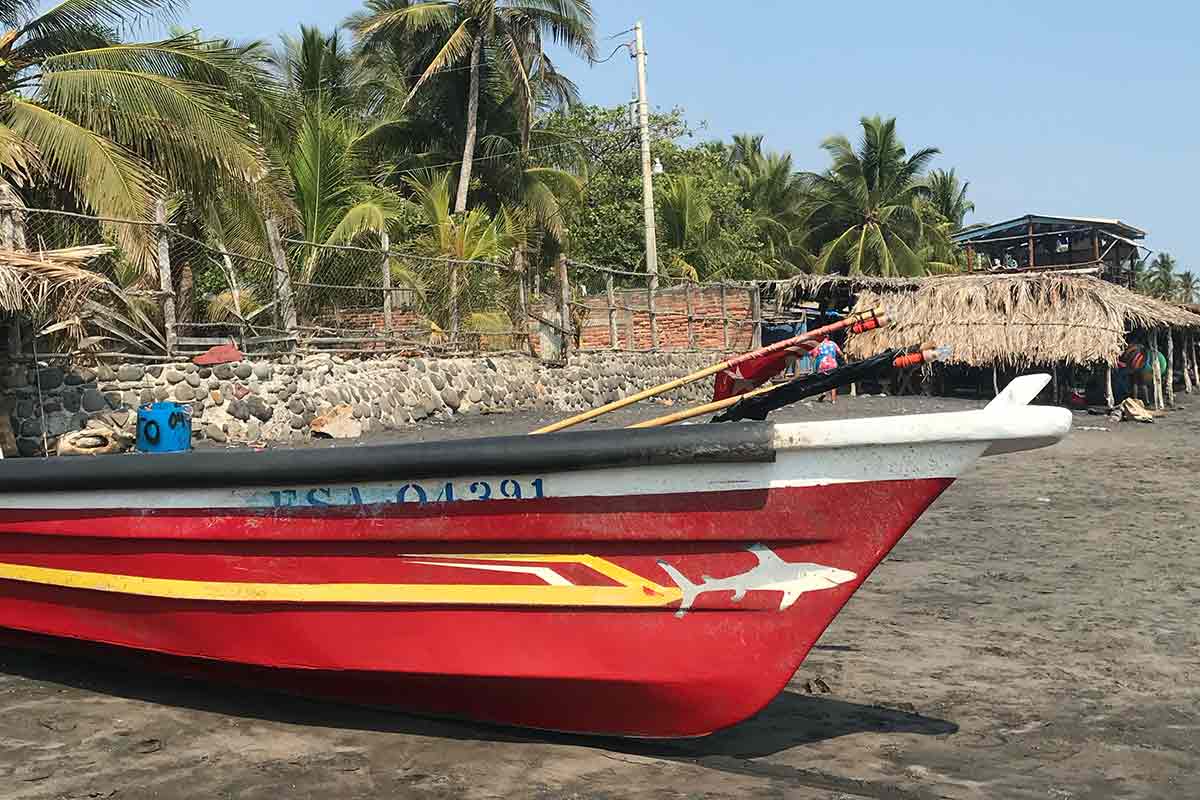
From Antigua we’ll now take a bus south of the border to the city of Santa Ana .
This city is actually George’s favourite in all of Central America, and for good reason too! The stunning Santa Ana Volcano is a must-see, and instead of those fiery red lava flows in Guatemala we’ll instead find a bright green crater at the top. We recommend heading on this day tour , where you’ll also get to visit Lake Coatepeque along the way.
Santa Ana’s centre is also really nice to walk around, and will feel much less touristy compared to Antigua. The Catedral de Nuestra Señora Santa Ana is by far one of the most impressive in this region (as well as other buildings around the Parque Libertad), and you’ll also want to visit the nearby Mayan Ruins of Tazumal . You can base yourself in the Hostal Brunette , which is just a couple of blocks from the main plaza.
Our next stop is to the capital of San Salvador, and whilst you could spend the night here, we’d actually recommend seeing it as a day trip from Santa Ana (given it’s just an hour away).
The Capilla del Rosario is the best highlights by far, with this unassuming-from-the-outside chapel featuring some breathtaking stained-glass windows that shine all kinds of colours. Other things to see here include the National Palace as well as the Monument to the Divine Savior of the World.
Stop #3: Santa Ana Stop #4: San Salvador (optional stay)
Key El Salvador Info:
- 🌎 Currency: US Dollar, Bitcoin
- 🥘 Food: Pupusa
- 🍹 Drink: Atol de Marañon
- 💵 Daily Budget: $20-25
- 🔥 Special Mentions: El Tunco, Atiquizaya.
Honduras (5 Days)
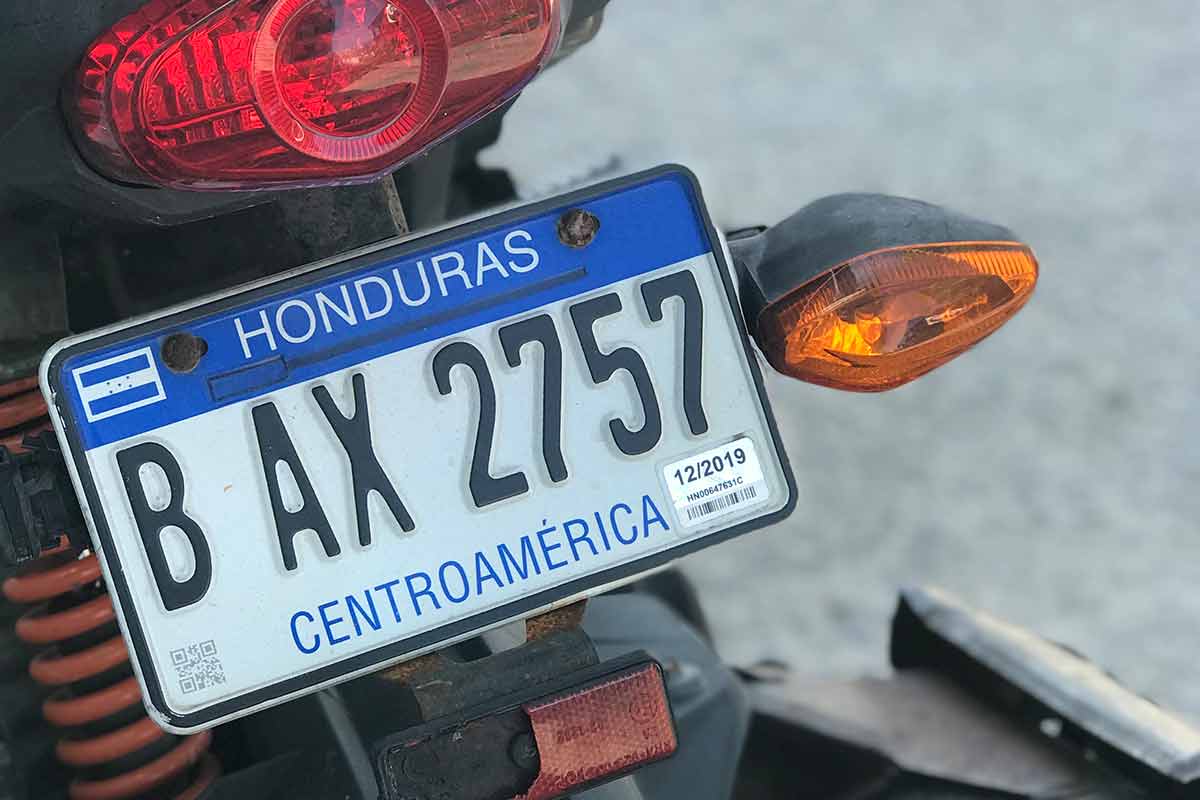
From Santa Ana we’ll leave really early to catch the shuttle over to Copán . You can also do it independently on buses (like George did), however you’ll need to head back through Guatemala first, which will take around 7 hours in total.
Copán is a really charming mountainous town, which is best known for the Copán Ruins. Once an important Mayan city, it was home to over 20,000 people and also has many unique sculptures and pyramids.
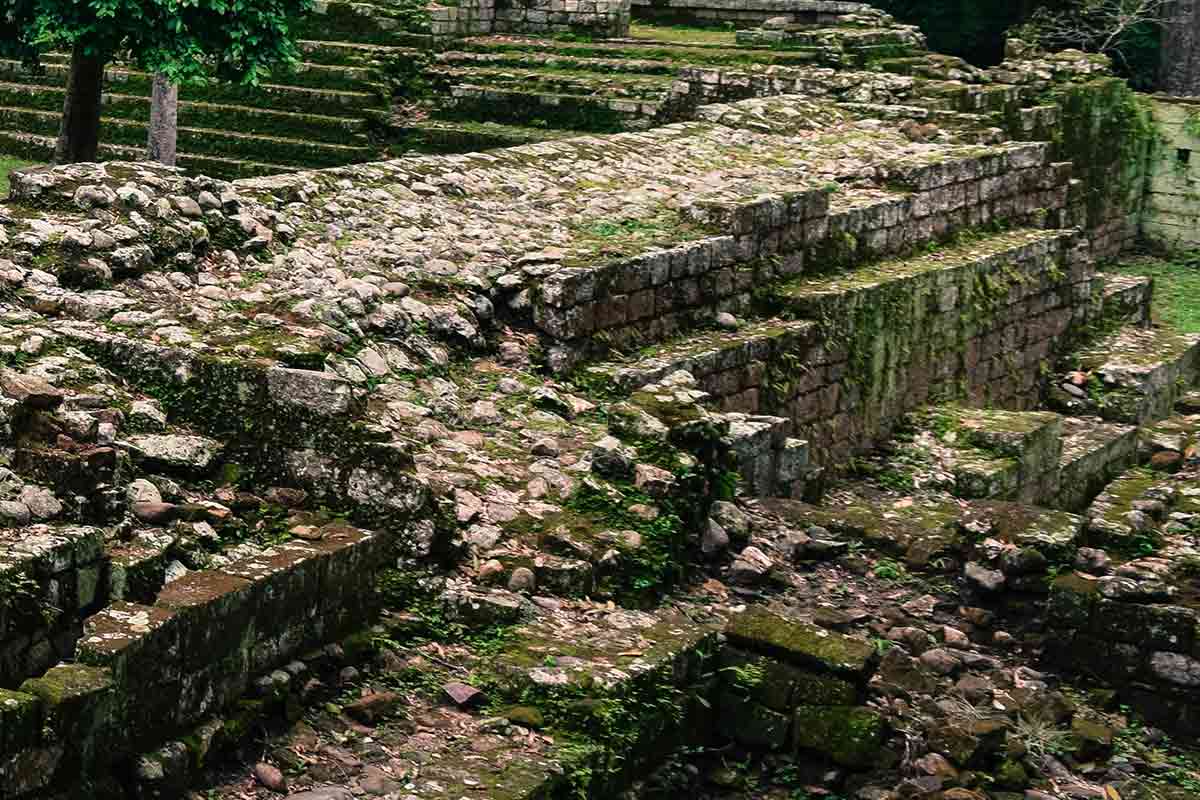
In town you’ll also want to visit the Macaw Mountain Bird Park, which is home to an array of tropical birds including Scarlet Macaws and Keel-billed Toucans. We staying at the Berakah B&B which is just off the main plaza.
A day (or two maximum) is enough here, where we’ll then make our way over to the Caribbean island of Utila . Another backpacking haven, here you can spend your days relaxing on white-sand beaches and drinking cocktails into the early morning hours.
Whilst we’ve allocated 3 days for your time here, beware since it tends to keep travelers here much longer than expected!
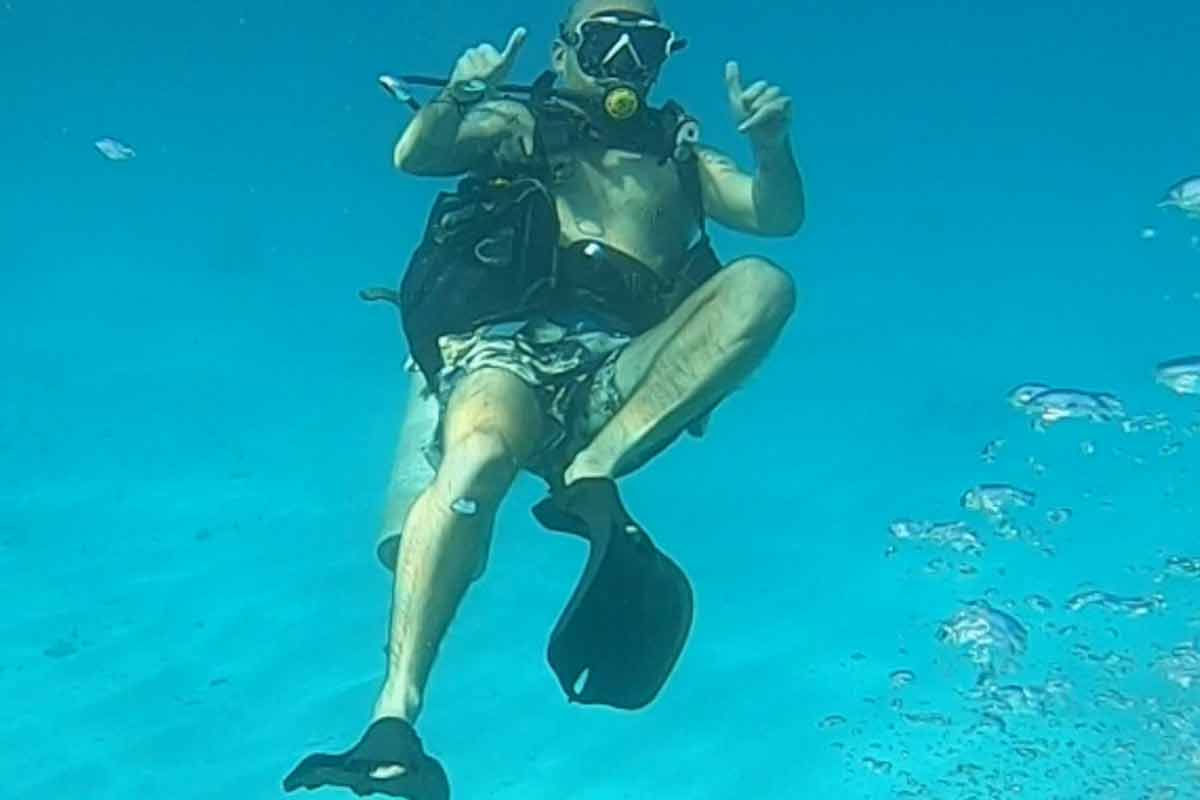
If you’re into diving (or ever wanted to learn), then this is the place to go for it. Utila is located along the Mesoamerican Reef, and has some of the best visibility conditions in Central America.
You can spot everything from Dolphins and Manta Rays to Sharks , and even Whale Sharks (from February to April). We highly recommend going with this diving tour , where you’ll explore the waters just off nearby Roatán.
Stop #5: Copán Stop #6: Utila
Key Honduras Info:
- 🌎 Currency: Lempira
- 🥘 Food: Baleada
- 🍹 Drink: Horchata
- 💵 Daily Budget: $15-25
- 🔥 Special Mentions: La Ceiba, Tegucigalpa, Roatán.
Nicaragua (5 Days)
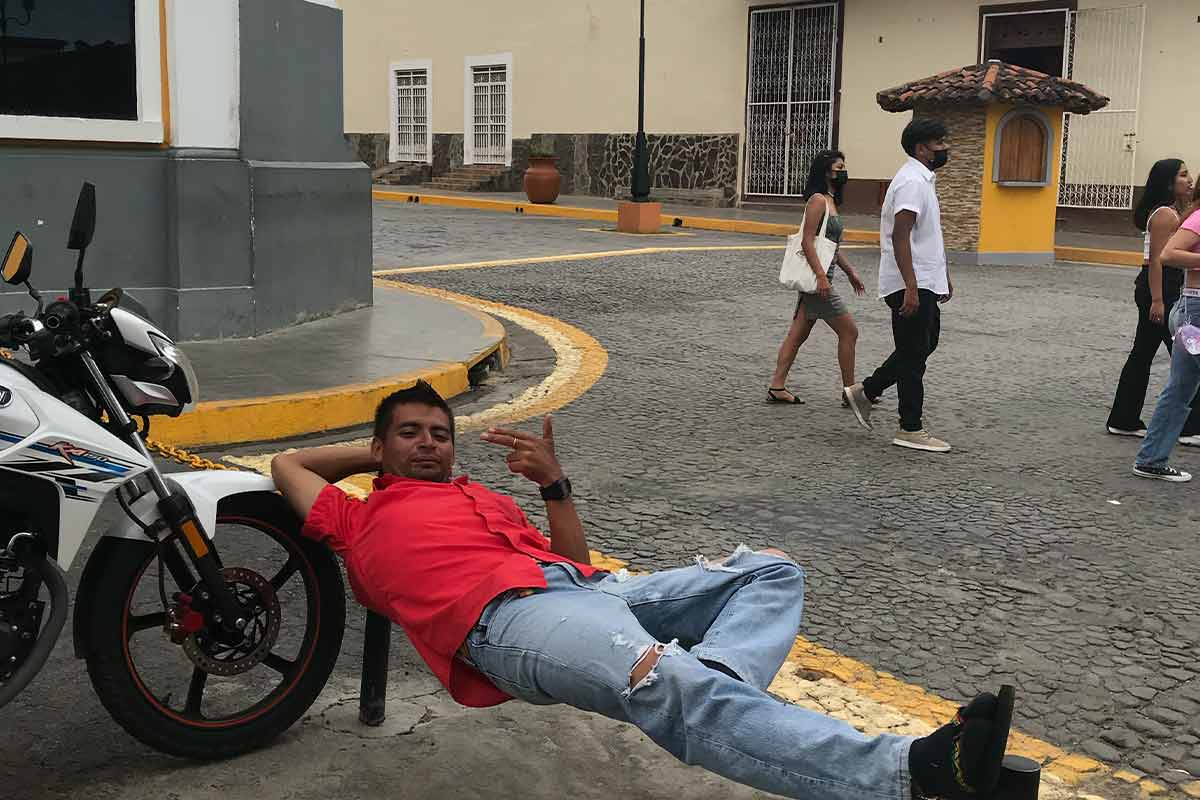
From Utila we recommend flying to Tegucigalpa (from La Ceiba), and then taking the bus to León . This is because you’ll otherwise lose most of the day heading along the Honduran highway.
León is our first stop in Nicaragua, and has quickly become one of the most popular backpacking spots in Central America. Volcanoboarding is the must-do activity , and when here you‘ll want to stay at the legendary BigFoot Hostel who do the best tour up and down the Cerro Negro. Those who want everything organised in advance can instead join this half-day tour .
As well as seeing other colonial buildings such as the La Iglesia de la Recolección, we also recommend heading to the Museum of the Revolution to better understand Nicaragua’s turbulent history , and what makes the country unique to other Latin American nations.
We’ll then take a bus to Rivas, followed by a boat over to Ometepe Island . Situated in the middle of Lake Nicaragua, it’s a great place to get lost in nature with many jungled paths and volcanoes to explore such as Maderas as well as the natural swimming pool of La Ojo de Agua.
Stop #7: León Stop #8: Ometepe Island
Key Nicaragua Info:
- 🌎 Currency: Córdoba
- 🥘 Food: Nacatamal
- 🍹 Drink: Macuá
- 🔥 Special Mentions: Granada, Corn Islands, San Juan del Sur.
Costa Rica (7 Days)
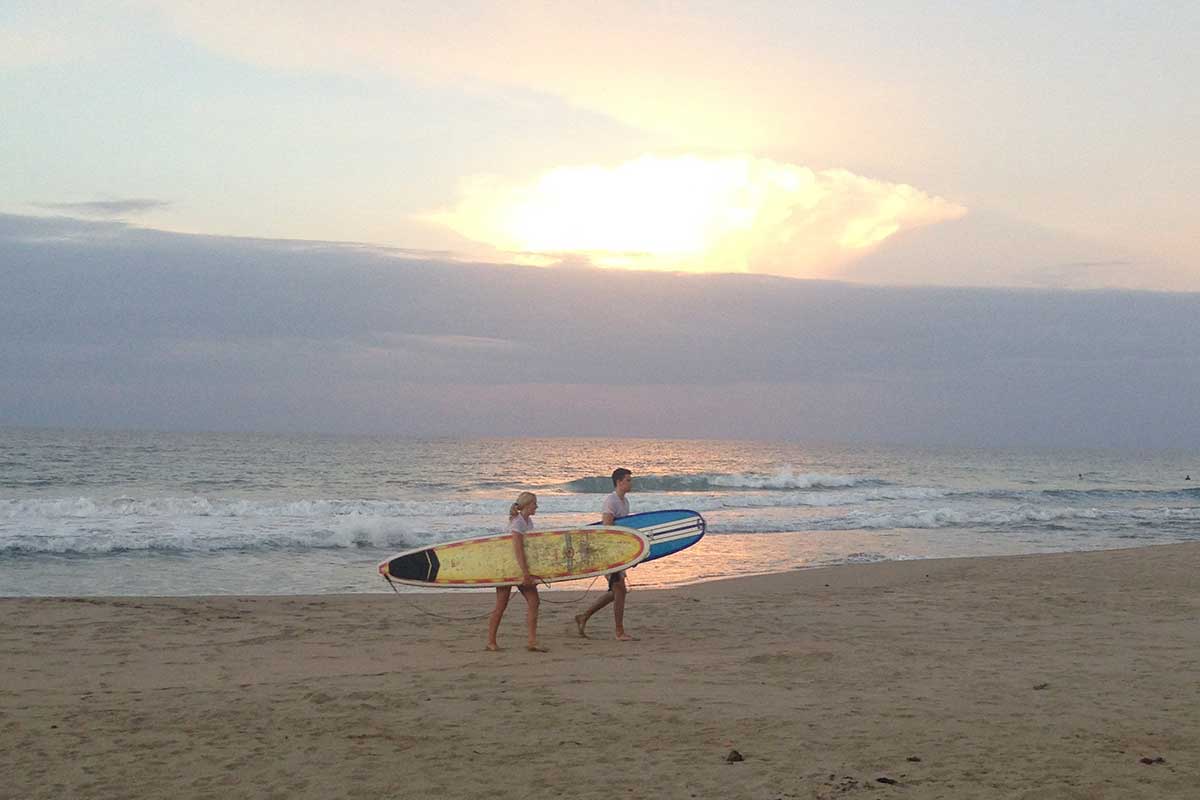
Now we enter perhaps the most exciting country on our itinerary, and the one you’ve been waiting for! We’ll be taking the bus from Nicaragua into the town of Monteverde .
Known for its vibrant rainforest that has some of the highest endemic levels on earth, this is the place to come to spot wildlife. This night tour is the very best, where a wildlife expert will show you rare snakes, sloths, tarantulas and even ocelots if you’re lucky. In rarer cases you may even see a Jaguar . A couple of days here is enough, and those who love adrenaline will want to head on the various zip-lines and rides at Skyadventures.
From here we’ll then spend a couple of days in the capital of San José , which is often skipped (although it’s not the most striking capital there’s definitely worthy things to see and do). These include heading to the Gold and Jade Museums, as well as the National Museum of Costa Rica. In San José we recommend staying at the Costa Rica Backpackers Hostel .
Last but not least we’ll continue south to the chilled-out coastal town of Puerto Viejo . A classic backpacker town, this is definitely the place for hitting the beaches and putting your feet up. You can also rent a bike and explore the winding roads just outside of town, where you’ll find many deserted beaches and raw wildlife doing its thing.
If you still want to see more animals then consider this day trip to the Cahuita National Park , where you can see monkeys and raccoons as well as tropical underwater species.
Stop #9: Monteverde Stop #10: San José Stop #11: Puerto Viejo
Key Costa Rica Info:
- 🌎 Currency: Colón
- 🥘 Food: Gallo Pinto
- 🍹 Drink: Guaro, Agua de Sapo
- 💵 Daily Budget: $25-35
- 🔥 Special Mentions: La Fortuna, Punta Uva, Santa Teresa.
Panama (5 Days)
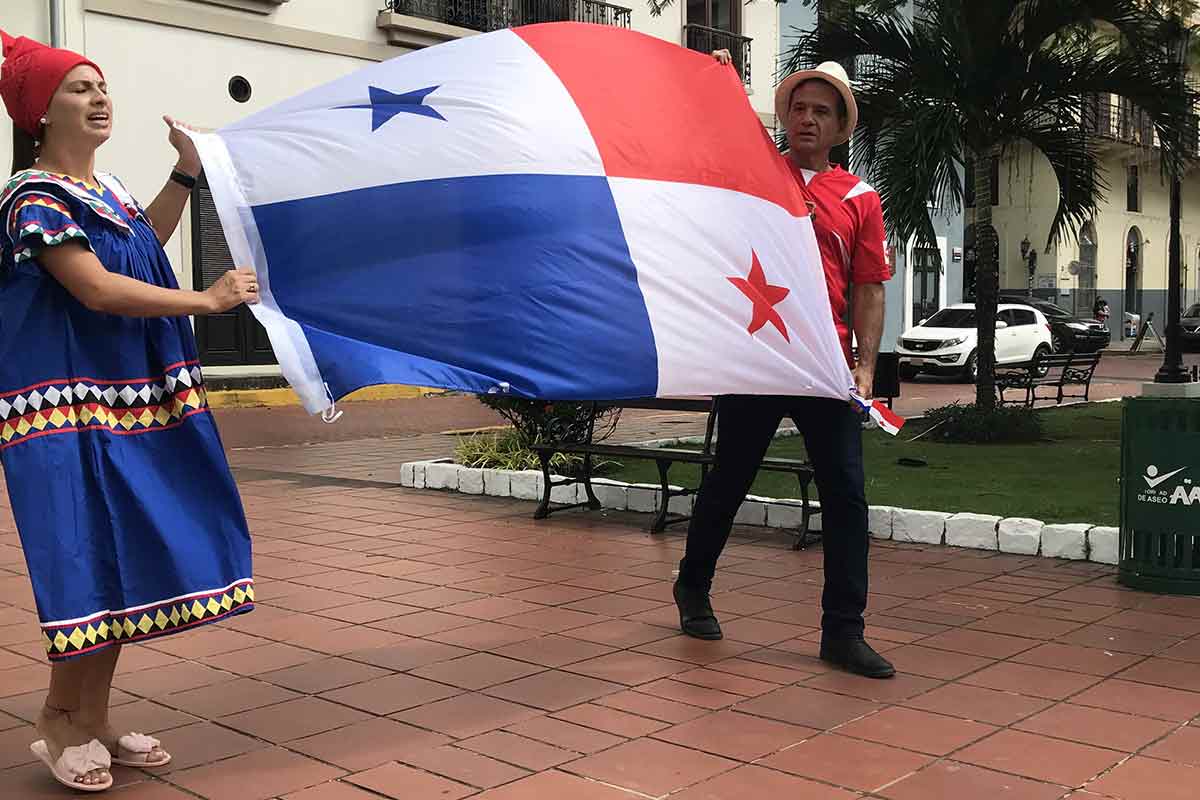
Finally on our Central America itinerary we’ll be hitting Panama, which is the most southern nation in this region. We’ll take the bus and boat from Puerto Viejo to Bocas del Toro .
This stunning archipelago is a real highlight when in Panama, and is known for its variety of beautiful beaches. Wizard and Bluff beaches are the most scenic, whilst Playa de las Estrellas is great for seeing many starfish chilling along the coast (just remember not to touch them). It’s also a great place to head on this full-day speedboat tour , where you’ll get to explore the more wild areas of this otherwise popular backpacking hotspot.
From Bocas del Toro we’ll now take a short flight over to Panama City , given the bus will be too long for our given itinerary. Here we recommend allocating 3 days for the capital, as there’s a lot to see. You’ll want to stay at the Magnolia Inn in Casco Viejo, which is the nicest neighbourhood of the city.
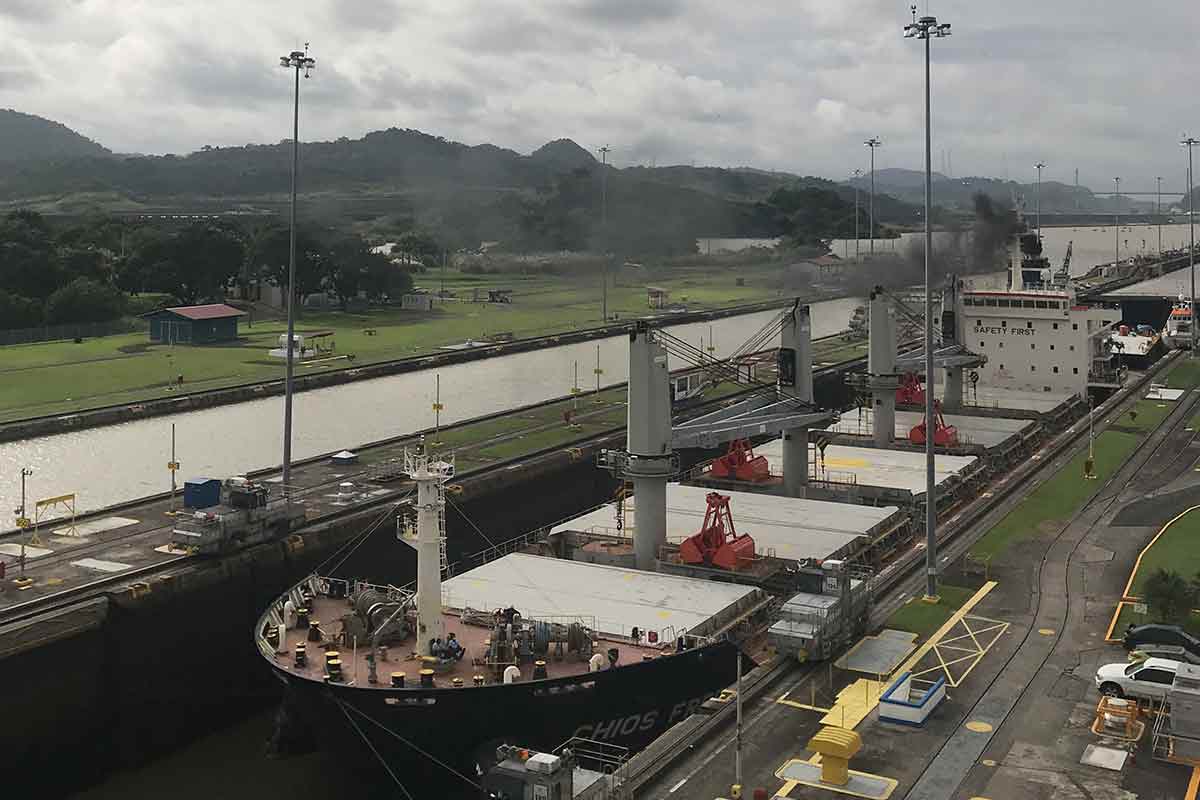
Close-by you can visit many important sites such as the Metropolitan Cathedral Basilica of Santa Maria, the Calzada de Amador as well as the infamous Panama Canal .
We also recommend spending an overnight stay on the San Blas Islands , which are one of the best highlights of a trip to Central America. Here you can get to know the local Kuna Yala tribe , as well as visit islands like Perro Chico and Soledad Miria.
Stop #12: Bocas del Toro Stop #13: Panama City
Key Panama Info:
- 🌎 Currency: Balboa, US Dollar
- 🥘 Food: Sancocho de Gallina
- 🍹 Drink: Seco Herrerano
- 💵 Daily Budget: $25-30
- 🔥 Special Mentions: Valle de Antón, Santa Catalina, The Darien Gap.
Central America Travel Route FAQs
How much money do you need for backpacking in central america.
As we’ve already explored in the itinerary above, different countries will require different daily budgets. A solid budget to plan for is $25 a day, which will be plenty for staying at a nice Central American hostel and eating a few hearty meals a day. You’ll also need to factor in money for extras depending on what you want to do, such as volcano hikes or learning to dive.
Is Costa Rica cheaper than Panama?
In our experience, we’ve found Costa Rica to be cheaper than Panama. Whilst both are amongst the most expensive in Central America, Panama is easier to find cheaper foods and accommodation. Tours in Costa Rica can also be really expensive too given how touristy it is nowadays.
What are the cheapest countries in Central America?
Guatemala is by far the cheapest you can visit, where you could spend as little as $15-20 a day! This makes it a great option for budget travelers, who will want to spend more time here. Others that are on the cheaper side of things include Honduras and Nicaragua.
Which Central American country is the safest?
That’s all for our 1 month in Central America backpacking route.
This diverse region is full of thrills and culture, and even those on a shorter time-frame will be able to enjoy their time in Central America.
From lounging on picturesque Caribbean beaches to hiking fiery volcanoes , you’ll for sure be coming back for seconds soon!
Be sure to revisit this guide before, during and after your travels to Central America as a nice refresher. Also, see our backpacking Central America travel guide for more pro tips.
👉🏽 P.S. If you’ve found this guide helpful, buy us a coffee here to say thanks! Or, support us by downloading our South America Travel Bible to get our best content.
“ Dear traveler! Some links in this post contain affiliate links. Meaning, if you click through and make a purchase, book a hostel or sign up for a tour, we may earn a small commission at no additional cost to you . Your support means a lot and helps us to carry on traveling and maintaining the quality of this site for you.”
Similar Posts
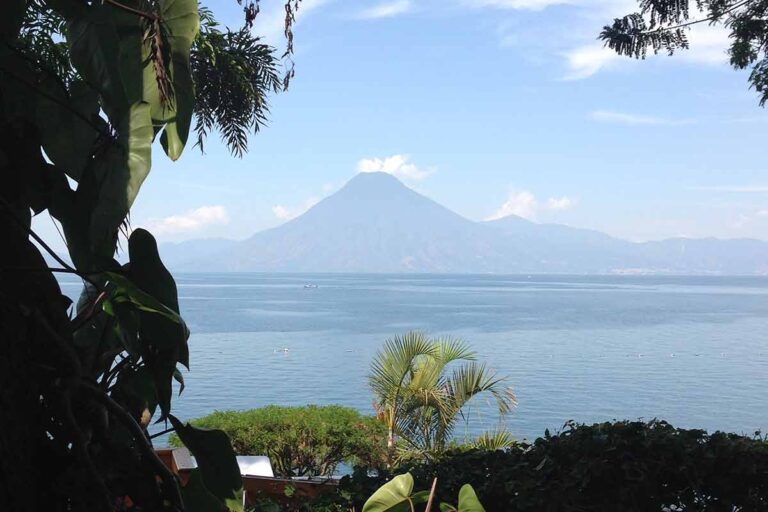
Best time to visit Guatemala
In this guide, we will explore the best time to visit Guatemala. Guatemala is an awesome country to visit. Not only is it full of ancient ruins and culture, but it’s also home to many landscapes that vary from tropical jungle to cool mountainous towns and black sandy beaches. Best time to visit Guatemala In…
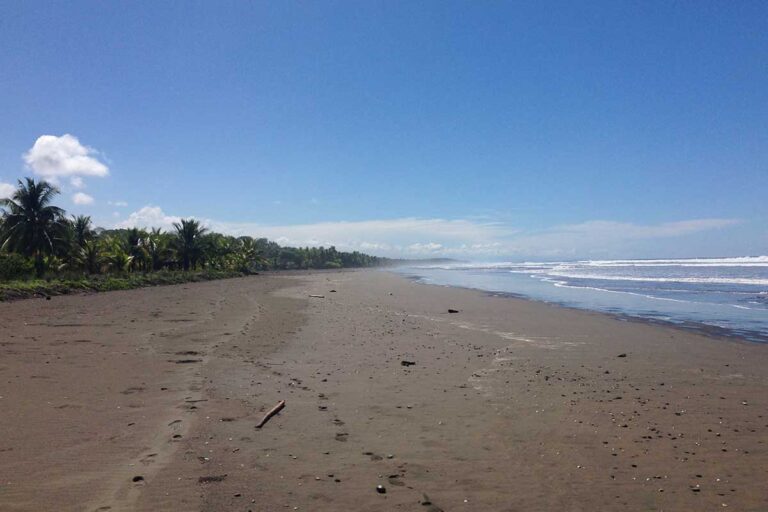
Best time to visit Costa Rica
In this guide, we will explore the best time to visit Costa Rica. Costa Rica is the most popular country in Central America, which makes sense given the abundance of nature, beautiful scenery and warm climate here. It’s also one of our top choices for first-timers too as it’s very safe. In this guide, we’ll…
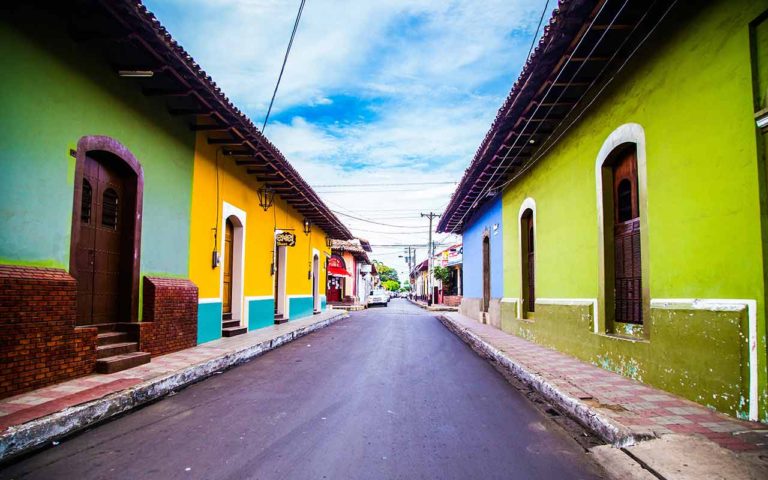
Backpacking Nicaragua Itinerary
Welcome to our backpacking Nicaragua itinerary. It is no secret that Nicaragua is a bit of an off-the-grid Central American destination when compared to the likes of Guatemala and Costa Rica. You will find that Nicaragua has so much to offer, including jungles, volcanoes, lakes, beaches, cloud forests, and two coastlines waiting for you to…
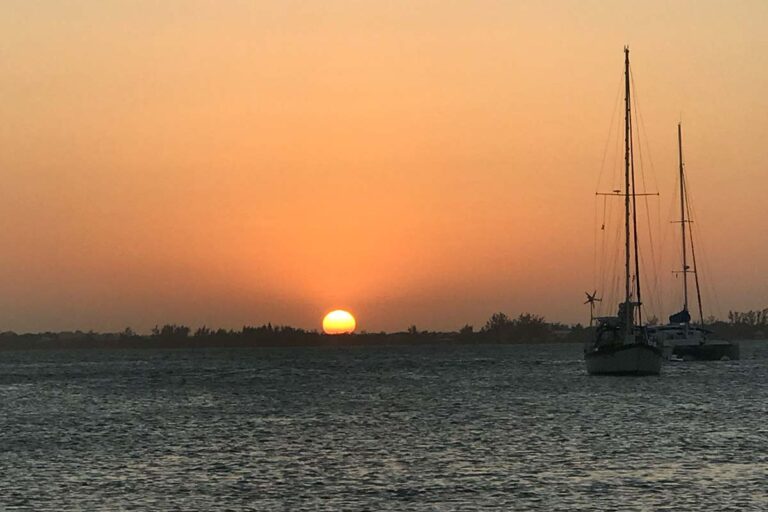
How to get to Utila, Honduras
One of the most popular islands for travelers to visit in Central America, Utila really is a must-visit gem for backpackers. Here we can enjoy some of the most transparent waters in Latin America to go diving in (which is also super cheap to pick-up your diver’s license in), as well as kicking it back…
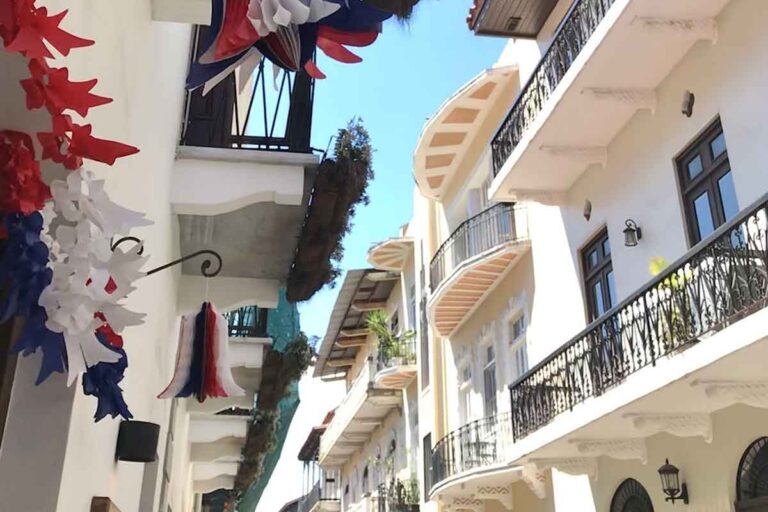
5 days in Panama itinerary
Welcome to our 5 days in Panama itinerary. This Central American nation is full of beautiful landscapes, which include Caribbean islands, large swaths of jungle as well as cooler, forested mountains. It’s also home to the most developed city in the whole region – Panama City. Here you’ll find a sea of skyscrapers, as well…
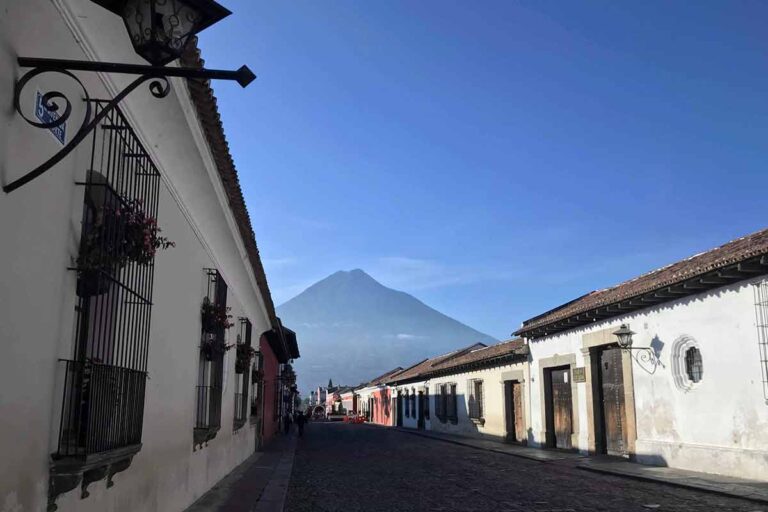
1 week in Guatemala itinerary
Welcome to our 1 week in Guatemala itinerary. This country is a staple among any backpacking route through Central America, which is full of picturesque destinations. From sprawling Mayan temples and beautiful colonial towns to one of the most stunning lakes found in the Western Hemisphere, Guatemala is one of those countries that we simply…

How to Get Around Central America on a Budget
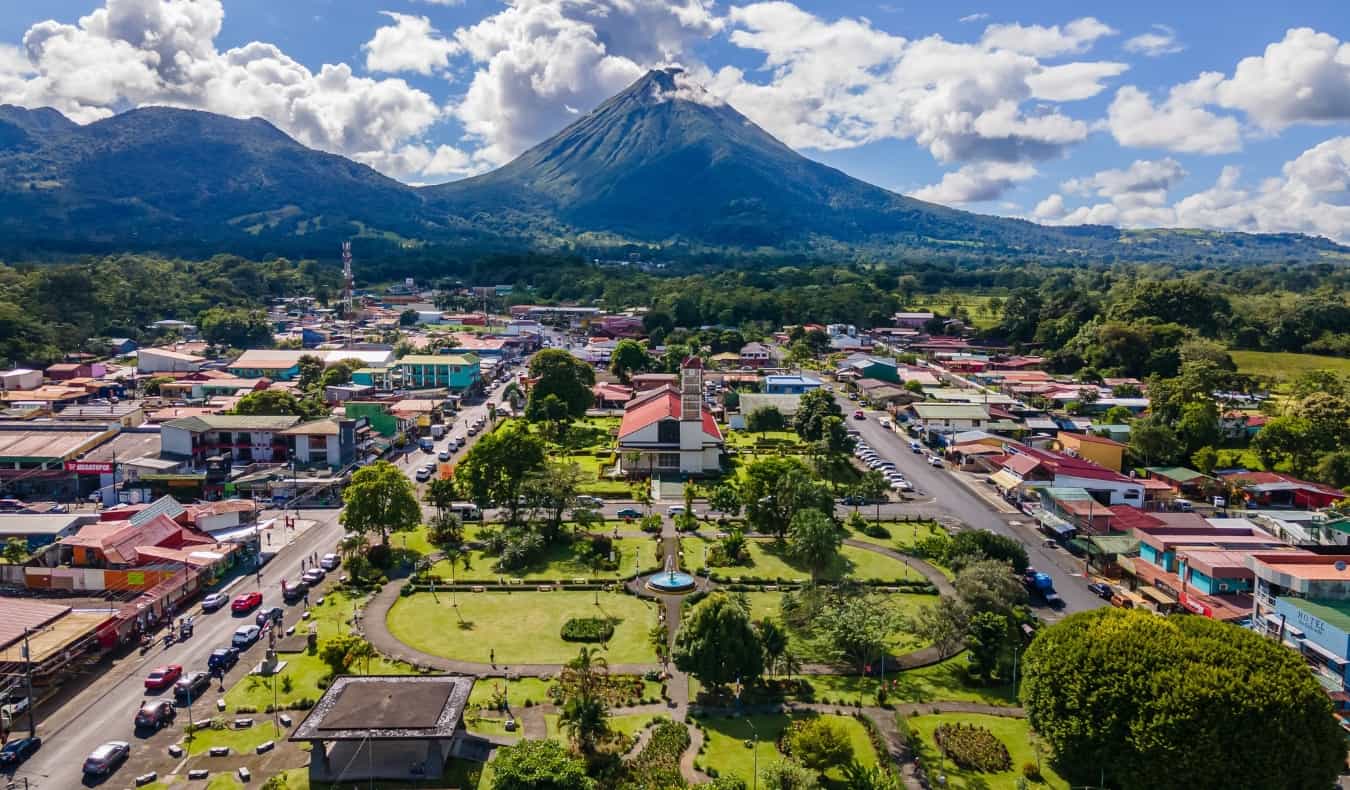
Surrounded by the Pacific and Atlantic Oceans, Central America is a magical region that is perfect for backpacking. The area is full of rainforests, unexplored Mayan ruins, gorgeous beaches, incredible reefs, cheap prices, delicious food, and welcoming people.
It can be difficult arranging transportation throughout the region.
In this post, I’ll provide some helpful tips on getting around Central America so you can navigate the region safely — and without breaking the bank.
Here’s how you can travel around Central America cheaply – no matter how long you’ll be there:
Table of Contents
- Getting Around By Bus
- Getting Around By Flying
- Getting Around By Car
- Getting Around By Backpacker Bus
- Getting Around By Boat
- Getting Around By Train
- How Long Does it Take to Get Around Central America?
Getting Around Cheap By Bus
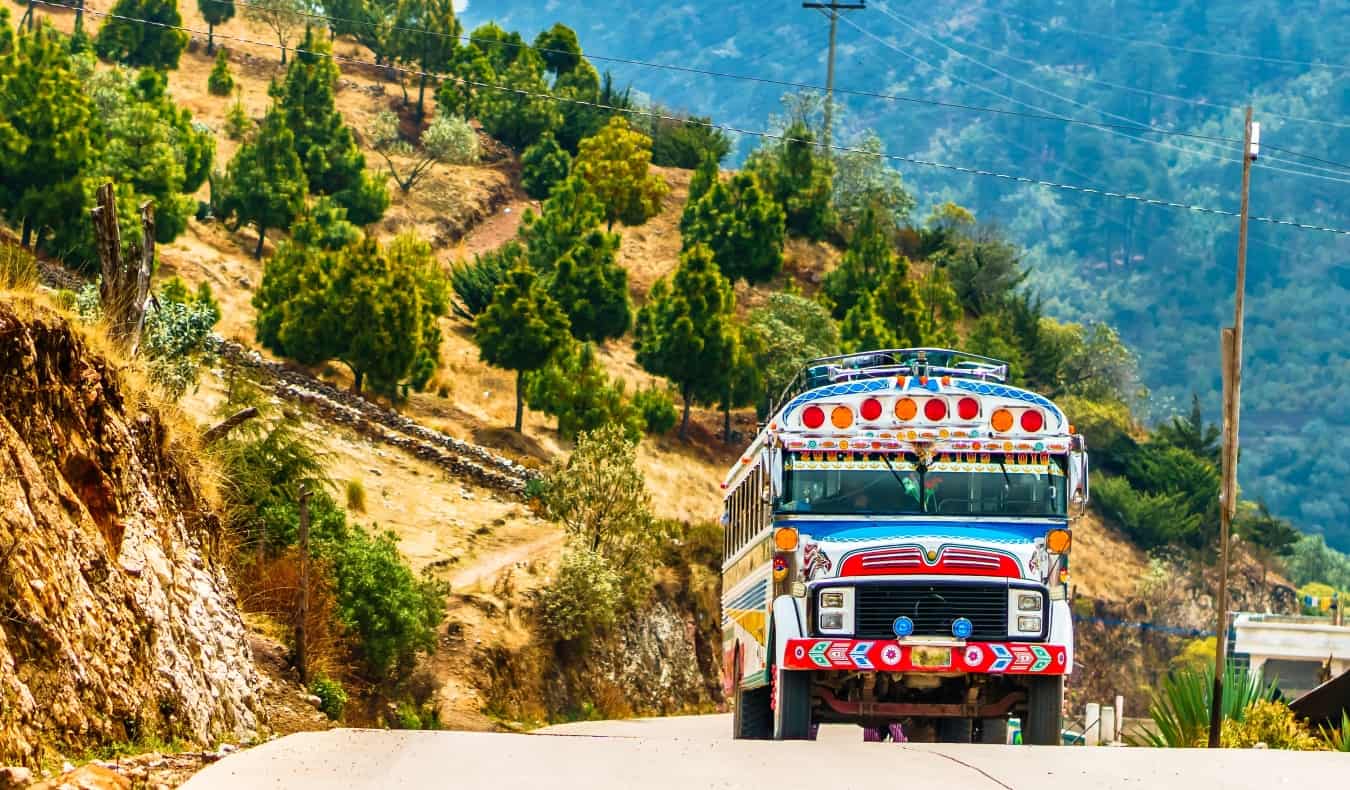
There are several different kinds of buses in the region.
The most comfortable are the international buses that run between the larger cities and tend to have their own bus terminals. They have set, reliable schedules and are best for long distances. They make traveling easy and even take care of the hassles at border crossings. The companies you use might vary by country, but a few of the larger services include:
- Central Line
- Nica Expreso
- Comfort Lines
- Hedman Alas
Here are some approximate fares and journey durations for express bus routes in Central America (in USD):
- Belize City to Flores – $30 (6 hrs)
- Flores to Guatemala City – $28 (8 hrs)
- Guatemala City to San Salvador – $25 (6 hrs)
- San Salvador to Tegucigalpa – $35 (9.5 hrs)
- Tegucigalpa to Managua – $30 (6 hrs)
- Managua to San Jose – $30 (7.5 hrs)
- San Jose to Panama City – $80 (16 hrs)
- San Salvador to Antigua – $30 (6 hrs)
- San Jose to Tamarindo – $18 (4 hrs)
- San Jose to Boquete – $20 (9 hrs)
The routes are often straightforward, the buses are air-conditioned, there’s a bathroom on board, and the seats recline. Some companies have partnerships with local hotels/hostels so that you get dropped off right at the door rather than having to find your way in the middle of the night upon arrival.
While most of these bus services have websites, they’re often extremely buggy and difficult to use. To compare routes and prices, you can research your journey on Rome2Rio.com or Bookaway.com before either booking on the bus company’s website or simply showing up at the terminal to purchase your ticket.
For short distances, there are colectivos . This short-distance minivan service is super cheap, but often very crowded. You’ll usually find them at bus terminals, so it’s worth checking with the drivers to see where they’re going.
Finally, there is the local chicken bus. These colorfully painted vehicles were formerly U.S. school buses. They are called “chicken buses” because they also transport chickens and rice, and thus have a lot of chickens on them. It’s a nickname that has stuck among travelers. They stop just about everywhere to let people hop on and off. They are a cramped but fun and interesting way to get around places. I always end up meeting interesting folks on chicken buses.
Getting Around Cheap By Flying
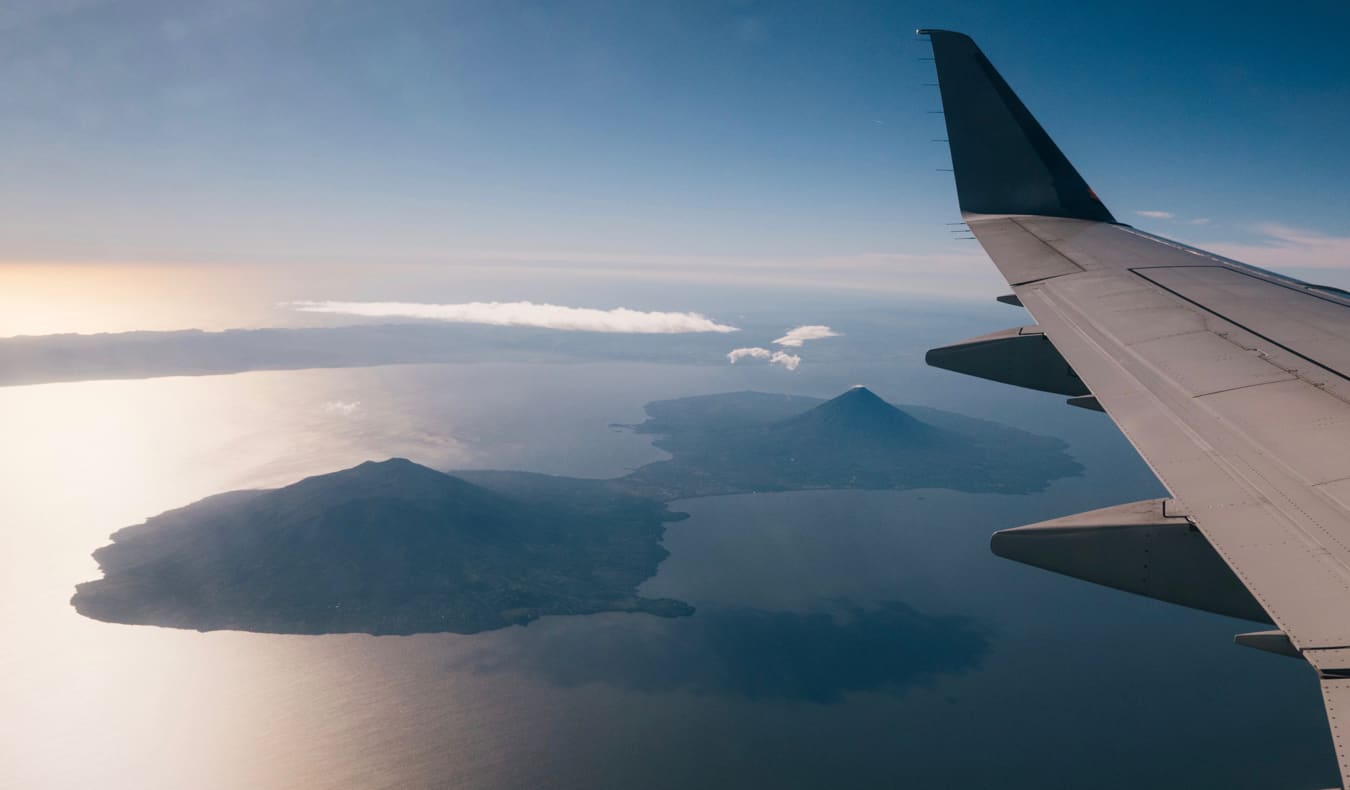
While there are direct flights, to get the cheapest prices, you’ll have to connect and that’s a pain (and can even take longer than the bus in some cases). Here are some sample non-stop flight times and one-way ticket prices (USD):
- Guatemala City to Belize City – $200 (1 hr 15 min)
- Guatemala City to San Salvador – $60 (45 min)
- Flores to Guatemala City – $50 (1 hr)
- Managua to Panama City – $765 (1 hr 40 min)
- San Jose to Panama City – $370 (1 hr 20 min)
- Managua to San Jose – $370 (1 hr 15 min)
- San Pedro Sula to San Salvador – $80 (50 min)
Note: If you book early, you can save on fares. Fares also vary depending on the time of year.
Use Skyscanner to find cheap flights around the region.
Getting Around Cheap By Car
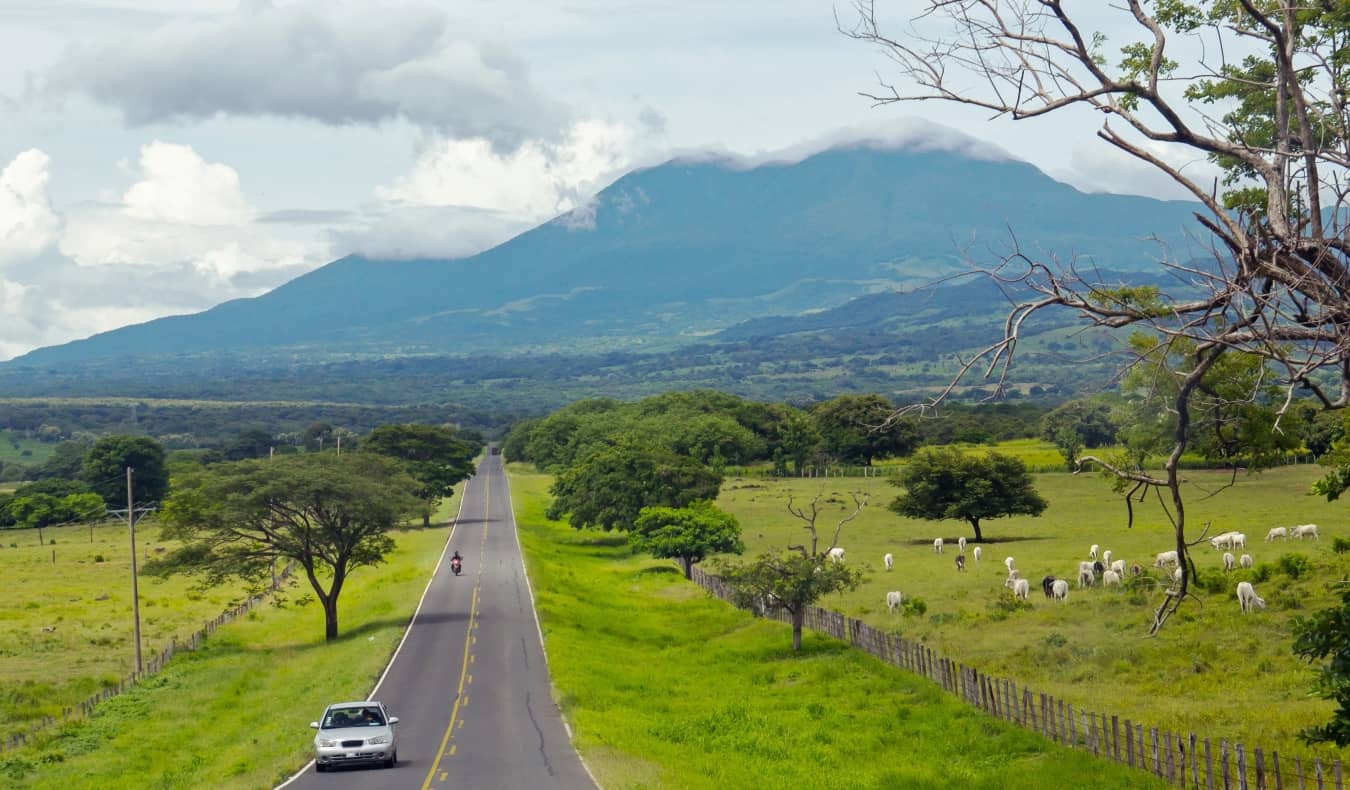
Just keep in mind that not all car companies allow you to drive their vehicles across borders, so this can sometimes be a tricky option depending on what countries you plan to travel through. However, renting a car can be a great way to explore one country more in-depth.
If you plan on exploring the region by car, you should be a confident driver. Roads are not always in the best condition and rules of the road can be more like loose suggestions. Always make sure to take common safety precautions too, such as never leaving valuables in the car, not driving at night if you can avoid it (this greatly increases your risk of carjacking), and being mindful of general safety in the areas through which you plan to drive (ask locals in advance for tips about your planned route).
Use Discover Cars to find the best rental car prices as it pulls data from over 8,000 car rental locations to ensure you always find a great deal.
Getting Around Cheap By Backpacker Bus
Bamba is a backpacker bus company that serves Central America (among other regions). Bamba has a fleet of hop-on-hop-off buses that travel set routes throughout the region, making it easy to get around and explore if you’re looking for a simple transportation option.
As with all pre-arranged tours, there is much less flexibility with this choice as you’re going on their schedule (though they will always be back if you want to stay somewhere longer). That being said, you can meet a lot of really cool backpackers with this option. They also organize tours and excursions, and some travel passes include a few days accommodation as well as meals.
Personally, these buses are not my thing. By doing it yourself, you’ll have more flexibility and save money (Bamba’s travel passes start at $1,487 USD for a 21-day pass). Want to meet people? Just learn to say “hi” to strangers on buses and in your hostels!
Getting Around Cheap By Boat
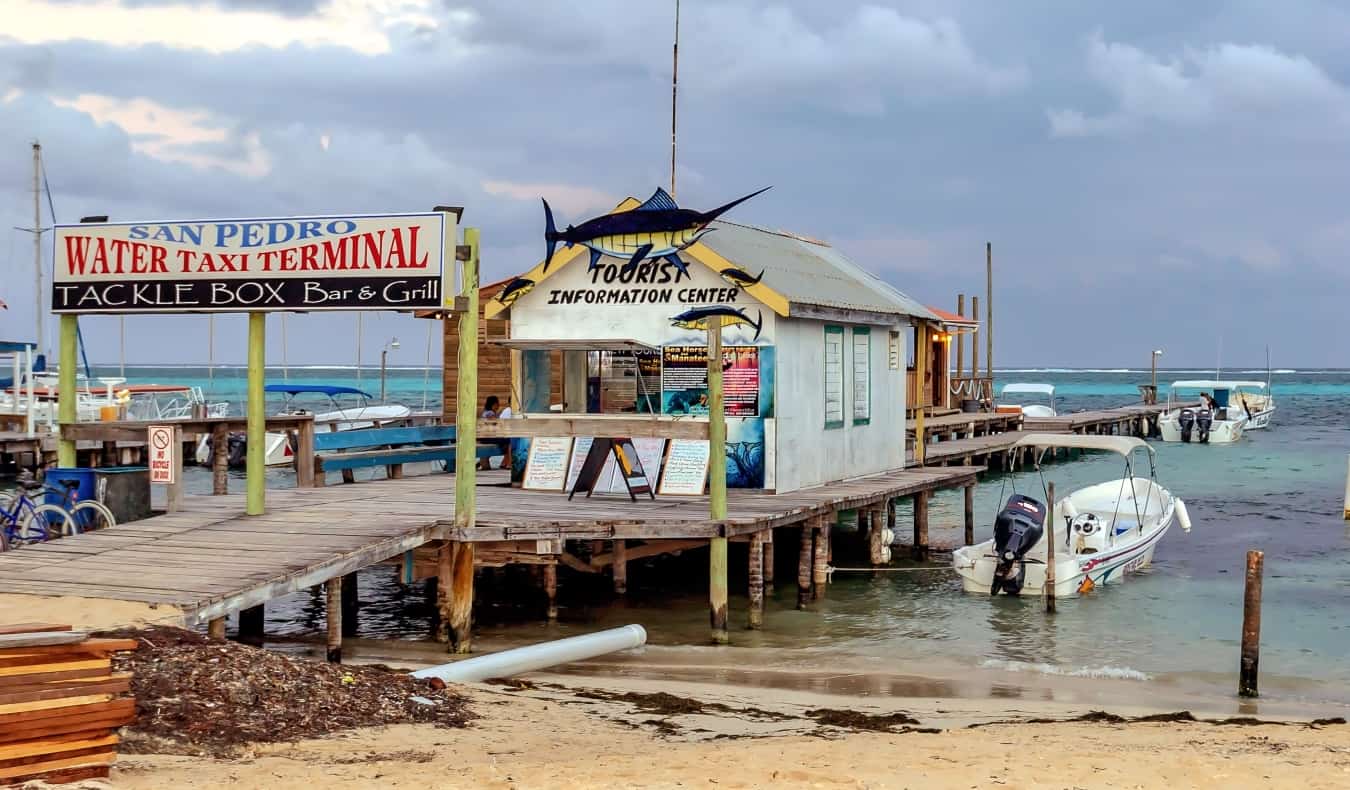
In Belize , ferries to the islands are typically $35-45 USD and the main operators are Caribbean Sprinter and Ocean Ferry Belize. You can reach Honduras’ Bay Islands (including Roatan) by ferry, and you’ll definitely want to take a boat trip if you’re heading to the Corn Islands .
If you are traveling from Belize to Guatemala , there’s a water taxi from Punta Gorda to Puerto Barrios. And there’s a service from Belize (Placencia or Belize City) to Honduras (Puerto Cortes).
Here are some sample ferry durations and fares (in USD):
- Belize City to Ambergris Caye (1.5 hrs) – $42 (one way), $57 (round trip)
- Belize City to Caye Caulker (45 min) – $36 (one way), $45 (round trip)
- Ambergris Caye to Caye Caulker (30 min) – $36 (one way), $45 (round trip)
- La Ceiba to Roatan (1 hr 15 min) – $40 (one way), $71 (round trip)
For short journeys (like between the Corn Islands or to various towns on Lake Atitlan), it’s easiest to just show up and hire a boat or water taxi to take you across. Prices are usually negotiable this way.
Getting Around Cheap By Train
Besides a few isolated tourist trains, there are no trains in Central America. It’s not an option!
How Long Does It Take to Get Around Central America?
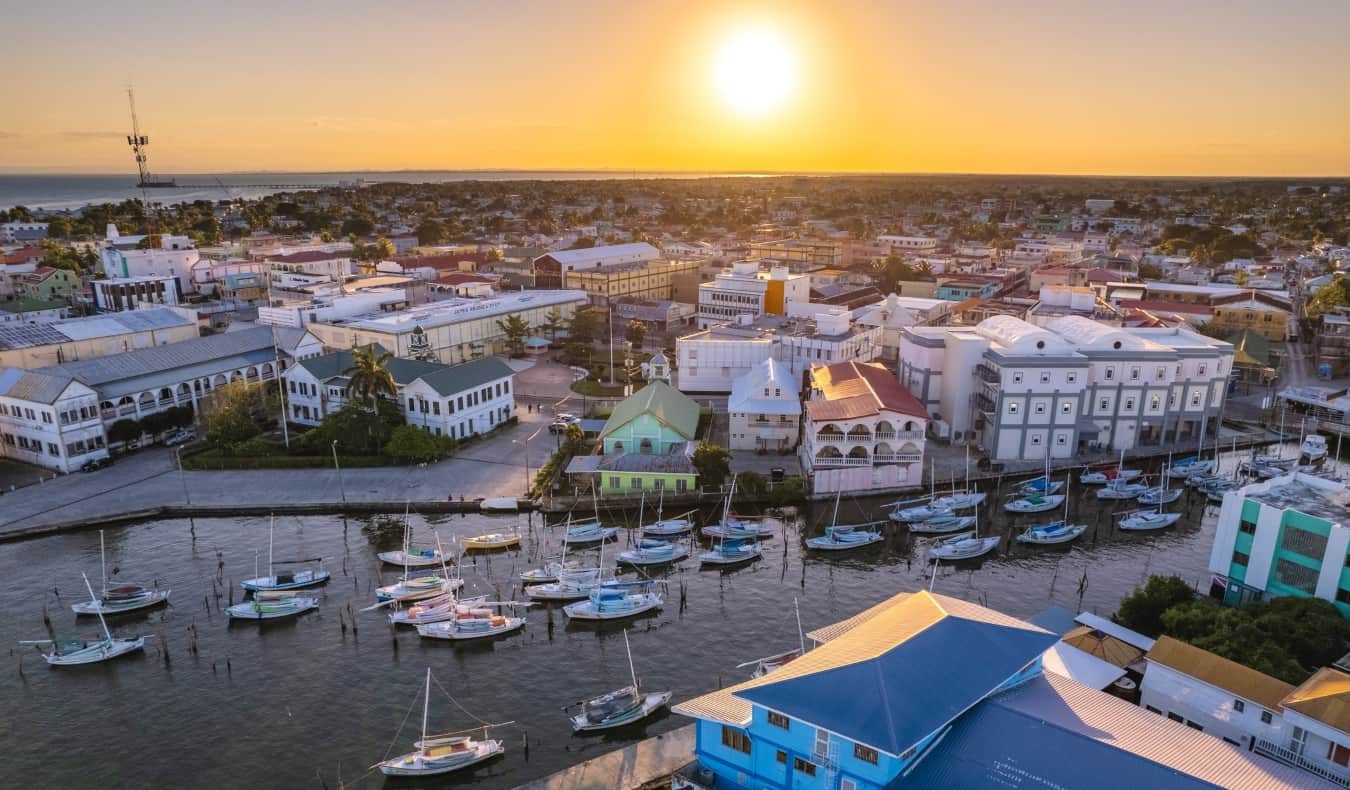
But, to help you plan, here is a distance and time chart so you know (roughly) how long it takes to get from place to place in Central America:
Central America is an amazing place – though getting around the region will take some planning and research.
Things won’t always go smoothly and getting from place to place here can sometimes be a hassle. But with a little preparation and a pinch of patience, you’ll be able to have an amazing experience.
Be flexible with your schedule. Make sure you plan ahead. Do that, and you’ll be able to enjoy this incredible region of the world!
Book Your Trip to Central America: Logistical Tips and Tricks
Book Your Flight Use Skyscanner to find a cheap flight. They are my favorite search engine because they search websites and airlines around the globe so you always know no stone is left unturned.
Book Your Accommodation You can book your hostel with Hostelworld as they have the biggest inventory and best deals. If you want to stay somewhere other than a hostel, use Booking.com as they consistently return the cheapest rates for guesthouses and cheap hotels.
Don’t Forget Travel Insurance Travel insurance will protect you against illness, injury, theft, and cancellations. It’s comprehensive protection in case anything goes wrong. I never go on a trip without it as I’ve had to use it many times in the past. My favorite companies that offer the best service and value are:
- Safety Wing (for everyone below 70)
- Insure My Trip (for those over 70)
- Medjet (for additional repatriation coverage)
Looking for the Best Companies to Save Money With? Check out my resource page for the best companies to use when you travel. I list all the ones I use to save money when I’m on the road. They will save you money when you travel too.
Want More Information on Central America? Be sure to visit our robust destination guide on Central America for even more planning tips!
Got a comment on this article? Join the conversation on Facebook , Instagram , or Twitter and share your thoughts!
Disclosure: Please note that some of the links above may be affiliate links, and at no additional cost to you, I earn a commission if you make a purchase. I recommend only products and companies I use and the income goes to keeping the site community supported and ad free.
Related Posts
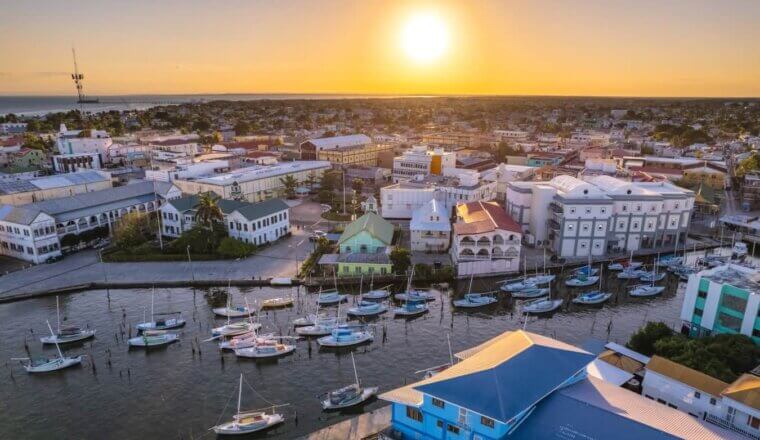
GET YOUR FREE TRAVEL STARTER KIT
Enter your email and get planning cheatsheets including a step by step checklist, packing list, tips cheat sheet, and more so you can plan like a pro!

- El Salvador
- Entertainment
- Expat Stories
- Real Estate
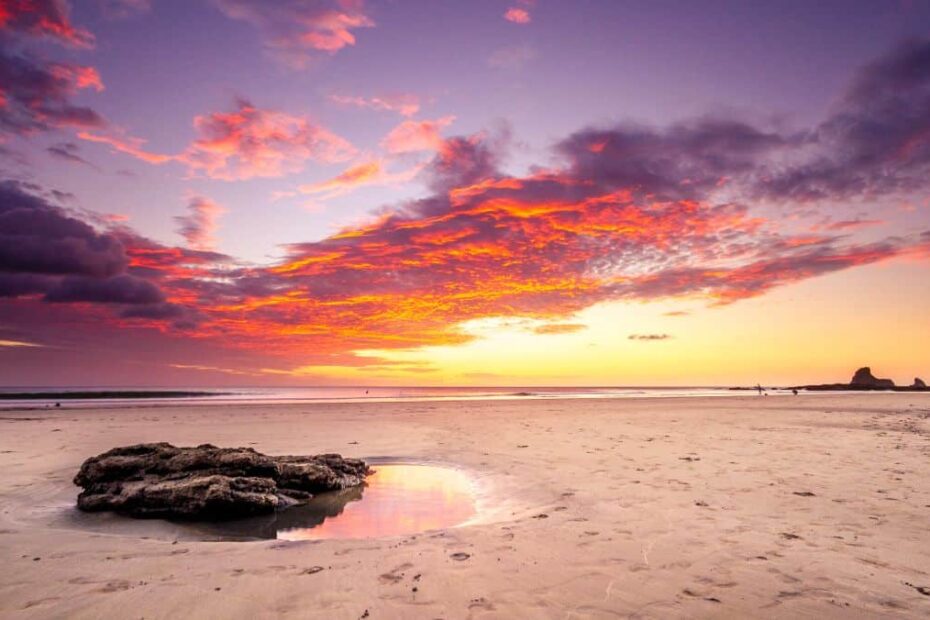
A Country-by-Country Guide to the Central America Entry Requirements for Tourists
- by Brandon Miller
- October 12, 2023
- Legal , Travel
Immigration expert Brandon Miller offers a brief, country-by-country synopsis of the Central America entry requirements for tourists from the most “popular” countries.
If you want a unique travel experience, consider visiting Central America. Costa Rica, Honduras, El Salvador, Panama, Guatemala, Belize, and Nicaragua all offer unforgettable adventures for travelers and potential immigrants/expats.
Central America boasts numerous archaeological sites , natural beauty, amazing beaches, and so much more. It’s an ideal destination for any traveler.
Before you can enter the region, though, it’s essential to be aware of the entry requirements for each country. This is especially important if you’re living in the region as a perpetual tourist, something many people do before applying for residency. This is a sensible; a “try before you buy” approach, if you will. Whatever kind of eventual residency you seek, whether it’s as a retiree , investor , or other kind, it makes sense to spend at least a few months as a tourist first, to determine whether you want to stay long-term or not.
The following entry requirements for Central America apply to travelers from the US, Canada, the EU, and the UK, with slight variations depending on your specific country of origin. If you hold a passport from elsewhere, consult the embassy of the country you plan to visit for specific entry requirements.
It’s important to note that all Central American countries aim to remain yellow fever-free. If you’re entering the region from a country on the World Health Organization’s yellow fever list , you must provide proof of vaccination against the disease.
Residencies by investment in Central America: Whether you’re buying real estate, leaping into crypto, getting into the forestry business, or building a tourism nest egg, here’s a guide to investment residencies and how much each country costs. https://t.co/Xq7No3eyOK — Central America Living (@VidaAmerica) December 6, 2022
Entry Requirements for Belize:
- To enter Belize , your passport must be valid for the duration of your stay.
- Initially, you’ll receive up to 30 days in-country. You can renew for an additional 30 days at $100 (US) per month for six months or apply for a Long Stay Permit at a cost of $500 per person, subject to specific conditions.
- Upon entry, you may be asked for an onward ticket and proof of funds (approximately $75 per day).
Entry Requirements for Costa Rica:
- Tourists from the mentioned countries can stay for up to 180 days, and the immigration officer will determine the duration.
- If you plan to stay longer, you must exit and re-enter for another up-to-180-day stamp.
- Foreign driving licenses are valid for 90 days only, requiring re-entry every 90 days.
- A onward or return ticket is essential for entry into Costa Rica .
Attention tourists (perpetual or otherwise)! If you’re from a “Group One” country, you now get up to 180 days in Costa Rica rather than up to 90 days. https://t.co/W2wcUSbbHr — Central America Living (@VidaAmerica) September 11, 2023
Entry Requirements for Honduras:
- Your passport must be valid for at least three months from your entry date.
- An onward or return ticket is necessary.
- You can stay in Honduras for up to 90 days.
- Honduras is part of the CA-4 group of countries (Honduras, Guatemala , Nicaragua, and El Salvador ), with shared 90-day limits. You cannot renew your tourist status by visiting another CA-4 country. Most people go to Belize to renew.
Entry Requirements for El Salvador:
- You’ll receive up to 90 days visa-free and a one-time option to extend an additional 30 days at an immigration office.
- A valid passport with a blank page is required.
- You’ll pay $12 for a tourist card upon entry.
- Renewing your tourist visa requires leaving and re-entering the CA-4 region.
When retiring abroad, it’s worth knowing the requisites for legal residency. Here, we look at the retirement (or pensionado) options for residency in each Central American country. https://t.co/oBrA70Enzl — Central America Living (@VidaAmerica) December 15, 2022
Entry Requirements for Guatemala:
- You’ll receive up to 90 days visa-free.
- A valid passport for the time you’ll spend in the country.
- Visa extension is possible, but leaving the country and returning is often more convenient (again, don’t leave for a fellow CA-4 country – go to Belize or Mexico).
Entry Requirements for Nicaragua:
- Nicaragua offers 90 days upon entry.
- You can extend by leaving and re-entering, often done in Costa Rica as it isn’t a CA-4 country.
- Entry fees apply for air ($10) and land ($12) arrivals.
- A valid passport with at least six months validity is required.
- “Non-tourist” visitors (for example, volunteer groups) must pre-register online before arrival.
Entry Requirements for Panama:
- Panama allows entry for up to 180 days without a visa.
- After 180 days, you must leave the country for at least 30 days before returning.
- Proof of onward travel and funds (at least $500) is required for entry.
- Your passport must be valid for at least three months.
- Like Costa Rica, Panama permits driving for 90 days with a foreign license.
Considering a move to Panama? Discover the various avenues to residency in our latest piece. Whether it’s retiring by the beach or embracing investment opportunities, we’ve got you covered. Read more! 🇵🇦 https://t.co/qcFlulFLpG — Central America Living (@VidaAmerica) August 9, 2023
Central America offers plenty of opportunities for adventure and exploration. If you’re planning for longer stays, though, you need to know the entry requirements for each country. We hope the above info offers some insight before you apply for residency.
Brandon Miller is a Canadian immigration consultant and the founder of Maple Immigration Services . He is married and lives in Toronto with his wife and two daughters.

Brandon Miller
Brandon Miller is a Canadian immigration consultant who re-settled in Canada with his family after traveling the world for over a decade. His traveling experience has given him a deeper understanding of the world and himself. Brandon is passionate about everything immigration and is the founder of Maple Immigration Services. He is married and lives in Toronto with his wife and two daughters.
Related Posts

Costa Rica’s 15 Top Vacation Rental Destinations in 2024
- by James Dyde
- July 7, 2024
- Costa Rica , Real Estate , Travel
Explore the booming vacation rental market in Costa Rica, featuring the top 15 locations for both vacationers and investors.

Useful Tips for Expats Transferring Large Sums of Money To and From Central America
- by CA Staff
- July 5, 2024
- Business , Daily Life , Investing
Whether you’re purchasing property or buying a car, most expats find themselves transferring large sums of money internationally. We offer some tips to make life easier.

Is Calling the USA “America” Offensive in Central America?
- July 4, 2024
Is calling the USA “America” offensive? Celebrate July 4 with a look at a common debate among many in Latin America.
Scroll to Top
Here Are The Best Road Trip Routes Through Central America
From ancient Mayan history to surfing the coast, Central America's 7 countries offer unforgettable adventures across the region.
Leah Freeman-Haskin • May 8, 2019
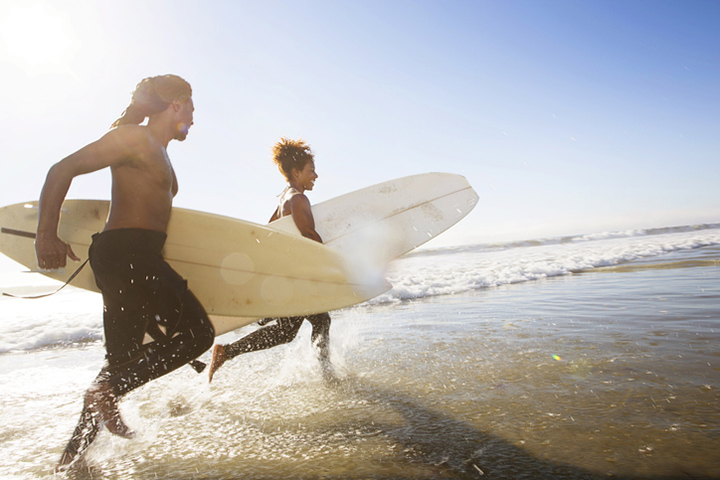
From ancient Mayan History to surfing the coast, if it’s been a dream of yours to backpack or road trip through Central America, here are some unforgettable routes to explore.
The Mayan Route:
You can follow the remains of the ancient Mayan civilization throughout Central America starting in Belize and ending in Honduras. With some of the most picturesque scenery in the world and well-preserved pieces of history, The Mayan Route is an unforgettable journey through time.
Lamanai and Altun Ha are two of the smaller sites in Belize. Lamanai can only be accessed by a jungle river cruise providing an adventure from day one. If the jungle cruise isn’t your thing, be sure to check out Altun Ha, Belize’s largest Mayan site as well as Belizean Cayes, Caye Caulker, and Ambergris Caye.
From Belize, cross into Guatemala for Tikal. A site, amidst the thick jungle, that is recommended you spend two days exploring. The Maya market at Chichicastenango and Lake Atitlan are also worth a visit. Lake Atitlan has been called the most beautiful lake in the world and is bordered by real Maya villages.

RELATED: 5 Music Festivals In Central America You Must Experience
Head to Honduras for a day trip to Copan near the Guatemala border. The charming city is known for its Mayan ruins but is also a beautiful town with cobblestone roads and red-tiled roofed homes.
Coffee Plantations:
You will find dozens of guided coffee and tea tours throughout Central America online. However, if you are planning on doing this on your own, here are some spots you should definitely check out.
Located in the town of Naranjo, just outside of San Jose, is a 600-acre coffee plantation called Hacienda Espíritu Santo offering detailed tours of the campus and the process from maintaining the coffee crops to the traditional way to brew a fresh cup. Finca Rosa Blanca is a boutique style property in the Central Valley area of Costa Rica. Here, you can learn the process in a much more intimate setting.
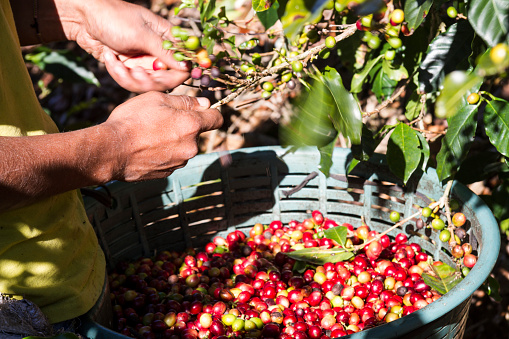
One of the rarest, most sought-after, and expensive coffees in the world comes from Panama. Which is why Bouquet, Panama is often called the Bordeaux of coffee. Finca Lerida , in addition to being a working coffee farm, is a hotel surrounded by 500-acres of cloud forest. Café Ruiz is another good stop that offers three organized coffee-related tours, including a high-end tasting where they walk you through the complexities of coffee in all its varieties.
RELATED: Which Central America Destination Is Best For You?
The Surf Route:
It’s no secret that Central America is home to some of the best surfing spots in the world. According to surfholiday.com , here are some of the best surfing camps along the Pacific Coast that make for one epic surf route road trip.
El Salvador
Head to Las Flores and stay at AST Surf Resort for the “surf experience of your life”. AST offers guided surf tours, surf camps, and guided adventure tours with flexible payment plans, local activities, and fully customizable solo or group packaging.
Mirimar Surf Camp is located in a sleepy fishing village with perfect waves for surfers of all levels. This majestic paradise, overlooking the Pacific Ocean, is also home to all different kinds of adventures.
Selina Surf Camp Santa Teresa is all about “good vibes, great company, and being in touch with Mother Nature”. The affordable hostel offers packages for every budget.
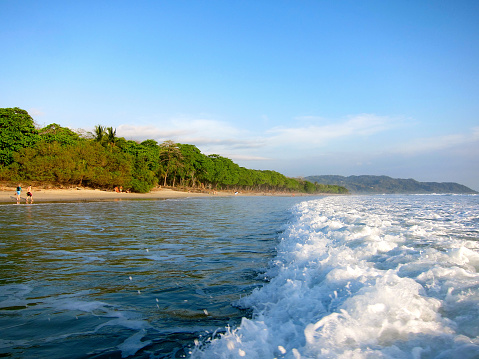
End the tour at the Beach Break Surf Camp in Playa Venao, Panama where they promise to provide an unforgettable experience for those who want to enjoy the laid back beach vibe and world class surf that this playa has to offer.
Subscribe to travel noire
Get more travel content
Subscribe to Travel Noire, a free daily newsletter that features the best of travel, destinations, and guides to the cities you love from a new point of view — yours.
By subscribing to this newsletter, you agree to our terms of service and privacy policy.
Popular posts
Trending stories in world travel
The ultimate travel itinerary for Central America + tips
How to fly cheap to central america (and back), how many months do you need in central america, central america travel route: north to south or vice versa, best time to travel through central america, creating the ultimate travel itinerary with our routes.
- Check out all our tips for Central America
Planning a Central America Travel Itinerary
Planning a travel itinerary for Central America can be quite a challenging task. How many weeks do you need per country? Are you traveling from north to south or vice versa? Should you book a one-way ticket or a round-trip? Additionally, you’ll want to know which countries are fun to visit and what activities are available. Especially if you have a few months to explore this part of the world, creating a travel route can take quite some time. Having traveled to Central America frequently, we provide answers to all your questions. This way, you can easily plan your extensive journey through Central America!
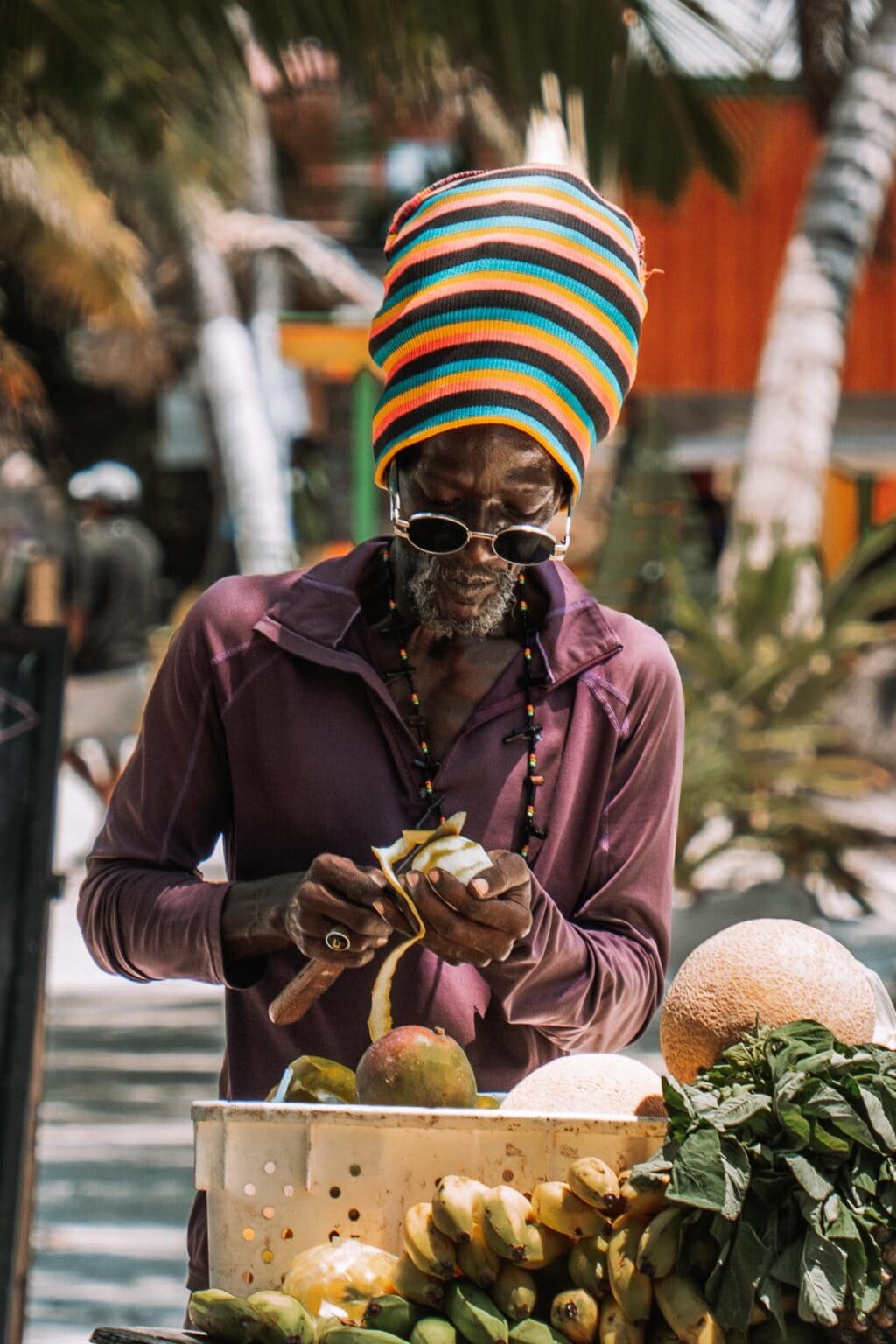
Creating a travel route starts with deciding on a starting and ending point, which heavily depends on airfares. A round-trip to one of the capitals like Mexico City, Panama City, Guatemala City, or San Jose typically costs between €700 and €1000, depending on the season and how far in advance you book. Generally, the cheapest flight tickets are available between four to six months before departure. A round-trip to and from the same city isn’t practical if you plan to travel for several months, starting in Panama and ending somewhere in Guatemala or Mexico. Two one-way tickets are also not wise since they are unfortunately much more expensive than half of a round-trip. For example, a one-way ticket to Panama can cost as much as €550, while a round-trip is €700. Therefore, we recommend using the ‘multi-city’ option on TravelRebels.com (formerly Cheaptickets.nl). With this feature, you can book a round-trip ticket where you fly into Panama City and return from Guatemala City or Mexico City. By doing this, you can save a considerable amount of money. It helps to try different combinations of capitals and dates to search for the cheapest flight tickets and destinations at that time.
Important Note: If you book a flight with a layover in the United States, you must apply for an ESTA before your flight for around €20. Additionally, in the United States, you often need to collect your baggage and check it in again for the next flight. If possible, it’s best to avoid layovers in America.
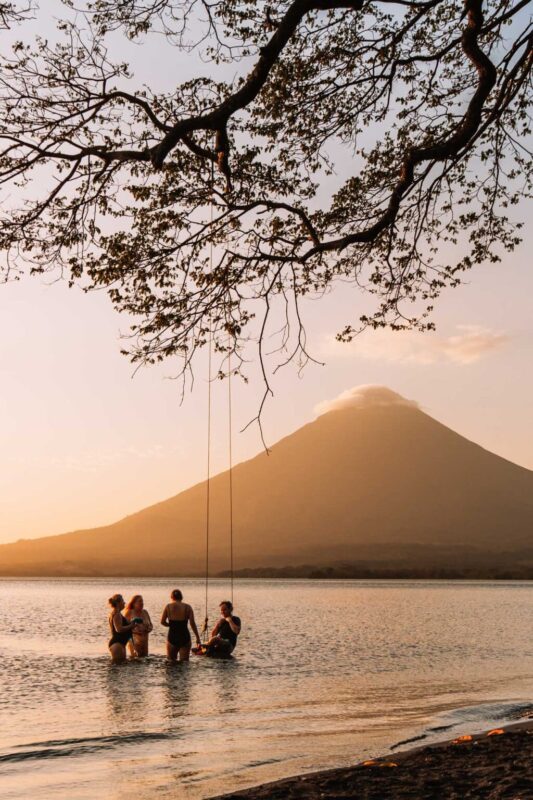
This is always difficult to estimate because everyone travels at a different pace. For example, the distance from Guatemala City to Panama City is only 1800 km, which is roughly the same as from Amsterdam to Madrid. Fortunately, the distances in Central America are not very large, making travel very relaxed. If you want to see all the highlights in one country and spend about 3 to 4 days in each place, you’ll need an average of 2 to 3 weeks per country. If you want to see all of Central America from Mexico to Panama, plan for about five months. If you skip some countries, you can see a lot in three months as well.
Get in the mood with our Latin America playlist on Spotify

When planning a travel route through Central America, you can choose to travel from north to south or vice versa. Initially, we would mainly consider which option is cheapest in terms of flight tickets. If price is not an issue, we would start in the south. This is because you would begin with the more expensive countries like Panama and Costa Rica. Afterwards, countries like Nicaragua, Guatemala, and Mexico will be much cheaper, which feels better than traveling from cheaper to more expensive countries.
Central America Guide: Still undecided on which countries to visit in Central America? Check out our Guide to Choosing Countries in Central America . Here, you can read all about the differences between the countries.
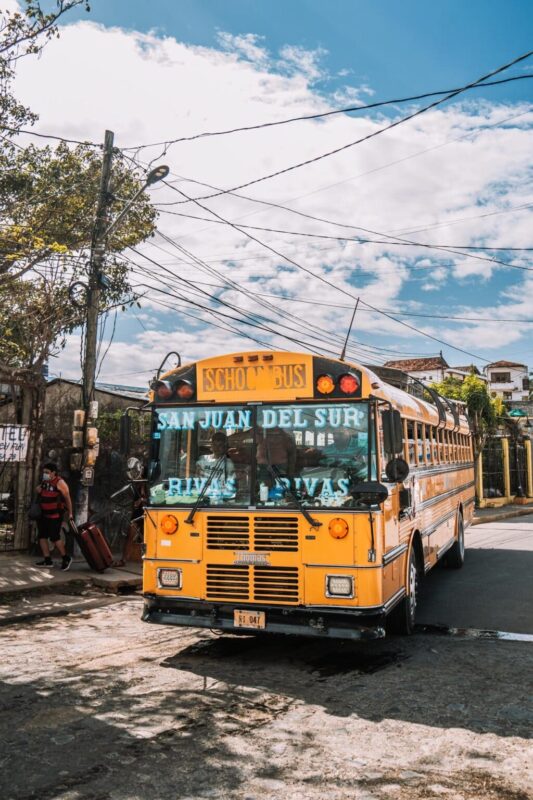
The dry season runs from December to April in Central America. This is definitely the best time to travel because during these months, there is very little rain, and you are almost always guaranteed nice weather. The worst months are September and October, when most of the rain falls. It’s better to avoid these months. During the other months, you often have heavy showers in the morning and evening, but also many hours of fine weather. Of course, you can also have bad luck and experience longer periods of rain. During these months, hotel prices are often up to 50% lower than in the dry season, which can be an advantage.

For nearly all the countries we have visited in Central America, we have created travel routes. We’ve skipped Honduras and El Salvador because these countries are less safe. You can easily connect our travel routes, forming a route from Panama City to Mexico City. Following these routes will take you to the most beautiful places in Central America, from rainforests to deserted beaches, and from bustling cities to charming coastal villages.
Important Note: The travel route maps sometimes form a loop and are designed for people visiting a country individually. Therefore, you may need to adjust some routes slightly to ensure they all connect well. For example, on the map of Panama below, there’s a return flight from Bocas del Toro to Panama City. You can ignore this if you’re continuing to Costa Rica.
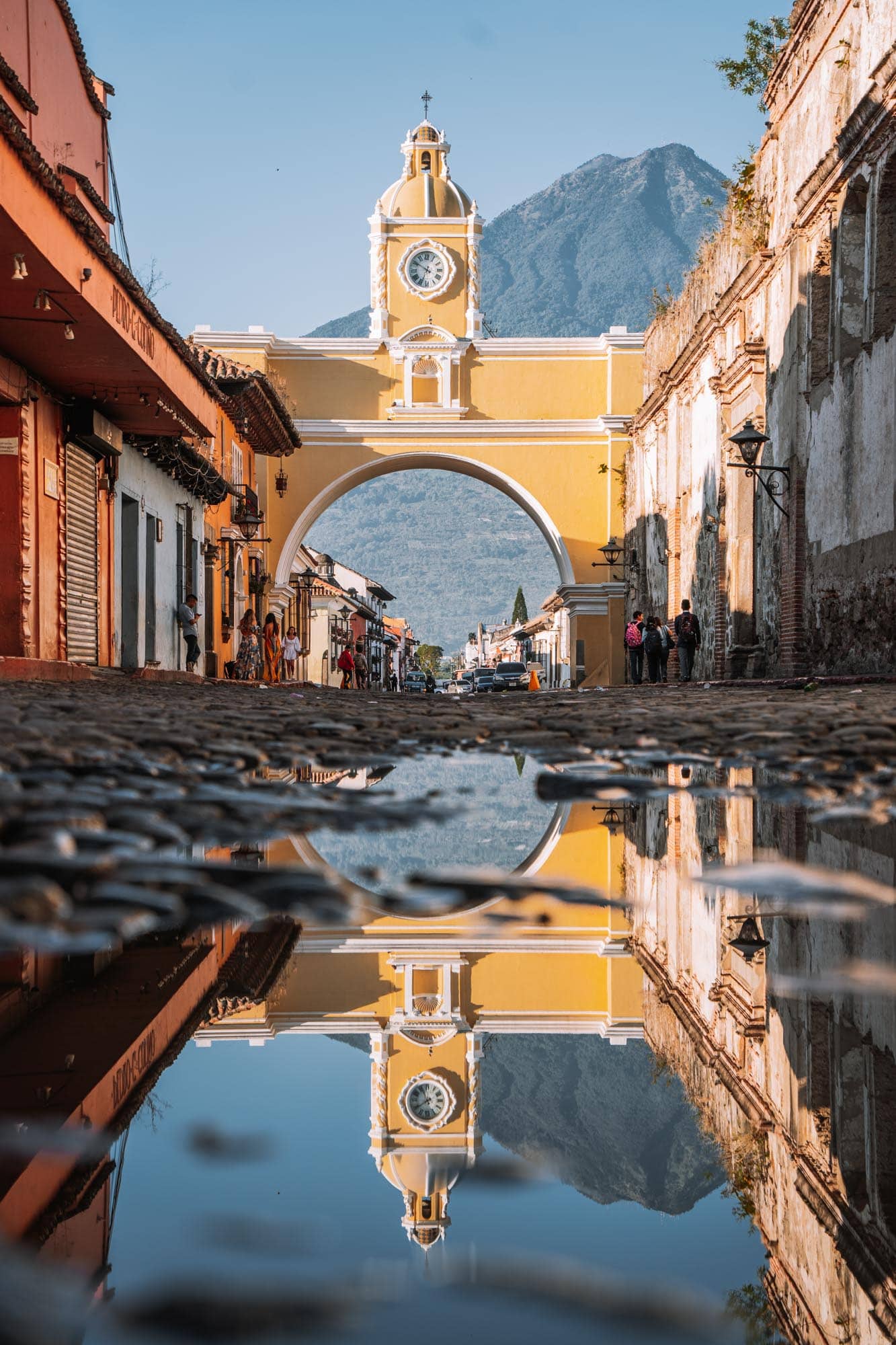
Panama is famous for connecting the Atlantic Ocean to the Pacific Ocean through the Panama Canal. What fewer people know is that it’s also an incredible travel destination. You can enjoy idyllic Caribbean beaches, coffee plantations, rainforests teeming with tropical birds and colorful frogs. Unlike many other countries in Central America, Panama has a very cool capital where you can even spot sloths. It’s the perfect place to start your journey through Central America. If you love nature and enjoy lounging in a hammock on a paradise island, then a trip through Panama is definitely for you!
View the travel route for Panama

In Costa Rica, nature enthusiasts will be in paradise. Despite covering only 0.3% of Earth’s surface, Costa Rica is home to nearly 5% of all flora and fauna species worldwide. It’s one of the most biodiverse countries, with over 30% of the land protected as natural reserves. When traveling through Costa Rica, tropical birds like parrots, toucans, and hummingbirds will surround you. In the jungle, you’ll hear howler monkeys and you’ll likely encounter raccoons and sloths. Besides its impressive jungle, extensive beaches, imposing volcanoes, and hot springs, Costa Rica exudes a laid-back atmosphere. Pura Vida!
View the entire travel route for Costa Rica

Nicaragua offers a truly authentic Central American experience. In the countryside, you’ll see men in cowboy hats and boots riding horses, while in cities, you’ll find colorful chicken buses everywhere. Life here is pure, and you’ll feel incredibly welcome. Traveling through Nicaragua will take you to massive volcanoes, pristine jungles, idyllic islands, and colorful colonial cities. Adventure is always around the corner; you can volcano board, ride horses on the beach, see lava bubbling in volcano craters, and surf perfect waves.
View the entire travel route for Nicaragua
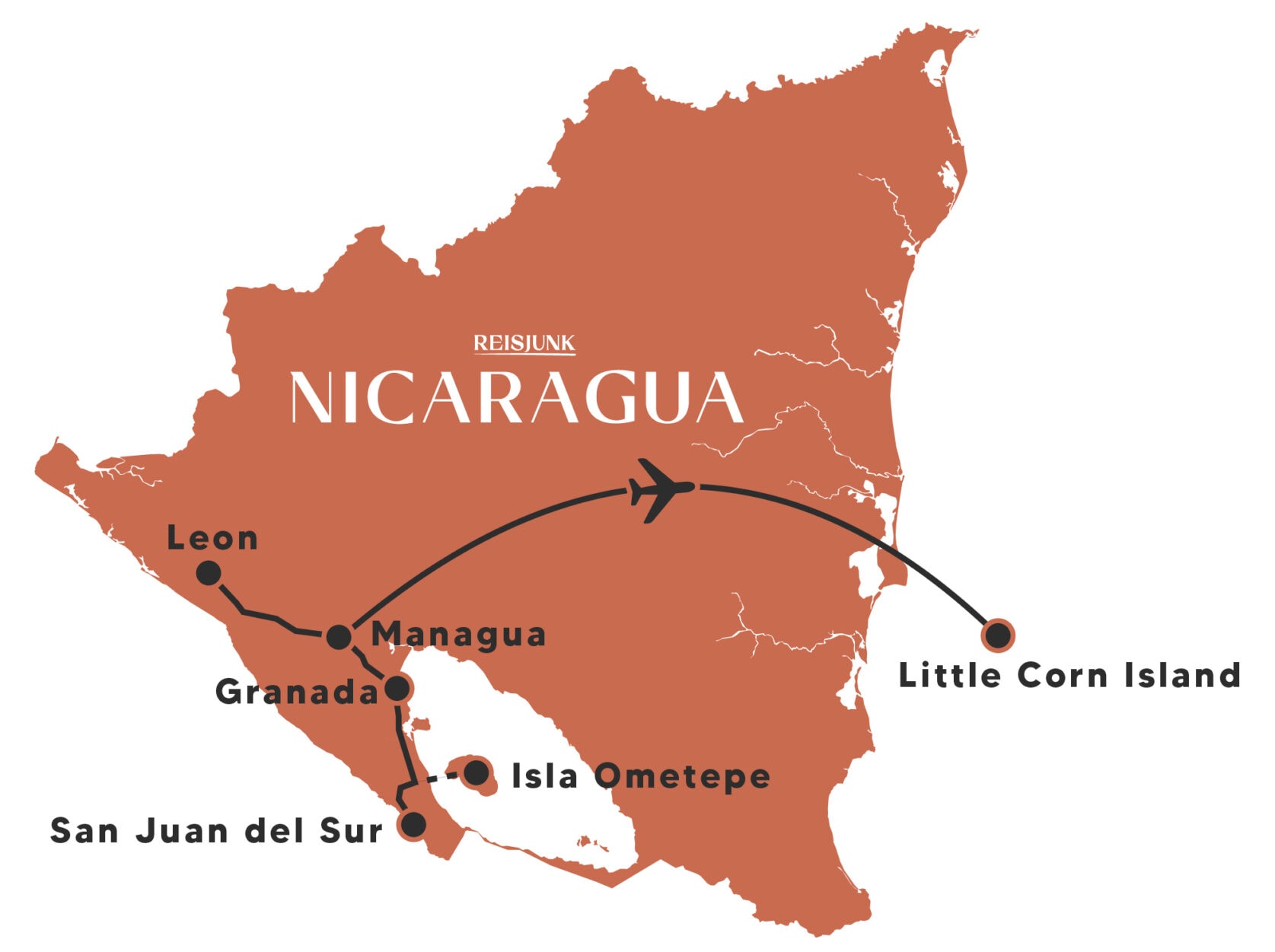
Guatemala has everything for an exciting journey. Hidden among its tropical rainforests are 37 volcanoes, several of which are still active. From the top of Acatanango volcano, you can view its smaller sibling, Fuego, which spews lava and smoke into the sky every 30 minutes. An adrenaline rush guaranteed! In Guatemala’s jungle, you’ll find not only volcanoes but also ancient Maya temples. Climbing a Maya temple at sunset with the jungle sounds growing louder around you truly feels like stepping into an Indiana Jones movie.
View the entire travel route for Guatemala

Belize is Central America’s hidden gem. Hike through lush jungles, snorkel among the most beautiful coral reefs, and search for long-lost temples. Belize’s culture is a unique blend of influences from Africa, Europe, and indigenous inhabitants. Meet the friendly locals and savor delicious local dishes that combine Caribbean flavors with those of the Maya. The diversity and beauty of Belize will surely surprise you during your journey through this welcoming country.
View the entire travel route for Belize

Whether you want to spend the whole day swinging in a hammock under palm trees or prefer to be active, Mexico offers it all. You might initially think of Mexico as just white sandy beaches, lively music, tacos, and ice-cold Coronas, but Mexico has much more to offer. Here, you can spot wildlife like flamingos or whale sharks, climb ancient Maya temples, and swim in unique natural wonders called cenotes. Whatever you choose to do, one thing is certain: in Mexico, you’ll experience that typical mañana-mañana feeling, and once you’ve got the hang of it, you’ll never want to go home!
View the entire travel route for Mexico

About the author
What's next
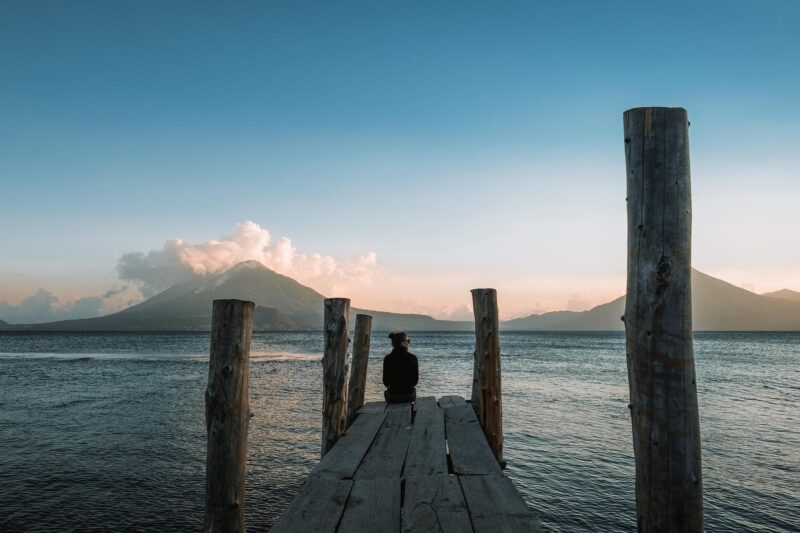
More Travel Inspiration

Start typing and press enter to search
DHS identifies over 400 migrants brought to the U.S. by an ISIS-affiliated human smuggling network
The Department of Homeland Security has identified over 400 immigrants from Central Asia and elsewhere who crossed into the U.S. in the past three years as “subjects of concern” because they were brought by an ISIS-affiliated human smuggling network, three U.S. officials tell NBC News.
While over 150 of them have been arrested, the whereabouts of over 50 remain unknown, the officials said, and Immigration and Customs Enforcement is looking to arrest them on immigration charges when they are located.
One of the U.S. officials said people affiliated with ISIS are operating as human smugglers in Central Asia and helping people there leave their countries and travel to the West, where they are then smuggled into the U.S. It is not known whether the human smuggling activity directly funds ISIS activity or whether ISIS members are making personal money through human smuggling on the side, the U.S. official said.
The official added that the U.S. has no indication that the more than 400 migrants brought to the U.S. by the network have plans to carry out terrorism in the U.S., but immigration agents are looking to arrest them out of an abundance of caution.
“In this case, it was the information that suggested a potential tie to ISIS because of some of the individuals involved in [smuggling migrants to the border] that led us to want to take extra care,” said a senior Biden administration official, “and out of an abundance of caution make sure that we exercised our authority in the most expansive and appropriate way to mitigate risk because of this potential connection being made.”
The official added that since ICE began arresting migrants brought to the U.S. by the ISIS-linked smuggling group several months ago, no information has emerged tying them to a threat to the U.S. homeland.
Many of the more than 400 migrants crossed the southern border and were released into the U.S. by Customs and Border Protection because they were not on the government’s terrorism watchlist, according to the three officials, and the agency did not have information raising concerns at the time.
But recent terrorist attacks in Russia have fueled heightened concern about ISIS and its offshoot ISIS-K. In recent months, DHS has been looking more closely at migrants from Tajikistan, Uzbekistan, Moldova, Kyrgyzstan, Georgia and Russia, countries where ISIS-K has been active.
“The fact that the whereabouts were unknown is clearly alarming,” said former FBI counterterrorism section chief Christopher O’Leary, who now works at security consulting firm The Soufan Group.
O’Leary said ICE is likely looking to make these arrests to get people who may pose a threat to national security into custody, even when there is no evidence they’re plotting an attack.
“I believe the [U.S.] is scrambling to locate these individuals, and using the immigration charges is not uncommon,” O’Leary said. “They are in violation of that law. And if you need to take somebody off the street, that’s a good approach to do it.”
Thousands of migrants from those countries are already inside the U.S. awaiting court decisions on whether they can stay.
Two officials said federal law enforcement agencies are “not panicking” about those people now identified as “subjects of concern,” but are prioritizing them for arrest on immigration charges out of an abundance of caution.
Some of the 150 who were arrested have already been deported, the officials said. The whereabouts of other people in 17 states are known, and they may be arrested soon. Other migrants may have already left the U.S. voluntarily.
Some of those detained or deported to date have been charged with immigration violations. None have been charged with terrorism-related offenses.
After initial publication of this story, several Republicans, including the Trump campaign, have responded to NBC News’ reporting by blaming the Biden administration for the entry of migrants via the ISIS-linked network.
“There’s literally no one President Biden won’t turn away — including illegal aliens from problematic countries smuggled in by networks connected to ISIS,” said Rep. Mark Green, R-Tenn., chair of the House Homeland Security Committee.
Earlier this month, ICE arrested eight Tajik men in New York, Philadelphia and Los Angeles for their suspected ISIS affiliation. Two U.S. officials told NBC News the Tajik men did not enter the country through the same ISIS-affiliated network responsible for bringing the more than 400 migrants to the U.S.
NBC News was first to report on the similar arrest of an Uzbek man in Baltimore whose home country alerted the U.S. that he was affiliated with ISIS. He was arrested in April after living in the U.S. for over two years, two U.S. officials said. At the time he entered the U.S., there were no indicators he had any link to terrorism.
Counterterrorism officials say the threat of terrorism from migrants crossing the U.S. borders has historically been low. Since October, the number of migrants crossing into the U.S. from Mexico and Canada that authorities have matched with names on the terrorism watchlist has made up .014% of all CBP encounters, or slightly less than one out of every 7,000 migrants vetted, according to CBP data.
Recently, however, some current and former U.S. officials are sounding the alarm that vetting at the U.S. border needs to be improved for the sake of national security. They point to an increase in immigration from countries like Venezuela, China and across the Eastern Hemisphere that do not routinely share law enforcement information and criminal data with the U.S. as reason for concern.
NBC News reported in April that an Afghan named Mohammad Kharwin, 48, whose name was on the U.S. terrorist watchlist, was released by CBP because they did not have enough information at the time he crossed. He spent nearly a year inside the U.S. before he was arrested in San Antonio in February. He was released again on bond after a court hearing and then arrested again hours after NBC News published a story on his case.
The DHS Office of Inspector General recently outlined problems with vetting at the U.S. southern border, saying in a report, “The Department of Homeland Security’s technology, procedures, and coordination were not fully effective to screen and vet non citizens applying for admission into the United States.”
In a letter to DHS on Monday, the Republican-led House Homeland Security Committee asked for the unredacted version of that Inspector General report to “evaluate DHS’s handling of this important national security matter.”
Julia Ainsley is the homeland security correspondent for NBC News and covers the Department of Homeland Security for the NBC News Investigative Unit.
Tom Winter is a New York-based correspondent covering crime, courts, terrorism and financial fraud on the East Coast for the NBC News Investigative Unit.
Watch CBS News
Beryl maps show path and landfall forecast of storm that's a hurricane again
By Cara Tabachnick , Emily Mae Czachor
Updated on: July 8, 2024 / 9:01 AM EDT / CBS News
After hitting Mexico's Yucatan Peninsula, Beryl regained hurricane strength as it churned across the Gulf of Mexico before it made landfall as a Category 1 over the middle Texas Gulf Coast early Monday morning, the U.S. National Hurricane Center said.
The storm blew past the Cayman Islands and Jamaica last week, initially making landfall over the island of Carriacou in Grenada while tearing through the Caribbean , strengthening at times to a Category 5 hurricane — the strongest rating .

What is Beryl's projected path?
The Miami-based hurricane center issued an update early Monday saying Beryl was "moving inland over eastern Texas," bringing "life-threatening storm surge and heavy rainfall," along with damaging winds along the coast "with strong winds moving inland."
As of 8 a.m. EDT, a hurricane warning is in effect for the Texas coast from Mesquite Bay north to Port Bolivar, and a tropical storm warning from Port Bolivar to Sabine Pass.

The hurricane center said hurricane-force winds extended outward up to 45 miles from Beryl's core and tropical-storm-force winds extended outward up to 115 miles.
Beryl's eye " will move over eastern Texas today, then move through the Lower Mississippi Valley into the Ohio Valley on Tuesday and Wednesday," the hurricane center said. " ... Steady to rapid weakening is expected as the center moves inland, and Beryl is expected to weaken to a tropical storm later today and to a tropical depression on Tuesday."

A storm surge warning is in effect for the area from Mesquite Bay to Sabine Pass, including Matagorda Bay and Galveston Bay. Texas coastal areas could see storm surges of 4-7 feet, the hurricane center forecast.
"Heavy rainfall of 5 to 10 inches with localized amounts of 15 inches is expected across portions of the middle and upper Texas Gulf Coast and eastern Texas today into tonight," the hurricane center said. "Considerable flash and urban flooding as well as minor to isolated major river flooding is expected."
On Friday, Beryl made landfall in Mexico's Yucatan Peninsula as a Category 2 hurricane, just northeast of the resort town of Tulum, before weakening to a tropical storm and moving back into the Gulf.
Beryl became the first hurricane of the 2024 Atlantic hurricane season on Saturday and rapidly strengthened. It first reached Category 4 on Sunday, wavering back to Category 3 before returning to Category 4 on Monday and then becoming a Category 5 later Monday night. It is the first major hurricane east of the Lesser Antilles on record for June, according to Philip Klotzbach, Colorado State University hurricane researcher.
Brian McNoldy, a tropical meteorology researcher for the University of Miami, told the AP that warm waters fueled Beryl, with ocean heat content in the deep Atlantic the highest on record for this time of year.
Beryl has also set records as the first June hurricane ever to hit Category 4, the farthest east a storm has ever hit Category 4, and the first storm before September to go from tropical depression to major hurricane in under 48 hours, CBS News weather producer David Parkinson reported.
Beryl was also the earliest Category 5 hurricane ever recorded in the Atlantic basin and was only the second Category 5 storm recorded in July since 2005, according to the hurricane center.
Brian Dakss, Alex Sundby and The Associated Press contributed to this report.
Cara Tabachnick is a news editor at CBSNews.com. Cara began her career on the crime beat at Newsday. She has written for Marie Claire, The Washington Post and The Wall Street Journal. She reports on justice and human rights issues. Contact her at [email protected]
More from CBS News

Beryl snarls U.S. travel as airlines scrap more than 1,300 flights

Dangerous, record-breaking heat expected to continue spreading across U.S.

1 dead, records shattered as heat wave continues throughout U.S.

Multiple people injured after Utah fireworks show malfunctions
Advertisement
Supported by
Hurricane Beryl Batters Jamaica as 2 Other Islands Lie in Ruin
The powerful storm, which devastated communities in the eastern Caribbean earlier this week, was headed next to the Cayman Islands.
- Share full article

By Emiliano Rodríguez Mega and Maria Abi-Habib
Reporting from Mexico City
Jamaica was still being hammered by strong winds and heavy rain early Thursday as Hurricane Beryl passed its southern coast, having claimed at least one life on the island. The powerful storm, which devastated communities in the eastern Caribbean earlier in the week, was headed next to the Cayman Islands.
Beryl, which was downgraded after midnight to a Category 3 storm, has killed at least eight people in total. Virtually every building on the islands of Carriacou and Petite Martinique in Grenada, where the storm made landfall on Monday as a Category 4 hurricane, lay in ruins, with marinas and a hospital destroyed, rooftops torn away and tree trunks snapped like matchsticks across the drenched earth.
“We have to rebuild from the ground up,” said Dickon Mitchell, the prime minister of Grenada.
Beryl was expected to remain a dangerous hurricane as it passed just south of the Caymans, where forecasters said the storm surge could raise water levels by up to four feet.
In Mexico, officials warned that the country could be hit twice in the coming days. Most of the eastern coast of the Yucatán Peninsula, from Puerto Costa Maya to Cancun, were under a hurricane warning as of early Thursday. By the weekend, Beryl is expected to emerge into the Gulf of Mexico, where it could restrengthen into a hurricane.
In Jamaica, hundreds of thousands of households lost power, and several communities were flooded. Officials warned that the full extent of the damage was not yet clear. Beryl was the strongest storm to approach the island in over a decade. The last time a major hurricane passed within 70 miles of Jamaica was in 2007, and it has been even longer since one made landfall.
The first confirmed death in Jamaica because of the storm came when a woman was killed as a tree fell on her house in the western parish of Hanover, the head of the country’s disaster agency, Richard Thompson, said.
A rescue team was also searching for a 20-year-old man who had been swept away in a gully in Kingston after trying to retrieve a ball that he and friends had been playing with, according to a senior police officer, Michael Phipps.
In Grenada, officials said about 98 percent of the buildings on Carriacou and Petite Martinique, where 9,000 to 10,000 people live in total, had been damaged or destroyed, including Carriacou’s main health facility, the Princess Royal Hospital. Crops were ravaged, and fallen trees and utility poles littered the streets.
The natural environment also took a beating.
“There is literally no vegetation left anywhere on the island of Carriacou,” Mr. Mitchell said after visiting the islands. “The mangroves are totally destroyed.”
The death toll may rise as recovery and aid efforts continue. Officials have reported three deaths from the storm in Grenada, two of them in Carriacou. Another was reported in the Caribbean country of St. Vincent and the Grenadines. The Venezuelan president, Nicolás Maduro, said on Tuesday that three deaths had been reported in that country’s north.
In Jamaica, emergency teams were beginning to clear the roads blocked by fallen trees, debris and utility poles in several flood-ravaged communities as Beryl moved away from the island. Some 80 roads were affected, officials said. Many houses and businesses had lost their roofs. Recovery efforts were being affected by still-torrential rainfall and gusty winds.
Electricity was restored to some areas, and Jamaicans were trying to calculate their losses. The storm pummeled the south central parish of St. Elizabeth, called the “breadbasket” of Jamaica for its role in supplying key crops.
“We have had some major damage,” said Lenworth Fulton, who heads the largest farming group in Jamaica. “Crops such as yam, coconut, coffee, carrots have been badly affected.”
Earlier on Wednesday, Prime Minister Andrew Holness of Jamaica said nearly 500 people had taken refuge in shelters across the island.
And the hurricane had ripped away a section of the roof of Jamaica’s main airport, the Norman Manley International Airport in Kingston, which closed on Tuesday night.
Jamaica’s transport minister, Daryl Vaz, said a plan was being prepared to figure out how the airport would operate while the jet bridge roof for boarding and arrivals was being repaired. The storm was expected to approach the Cayman Islands overnight Wednesday into Thursday morning.
In the Caymans, most businesses had started closing their doors as residents lined up for last-minute purchases, enduring painfully slow commutes through dense traffic.
All hotels on the island had also activated their emergency plans, and flights had already evacuated more than 1,000 people.
Premier Juliana O’Connor-Connolly of the Caymans said the shelter-in-place order would begin on Wednesday evening.
“Let us remain calm, stay prepared, look after one another as we face this challenge together,” she said in a news briefing. “We can minimize the impact of Hurricane Beryl and protect our community if we do it together.”
But the government’s actions did not put Puspa Rumba-Marcum, 40, at ease.
“Despite what the leaders say, I’m really scared,” said Ms. Rumba-Marcum, a hairstylist originally from Nepal. “I’m not sure if Cayman is well prepared for this.”
Already, the storm has set records as the first Category 4 hurricane — and then the first Category 5 storm — to form in the Atlantic Ocean so early in the season. A recent study found that with ocean temperatures rising, hurricanes in the Atlantic have become likelier to grow into a major storm within just 24 hours.
Mr. Mitchell, Grenada’s prime minister, said that the powerful storm was a direct result of global warming, and that Grenada and countries like it were on the front line of the climate crisis.
“We are no longer prepared to accept that it’s OK for us to constantly suffer significant, clearly demonstrated loss and damage arising from climatic events and be expected to rebuild year after year while the countries that are responsible for creating this situation — and exacerbating this situation — sit idly by,” he said.
Jovan Johnson contributed reporting from Kingston, Jamaica; Daphne Ewing-Chow from George Town, Cayman Islands; Linda Straker from Gouyave, Grenada; and Victoria Kim from Seoul.
Emiliano Rodríguez Mega is a reporter and researcher for The Times based in Mexico City, covering Mexico, Central America and the Caribbean. More about Emiliano Rodríguez Mega
Maria Abi-Habib is an investigative correspondent reporting on Latin America and is based in Mexico City. More about Maria Abi-Habib
Hurricane Beryl churning toward Mexico with strong winds, heavy rain
Editor's note: This page reflects news on Hurricane Beryl from Thursday, July 4. For the latest news on Hurricane Beryl , please follow USA TODAY's live updates on the storm for Friday, July 5 .
Beryl maintained major hurricane strength Thursday as it whipped past the Cayman Islands and toward Mexico’s Yucatan Peninsula. It left a path of destruction in Jamaica with damaging winds and heavy rainfall, with at least 11 dead across the region.
The center of Beryl is moving across the northwestern Caribbean Sea Thursday afternoon and is expected to bring "strong winds, dangerous storm surge and damaging waves" to the coast of the Yucatan Peninsula early Friday, according to a 2 p.m. update from the National Hurricane Center. Beryl was downgraded to a Category 2 hurricane Thursday and had winds of 110 mph at about 135 miles west of Grand Cayman – the largest of the Cayman Islands.
Beryl is expected to dump up to half a foot of rain on the Cayman Islands Thursday and up to 10 inches in areas of the Yucatan Peninsula, which could lead to flash flooding.
Storm surge could raise water levels as much as 3 to 5 feet on the Yucatan's east coast and by as much as 1 to 3 feet above ground level along its west coast, bringing "large and destructive waves."
Weather officials warned Beryl is expected to bring life-threatening surf and rip currents along the coast of Jamaica, Cuba and the Cayman Islands. The currents could spread to the Yucatan Peninsula and parts of Central America later Thursday and then to eastern Mexico and much of the U.S. Gulf Coast by late Friday.
As hurricane conditions died down in the Cayman Islands, winds are expected to reach tropical storm strength in the Yucatan Peninsula on Thursday, making it difficult to be outside amid dangerous conditions expected later in the day, the hurricane center said.
The hurricane center discontinued hurricane warnings for the Cayman Islands, but warnings remain in place for the coast of the Yucatan Peninsula from Puerto Costa Maya to Cancun, including Cozumel. A tropical storm watch is also in effect for a large portion of the coast of Belize.
Officials confirmed that at least nine people were killed in Grenada, Venezuela, St. Vincent and the Grenadines, Reuters reported. Jamaica’s prime minister Andrew Holness told CNN Thursday that two deaths have been registered in the country due to Hurricane Beryl.
Drone footage: As Hurricane Beryl tears through Caribbean, a drone sends back stunning footage
Developments:
∎ The death toll from Beryl rose to at least 11 on Thursday. But officials said deaths are expected to climb as communications come back online across islands that have been damaged by flooding and intense winds.
∎ Nerissa Gittens-McMillan, permanent secretary at St. Vincent and the Grenadines' agriculture ministry, warned of possible food shortages after 50% of plantain and banana crops were lost in the storm.
∎ Forecasters warned of strong rip currents along much of the Gulf Coast through the weekend. Surf conditions will likely become dangerous on the south coast of Texas.
∎ As Beryl approaches Mexico, the Tulum International Airport, officially known as Felipe Carrillo Puerto International Airport or Aeropuerto Internacional de Tulum, will close from 2 p.m. Thursday until noon on Sunday, according to the airport's website.
Will Hurricane Beryl hit Texas?
Portions of South Texas are now within the forecast cone of Hurricane Beryl , which meteorologists say could arrive in the state over the weekend or early Monday.
But forecasters remain unsure what Beryl will do and how strong it will be when it approaches the Gulf Coast after hitting Mexico: "High uncertainty remains with both the track and intensity of Beryl," the National Weather Service said Wednesday.
"From Panama City, Florida to New Orleans, there is a low risk of direct impacts from Beryl, but from about Corpus Christi to Brownsville, Texas, the risk increases significantly due to the potential for Beryl to have more direct impacts," AccuWeather meteorologist Jonathan Porter said. "That southern portion of the Texas coast is the zone we have to really watch."
Coastal threats could begin this weekend, according to Weather.com : "Well ahead of Beryl, onshore winds could lead to increasing surf, rip currents and coastal flooding along parts of the Gulf Coast from eastern Mexico to Texas and western Louisiana beginning as soon as Saturday, and continuing until just after Beryl's final landfall." The rip current threat could extend further east along the northern Gulf Coast.
Brennan said Tuesday, "Folks in the Texas coast, as we go into the holiday weekend, you're going to want to make sure you check back on the forecast and make sure you're ready for any potential impact. If we were to see tropical storm conditions affect those areas in the far western Gulf of Mexico, it could be during the day Saturday."
Governor Greg Abbott has directed the state's emergency management agencies to prepare for hurricane response and recovery efforts. As Beryl's path shifted toward South Texas, officials in Corpus Christi and Brownsville began distributing sandbags to residents and the Port of Brownsville limited ship traffic .
"As Texans around the south coastal areas make holiday plans and visitors begin to travel for the holiday weekend, I urge them to take necessary safety precautions, remain weather aware, and have an emergency plan ready for themselves and their families," Abbott said in a statement .
Hurricane Beryl tracker: Storm's path toward Jamaica, the Cayman Islands
Hurricane Beryl threatens the Yucatan Peninsula
Beryl was forecast to weaken gradually over the next two days; however, it is still expected to be at or near hurricane intensity when it heads toward the Yucatan Peninsula by late Thursday.
A hurricane watch and tropical storm warning remained in effect for parts of the Yucatan Peninsula's coast. Mexico's government upgraded its tropical storm watch to a tropical storm warning from Progreso to Campeche, the hurricane center said.
The hurricane center warned that Beryl should make landfall on the Yucatan Peninsula as early as Thursday night. In addition to heavy rain and wind, forecasters said dangerous storm surge flooding will threaten coastal areas.
"Widespread power outages and flash flooding are anticipated in the region," according to AccuWeather.
Jamaica faces 'catastrophic' impact of Hurricane Beryl
There were widespread power outages across Jamaica after Beryl brushed the island's southern coast on Wednesday. The hurricane thrashed Jamaica as a Category 4 storm, bringing destructive winds and rain.
Beryl pummeled communities as emergency workers evacuated people from flood-prone areas.
"It's terrible. Everything's gone. I'm in my house and scared," said Amoy Wellington, a 51-year-old cashier who lives in Top Hill, a rural farming community in southern St. Elizabeth Parish. "It's a disaster."
At least one person was killed in Jamaica's Hanover Parish after a tree fell on her home, according to Richard Thompson, acting director general at Jamaica's disaster agency. Nearly a thousand residents were in shelters by Wednesday evening, Thompson said.
Emergency crews had evacuated people from flood-prone areas and airports were closed after Holness, the country's prime minister, issued an islandwide curfew Wednesday.
“We’re concerned about widespread damage and potentially catastrophic impacts in Jamaica,” said Bernie Rayno, AccuWeather's chief on-air meteorologist. "Flooding may last days to even weeks. Widespread power outages are expected. Beryl will likely damage many homes and businesses and cause severe coastal inundation."
Some Caribbean islands report significant damages after Beryl
At least three islands report more than 90% of the homes and buildings either destroyed or severely damaged, the Caribbean Disaster Emergency Management Agency reported Wednesday . All three are within the chain of Grenadine Islands, where Beryl roared into the Caribbean on the southern end of the Windwards, between St. Vincent and Grenada.
With 19 participating states across the Caribbean , the agency was helping coordinate disaster response in Grenada, St. Vincent and the Grenadines even as it continued to track Beryl’s movements across Jamaica, the Cayman Islands, and Belize.
The damage estimates for the Windwards – where Beryl made landfall over the island of Carriacou – are only "a very preliminary look," said Elizabeth Riley, the disaster management agency's executive director. Beryl struck the islands with sustained winds of 150 mph and higher gusts on Monday, and the National Hurricane Center had warned that winds could be up to 30% higher on the tops of hills and mountains.
The impacts on the Grenadine Islands are "quite significant," Riley said, leaving residents exposed and vulnerable. Even as recovery efforts began, a tropical wave brought rain and gusty winds Wednesday to the suffering residents.
Contributing: Reuters

IMAGES
VIDEO
COMMENTS
The easiest and cheapest way to explore Central America is by bus. Central America has a bus for every budget and every kind of traveler. The backbone of bus travel in the region is the 'chicken bus' - these repurposed and gaudily painted North American school buses race along highways, belching black smoke and stopping in every city, town ...
Backpacking Central America is a wild romp through both chaos and a long chill-out session. It lends itself to some incredible overland journeys and rounding out your own manifesto through travel. Because if you really get into learning Spanish here, you'll suddenly find a whole new world of locals and fellow artisan backpackers opens up to ...
Central America Travel Costs. Accommodation - Hostel dorms with 6-8 beds cost $8-20 USD per night while private hostel rooms cost $15-30 USD for a single or double bed with private bathroom (in Belize, Costa Rica or Panama, you will pay on the higher end of that range).
4. Panama City, Panama. Gualberto Becerra/Shutterstock. As the capital of Panama, Panama City is a bustling city filled with modern skyscrapers, stunning architecture, the renowned Panama Canal shipping and transportation hub, and vibrant culture that makes it one of our favorite places to visit in Central America.
Central America is a fascinating place to visit offering lush rainforests, diverse wildlife, hidden beaches, massive preserves and national parks, rich history and indigenous heritage.This Central America travel guide is designed to uncover some of our favorite places and things about this region and help you plan your own trip to this unique part of the world.
The views from Casa 1800 in Suchitoto, El Salvador made stopping in El Salvador worth it on our 2-month Central America road trip. The next day, we took a tiny TukTuk to the ex-guerrilla headquarters of Cinquera, a town fraught with death, destruction, and violence. We took a tour into the forested highlands where guerrillas hid, lived, and ...
Planning a trip to Central America? Read up on our picks of the can't-miss places to visit in the region, from coral reefs to Mayan ruins and beyond. Activities. The 7 best places to see wildlife in Central America. Jun 26, 2024 • 7 min read. Sustainable Travel.
The Catedral de Granada is the centerpiece of this historic city ©Mlenny Photography/Getty Images. 8. Wander in awe around Granada, Nicaragua's oldest city. Granada is one of the oldest colonial cities in the region, and no trip across Central America is complete without exploring well-preserved architecture.
The Central American part of the Gringo Trail will take you at least about 2 months, give or take. This informal backpacker trail starts in Mexico's Yucatan Peninsula, then goes down into Belize and Guatemala, and then through all the other countries until ending in Panama City. San Cristobal de las Casas.
In 2022, we spent 6 months backpacking in Central America. Here is our ultimate Central America backpacking itinerary. Backpacking Route Central America. Itinerary for Central America. 12 Days Backpacking in Mexico. 11 Days Backpacking in Belize. 15 Days Backpacking in Guatemala. 7 Days Backpacking in El Salvador. 8 Days Backpacking in Honduras.
Central America Travel Guide. Central America is brimming with diversity, beauty, and history. Central America is made up of the countries of Guatemala, Belize, El Salvador, Honduras, Nicaragua, Costa Rica, and Panama, and has quickly become one of my favorite destinations for jungle adventures, surfing, and scuba diving.
Central America trip planner: 4 of the most exciting routes. Whether you're channelling your inner Indiana Jones in ancient temples or spotting wildlife in lush rainforest, plan the perfect trip with these stunning routes through Belize, Costa Rica and beyond…. Alex Robinson. 15 September 2021.
Getting around Central America. A chicken bus. The backpacker trail is well established in Central America, and you won't have any trouble getting around via busses. If you're on a shoestring budget, the best bet is chicken busses, which are retrofitted school busses used to transport locals and goods.
Here's my Central America travel route. 1. Guatemala (9 Days 9 Nights) ... Backpacking through central America for one month route and itinerary. CA-4: It won't apply to you if you are traveling for only one month in central America but in case you do decide to extend. Note that there is a thing called the CA-4 group which includes Honduras ...
Here are five of the most popular backpacking locations for solo travellers in Central America. 1. Ometepe, Nicaragua. Isla Ometepe is a volcanic island in the middle of Lake Nicaragua - the largest lake in Central America. Ometepe is straight out of a fairytale and is one of my favourite locations in the world.
Top Central America Tours. Explore Central American tourism & culture with a local through these recommended excursions:. Monkey Island tour from Panama City (Panama); San Blas Island-Hopping and Snorkel Tour Visit 3 Islands (Panama); Lake Atitlán Sightseeing Cruise with Transport from Guatemala City (Guatemala); Sunrise Hike to the Indian Nose from San Pedro La Laguna (Guatemala)
Welcome to our Central America backpacking route! Although the smallest region in the Western Hemisphere, Central America is a really fun area to explore. Not only is it full of Mayan ruins, towering volcanoes and beautiful beaches, it's also relatively easy to travel through. From southern Mexico down to Panama, you need much less time here compared with South America, which is ideal for ...
How I traveled through Central America. Central America is so nice, I traveled through it twice! First, I went on a road trip through Central America, driving south to north along the Pan-American Highway and stopping in many off-the-beaten-track places.. Later, I went backpacking through Central America, traveling in the opposite direction using public transport, hitting up many other ...
Hedman Alas. Here are some approximate fares and journey durations for express bus routes in Central America (in USD): Belize City to Flores - $30 (6 hrs) Flores to Guatemala City - $28 (8 hrs) Guatemala City to San Salvador - $25 (6 hrs) San Salvador to Tegucigalpa - $35 (9.5 hrs) Tegucigalpa to Managua - $30 (6 hrs)
After 180 days, you must leave the country for at least 30 days before returning. Proof of onward travel and funds (at least $500) is required for entry. Your passport must be valid for at least three months. Like Costa Rica, Panama permits driving for 90 days with a foreign license.
The Mayan Route: You can follow the remains of the ancient Mayan civilization throughout Central America starting in Belize and ending in Honduras. With some of the most picturesque scenery in the world and well-preserved pieces of history, The Mayan Route is an unforgettable journey through time. Belize. Lamanai and Altun Ha are two of the ...
Central America Backpacking Itinerary Hello everyone, I recently discovered this subreddit this is my first time posting. This Itinerary was Created During the beginning of the pandemic last year. The plan was to go with my cousin in 2022 but after this whole thing we may have to put it off.
Best Time to Travel through Central America. The dry season runs from December to April in Central America. This is definitely the best time to travel because during these months, there is very little rain, and you are almost always guaranteed nice weather. The worst months are September and October, when most of the rain falls.
DHS has identified over 400 immigrants from Central Asia and elsewhere brought to the U.S. by an ISIS-affiliated human smuggling network. Over 150 have been arrested, but the whereabouts of over ...
Tropical Storm Beryl is moving through the Gulf of Mexico on Sunday and is forecast to regain hurricane strength before it approaches South Texas and Northeastern Mexico late Sunday, according to ...
Emiliano Rodríguez Mega is a reporter and researcher for The Times based in Mexico City, covering Mexico, Central America and the Caribbean. More about Emiliano Rodríguez Mega
Editor's note: This page reflects news on Hurricane Beryl from Thursday, July 4. For the latest news on Hurricane Beryl, please follow USA TODAY's live updates on the storm for Friday, July 5 ...
The latest on Beryl: • Beryl is a dangerous hurricane: The storm was located 510 miles east-southeast of Isla Beata in the Dominican Republic, had sustained winds of 160 mph and was moving to ...